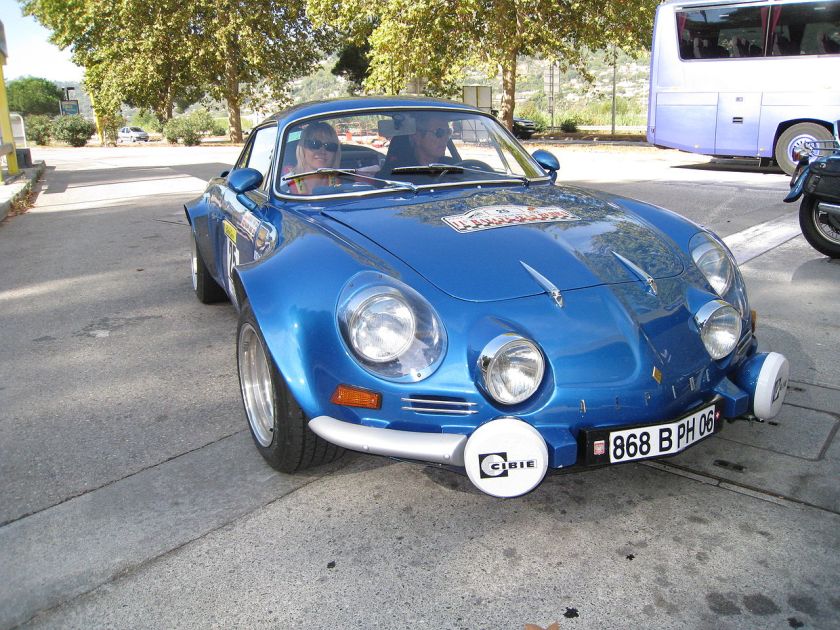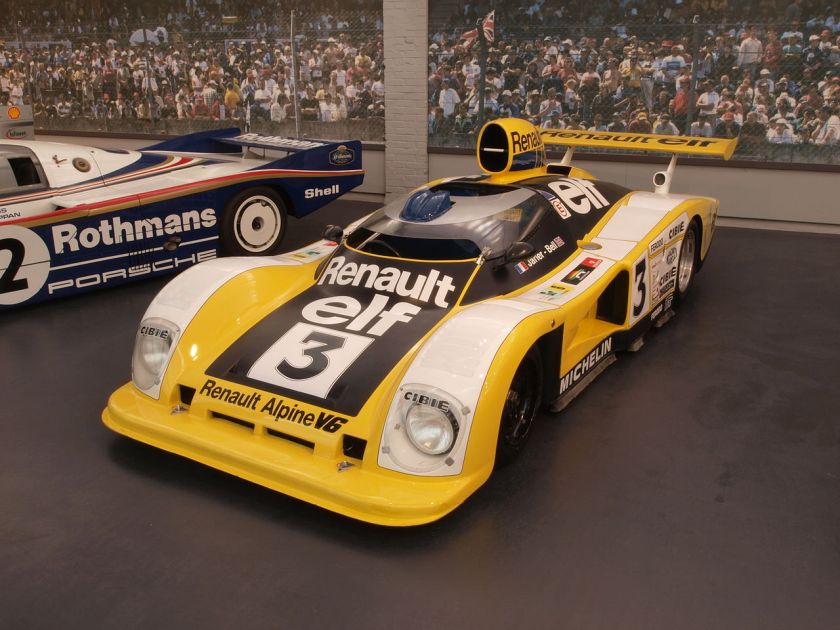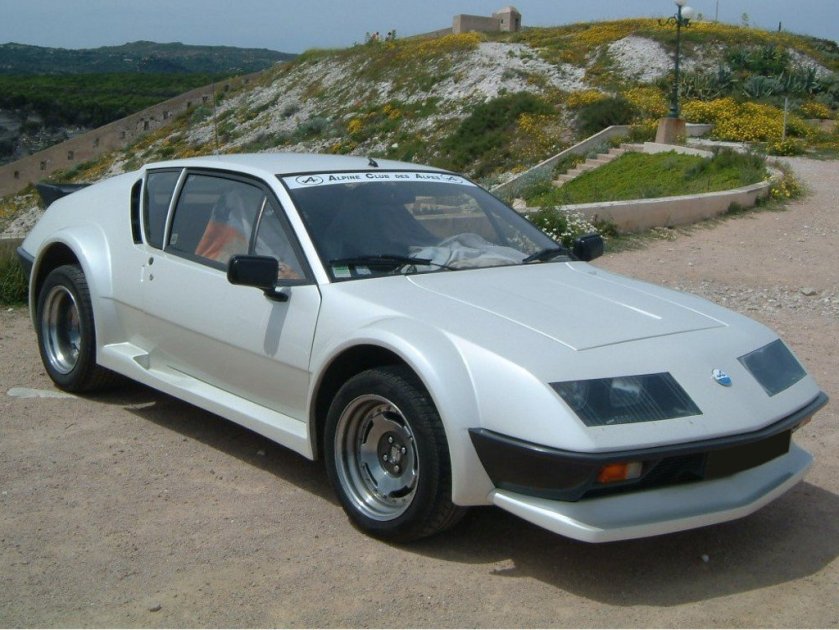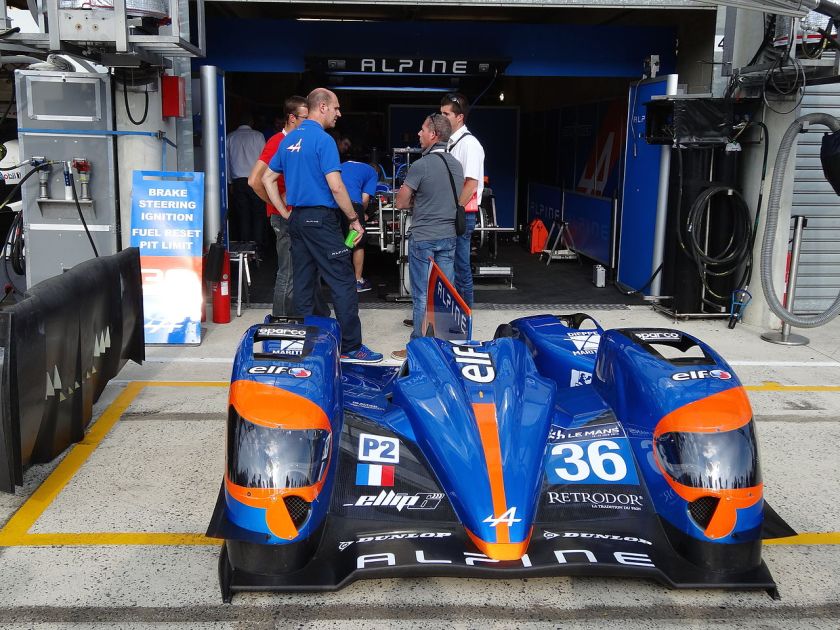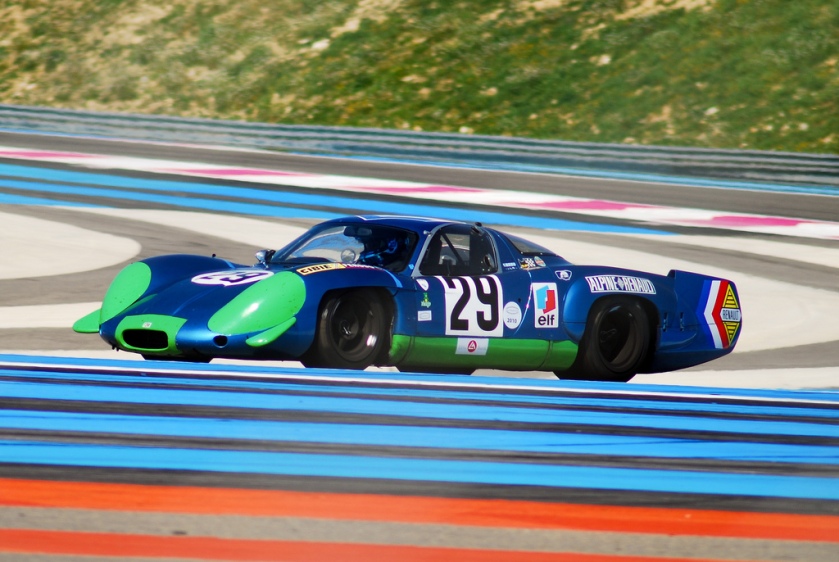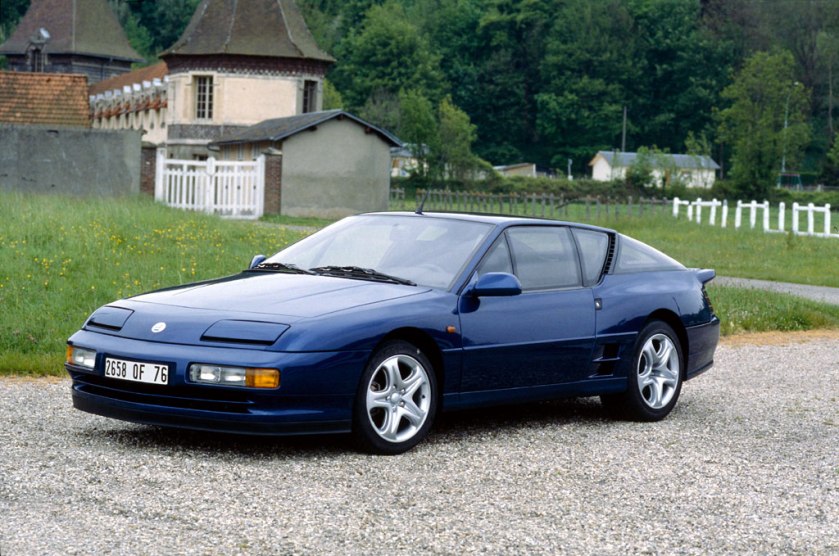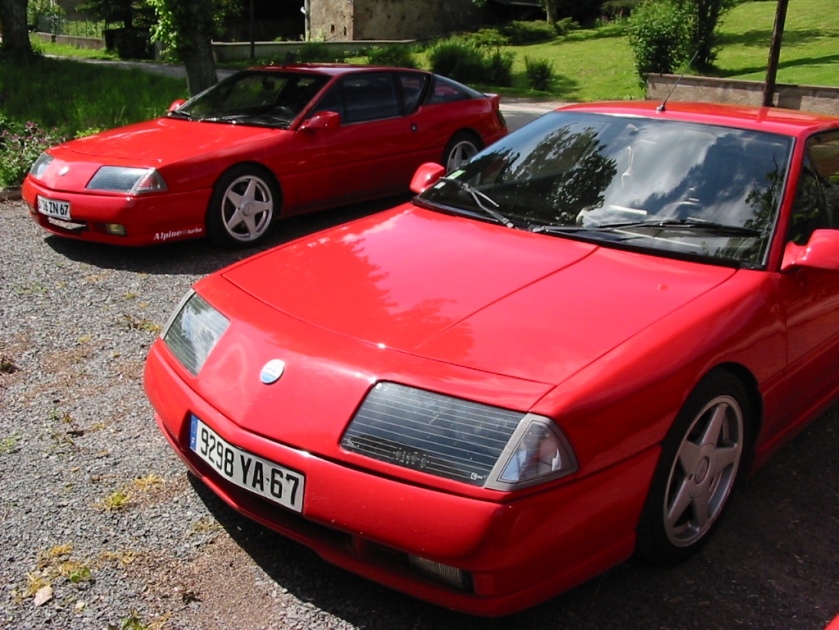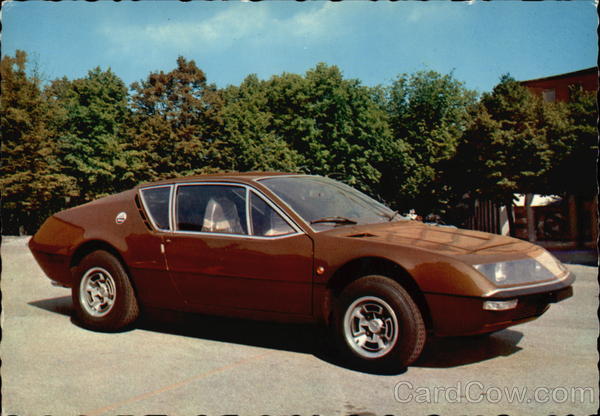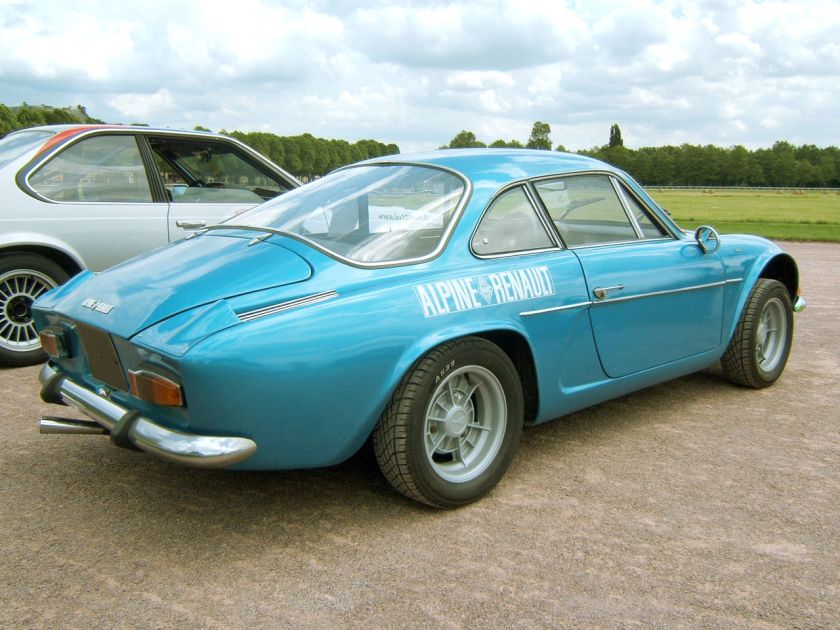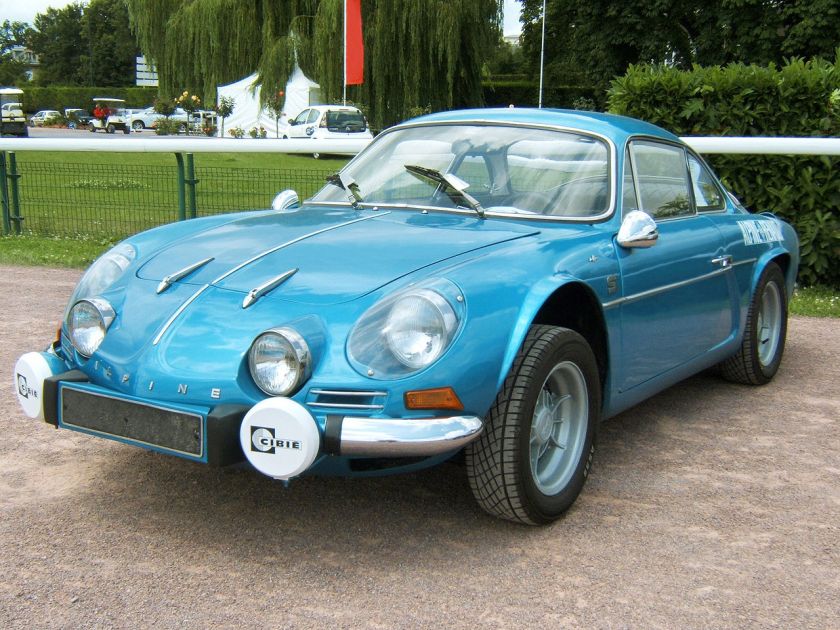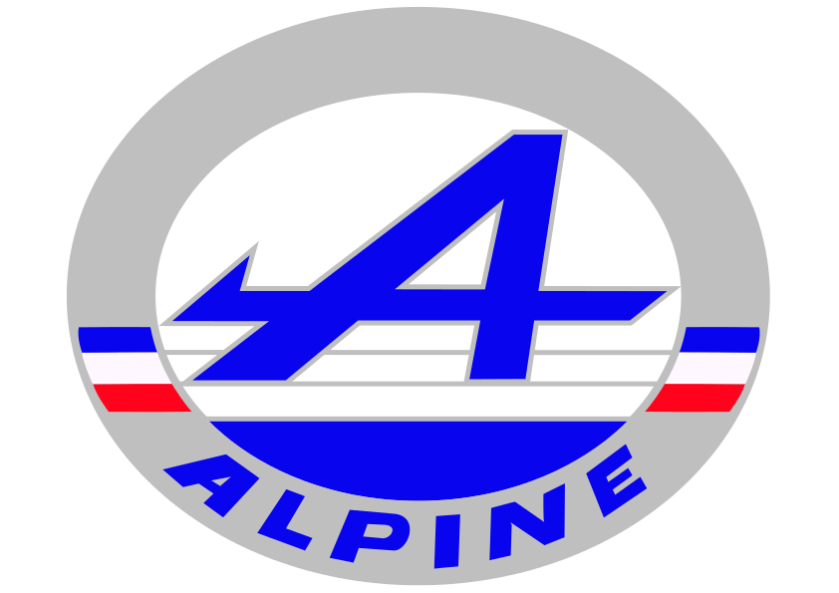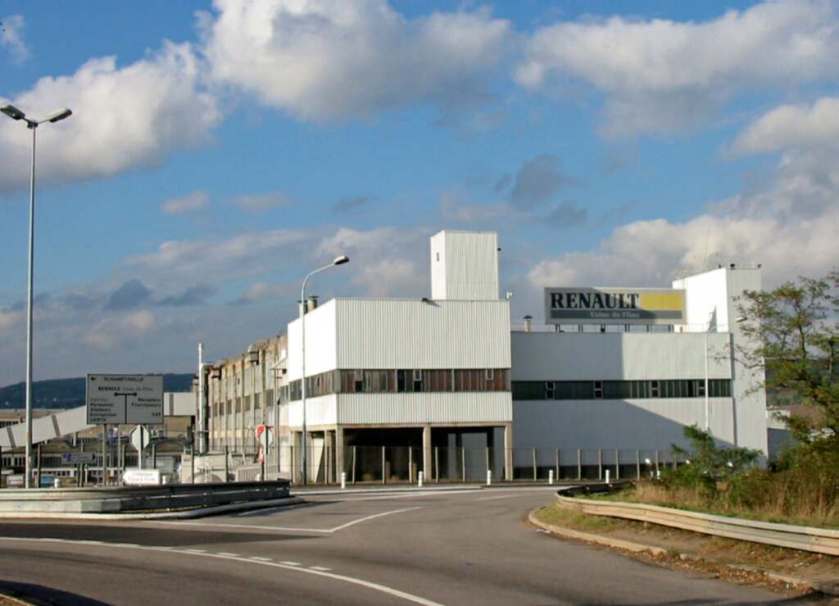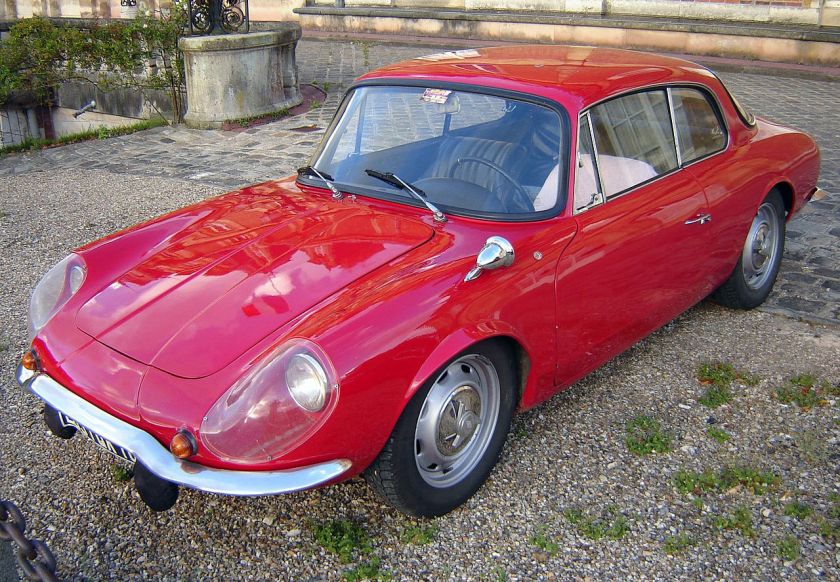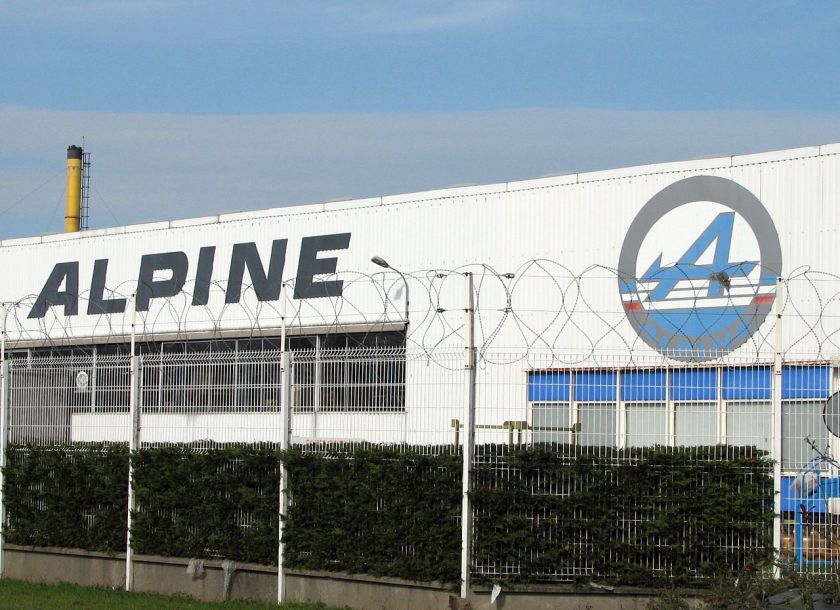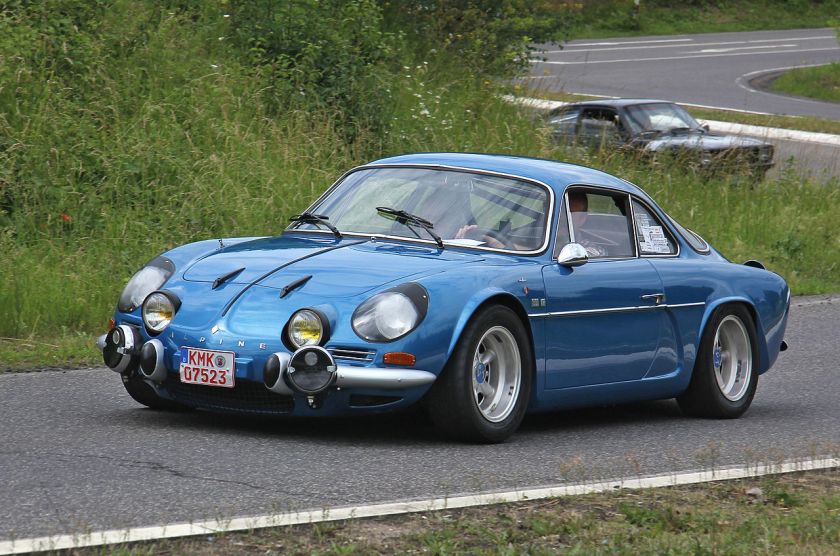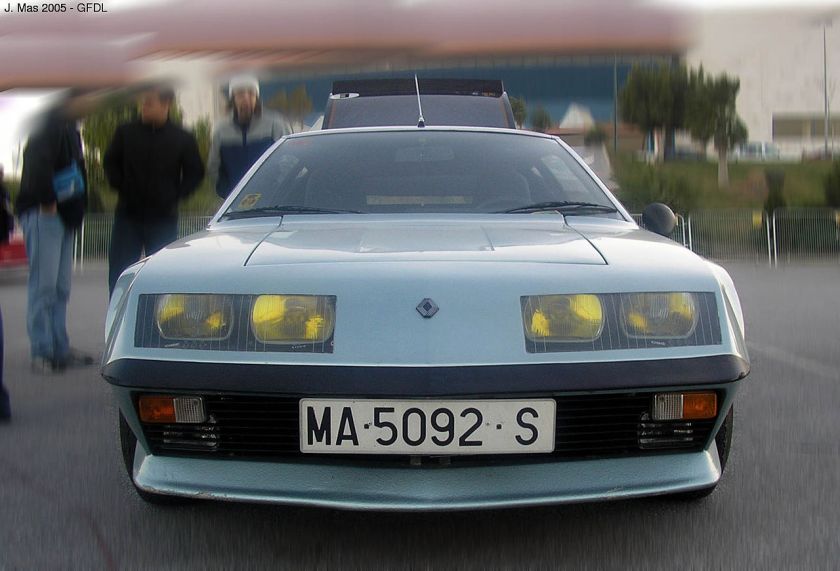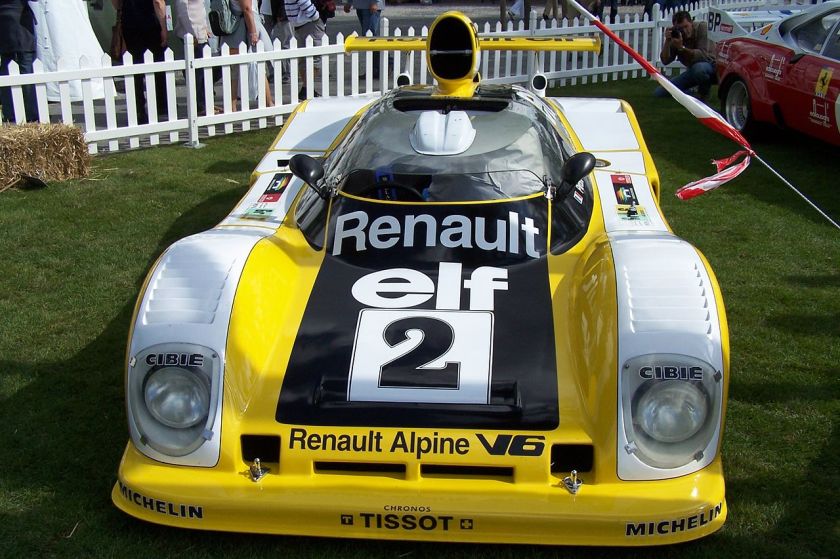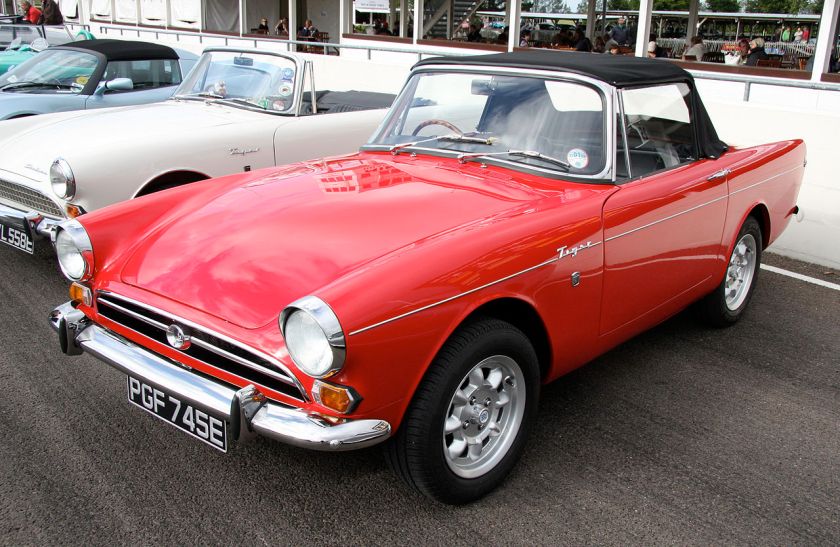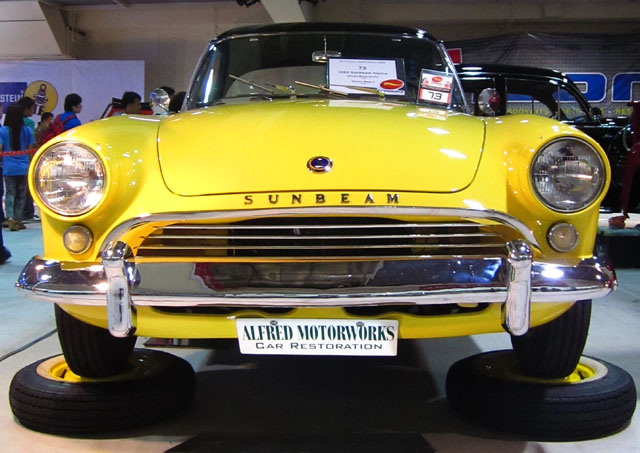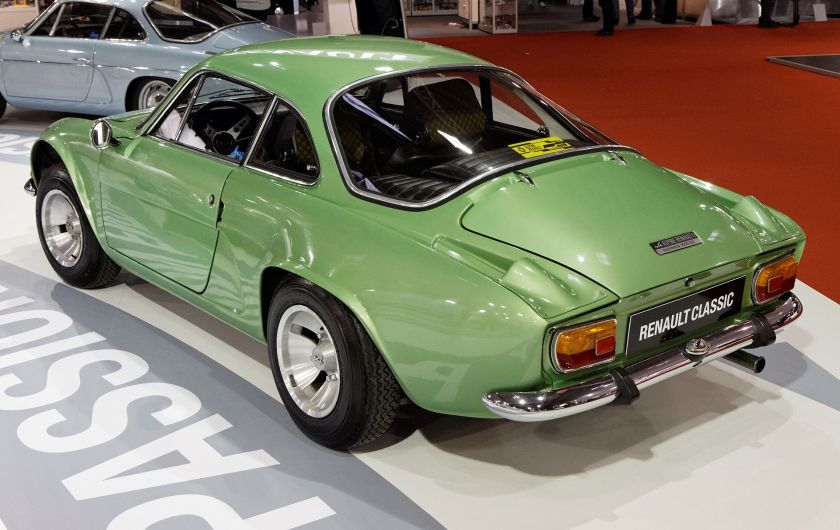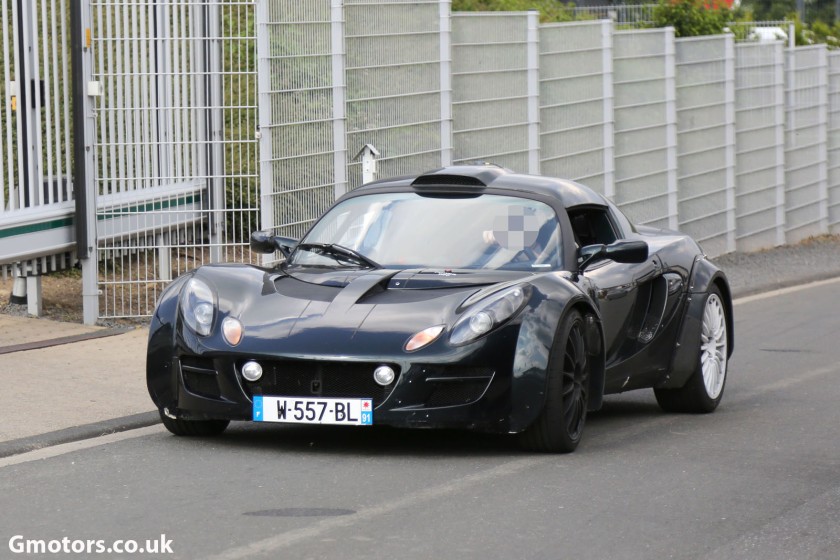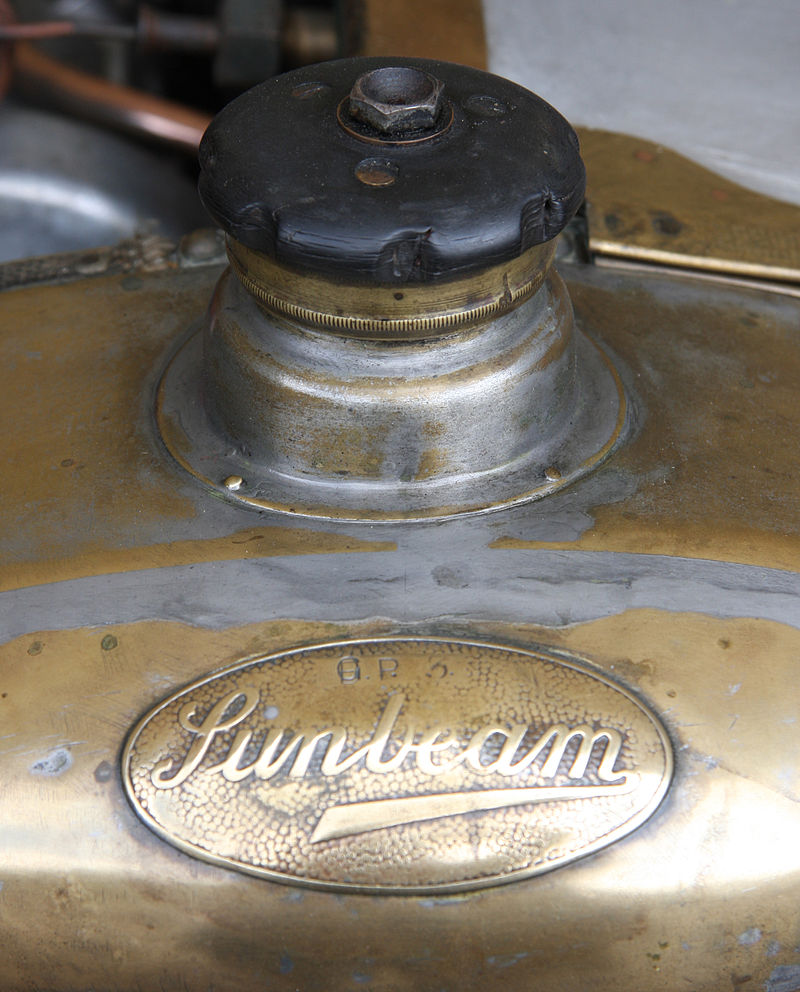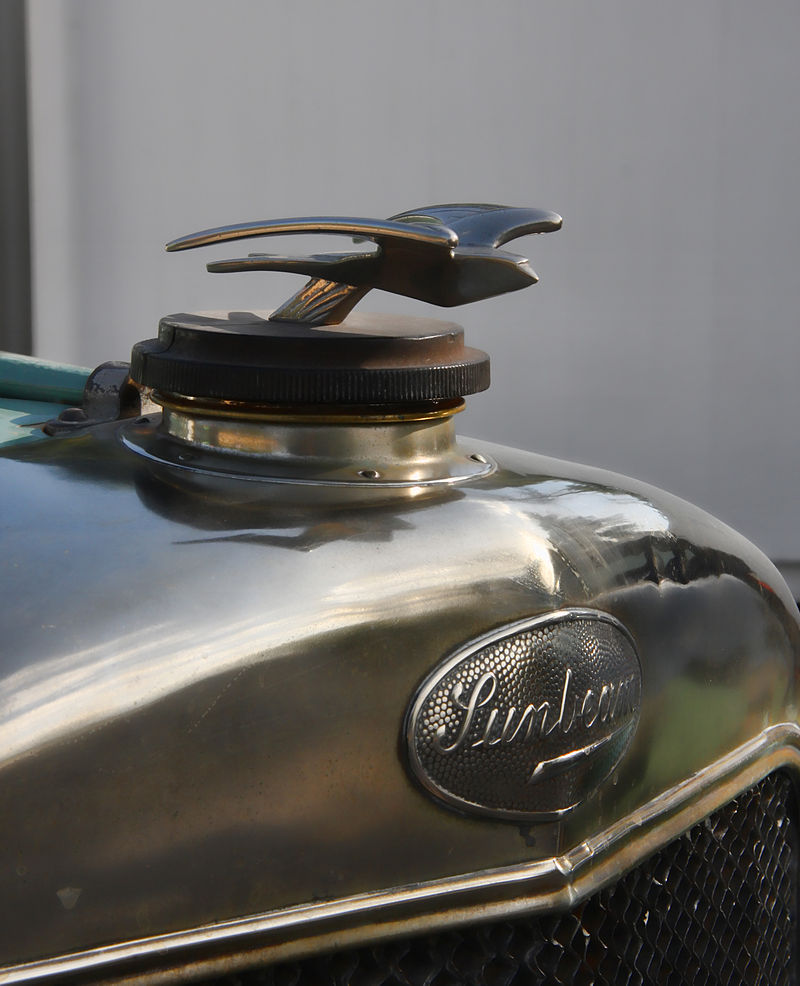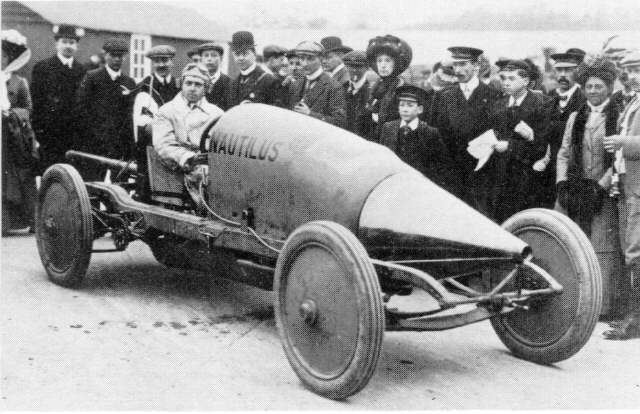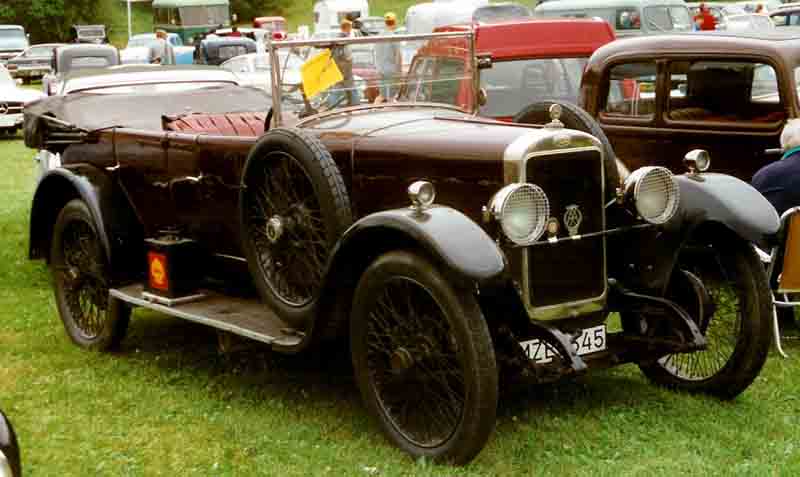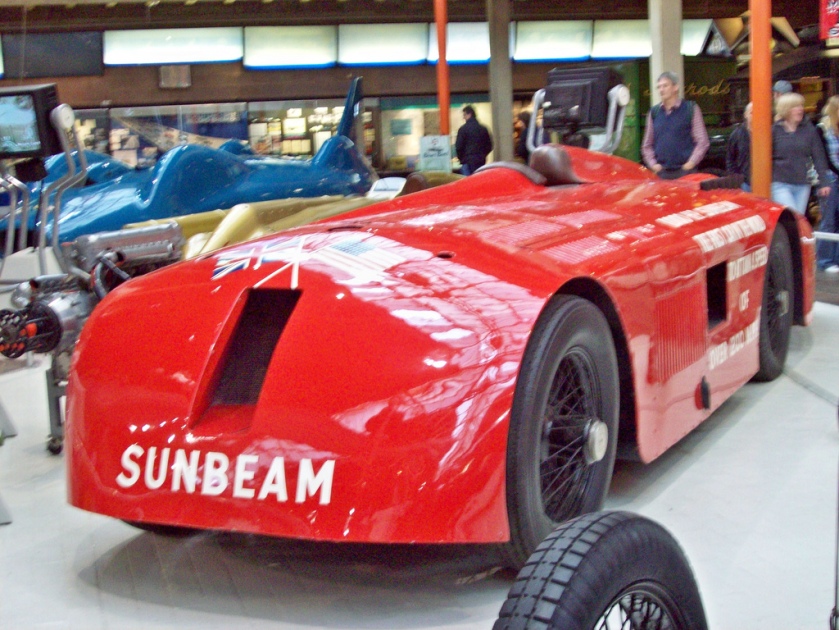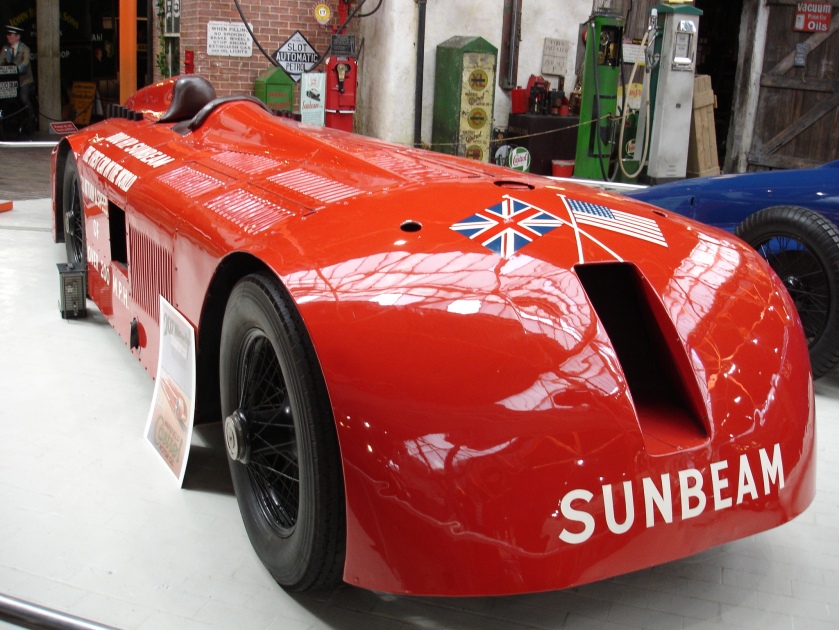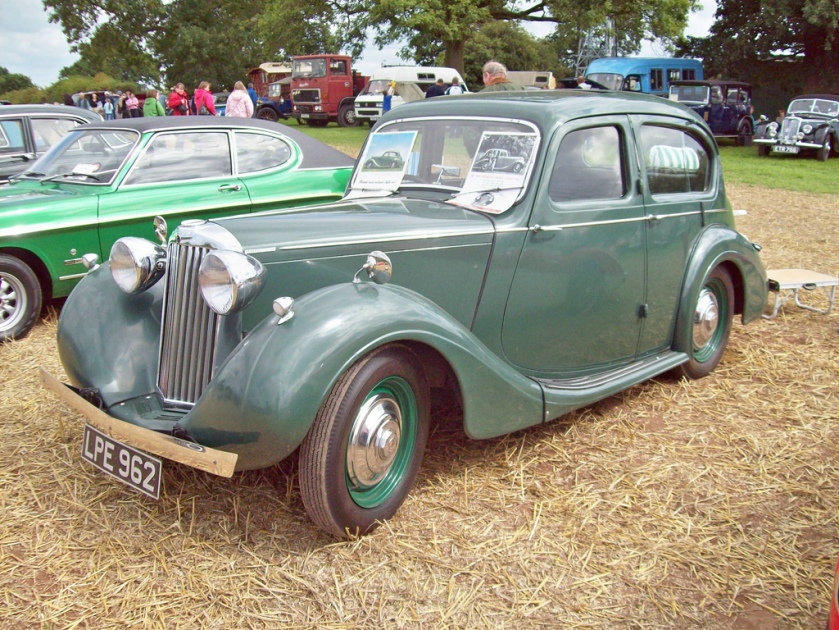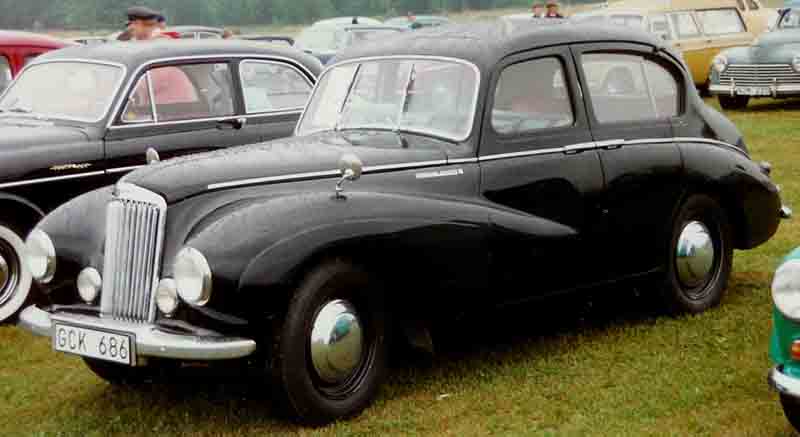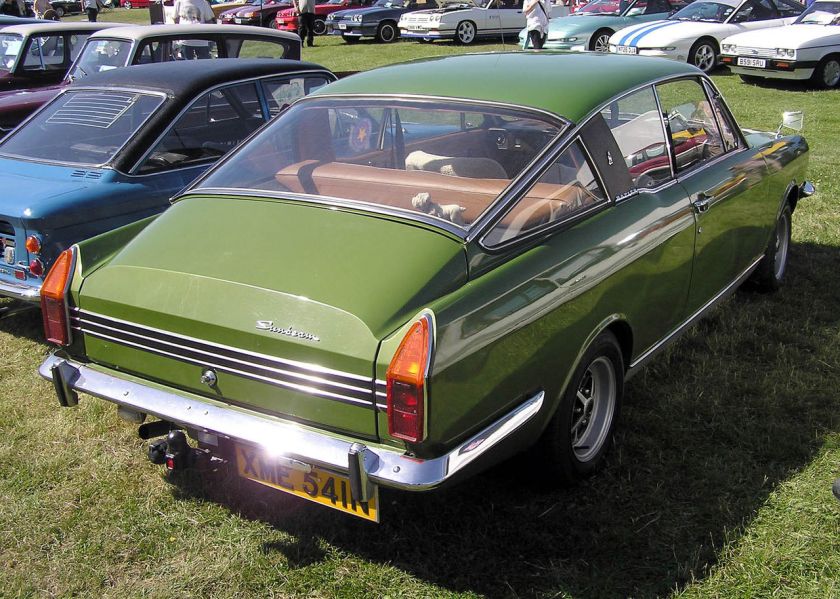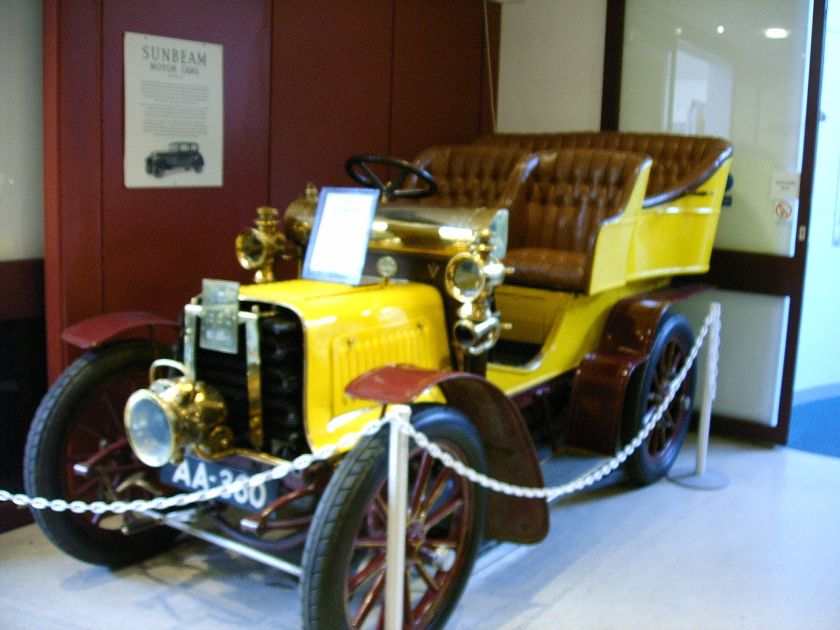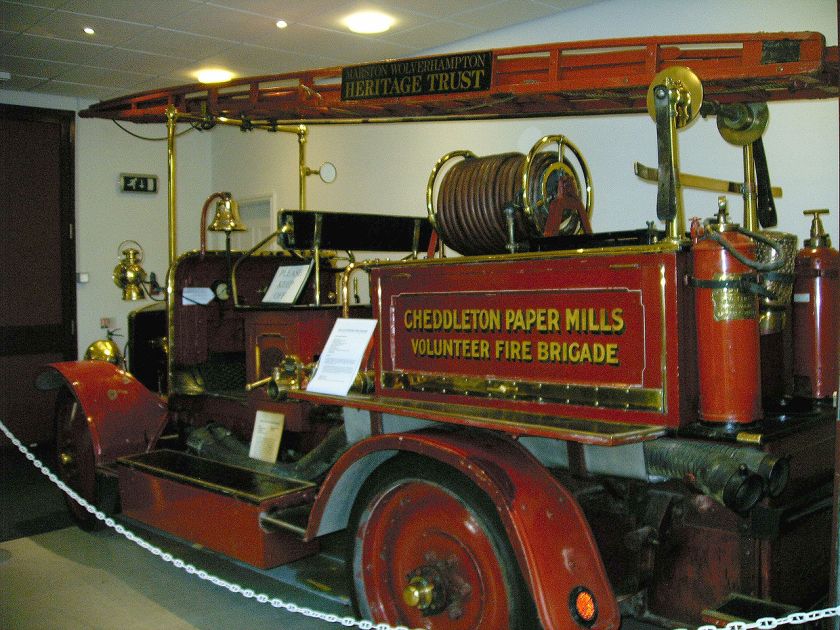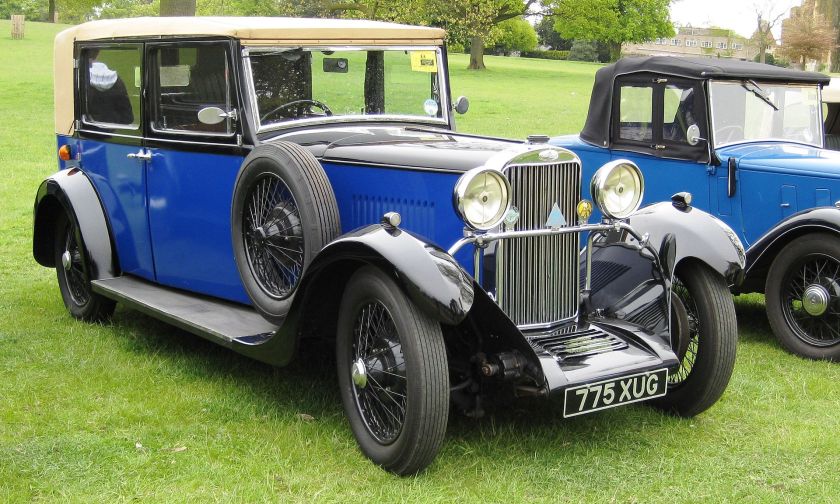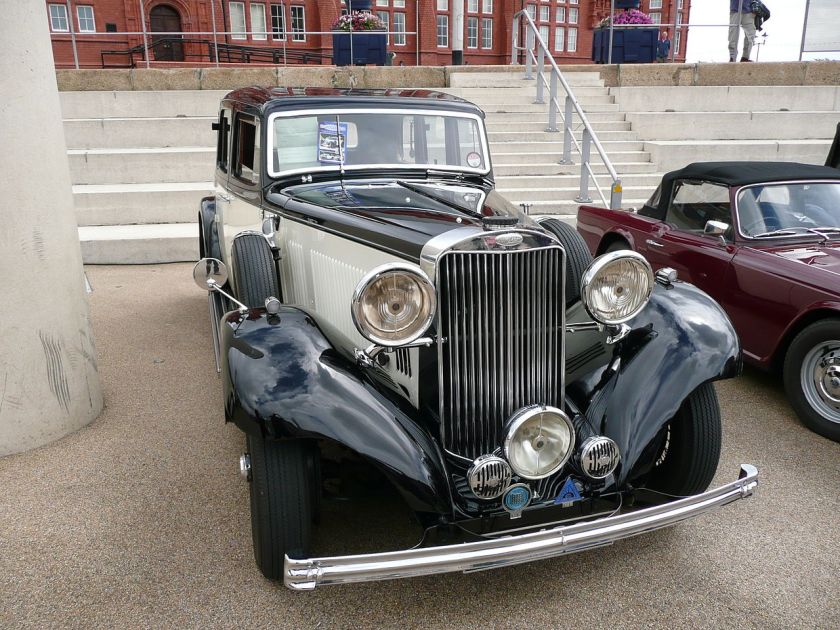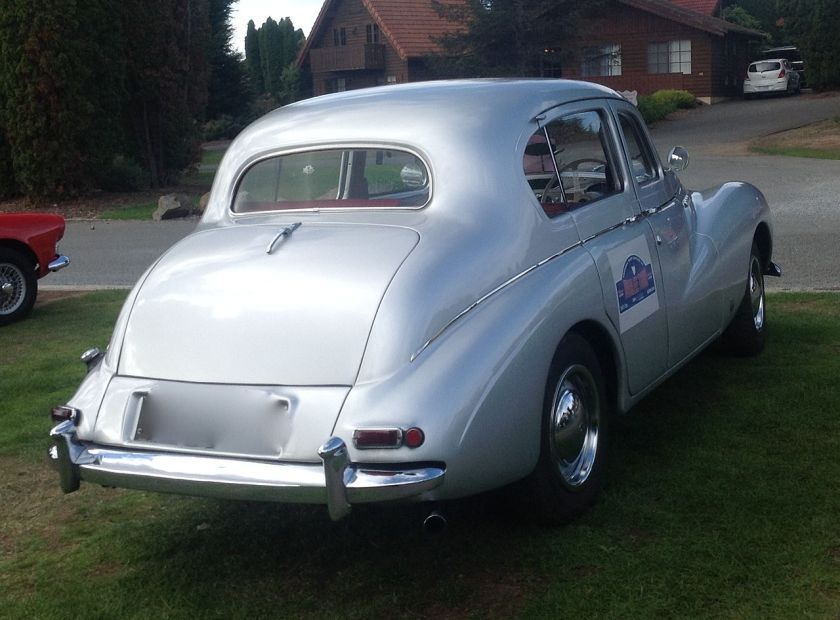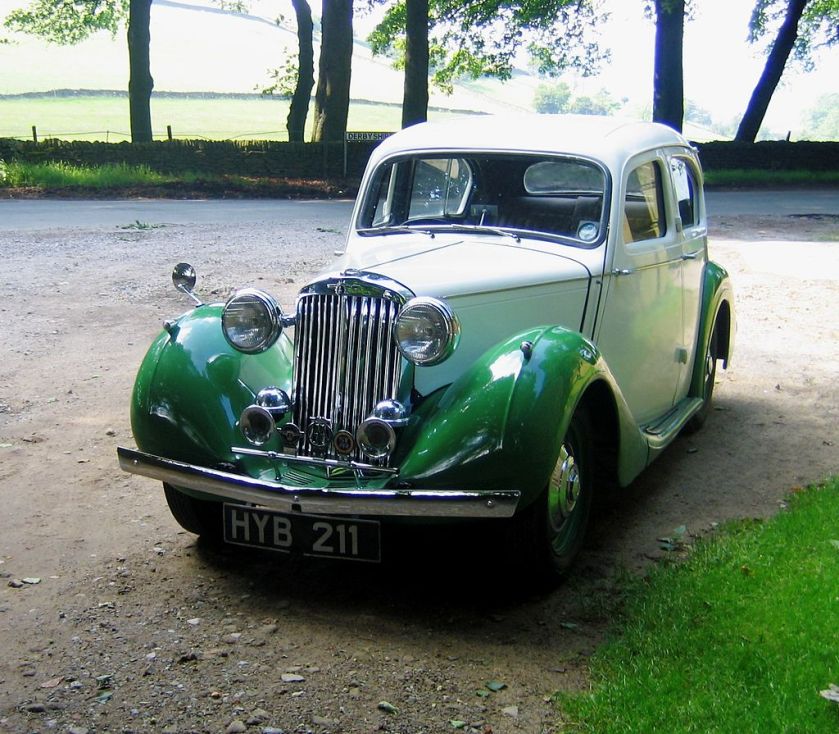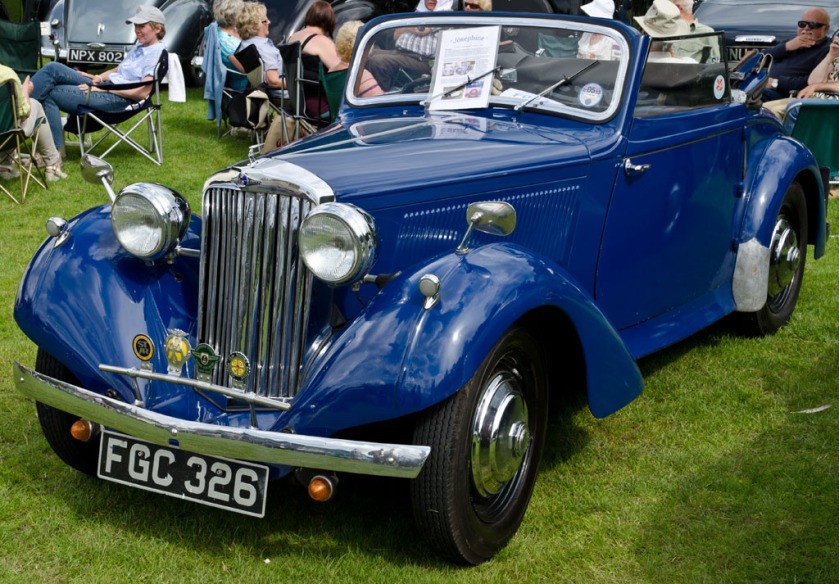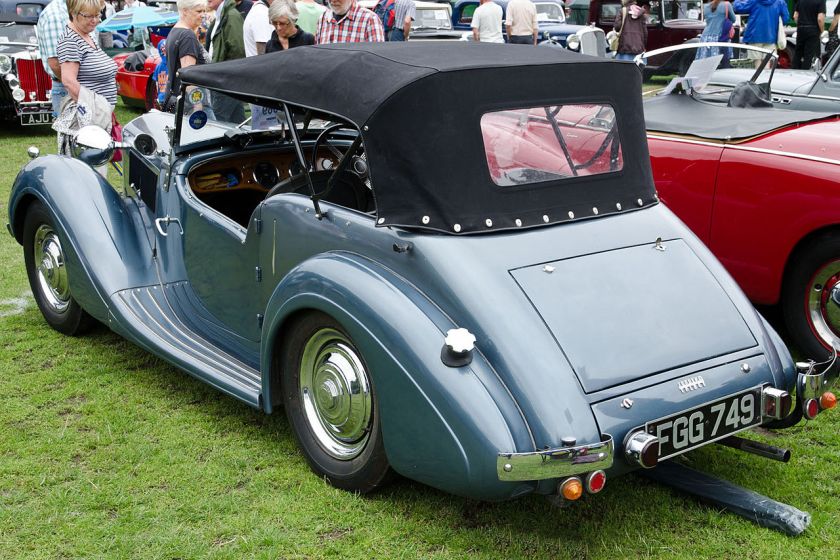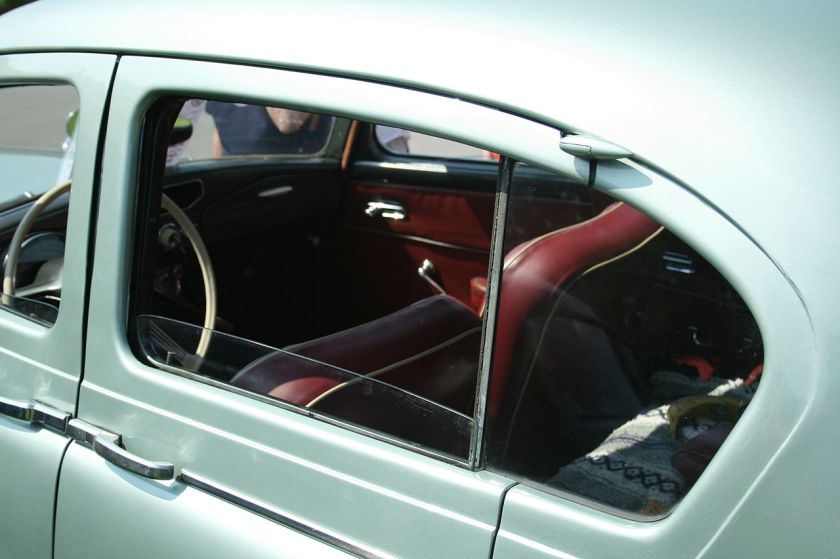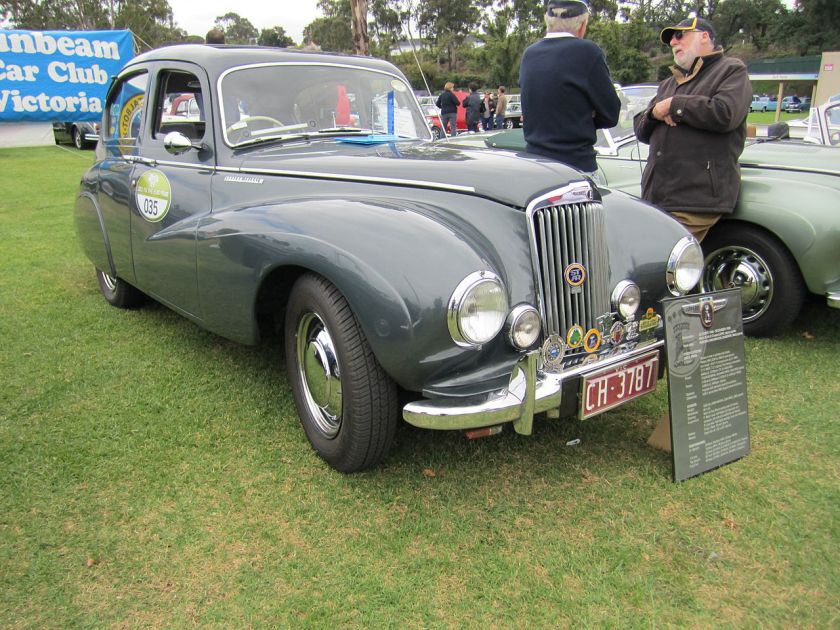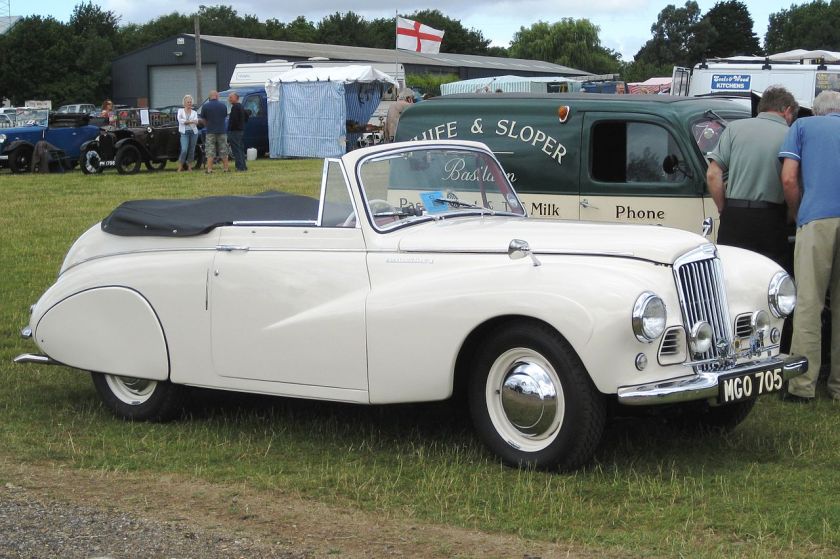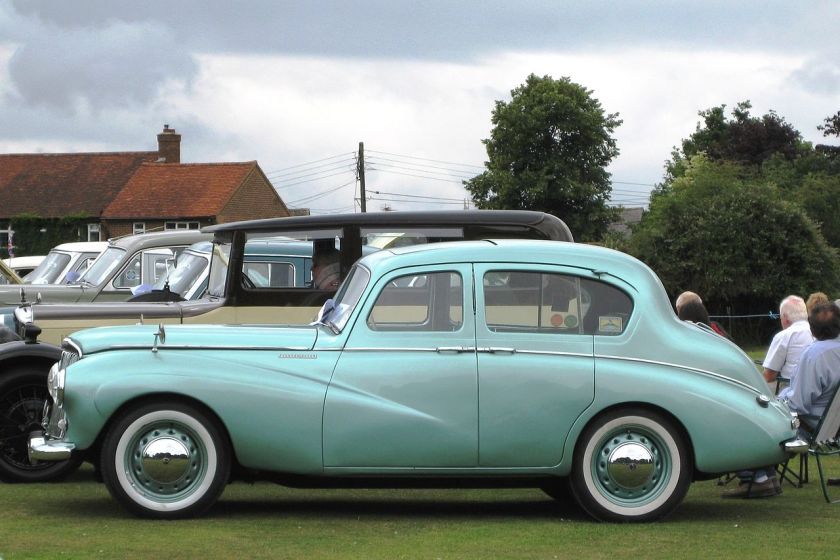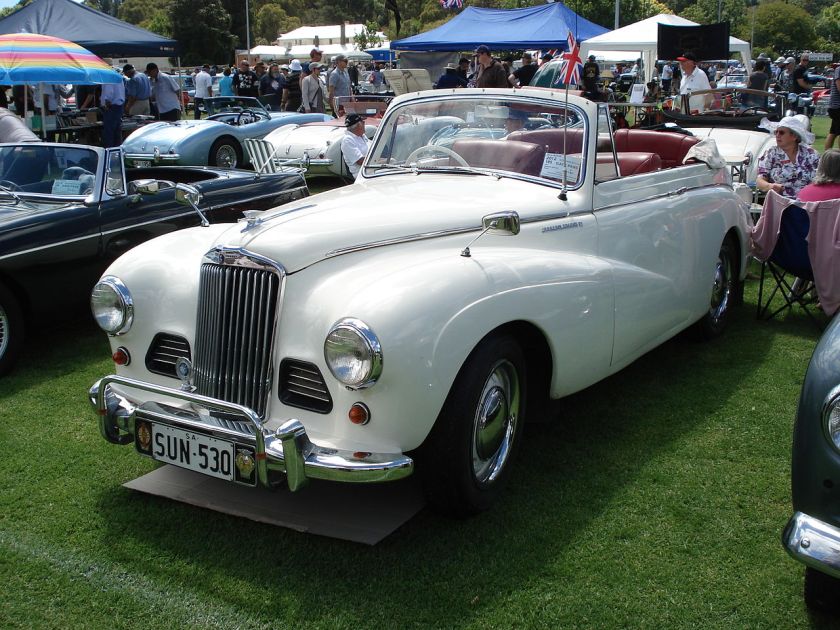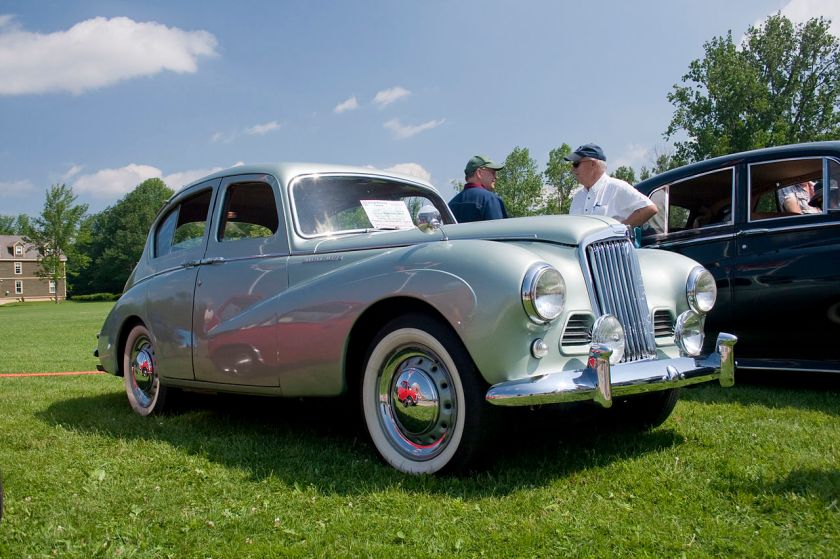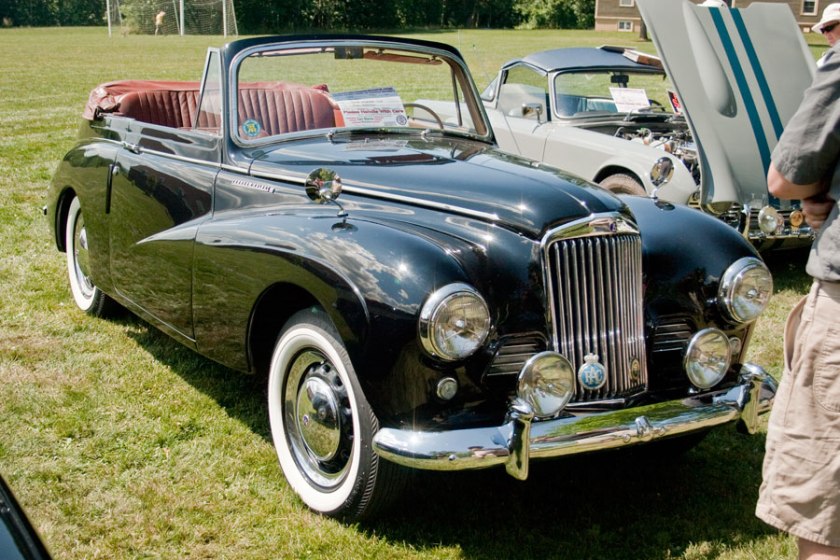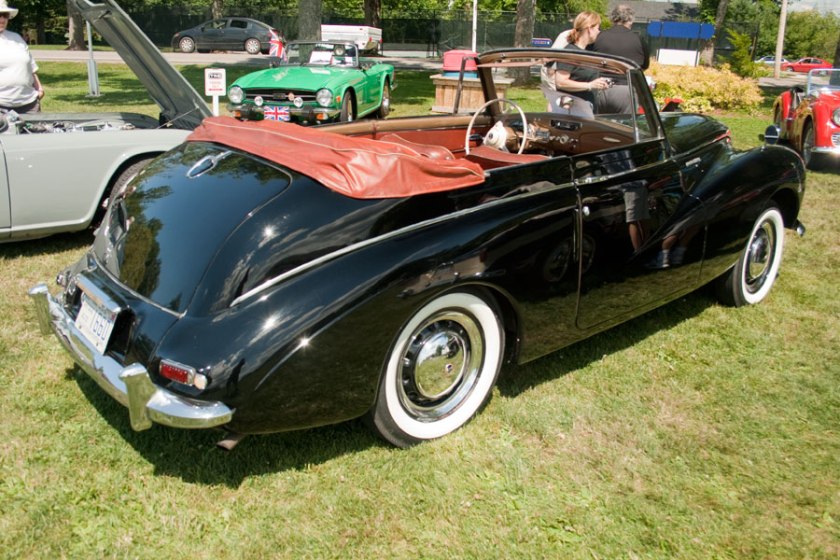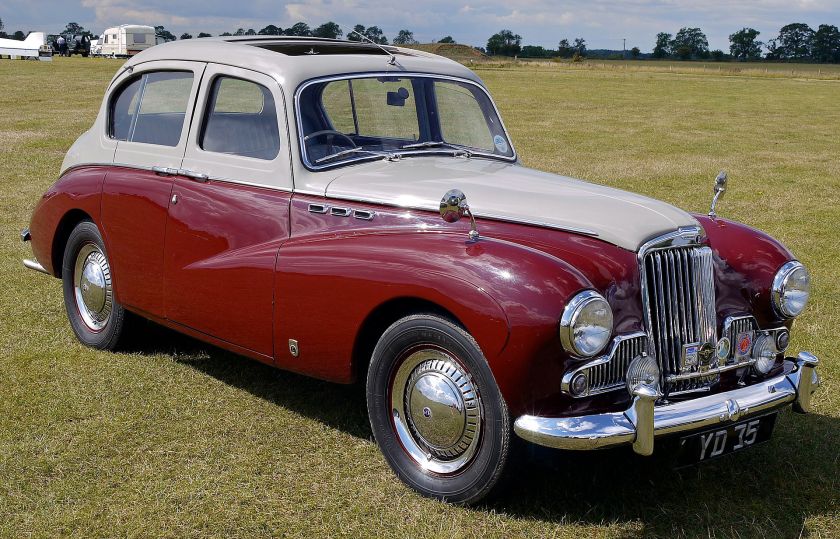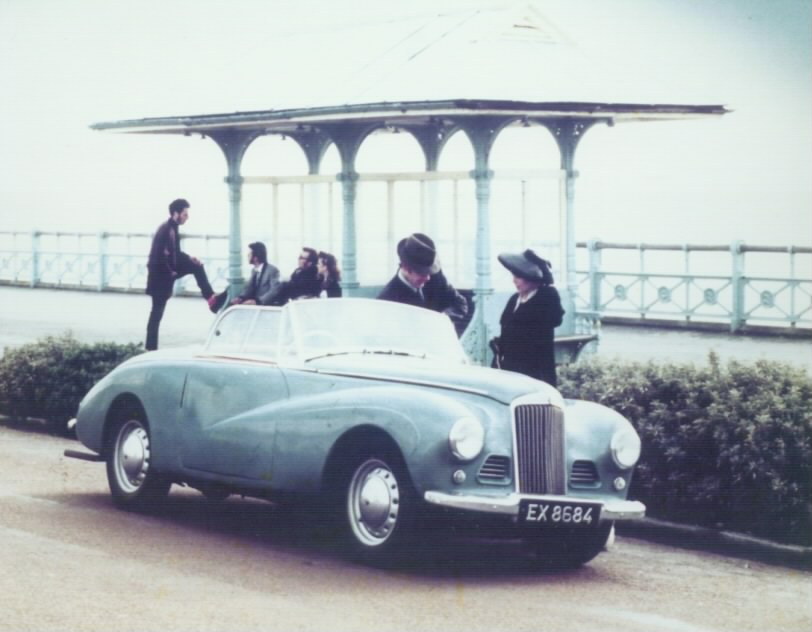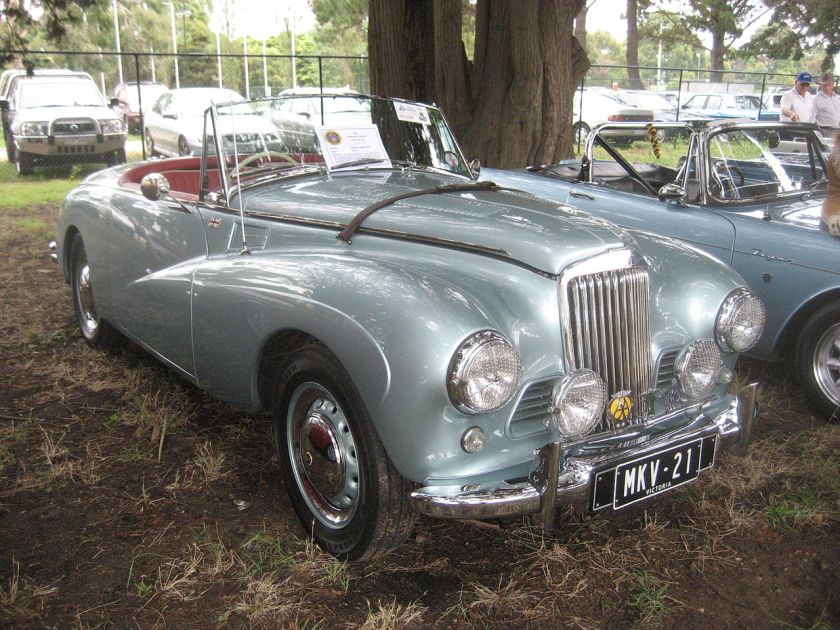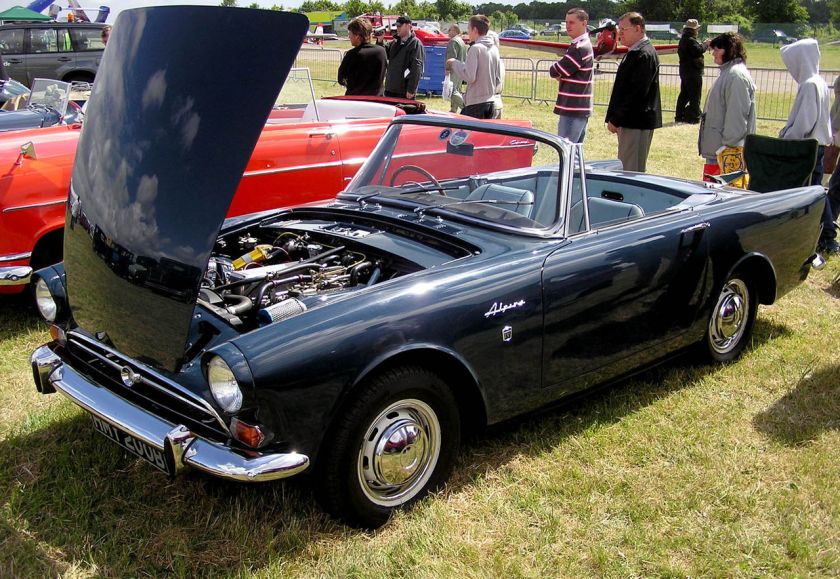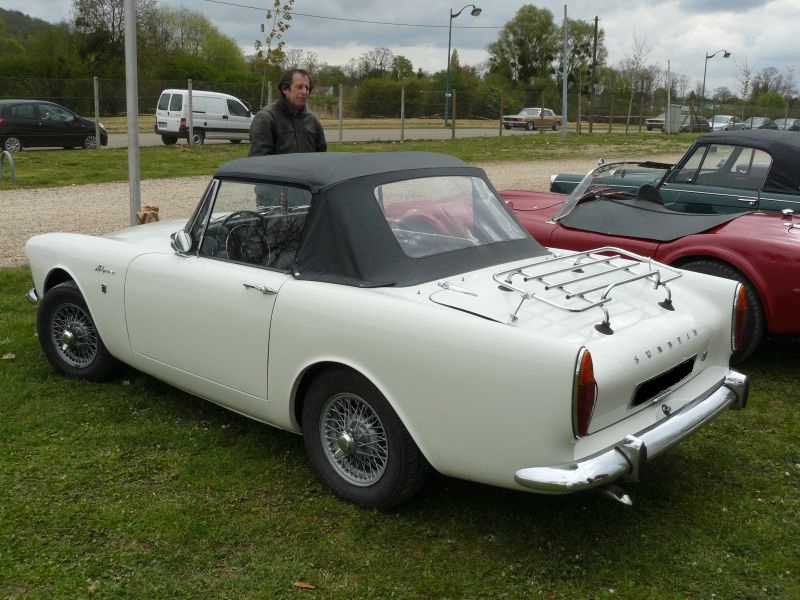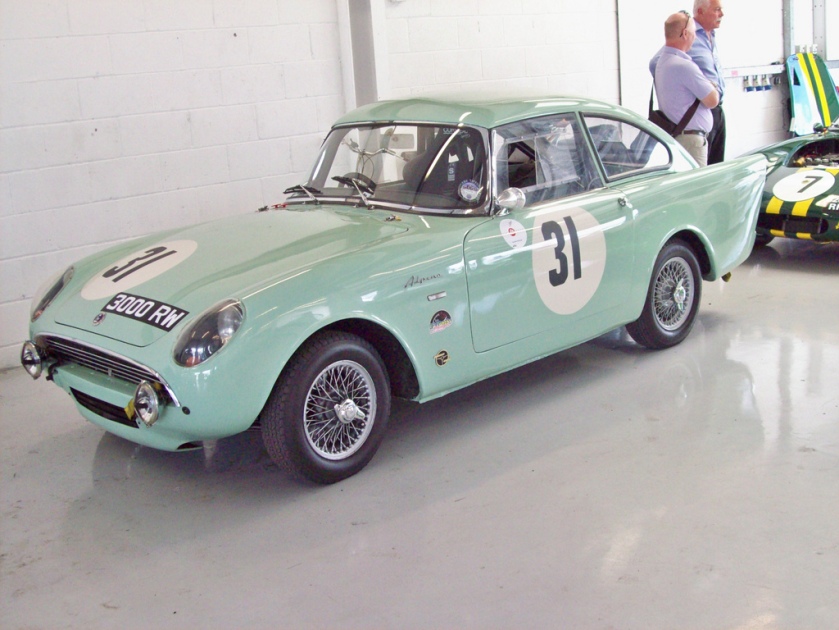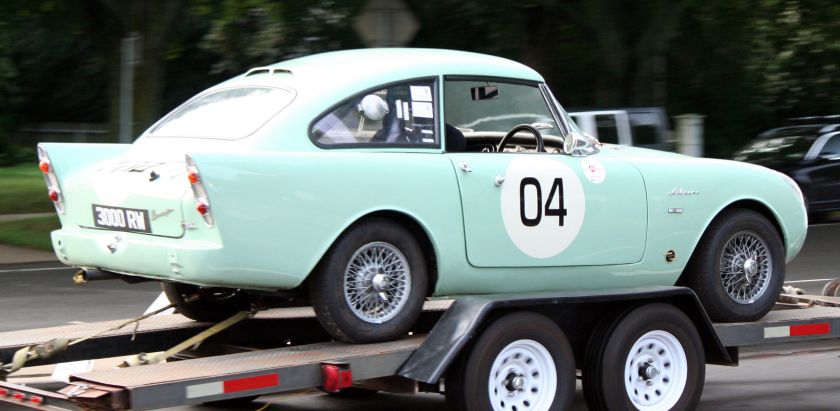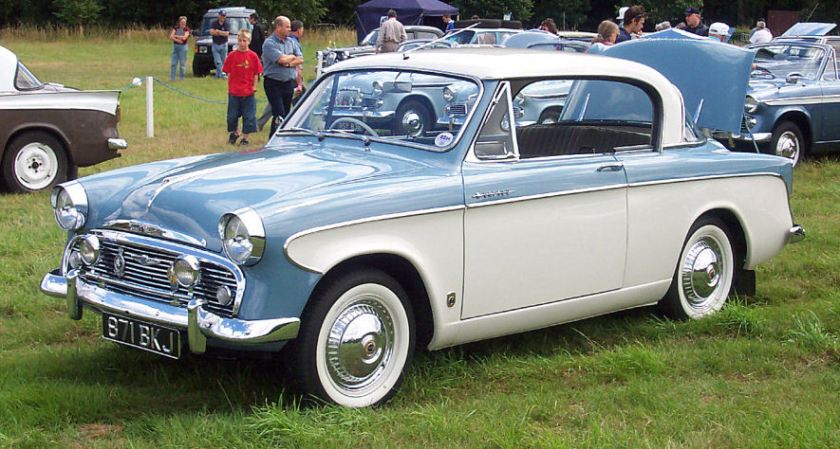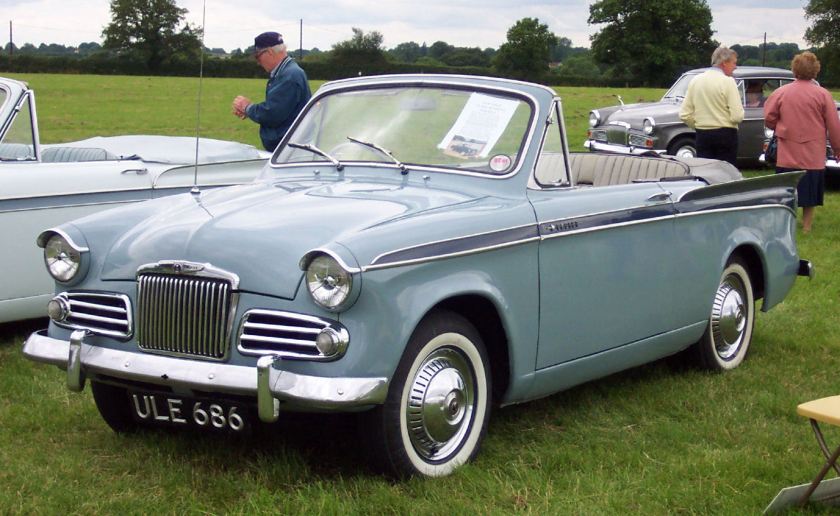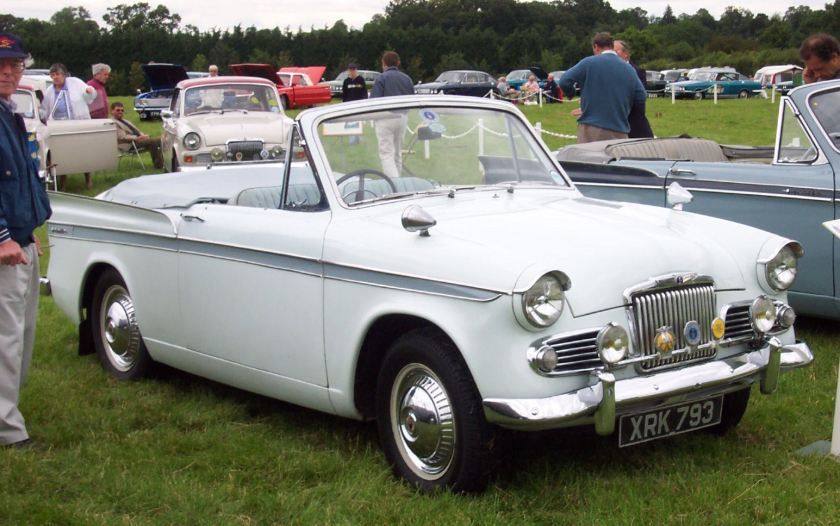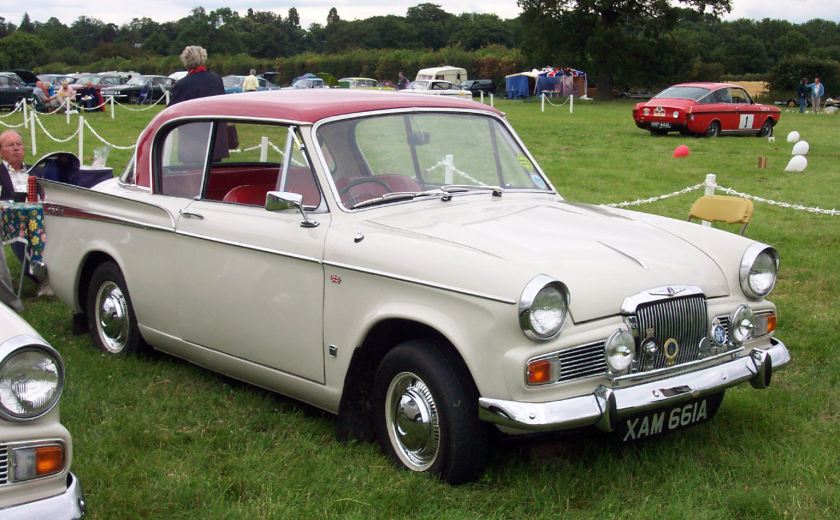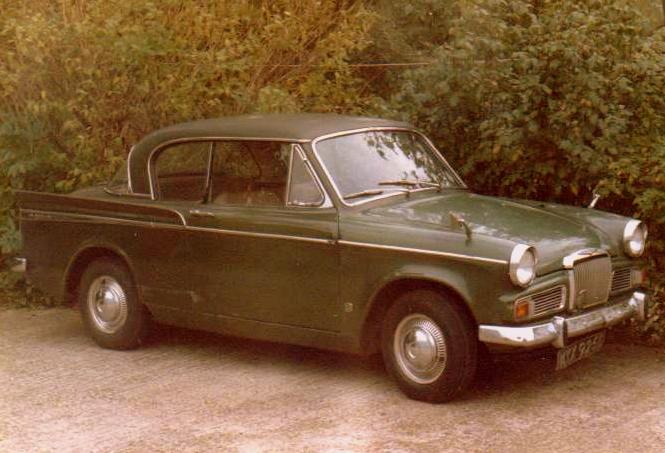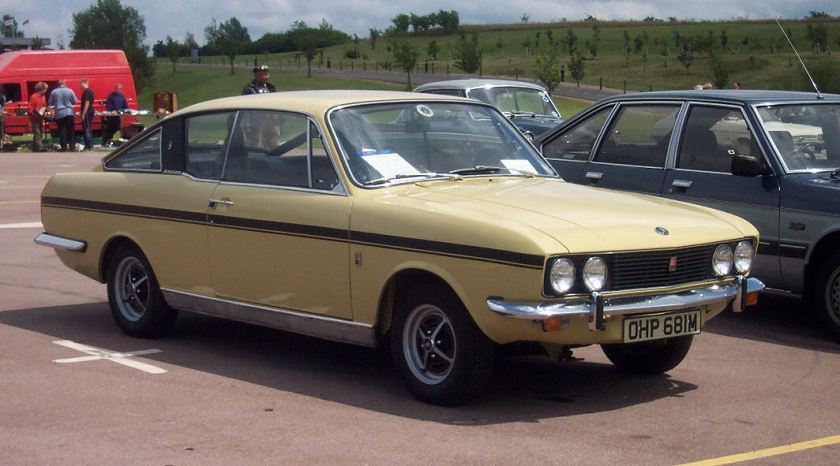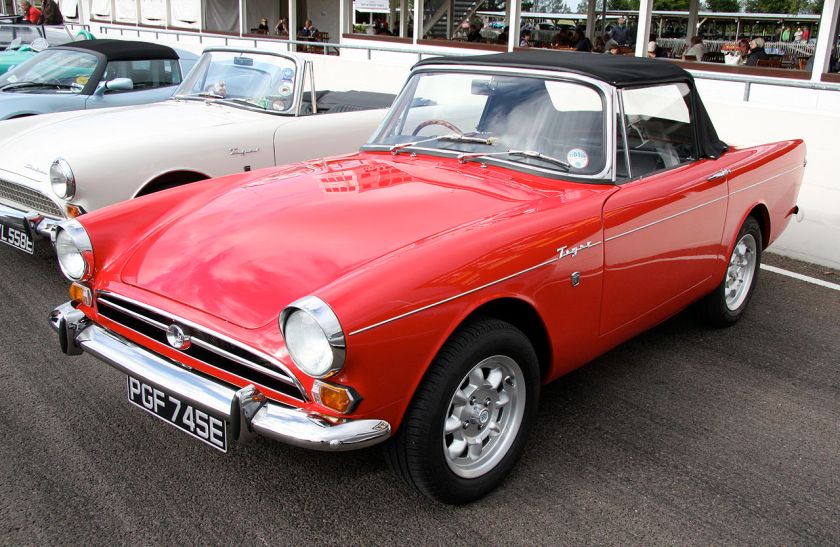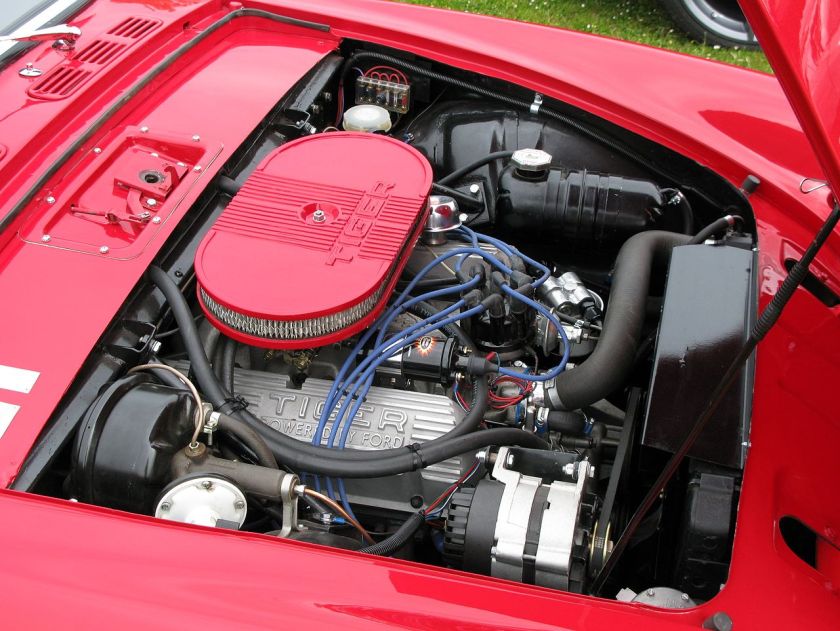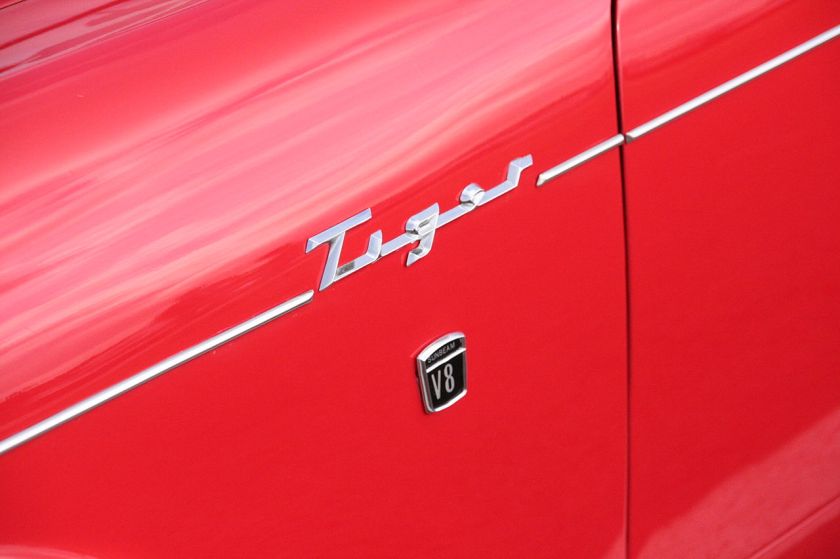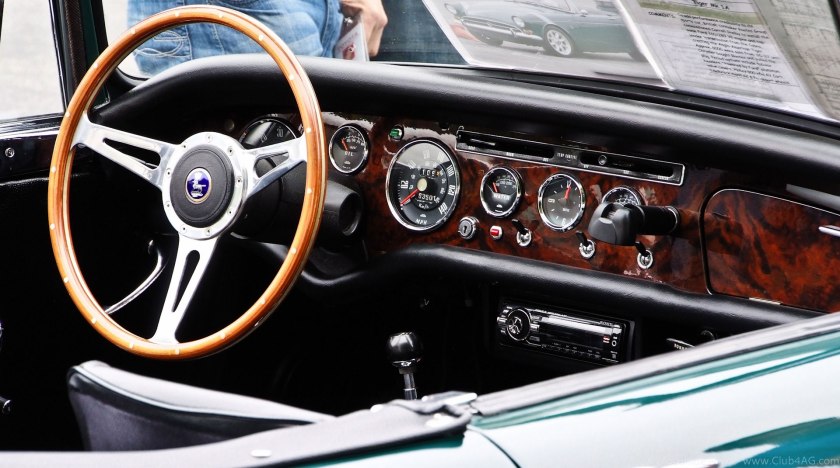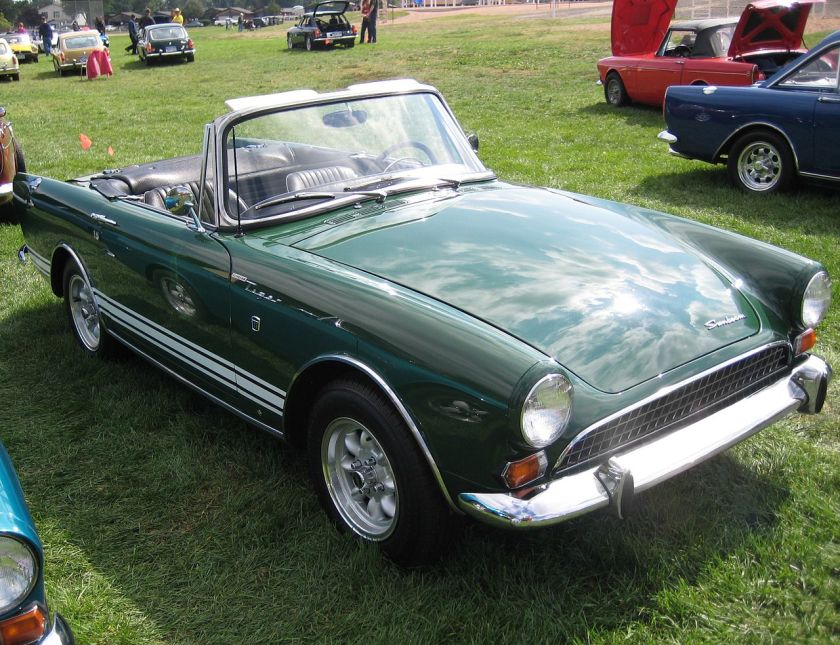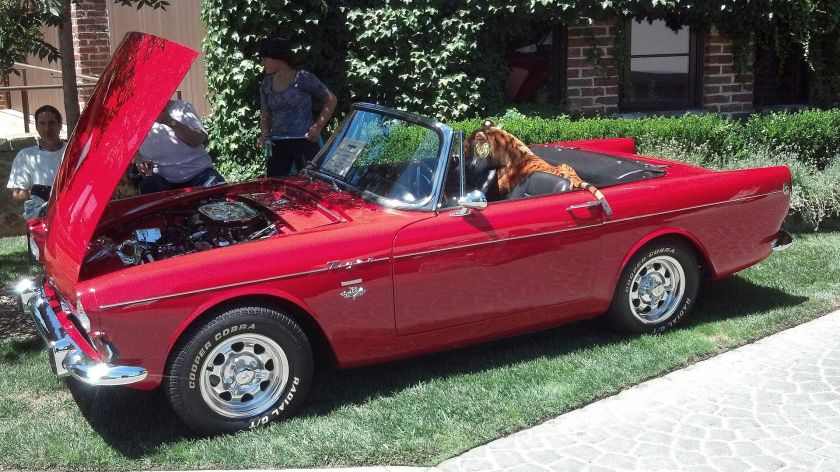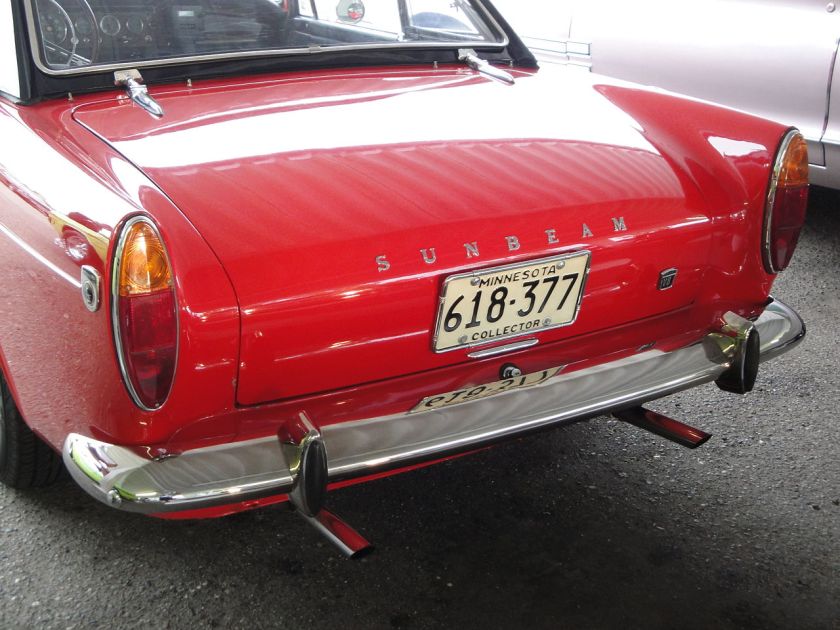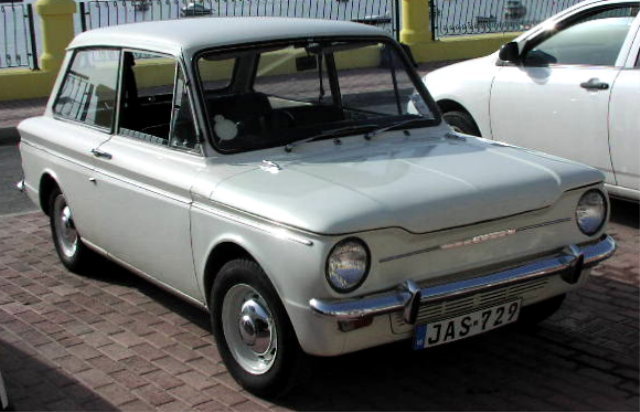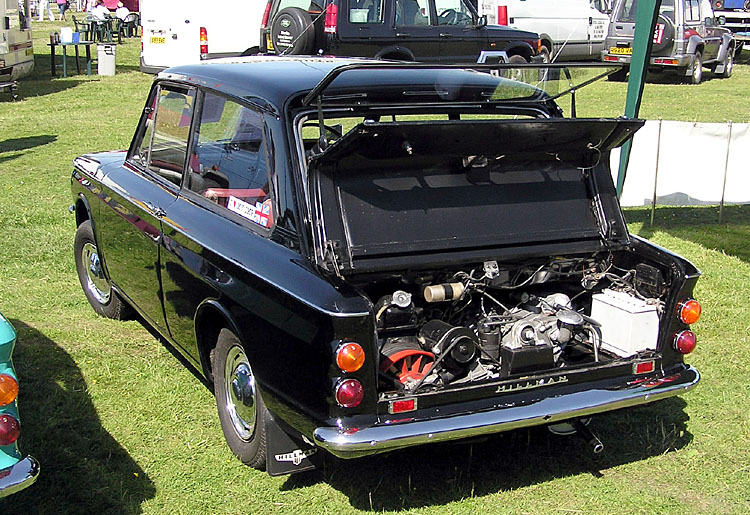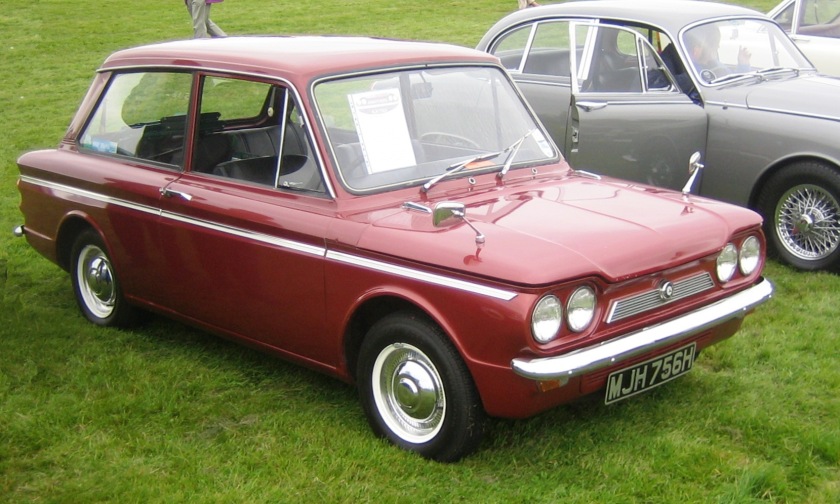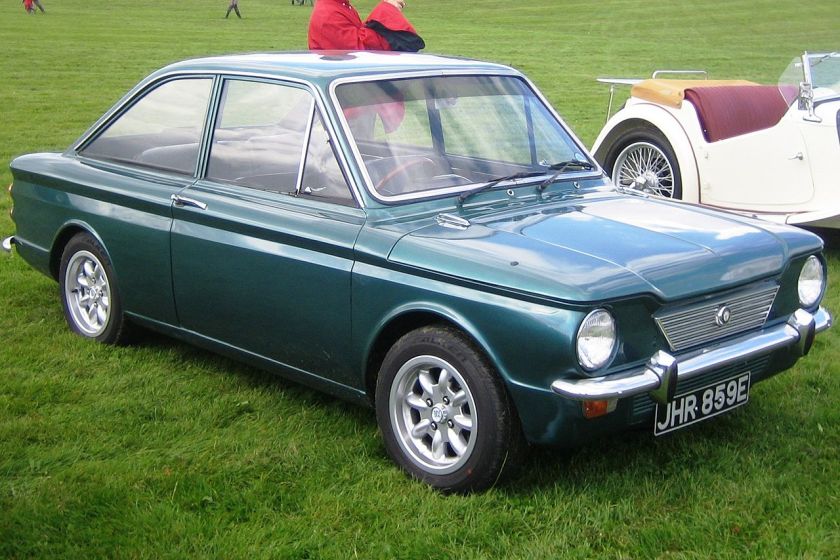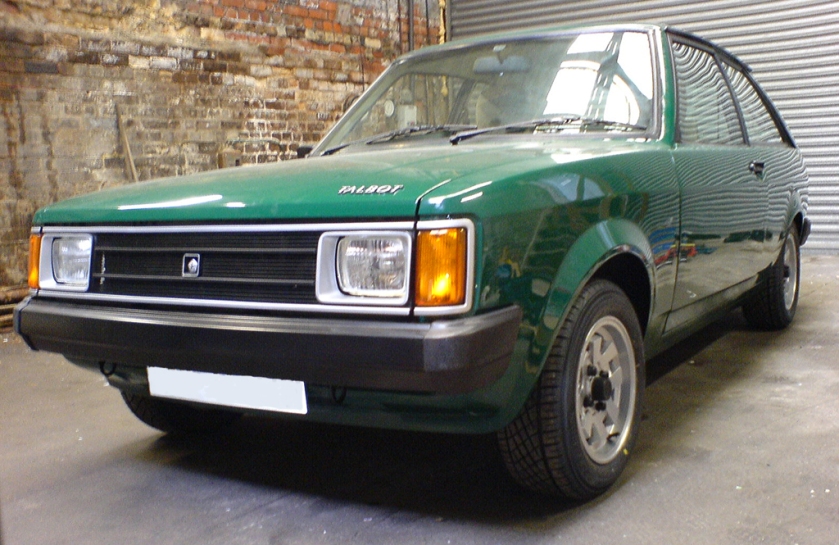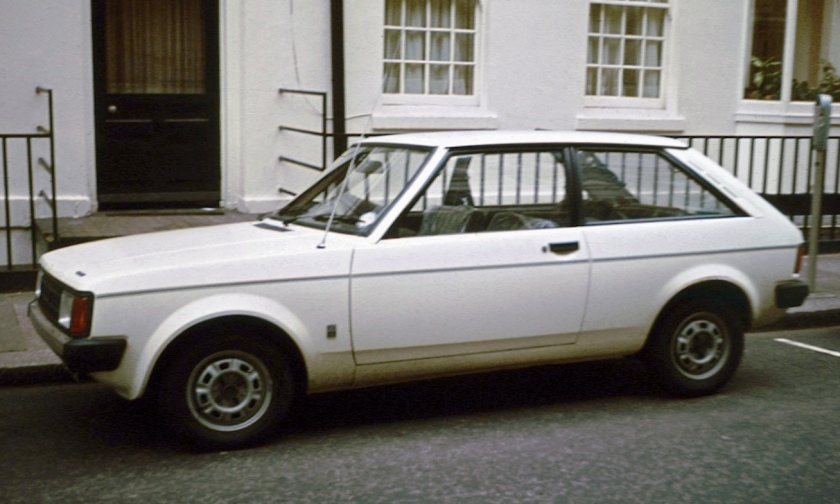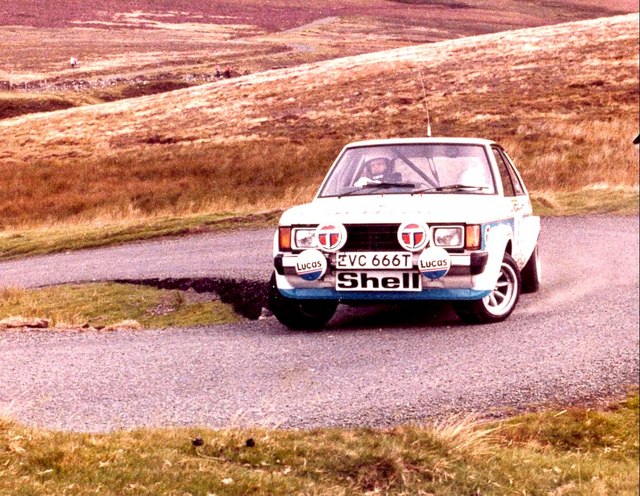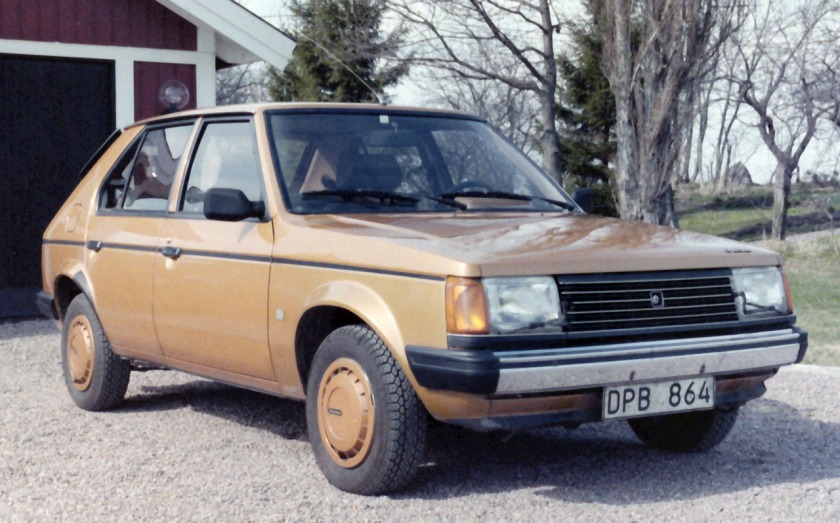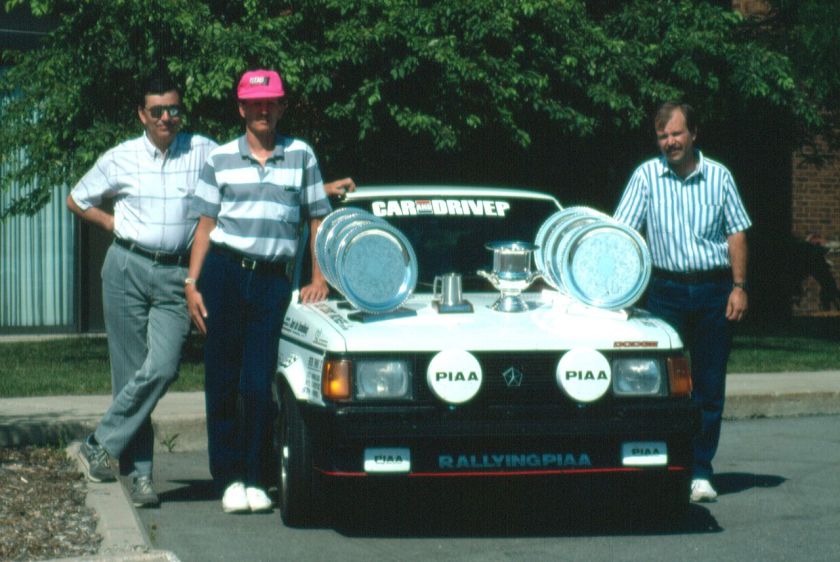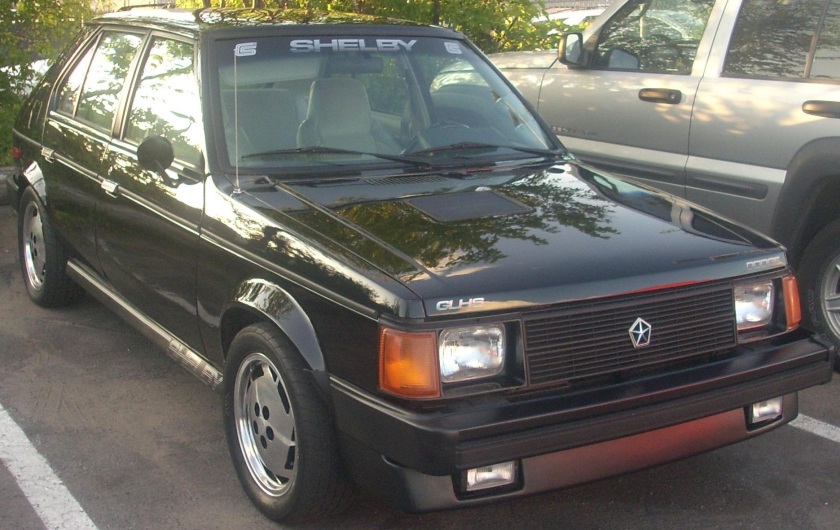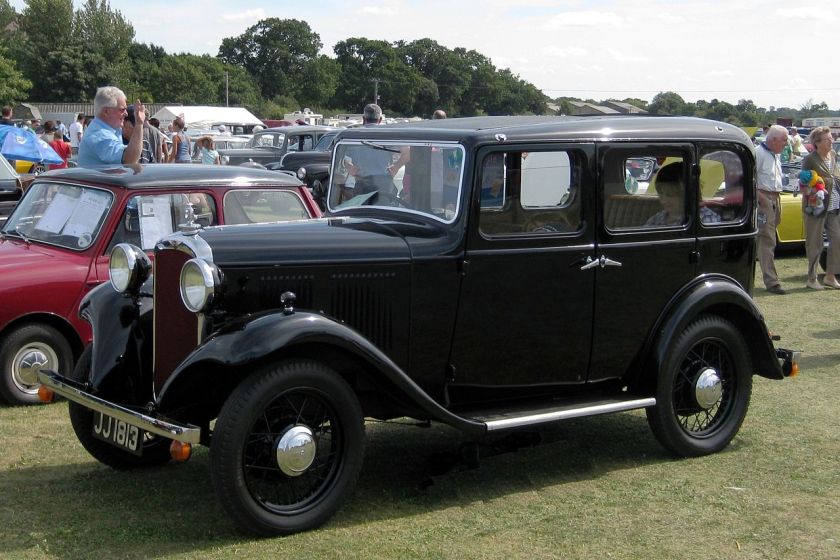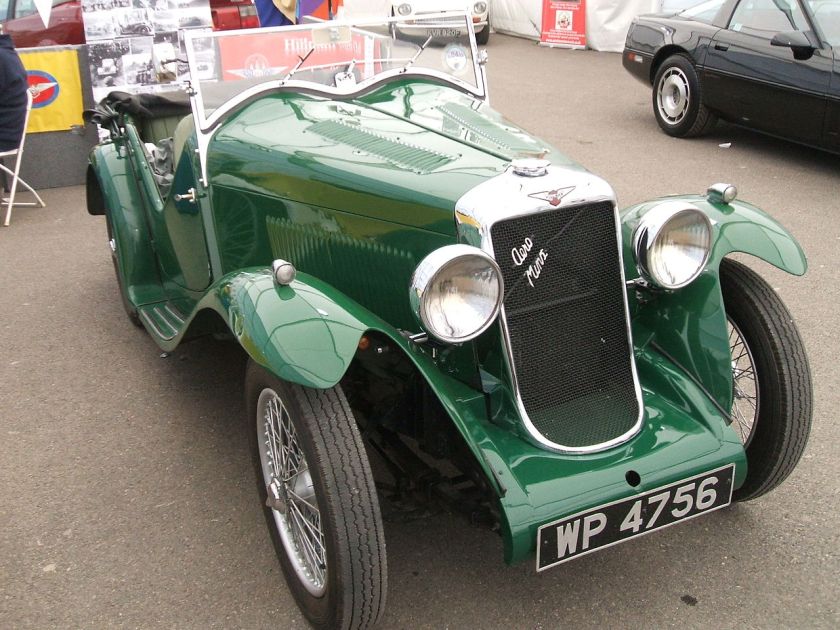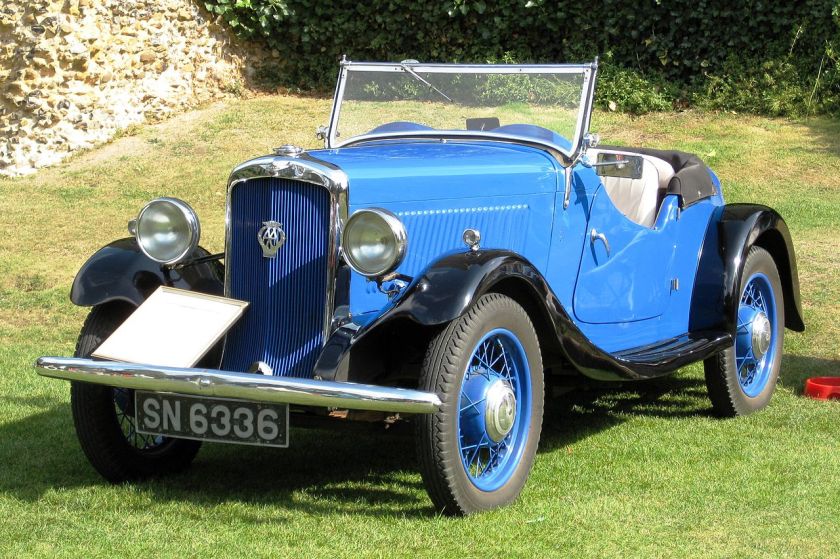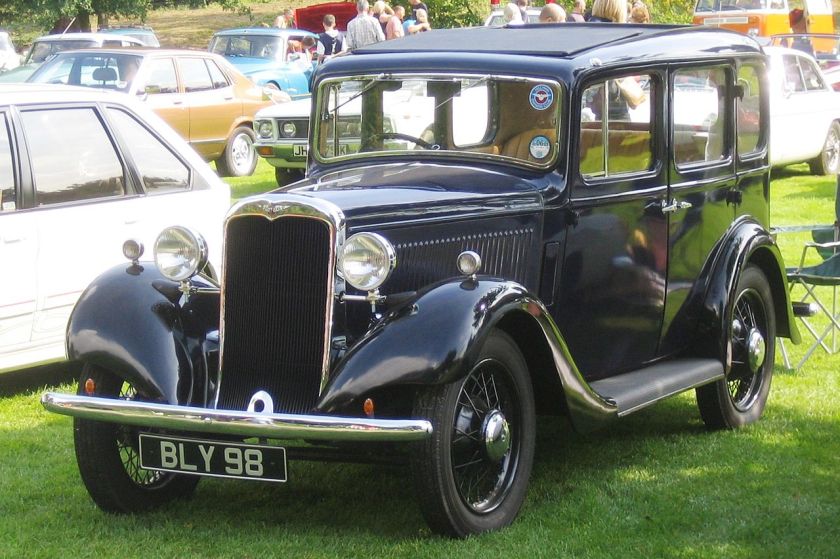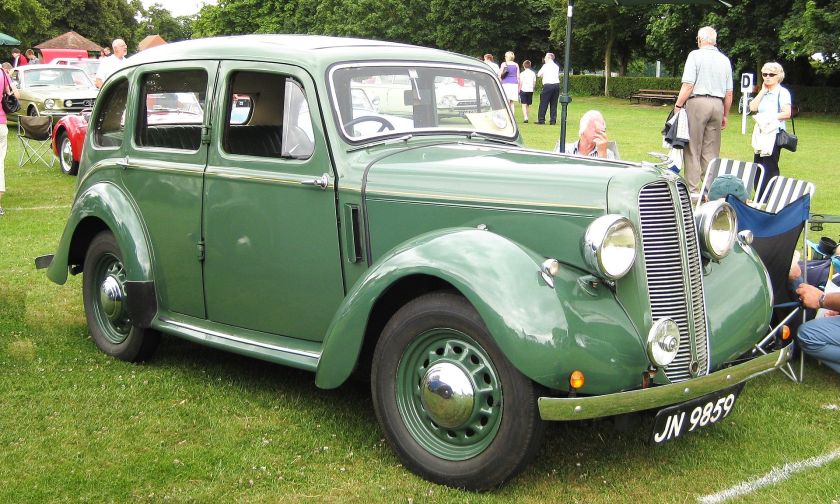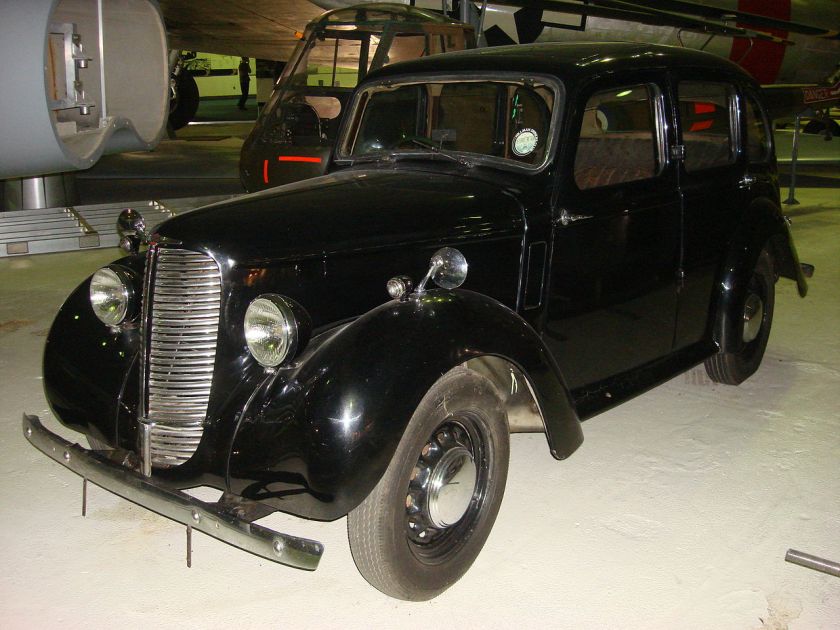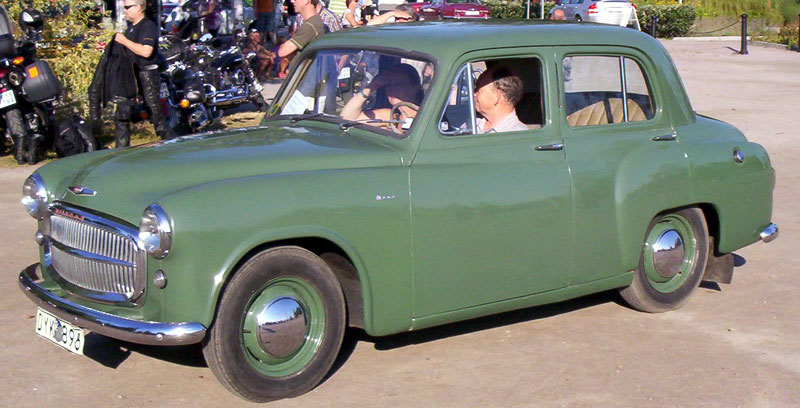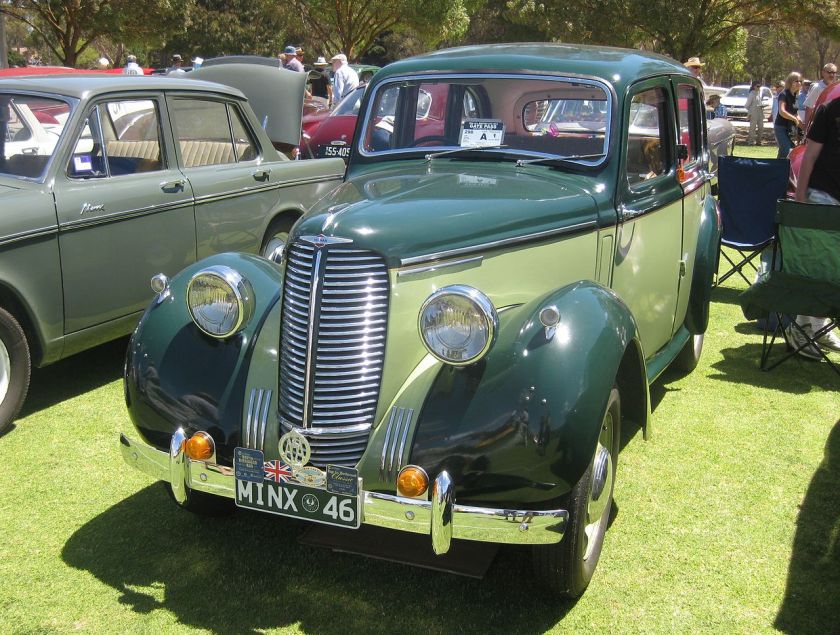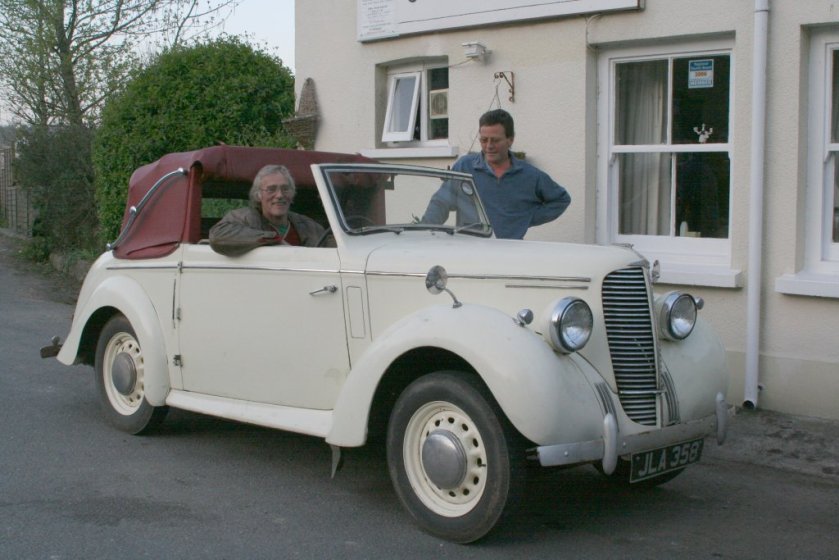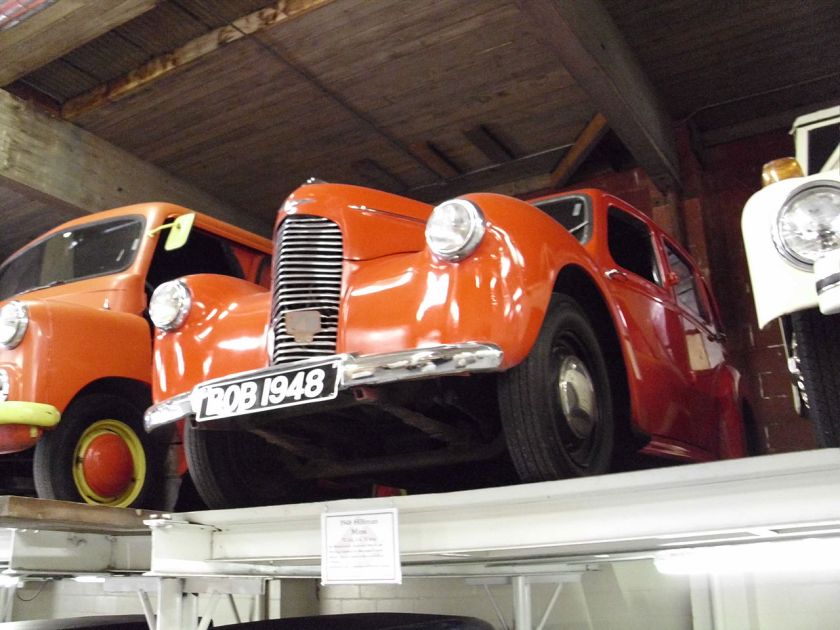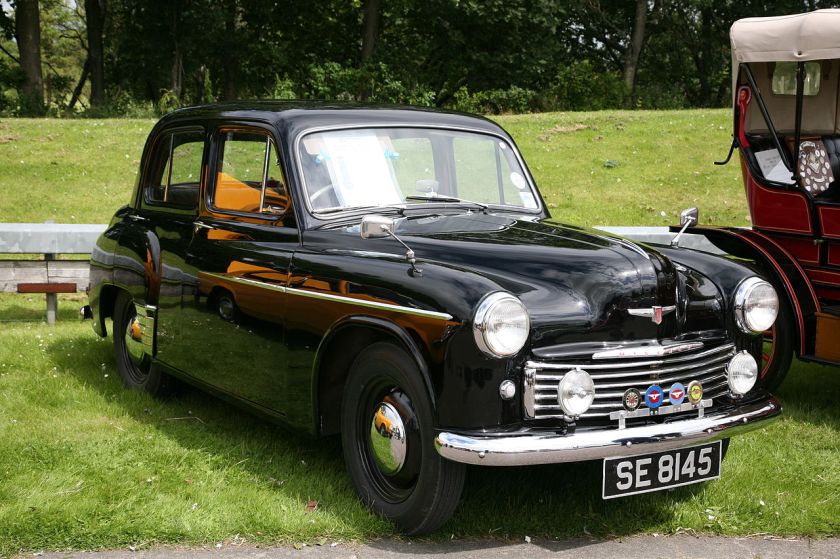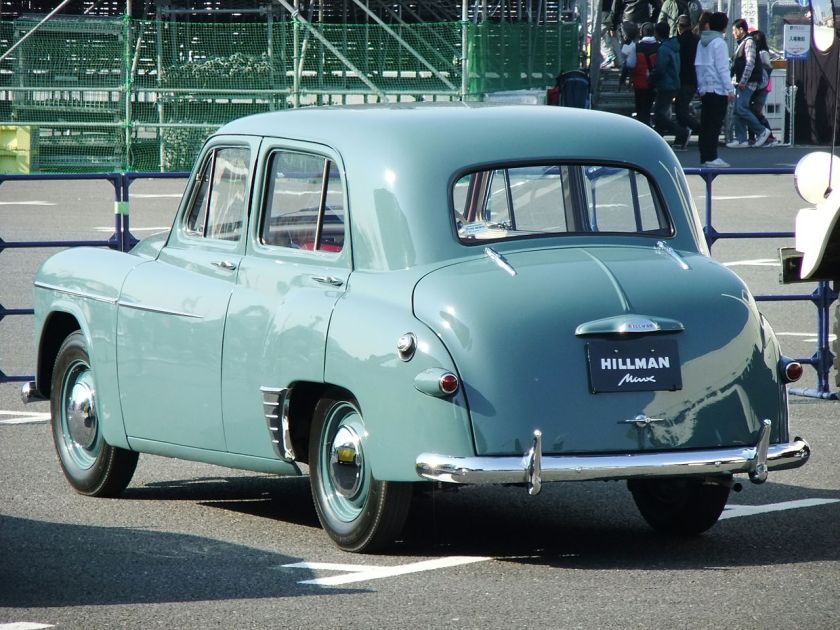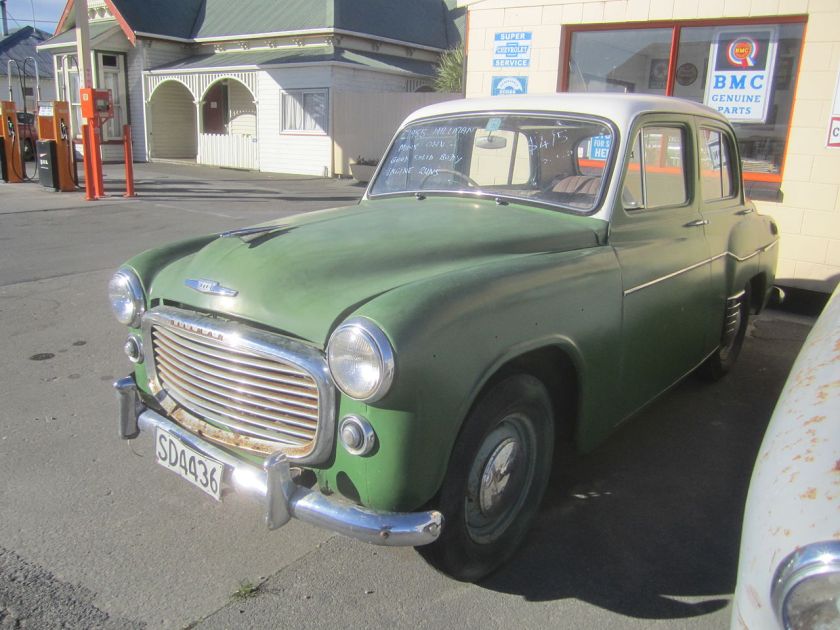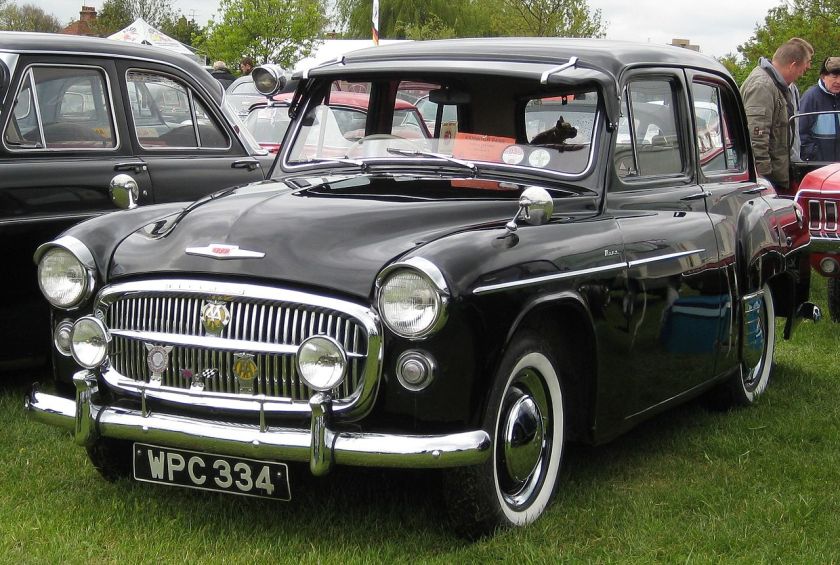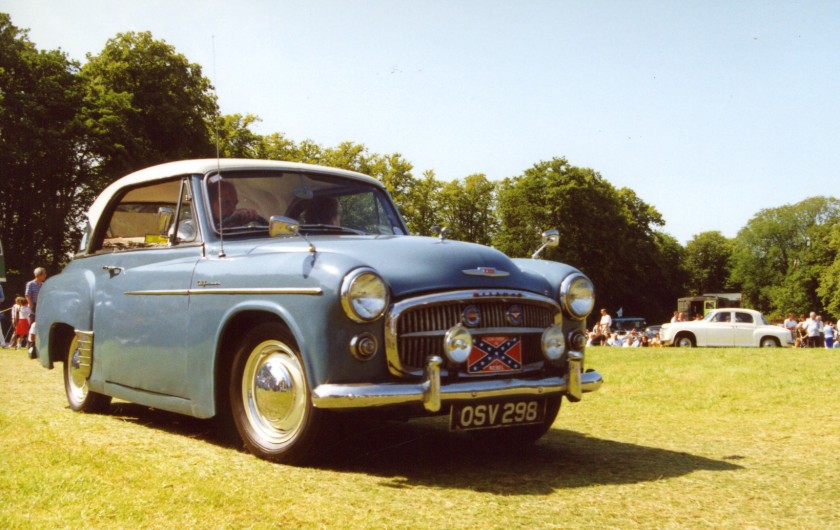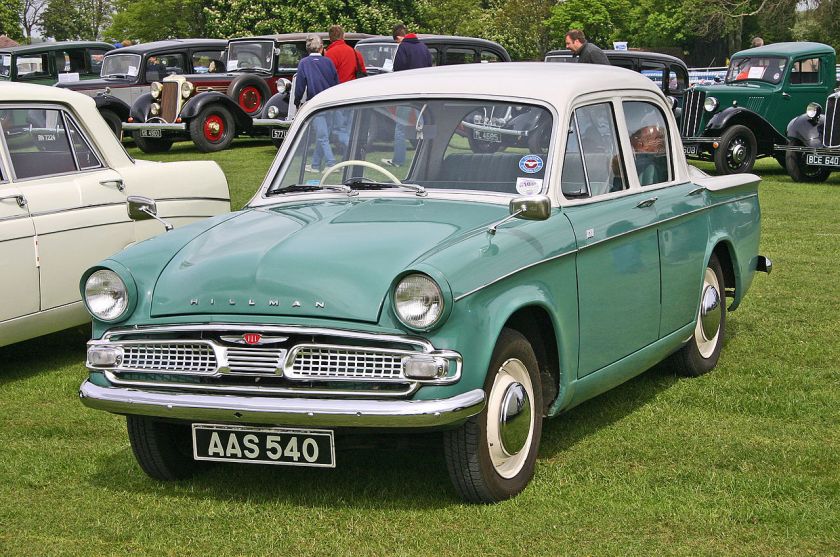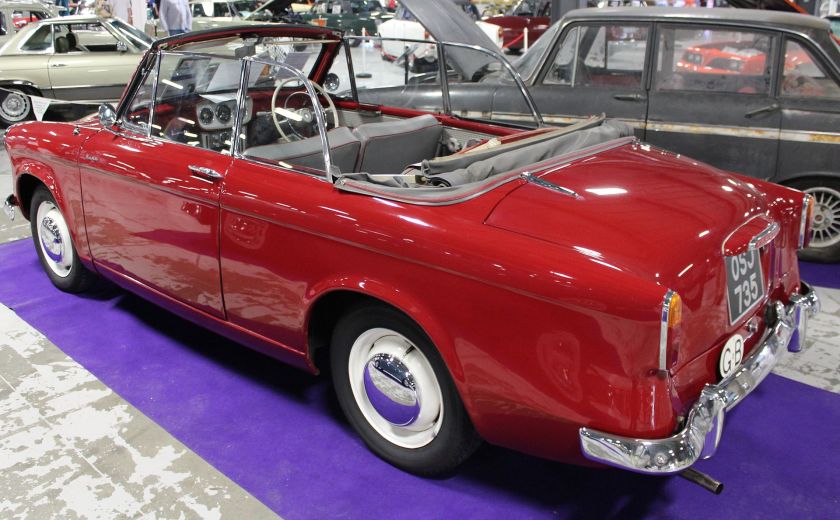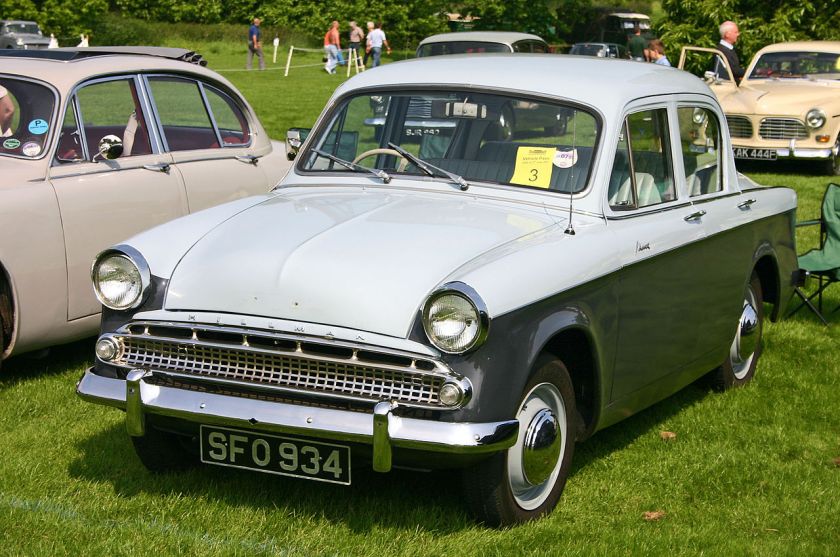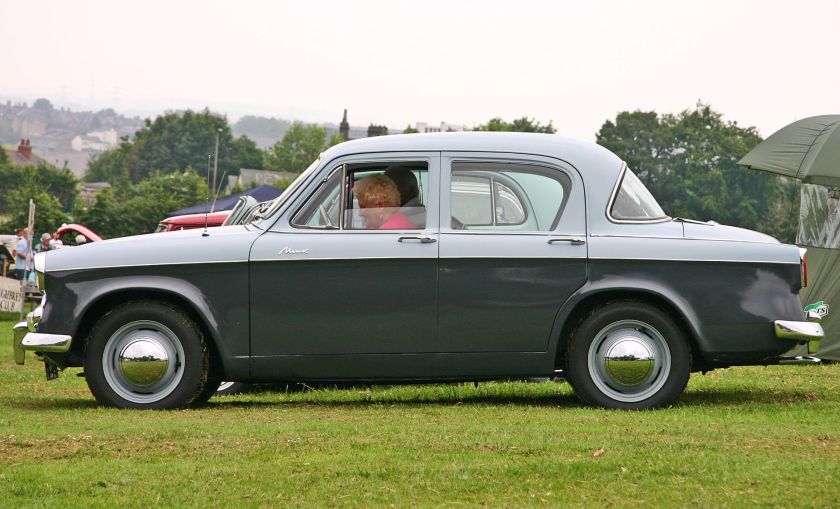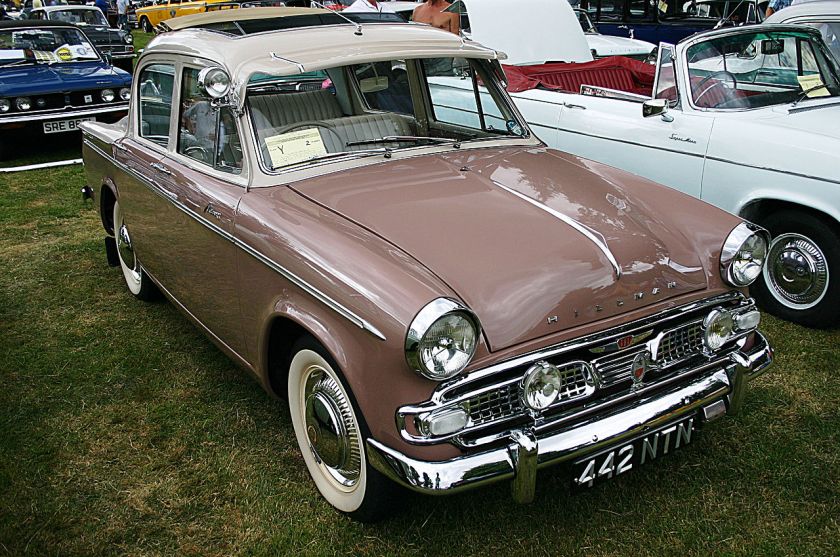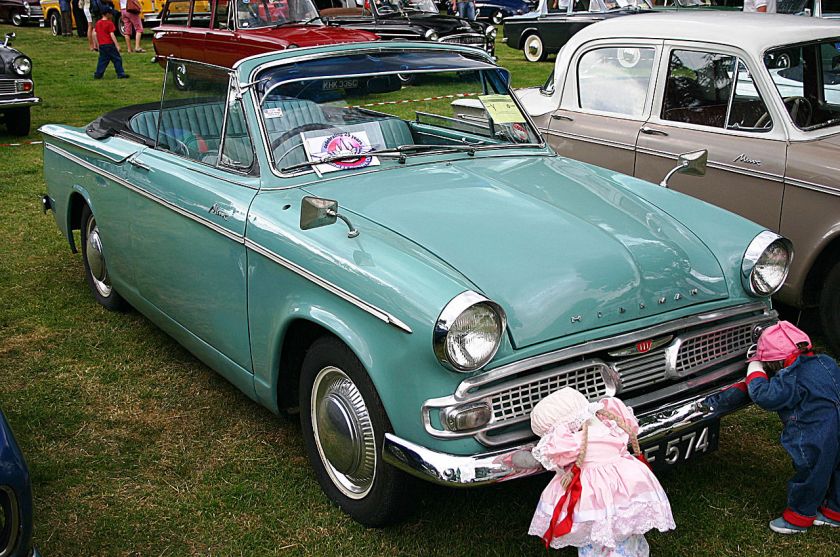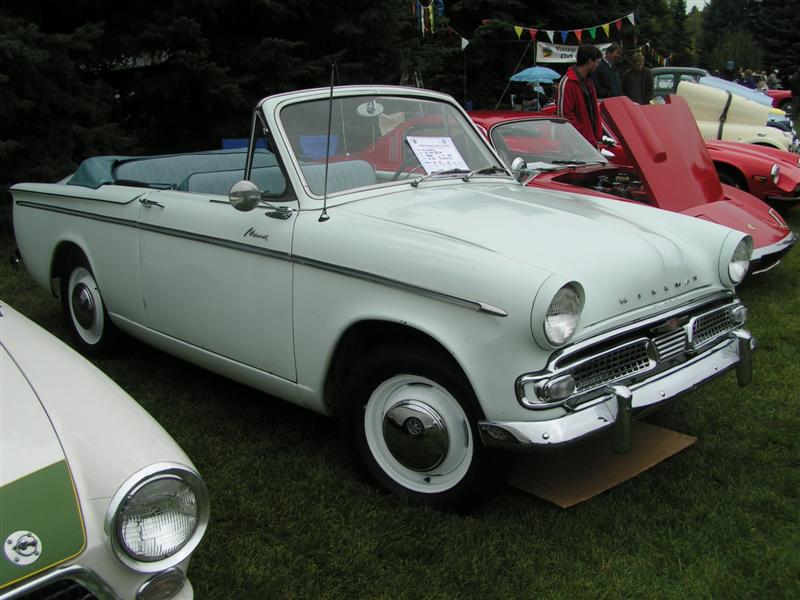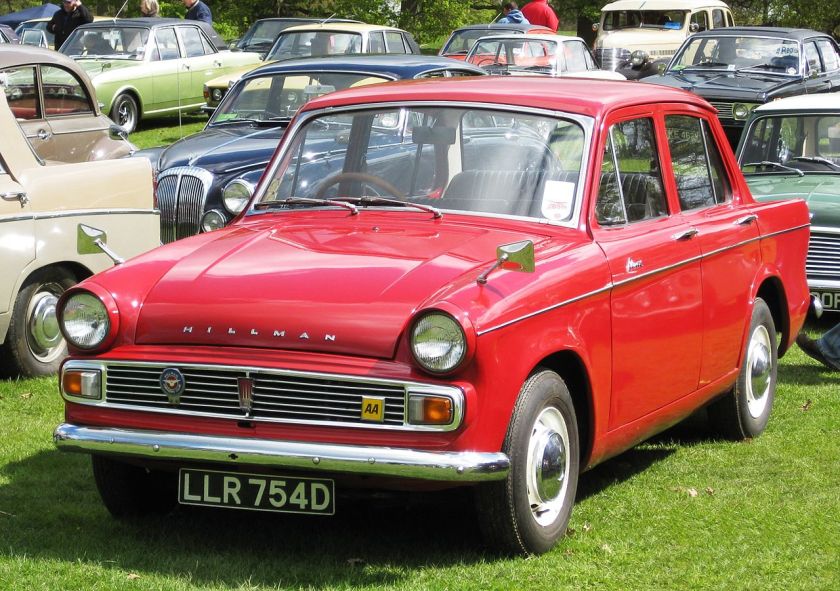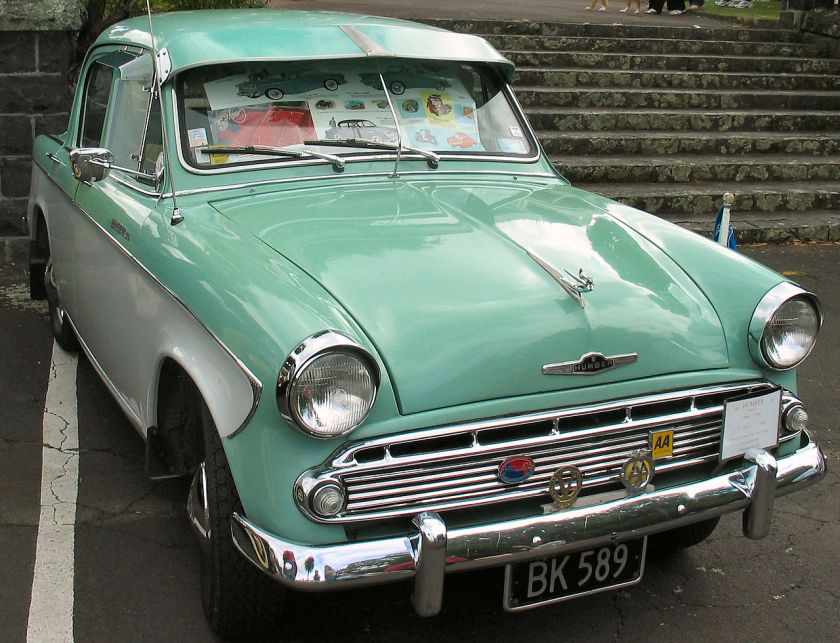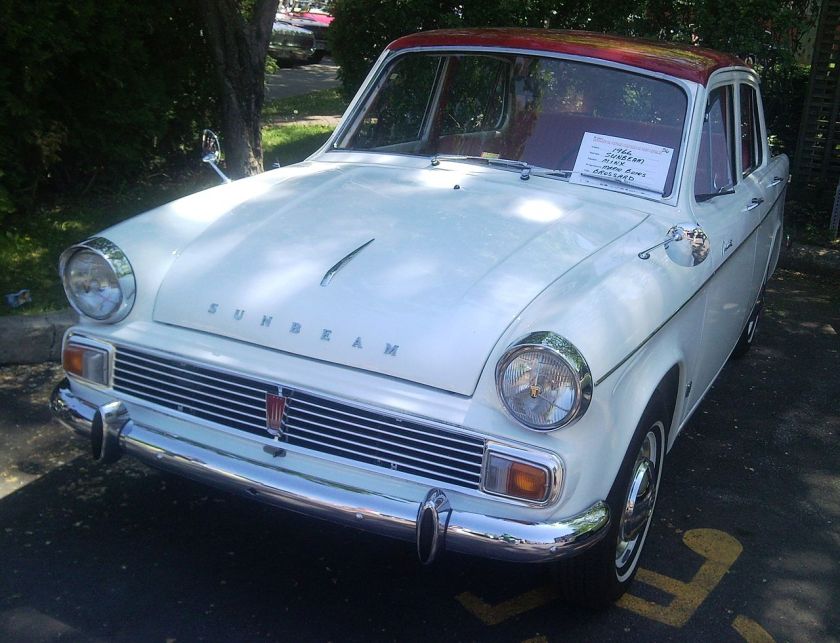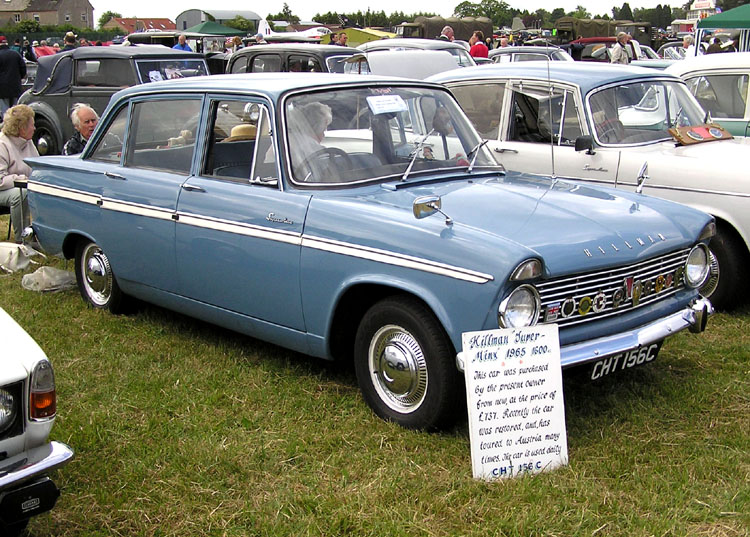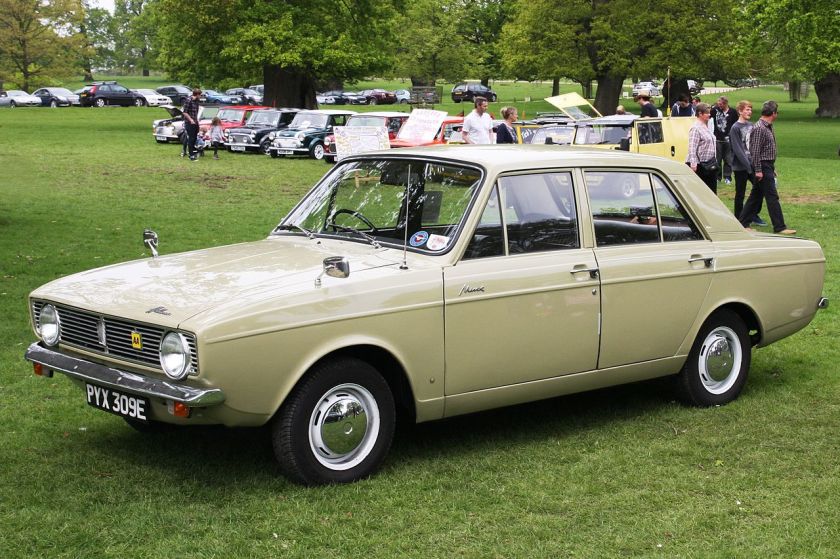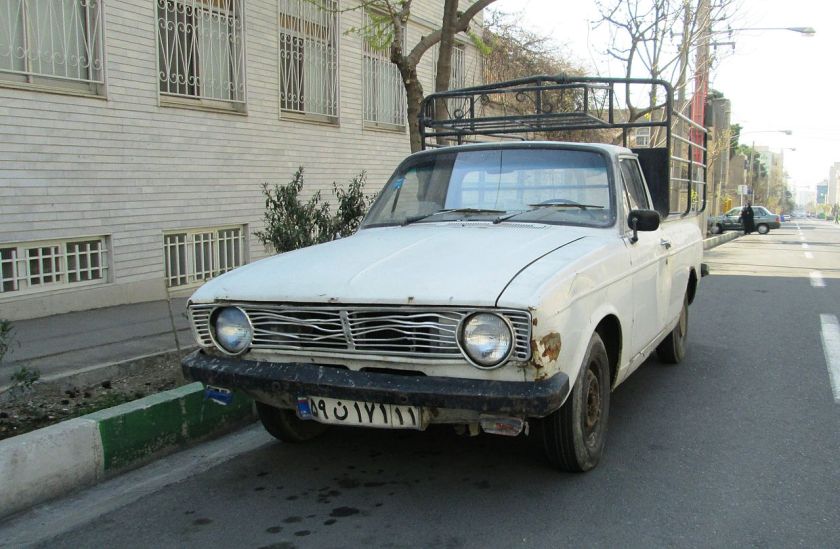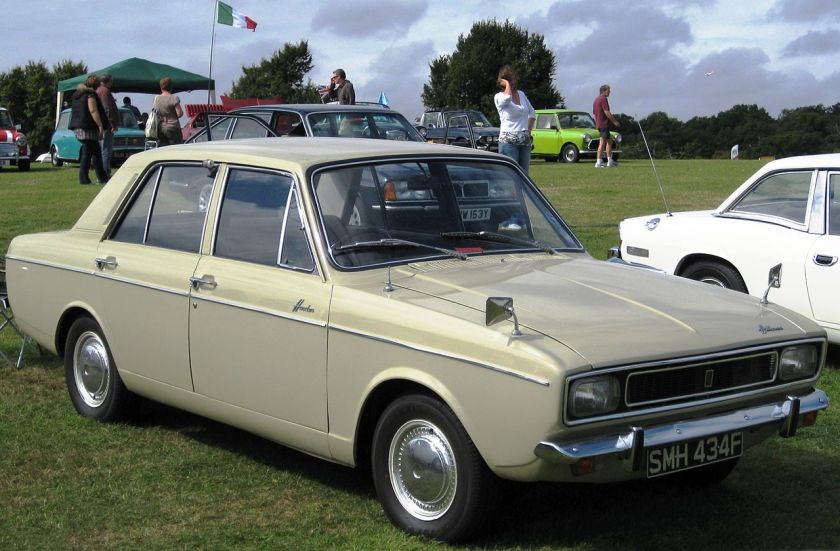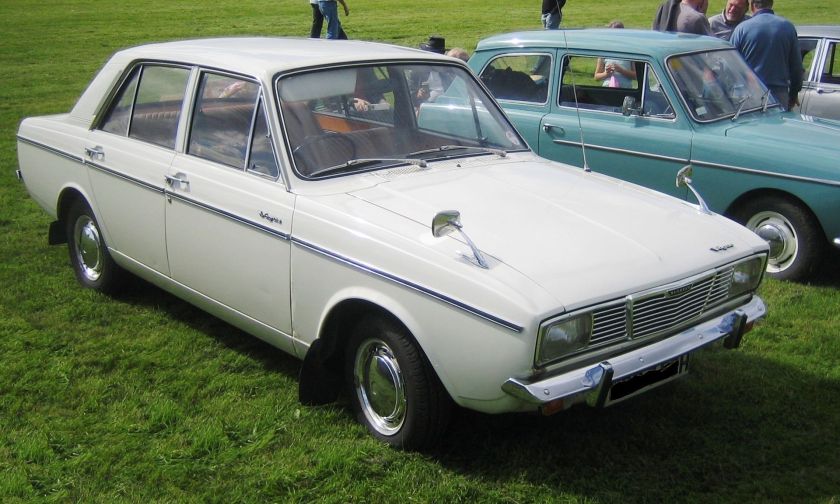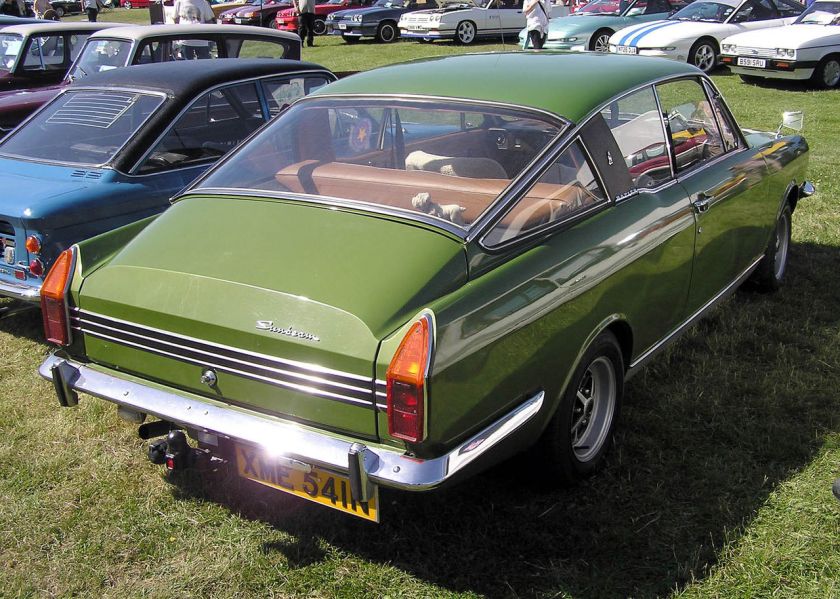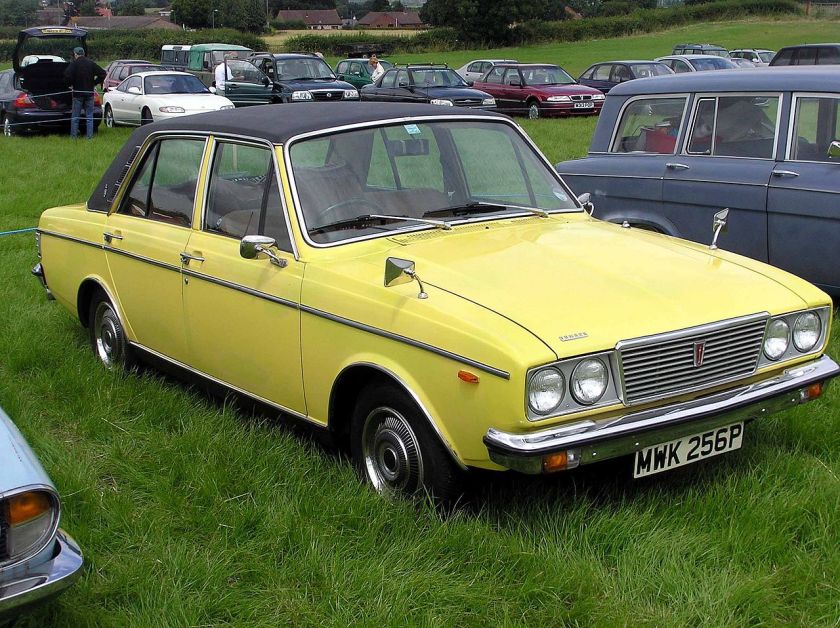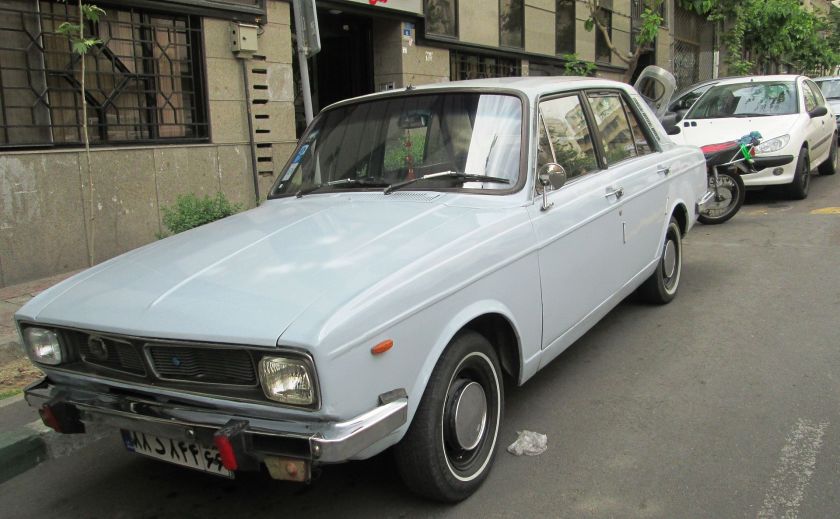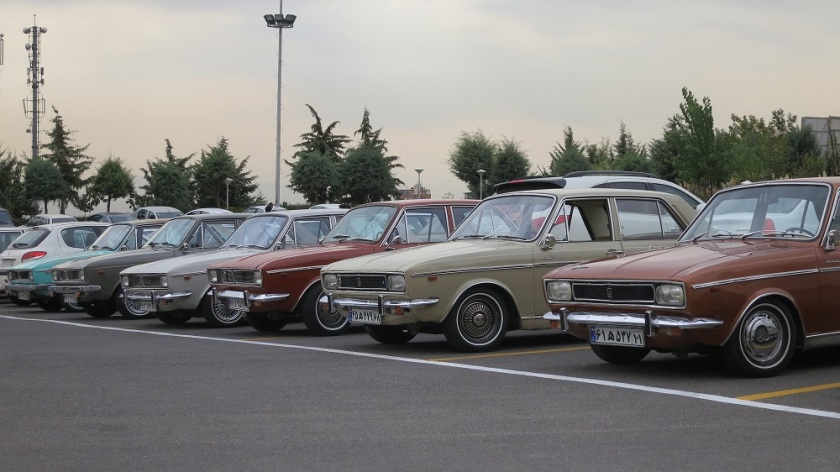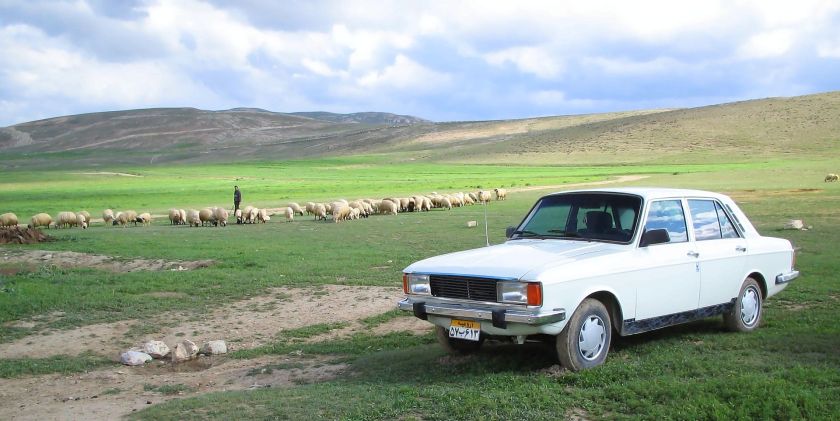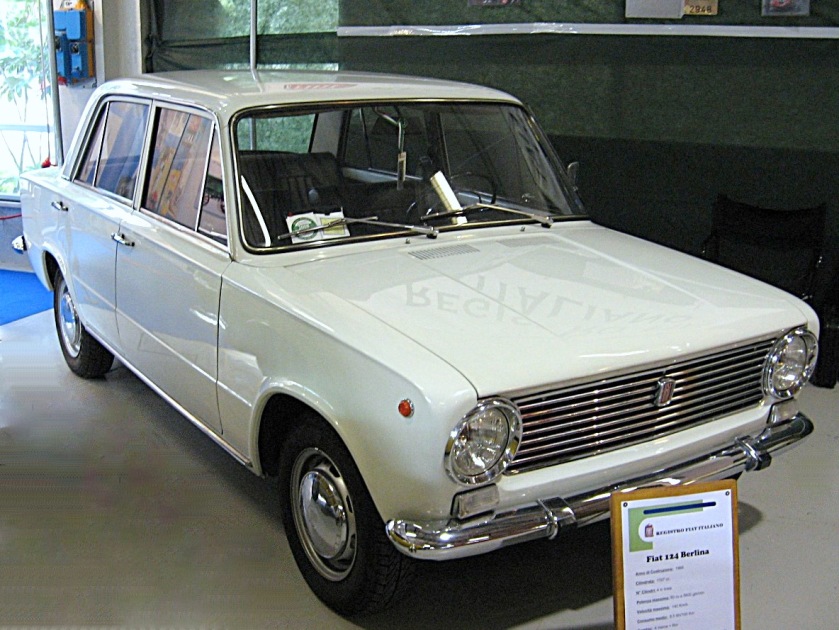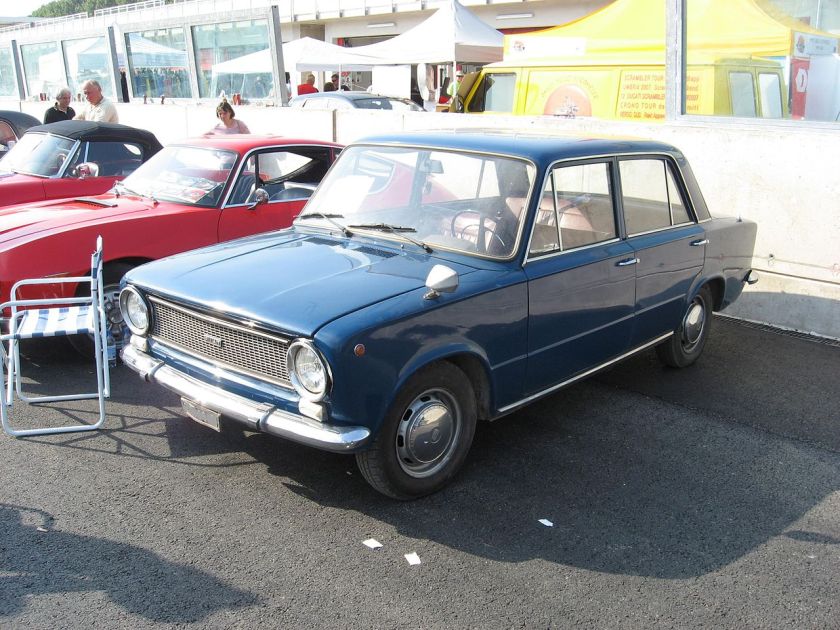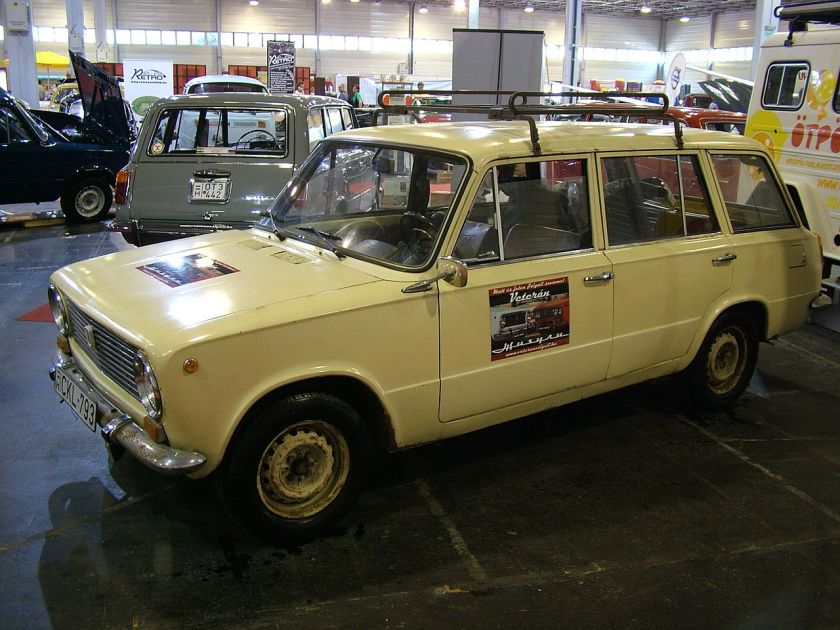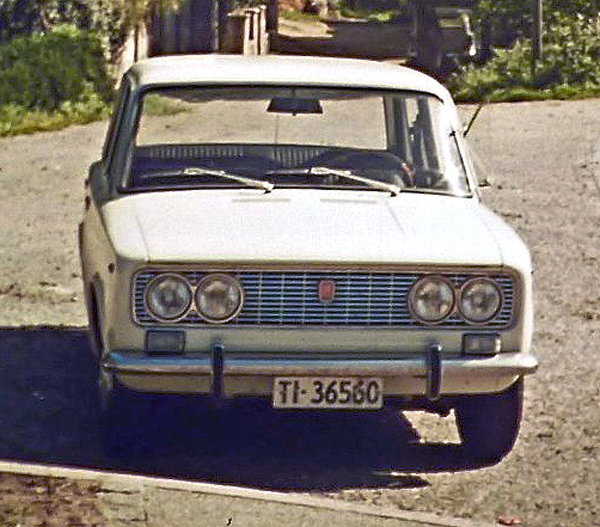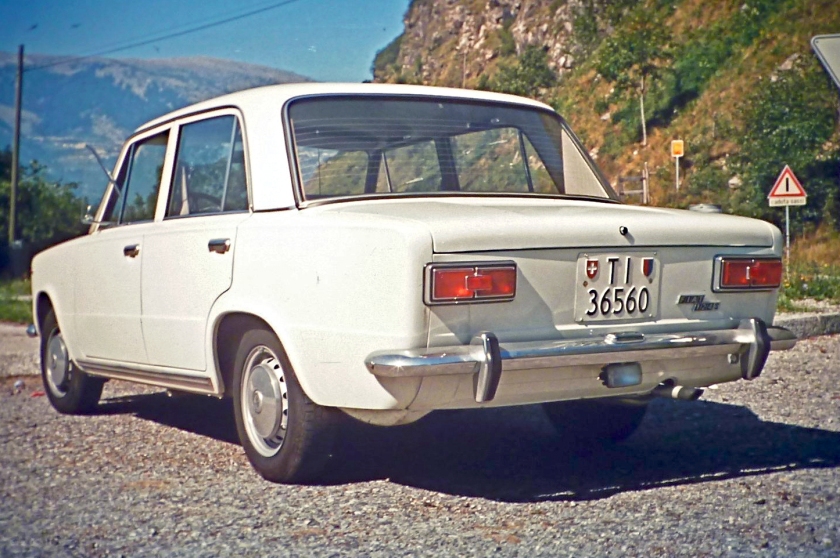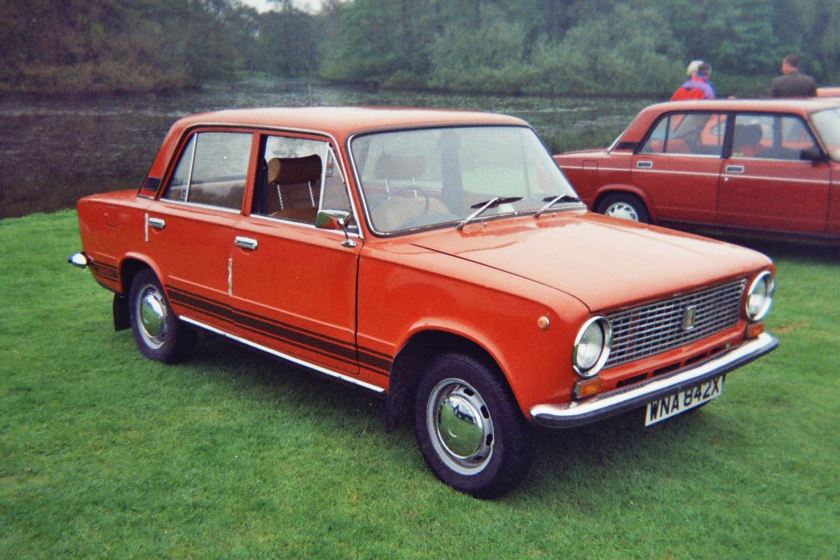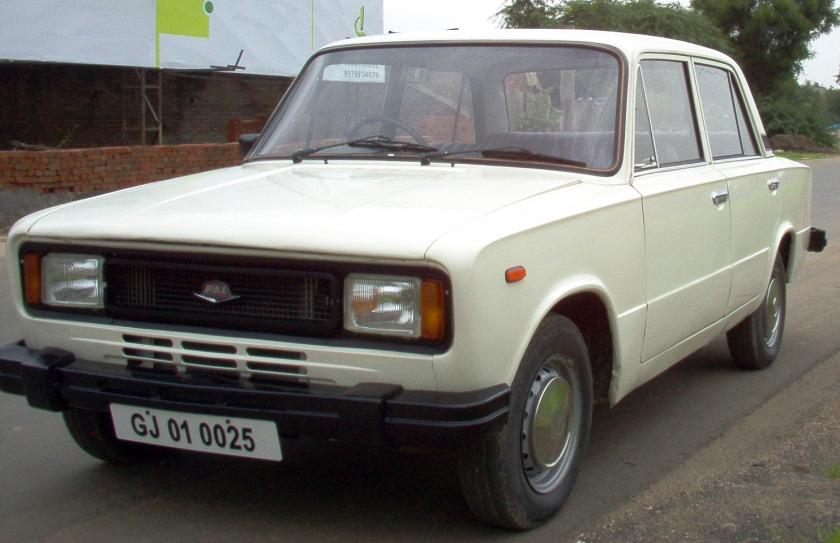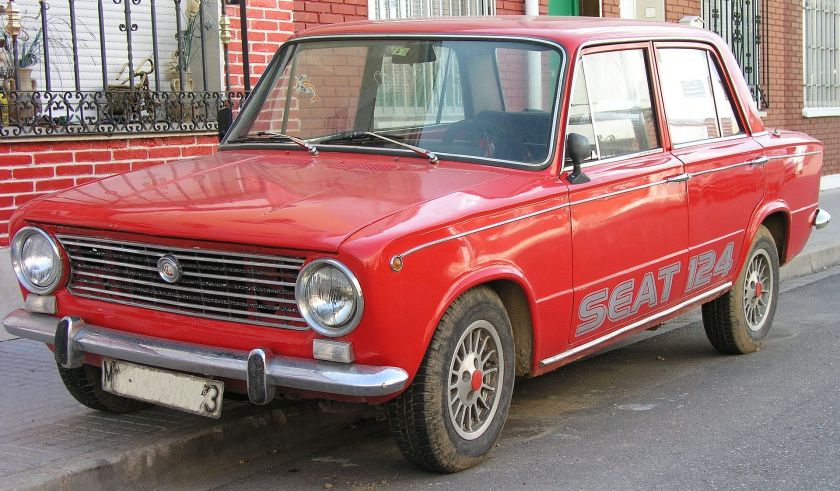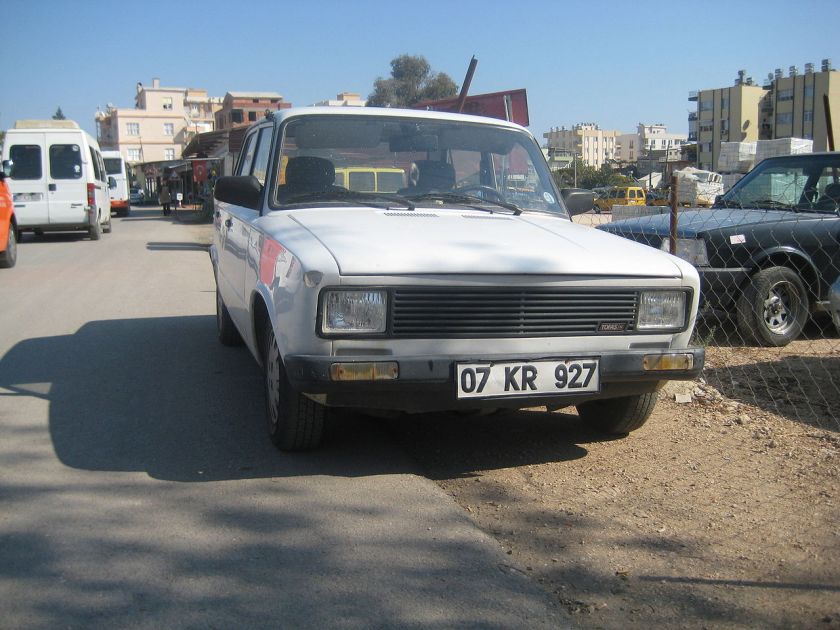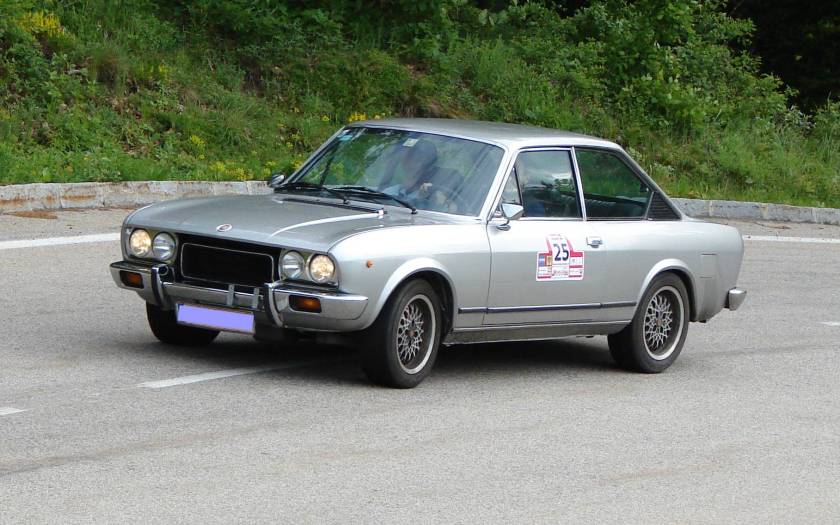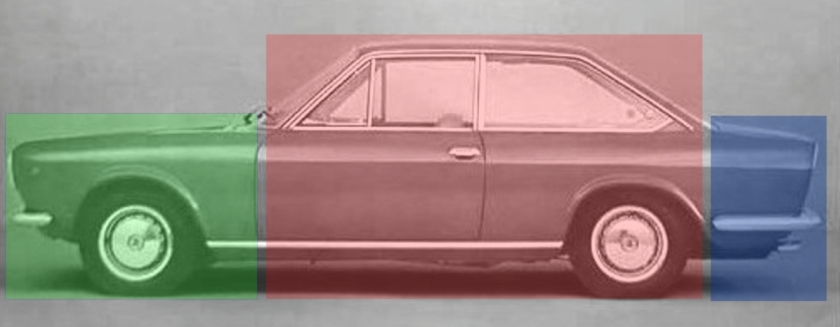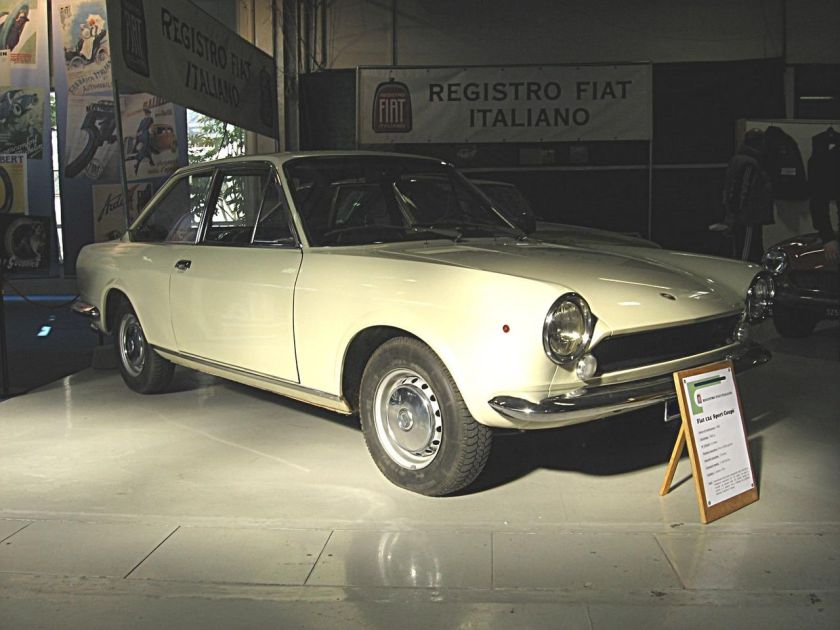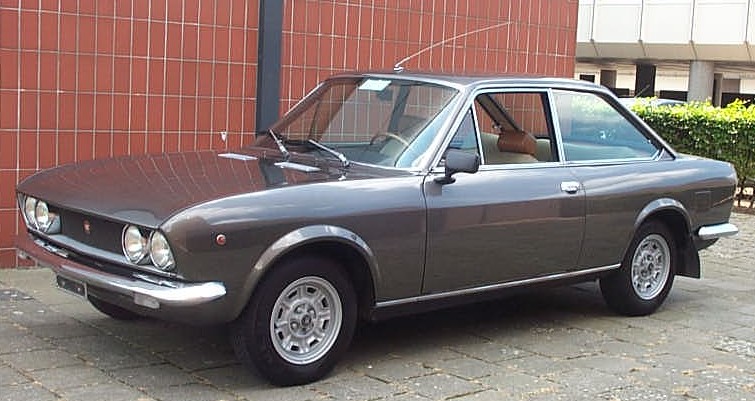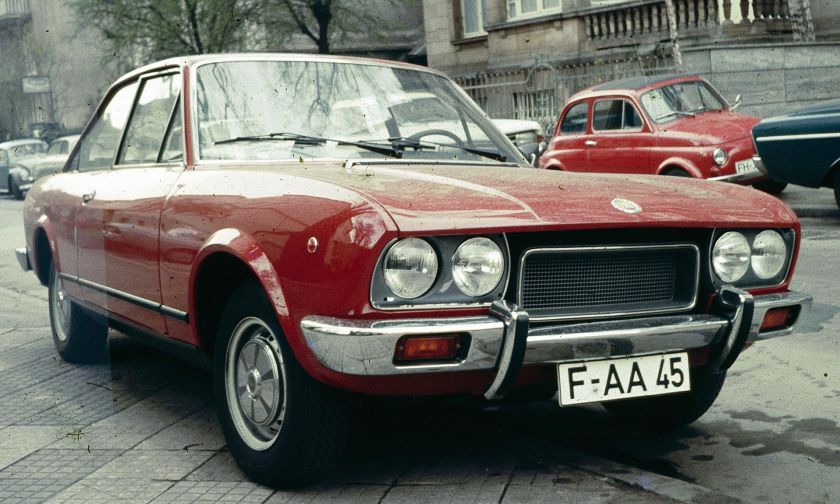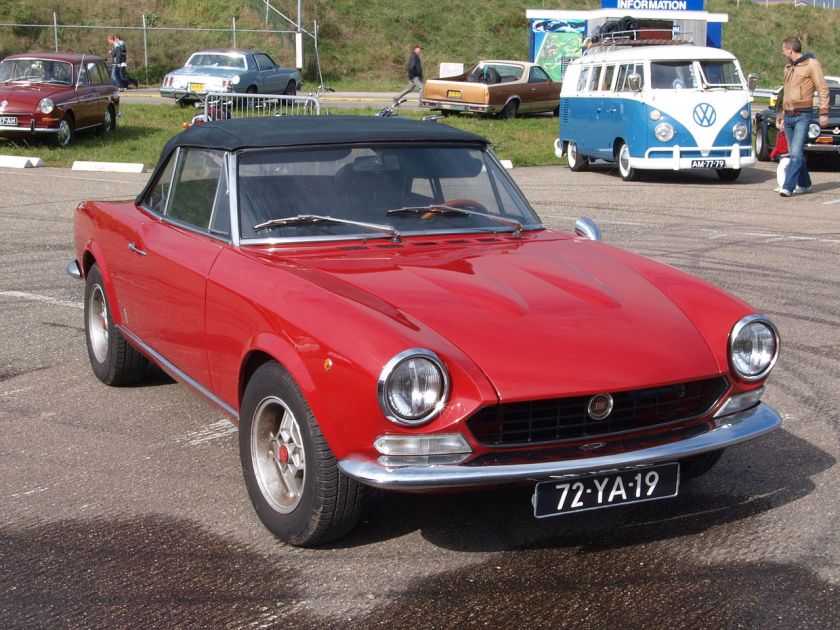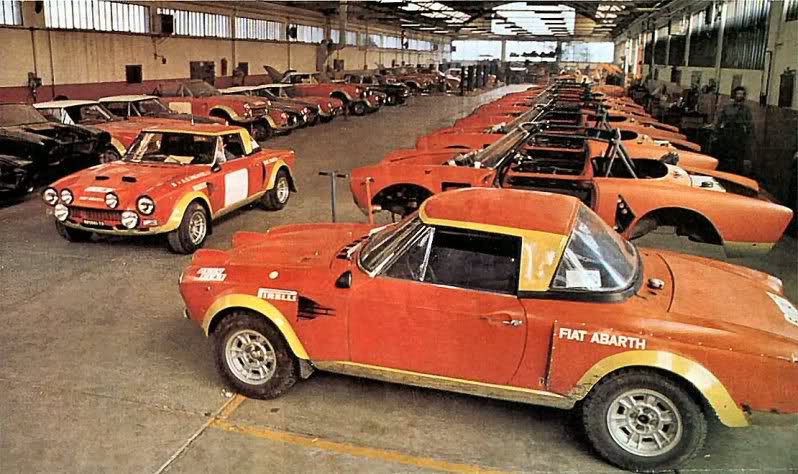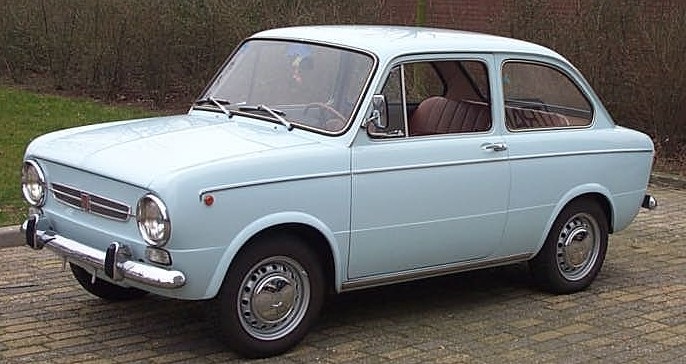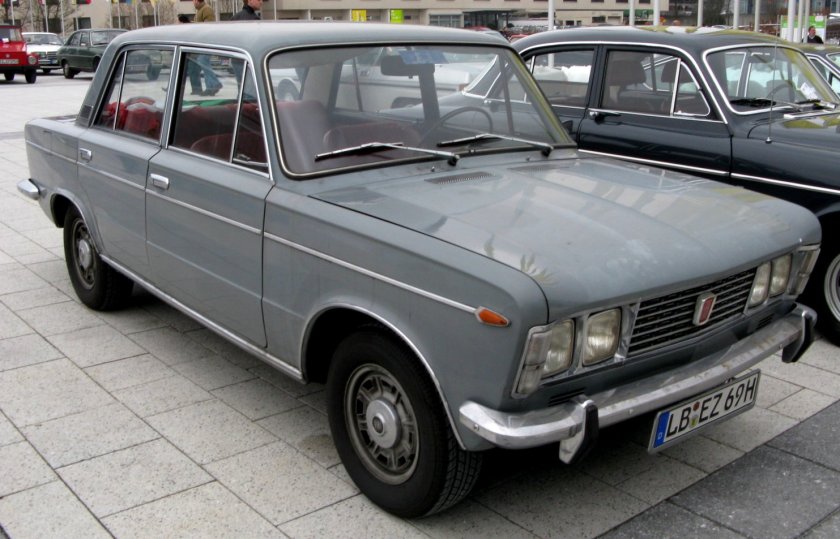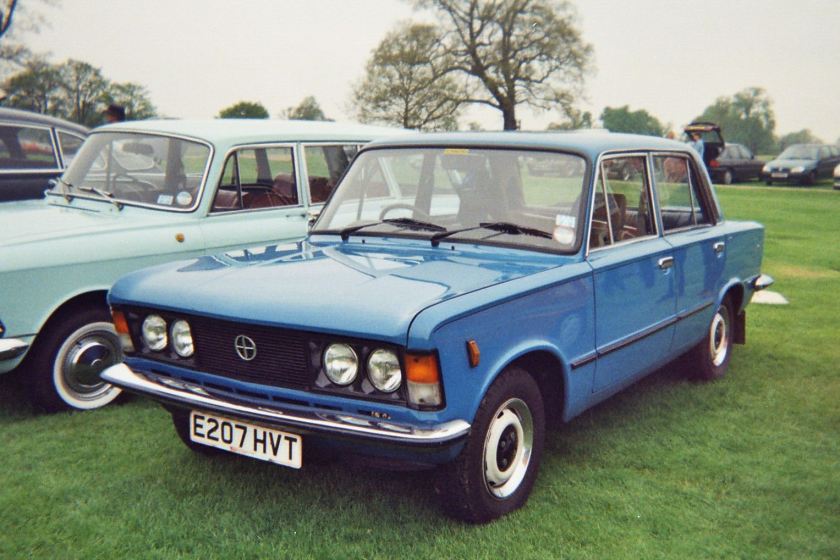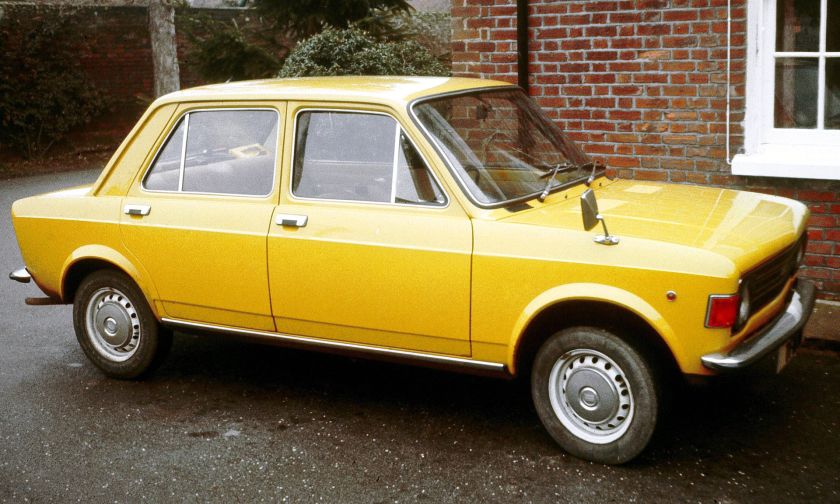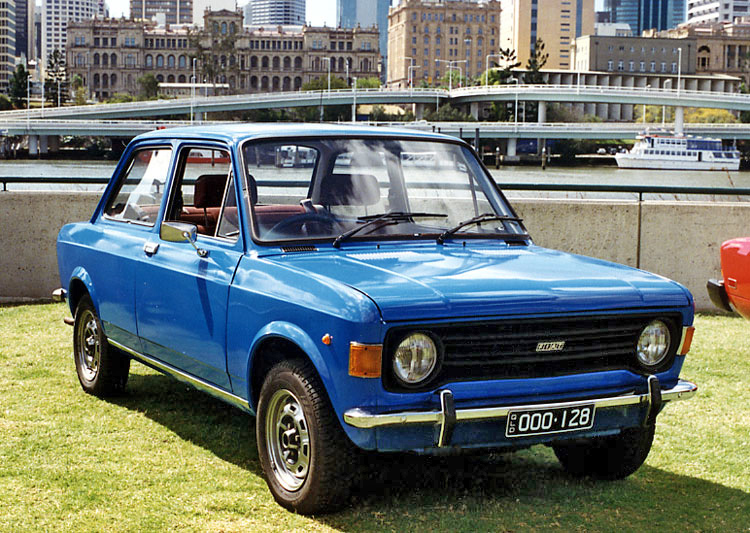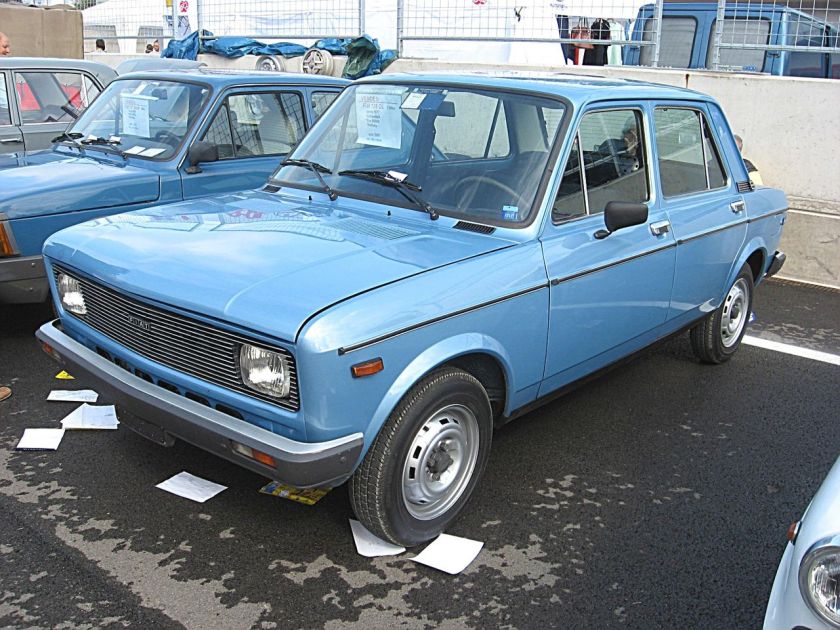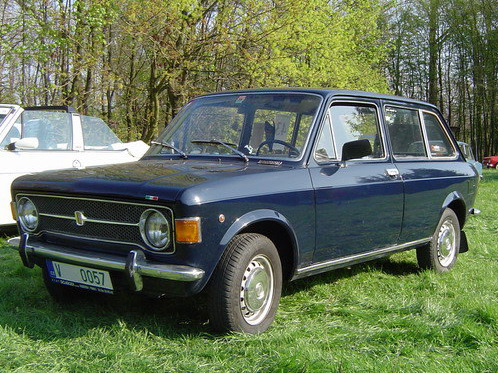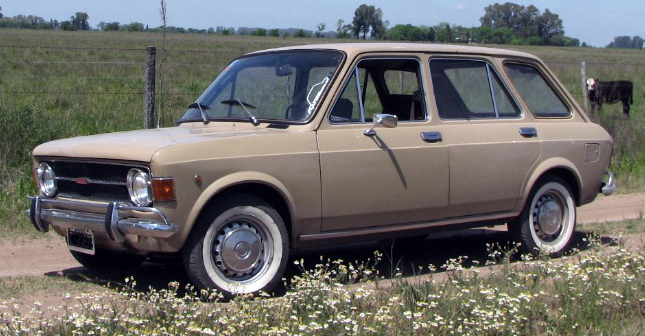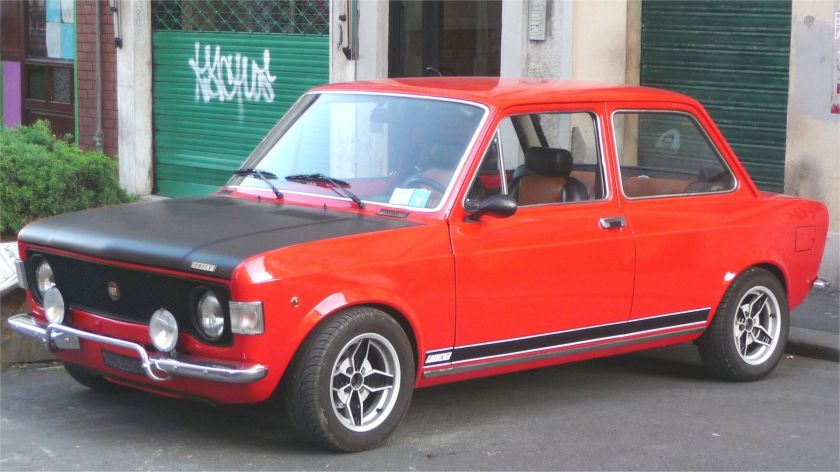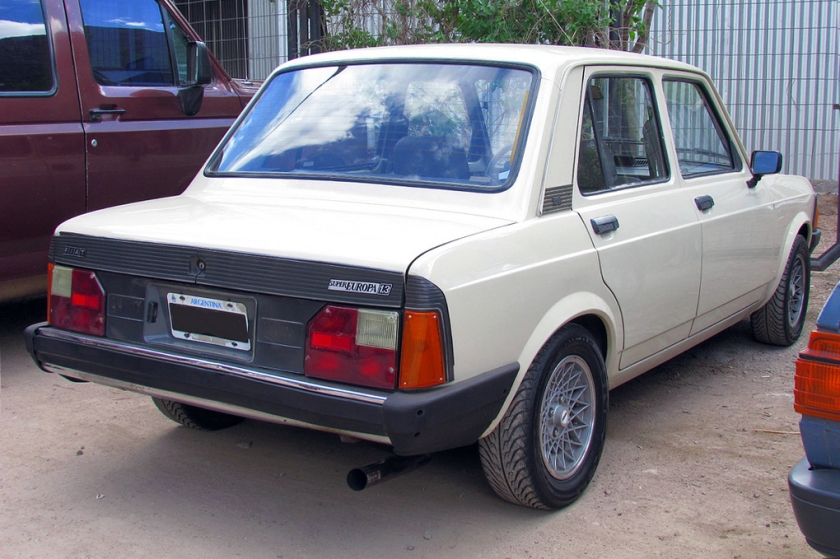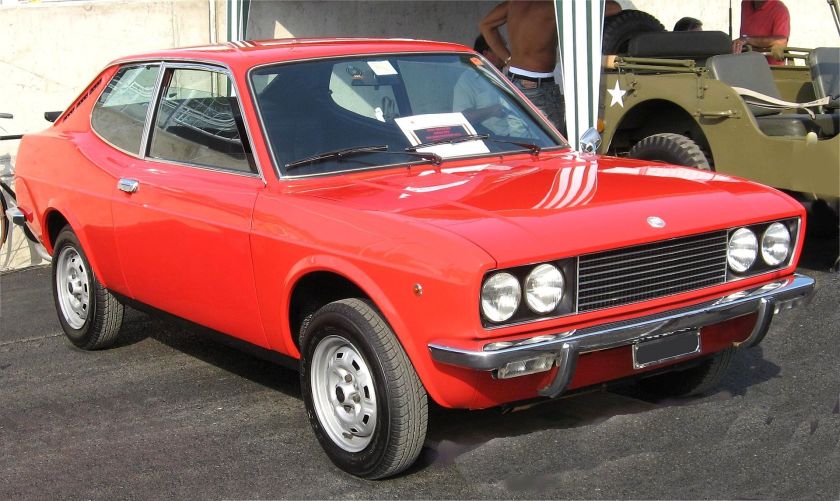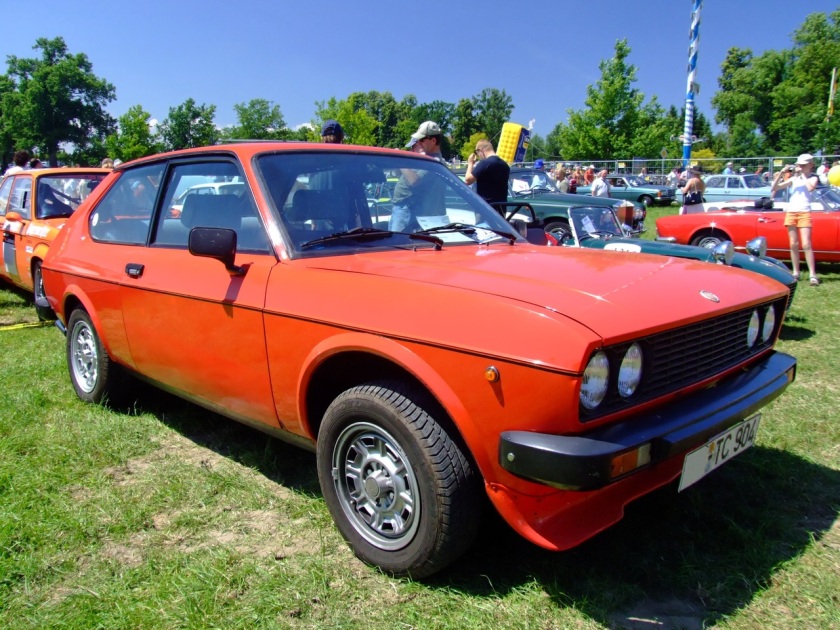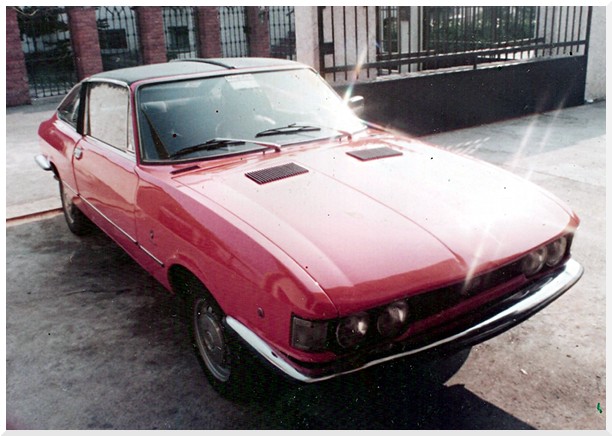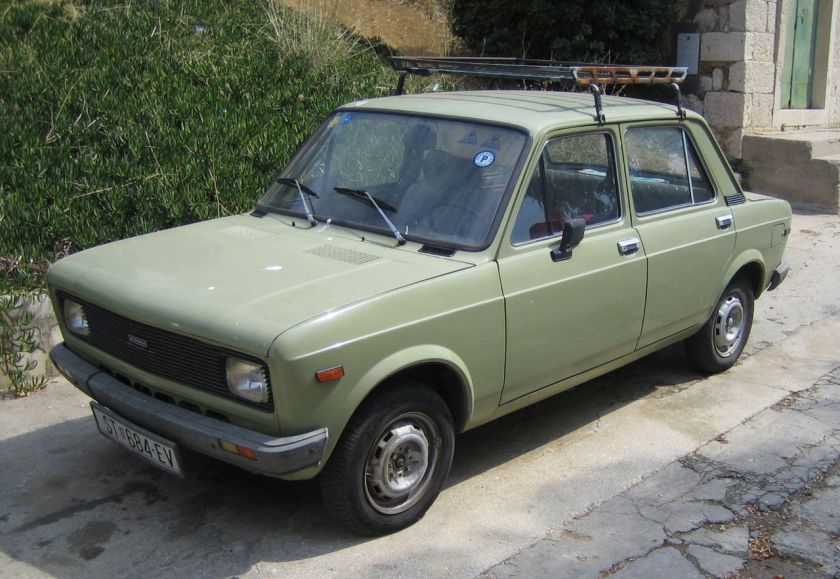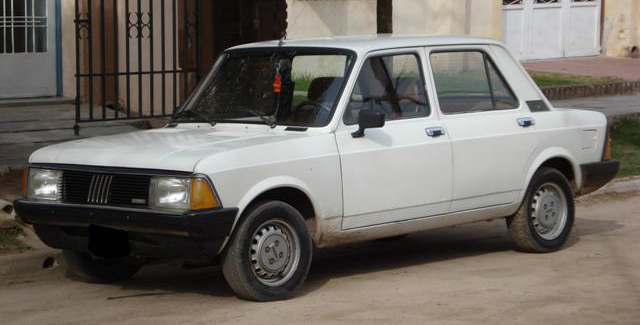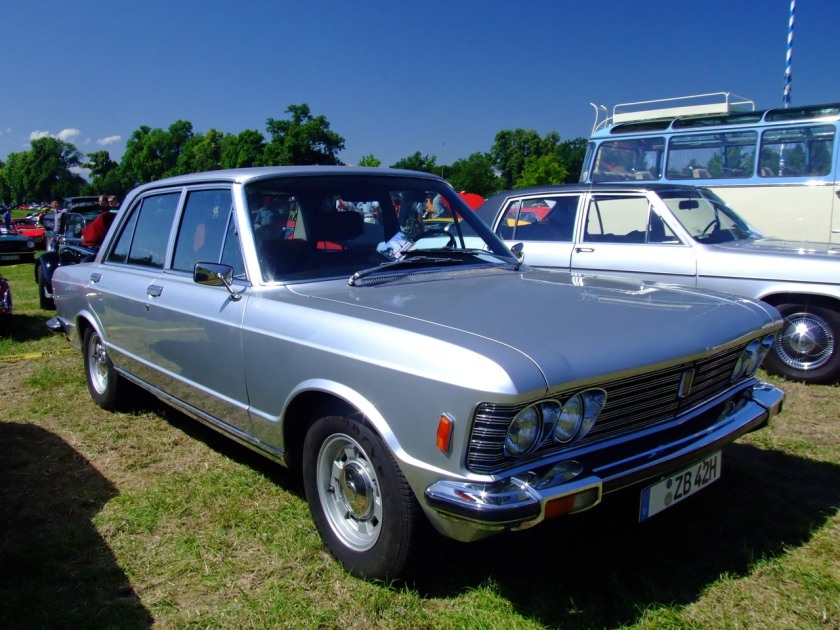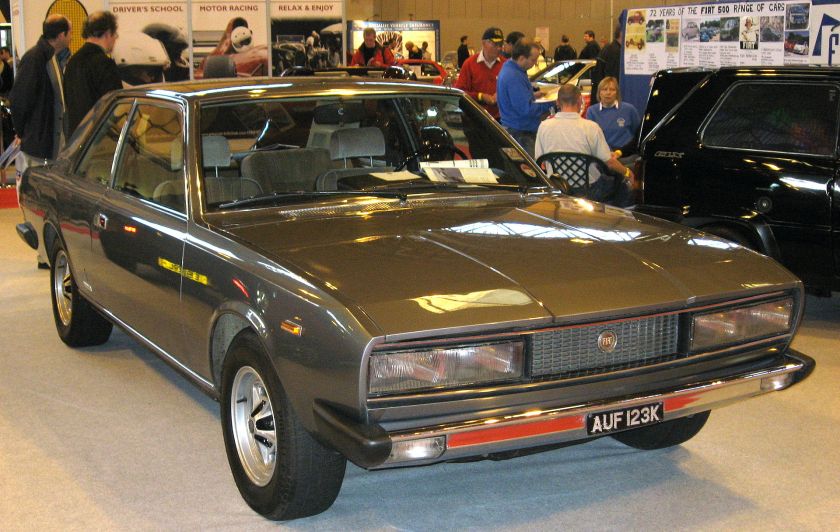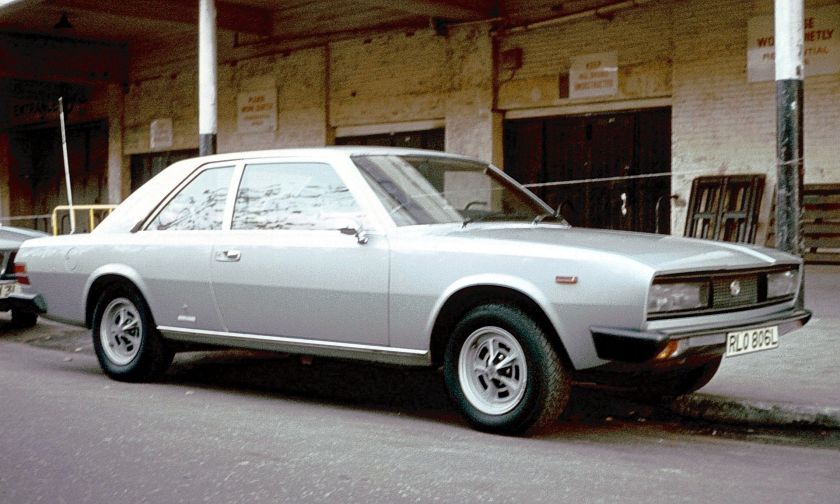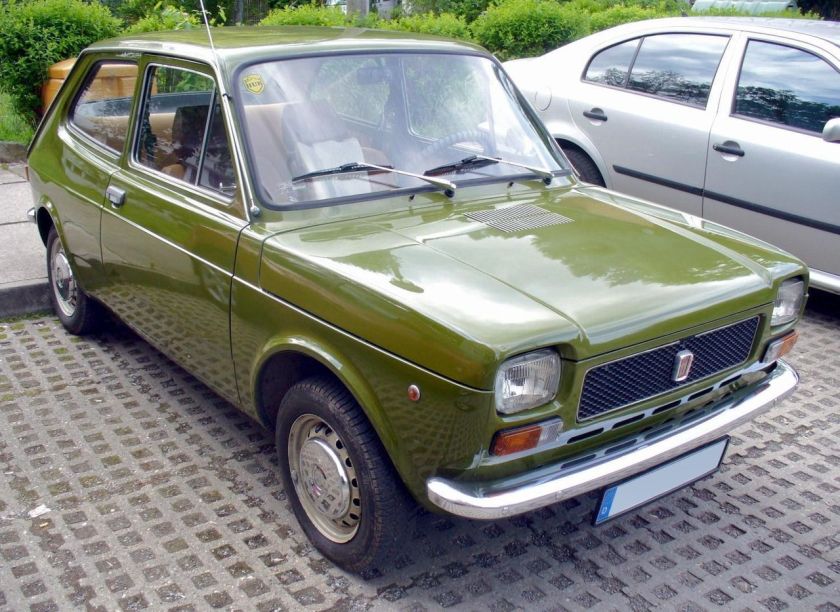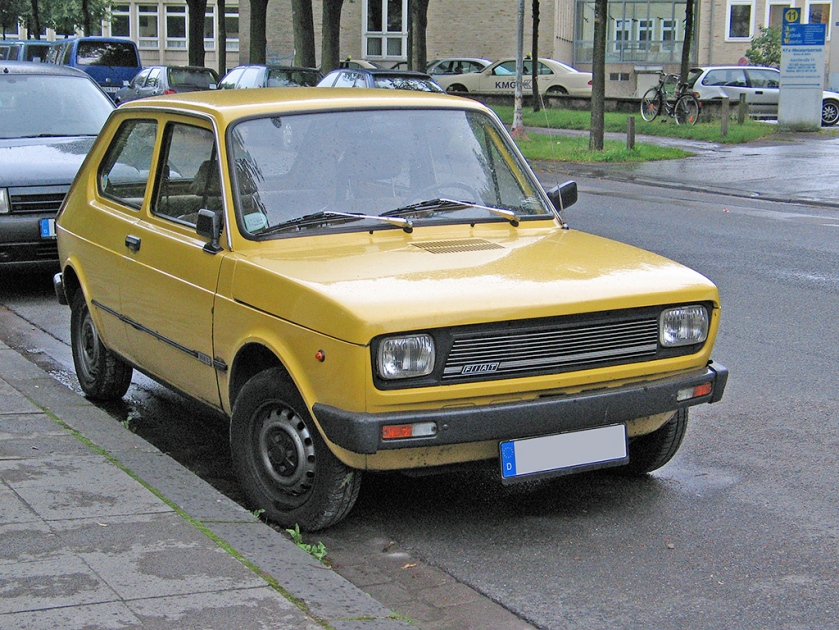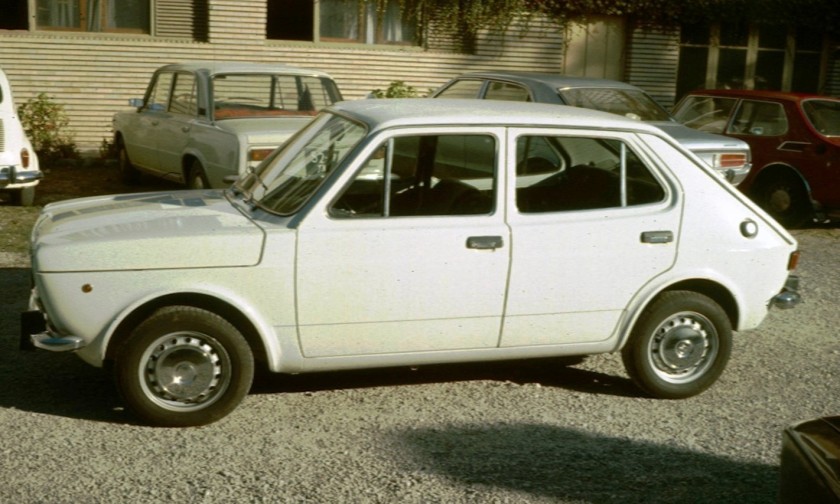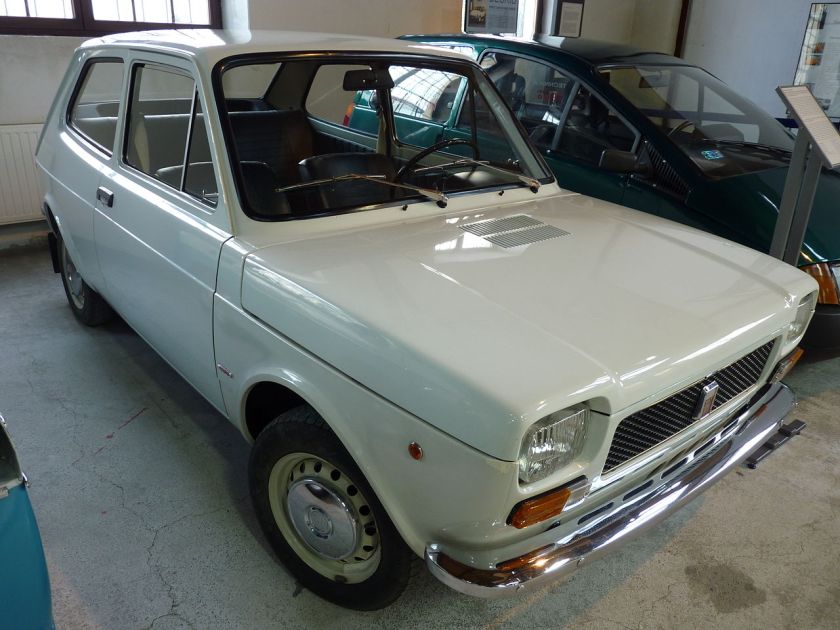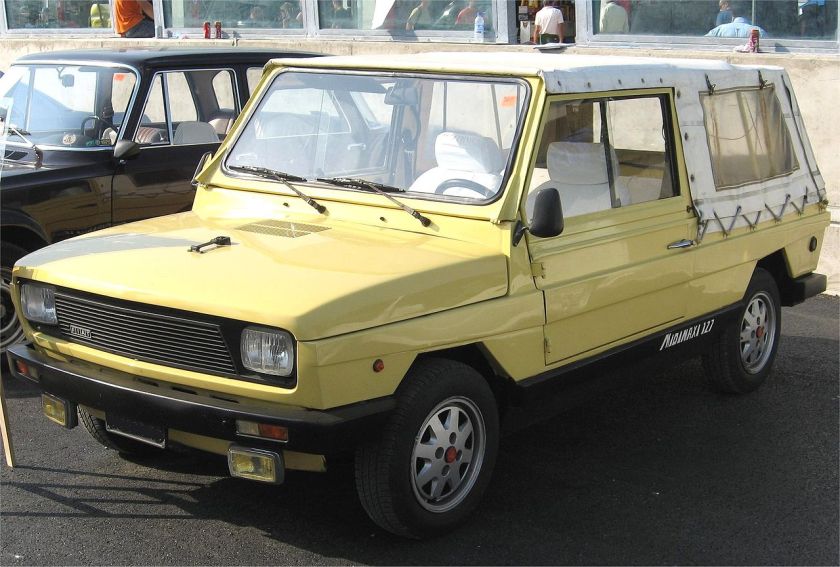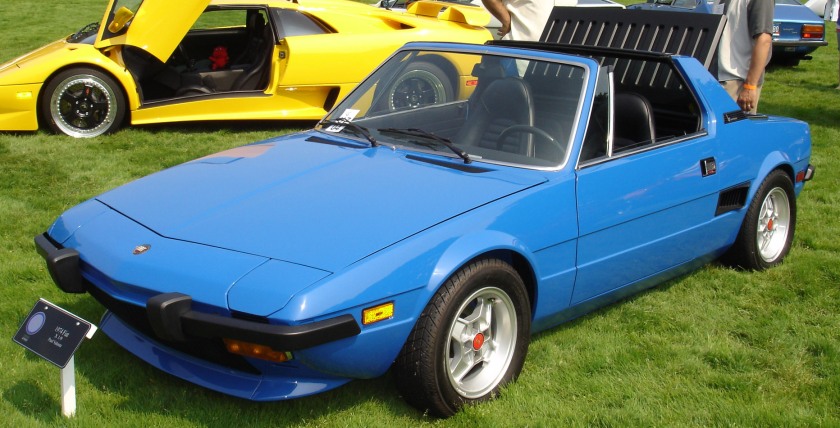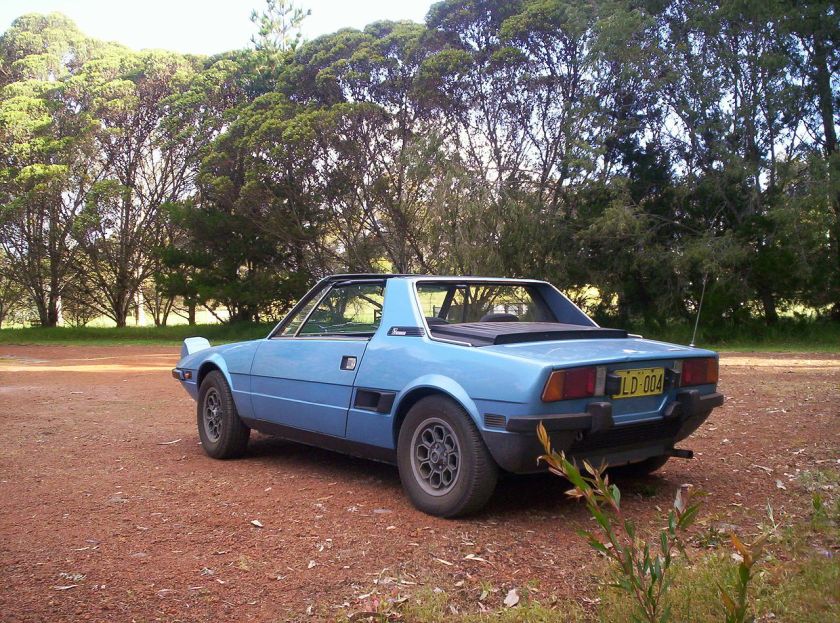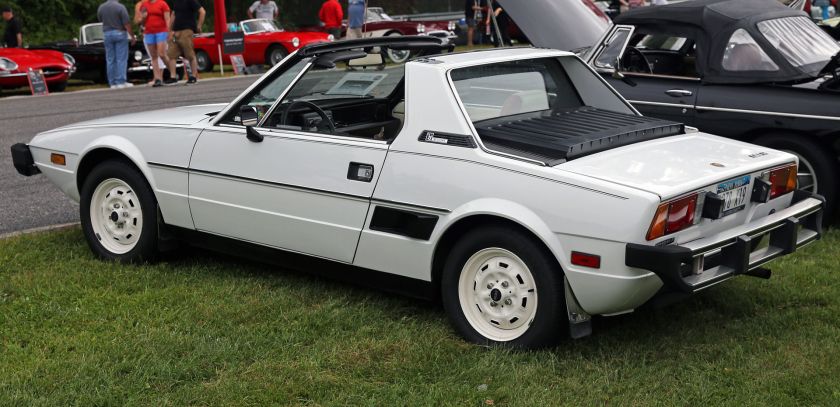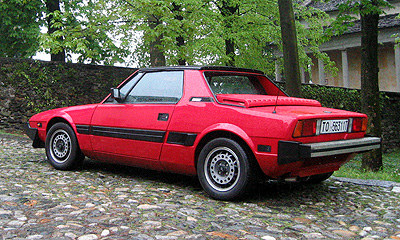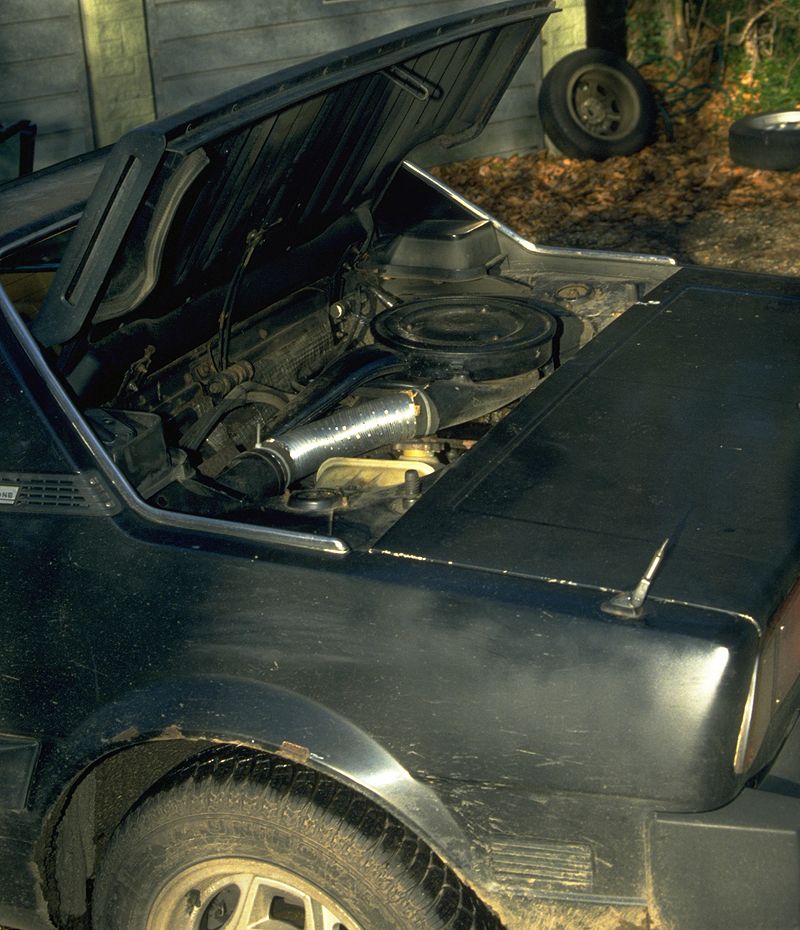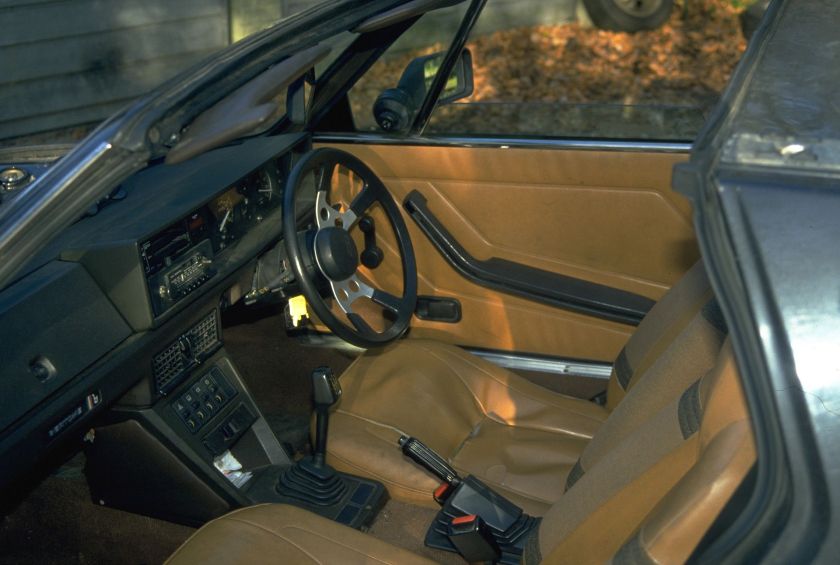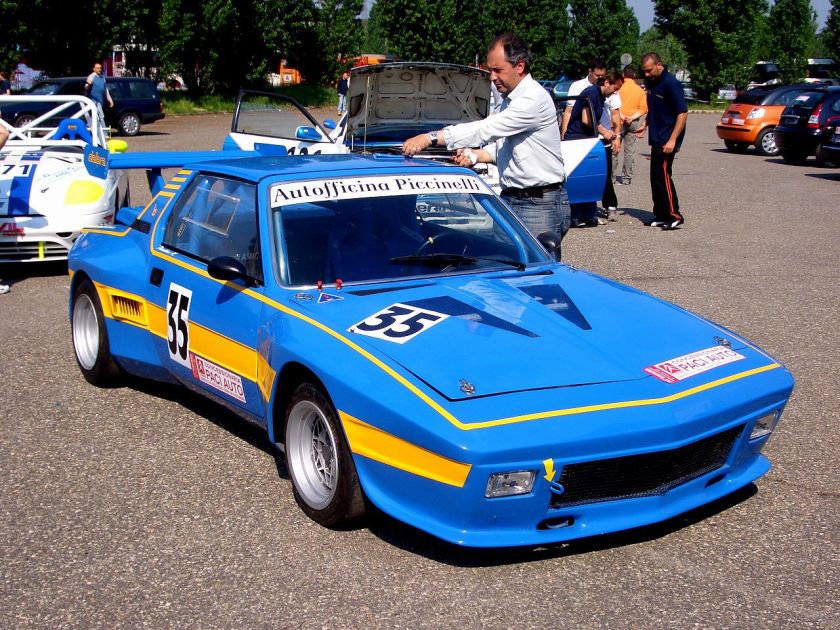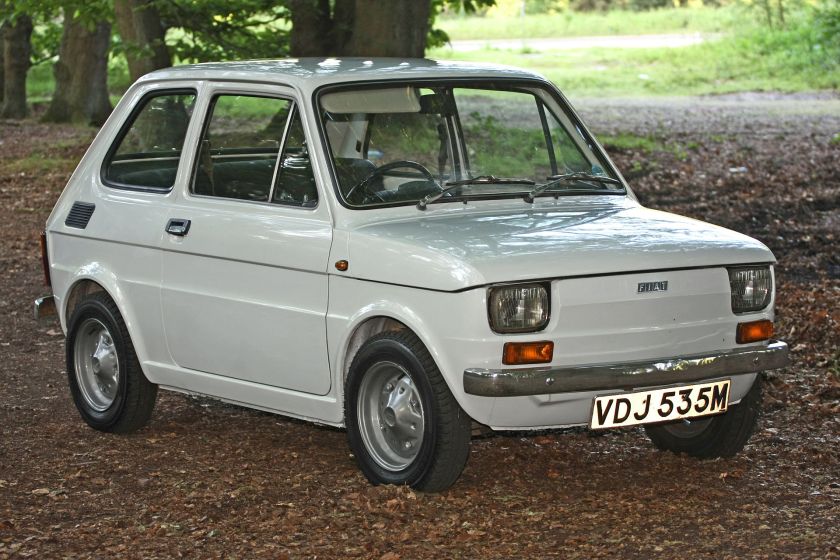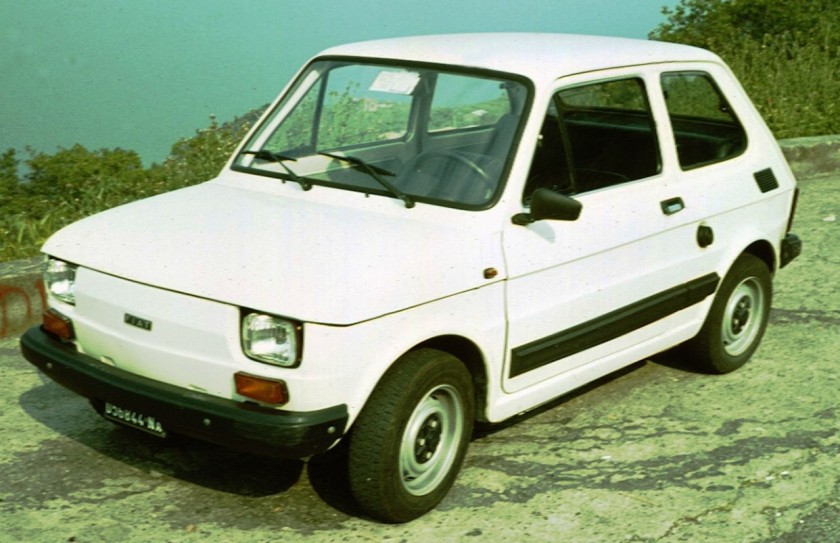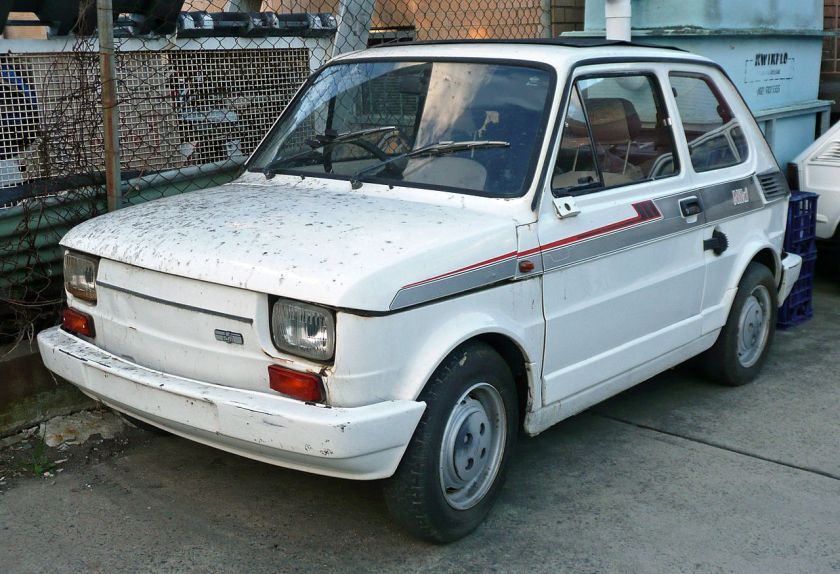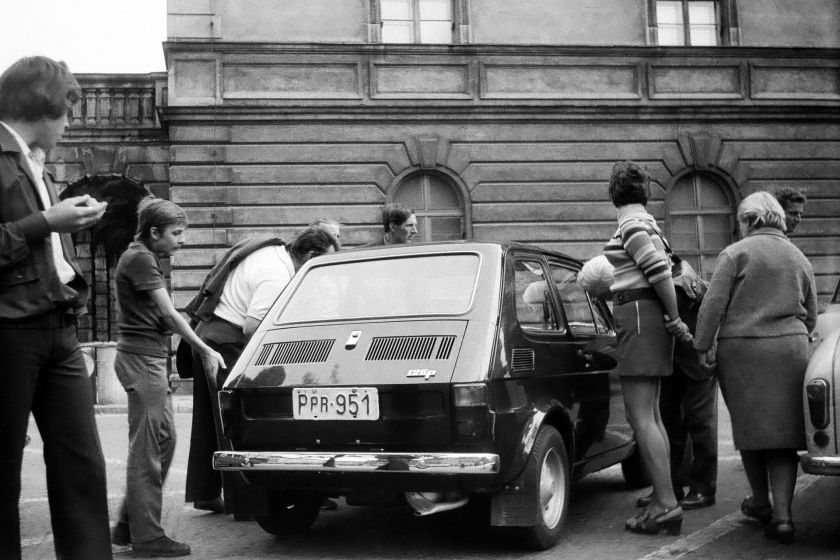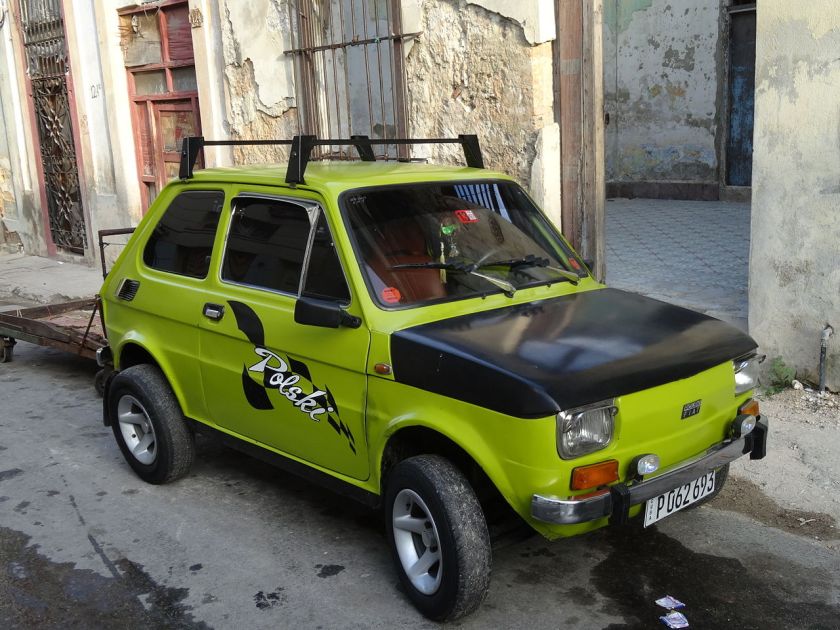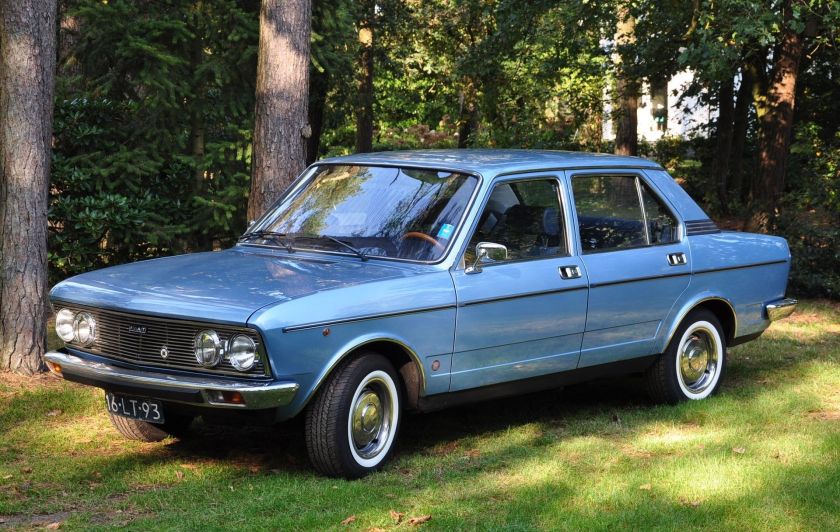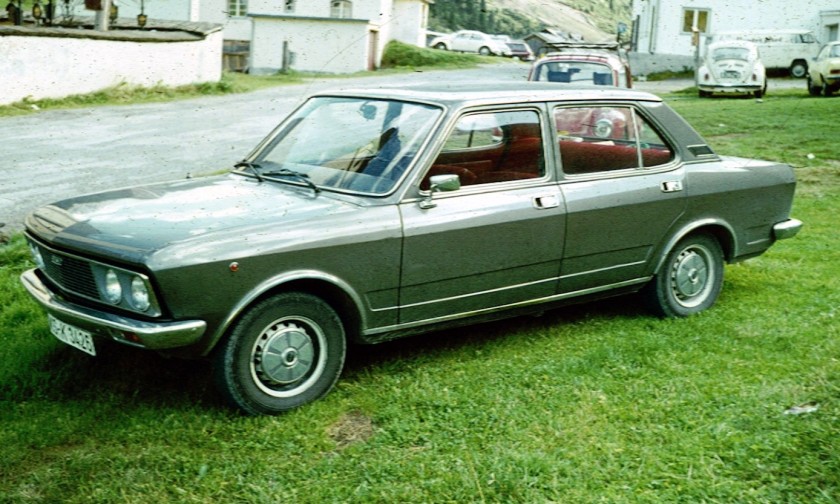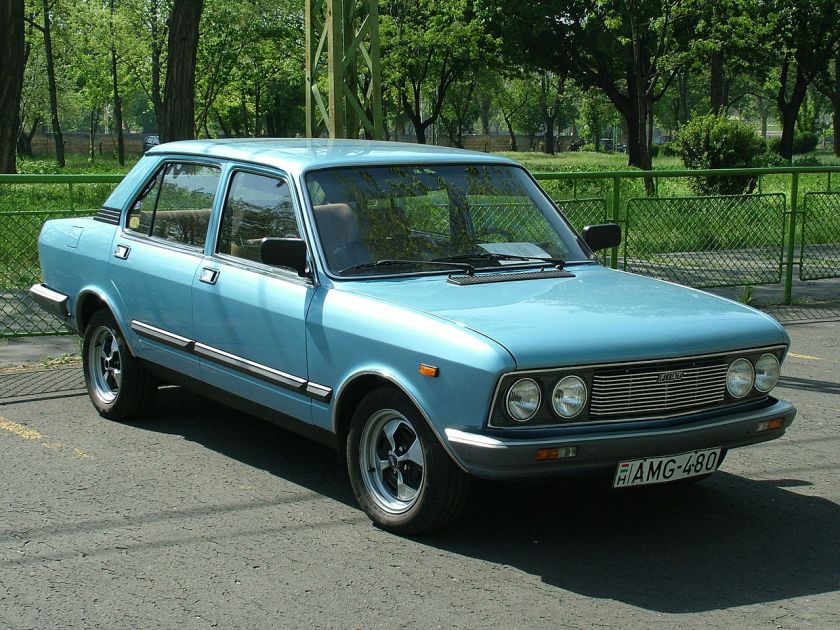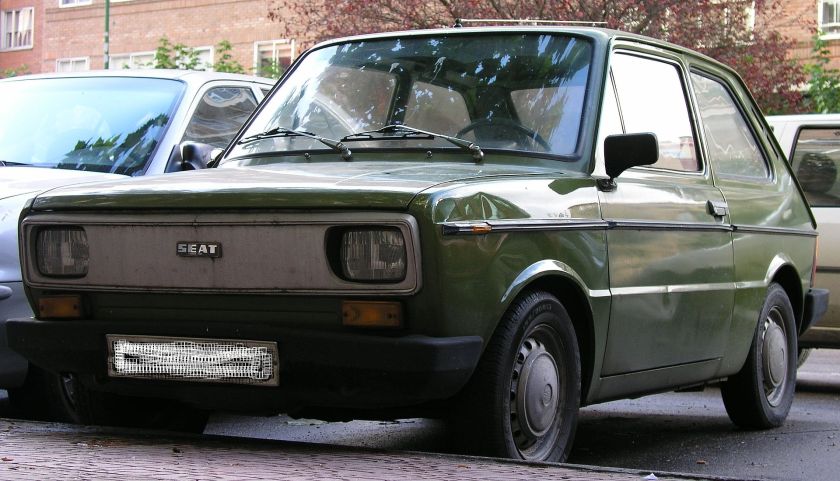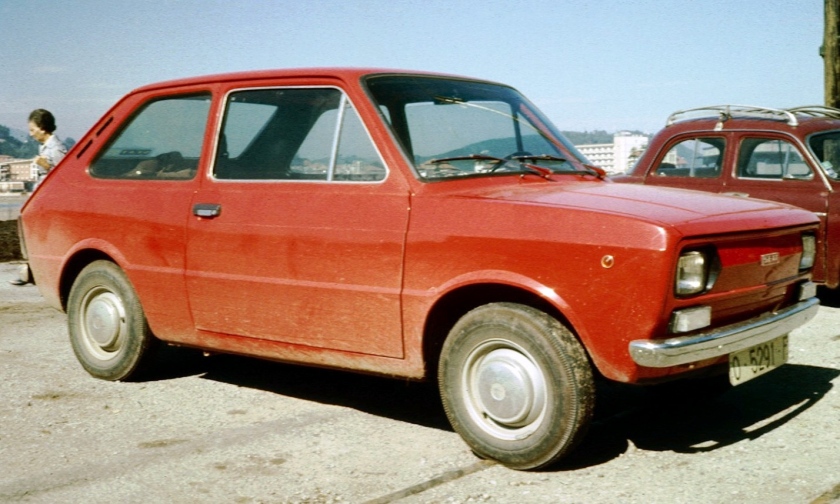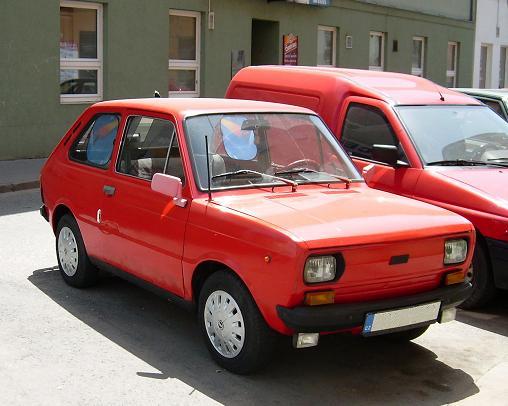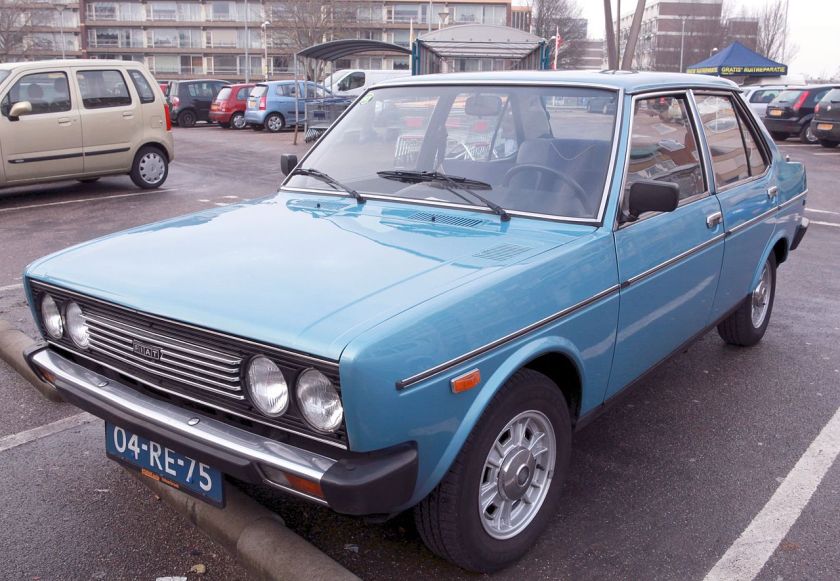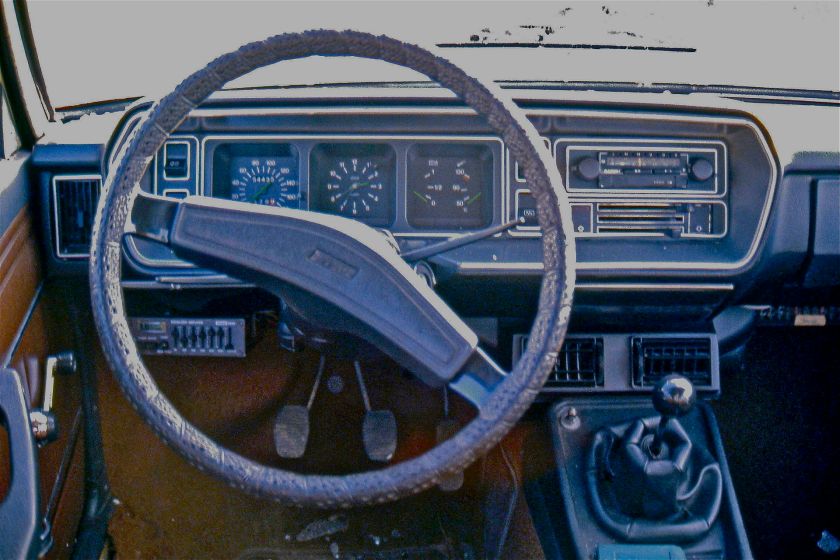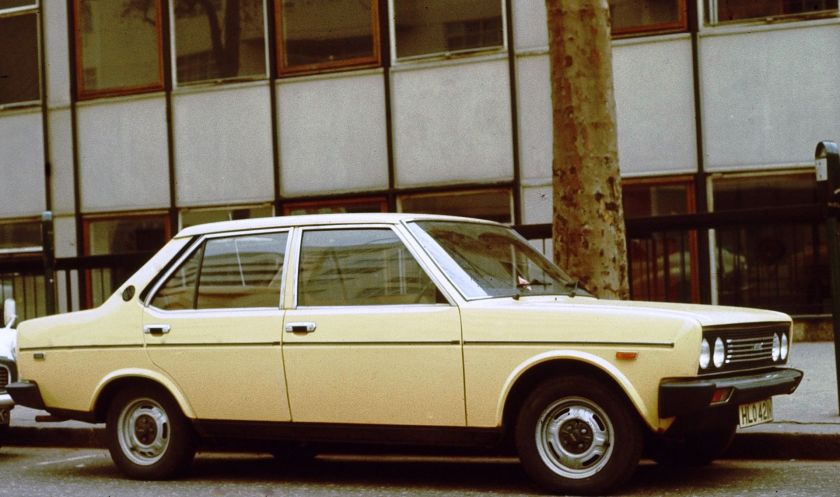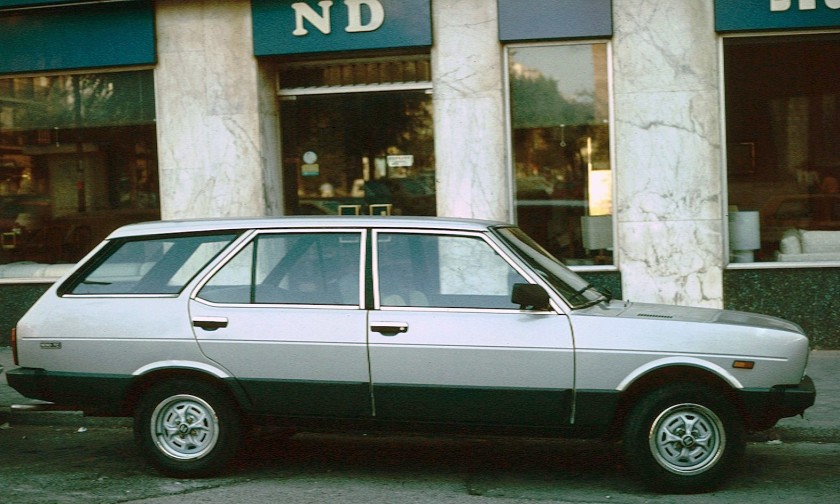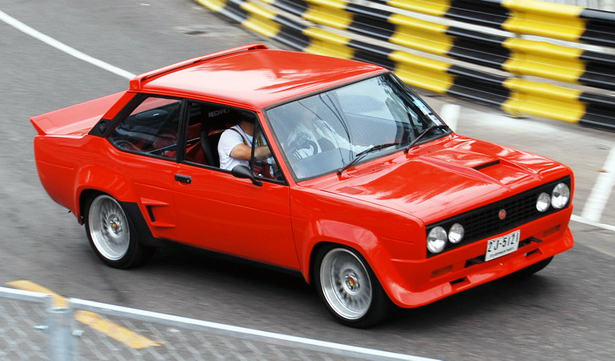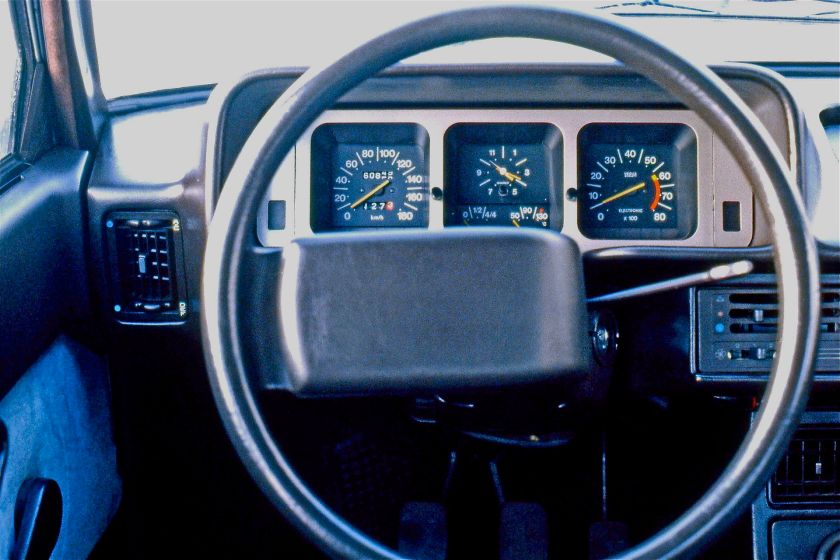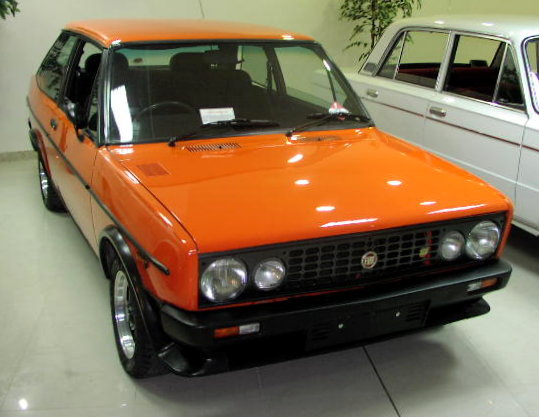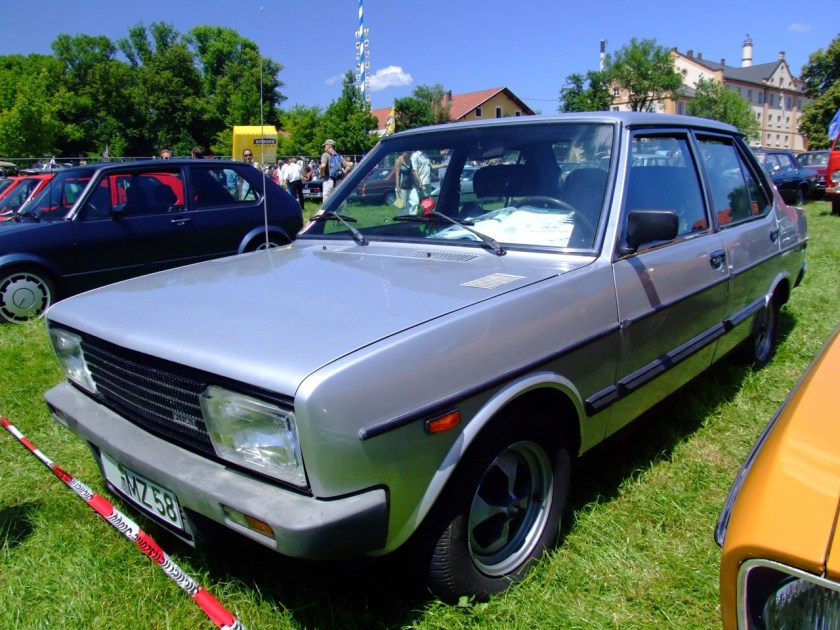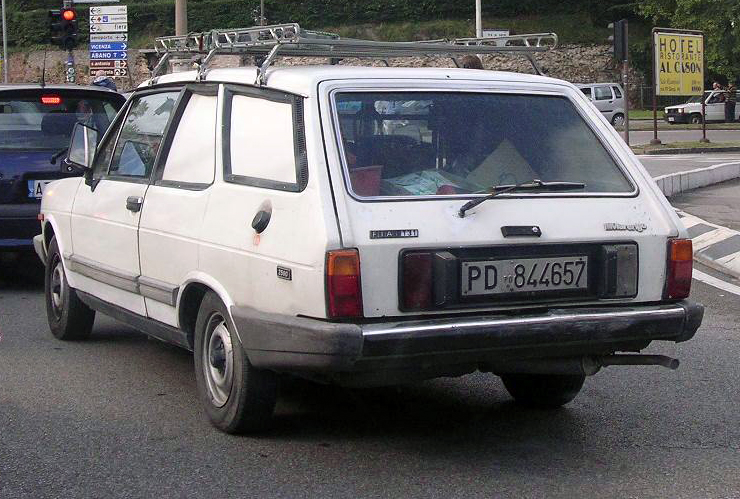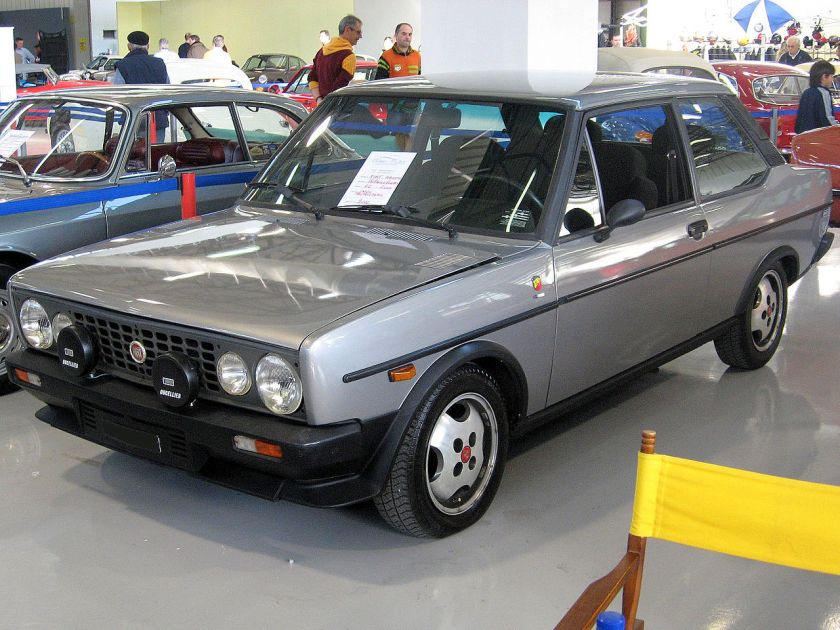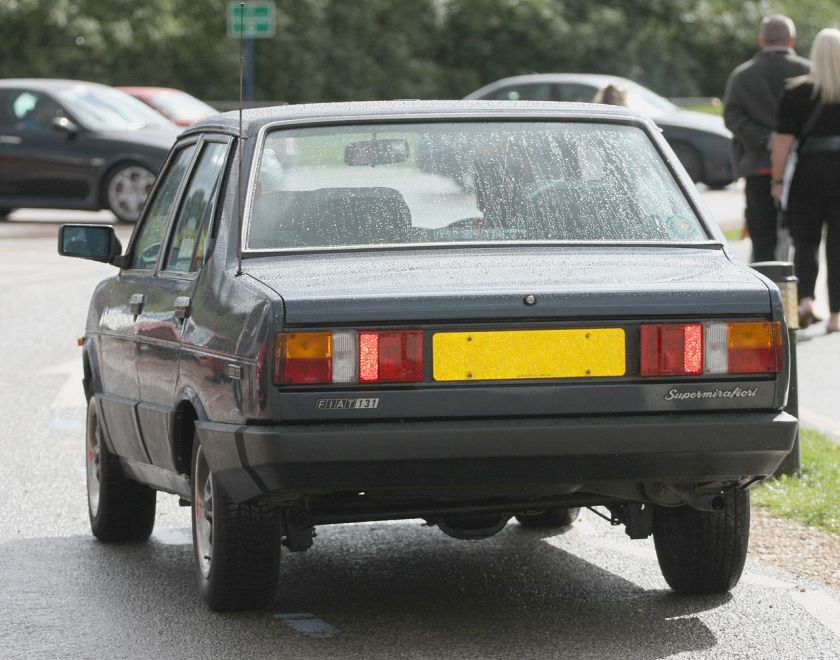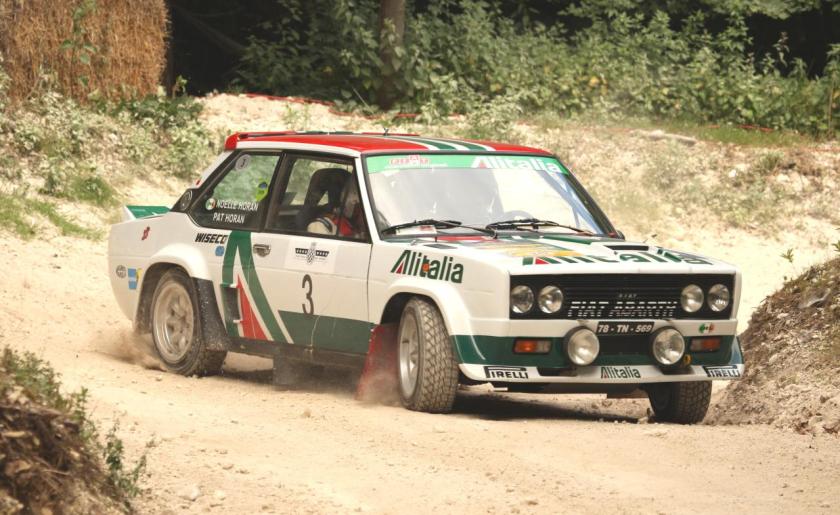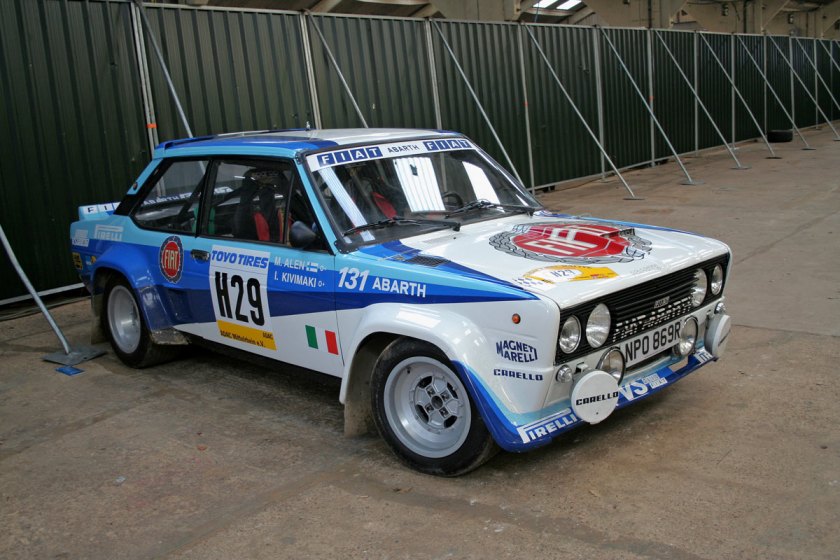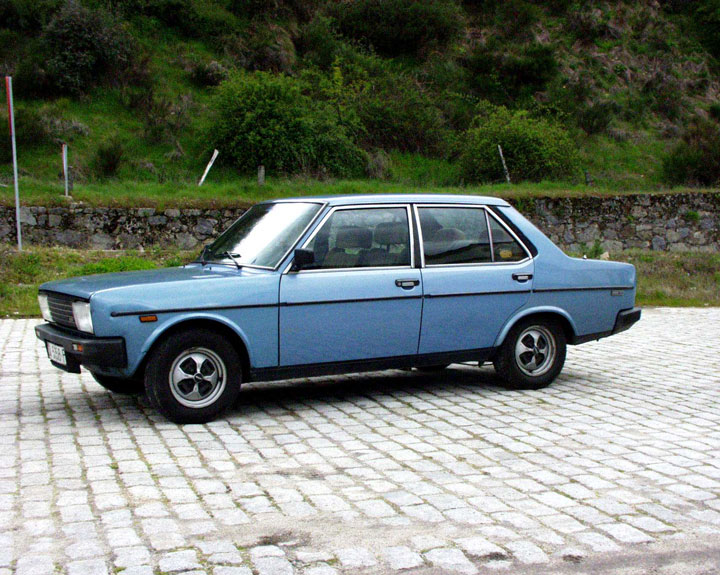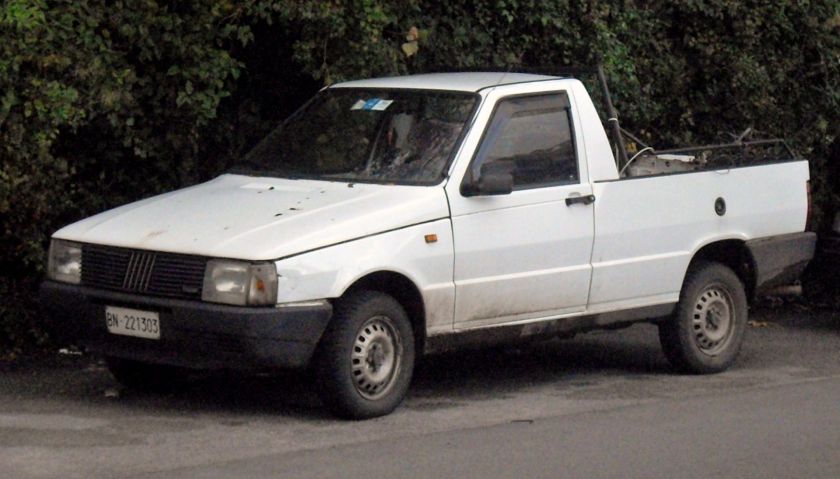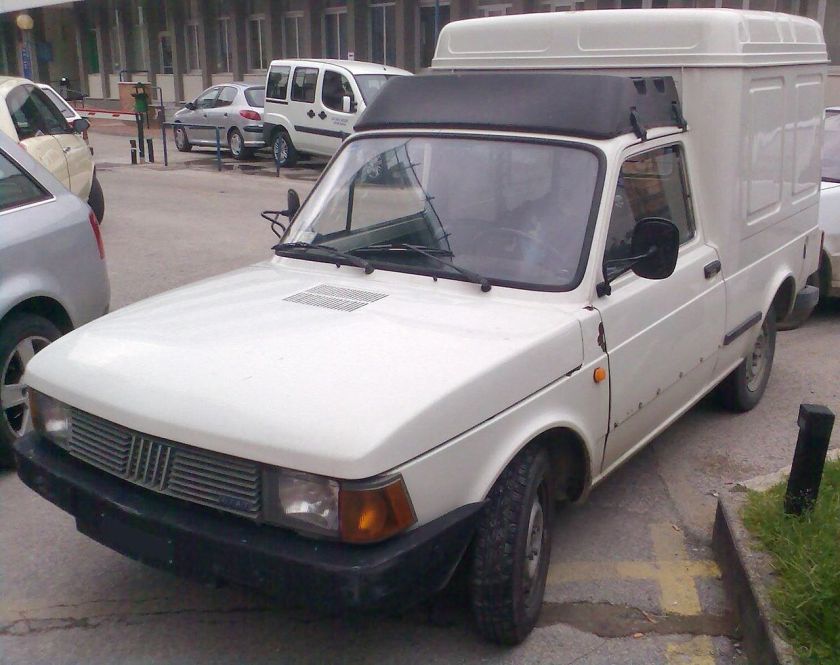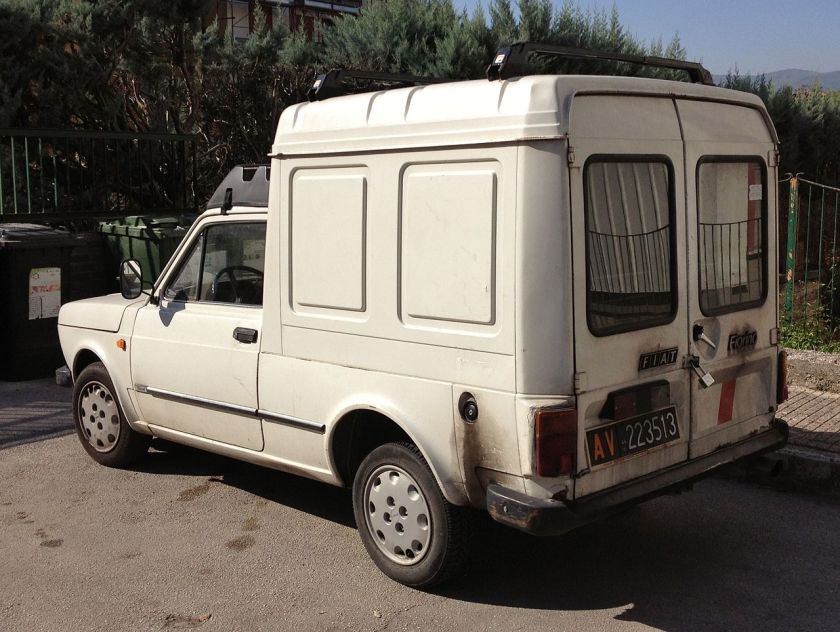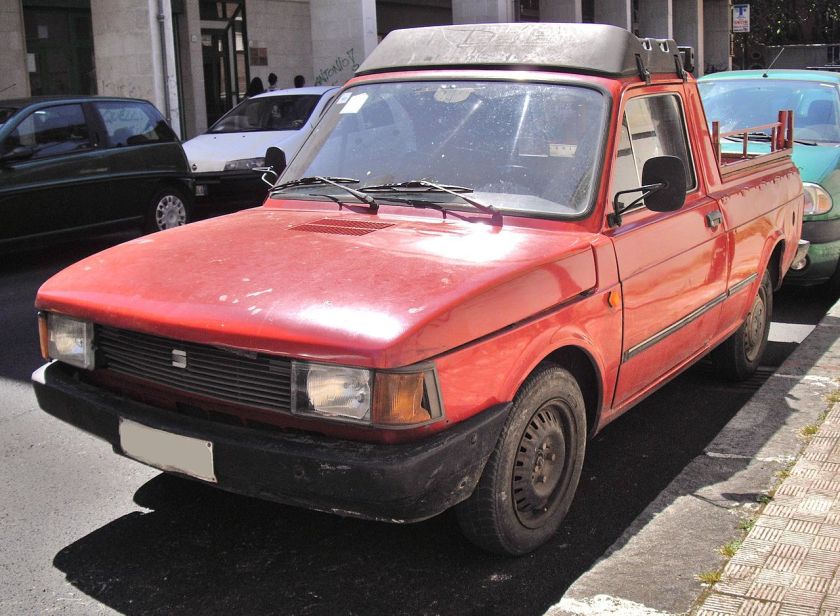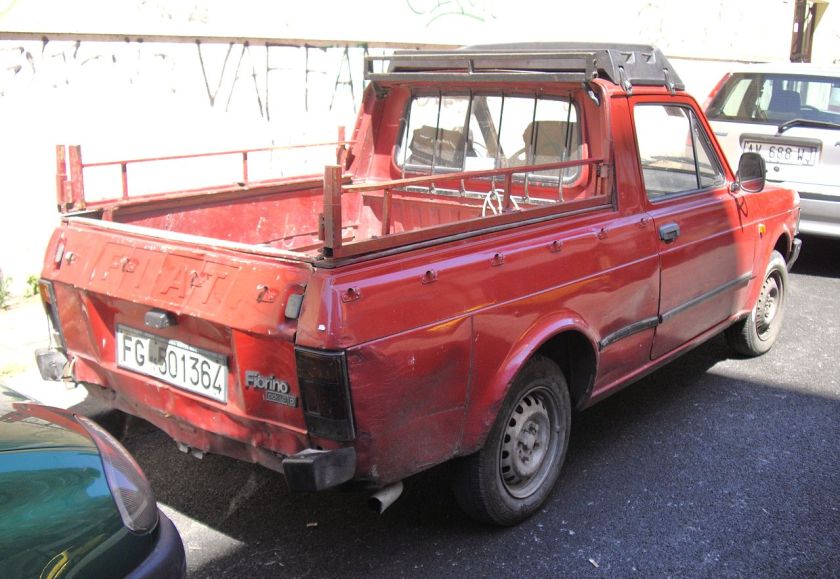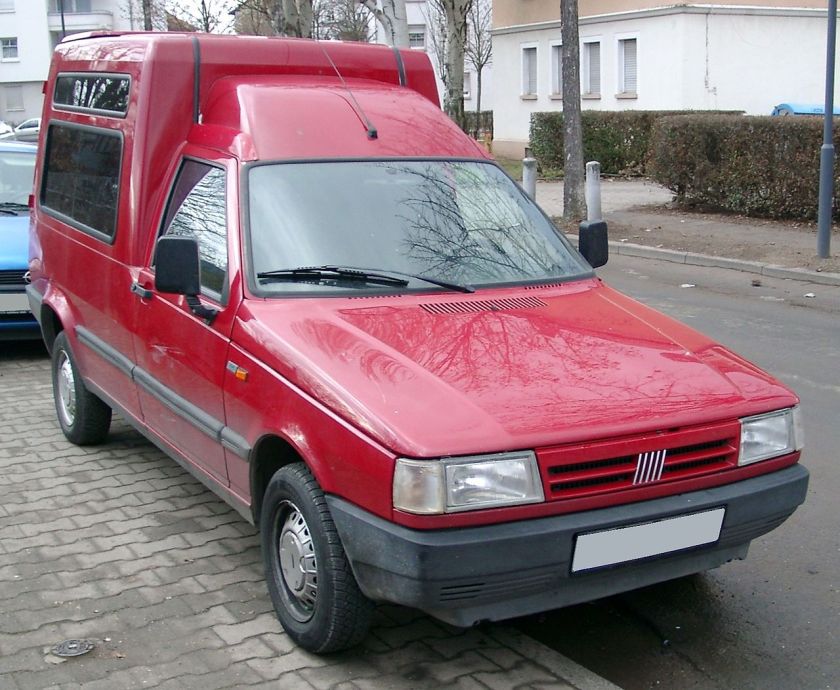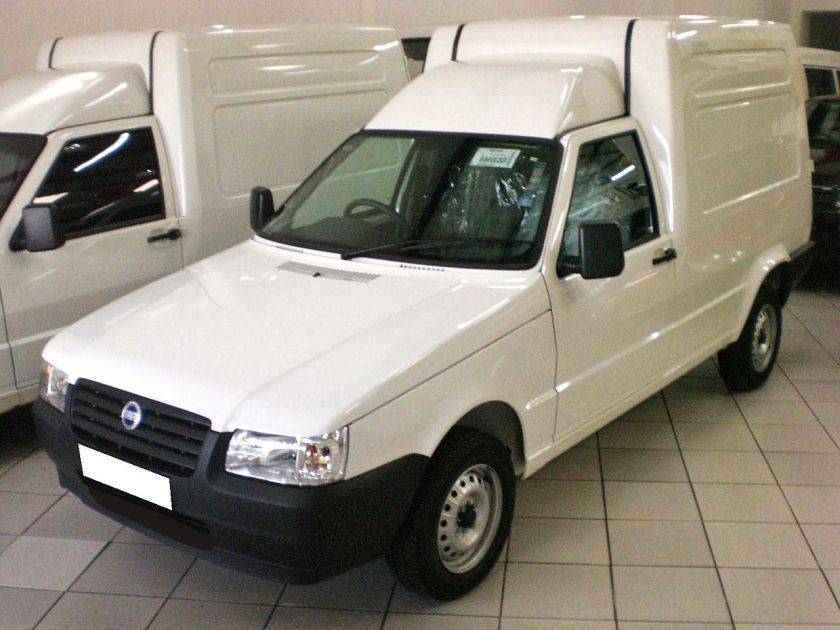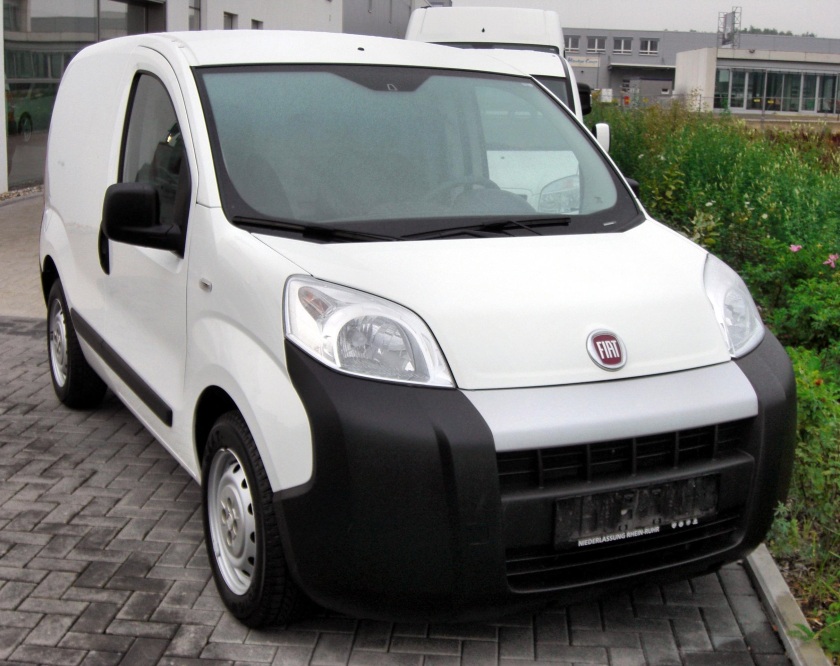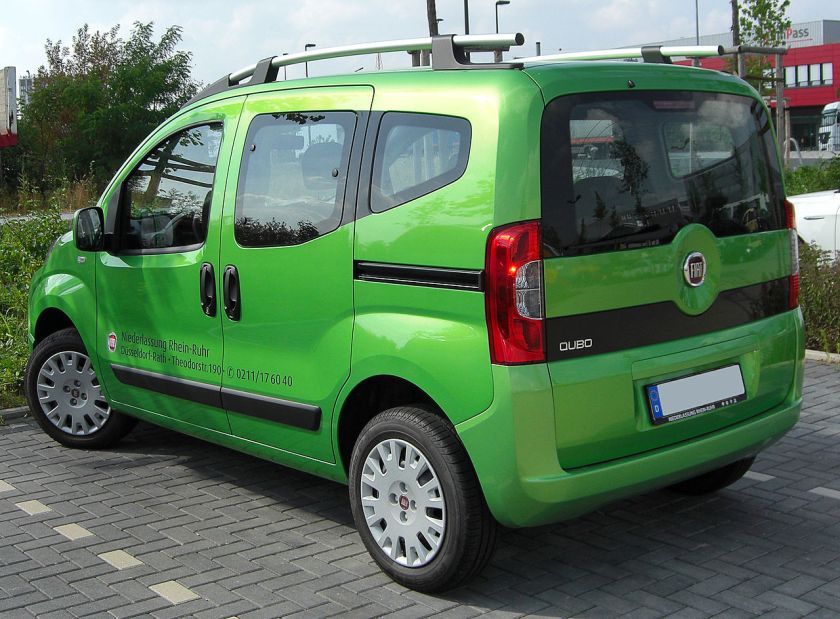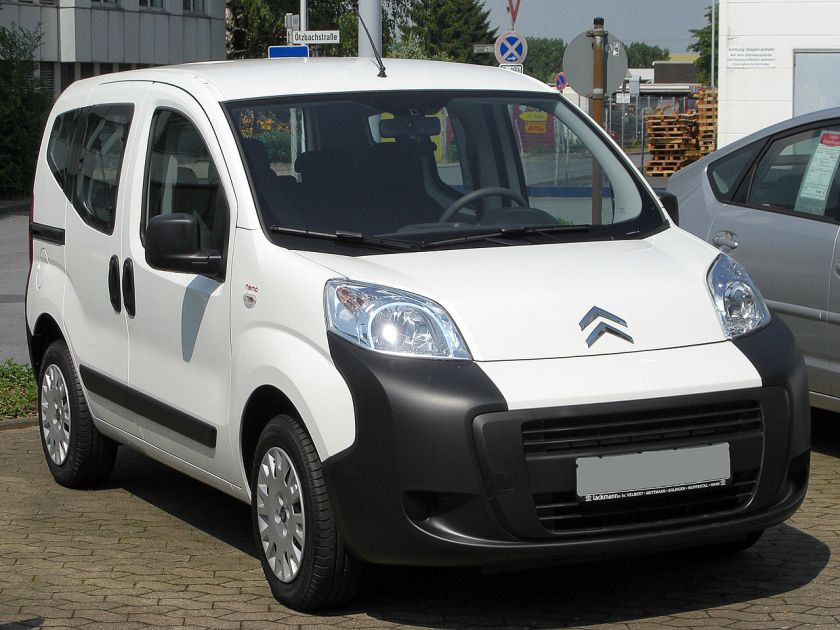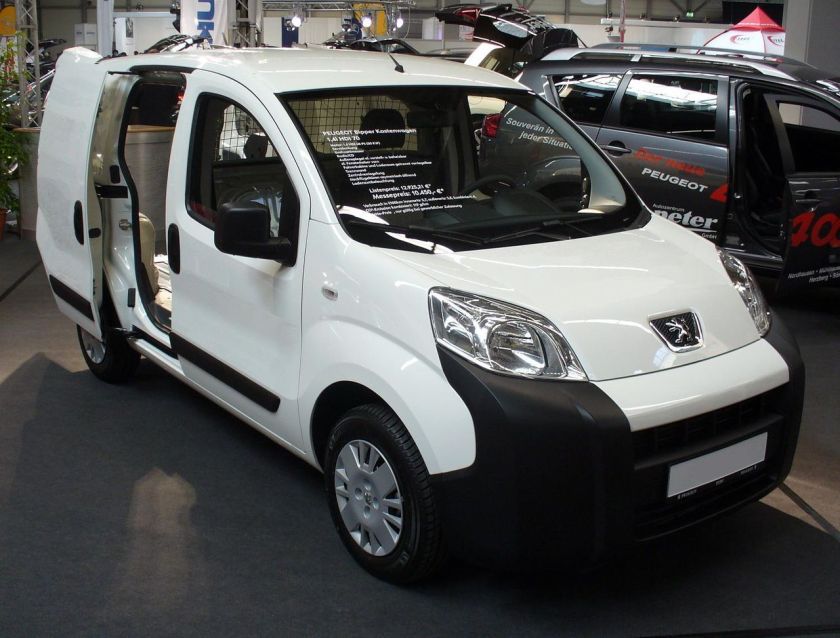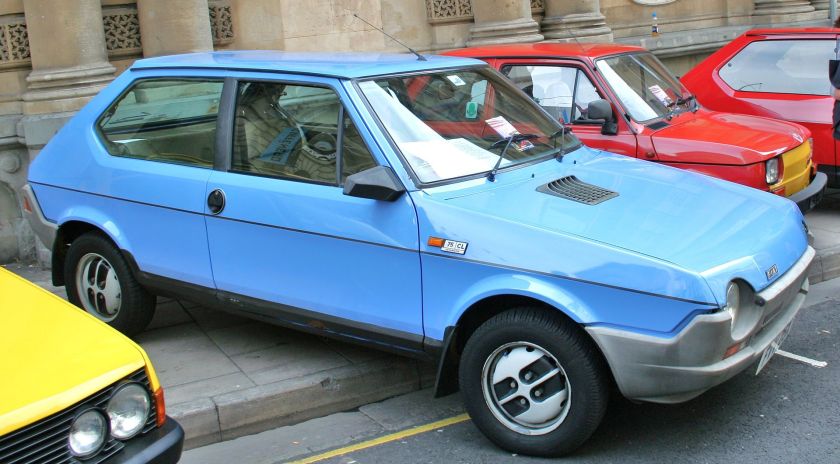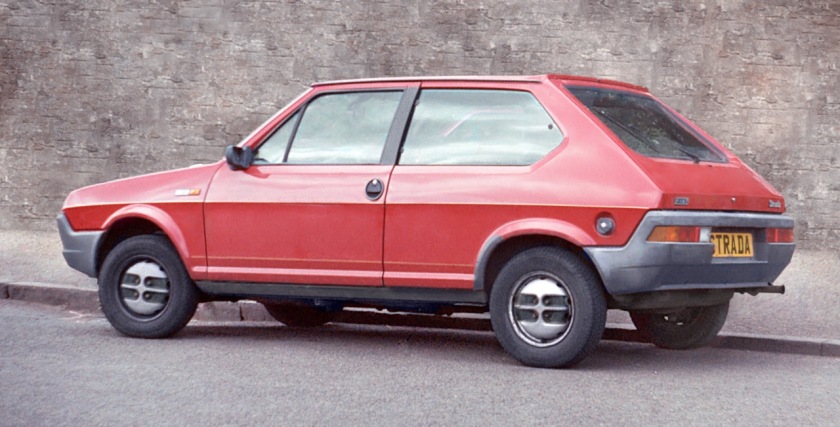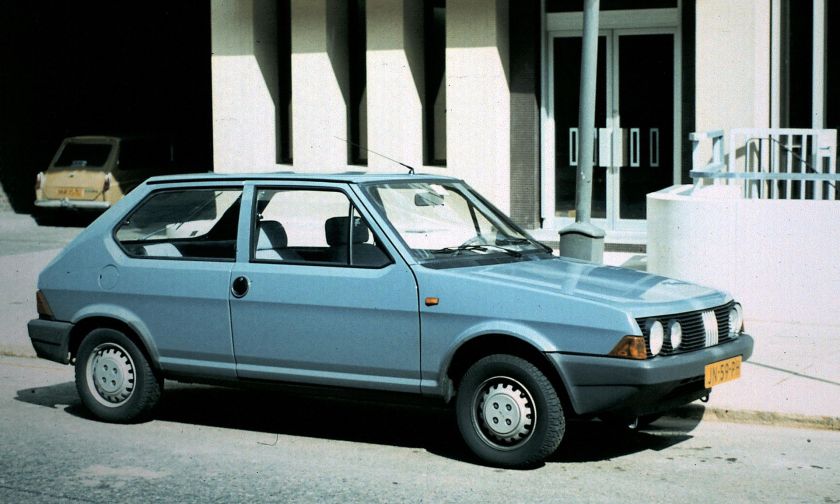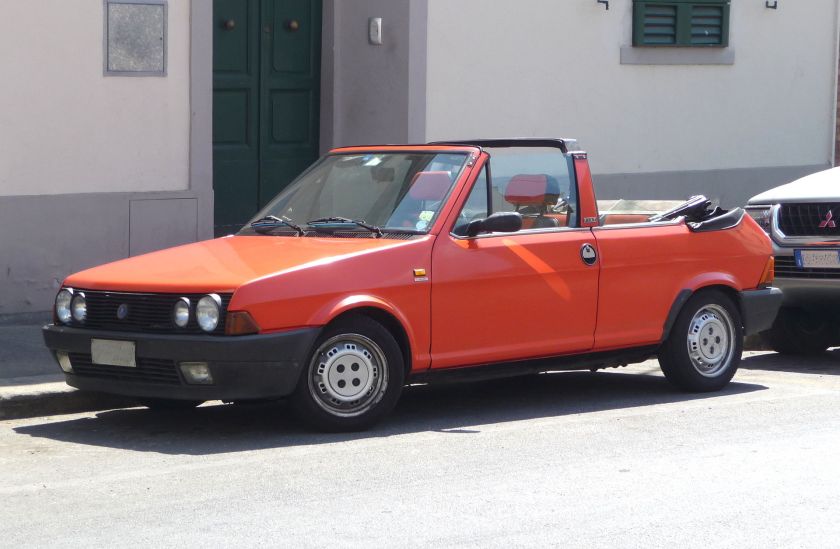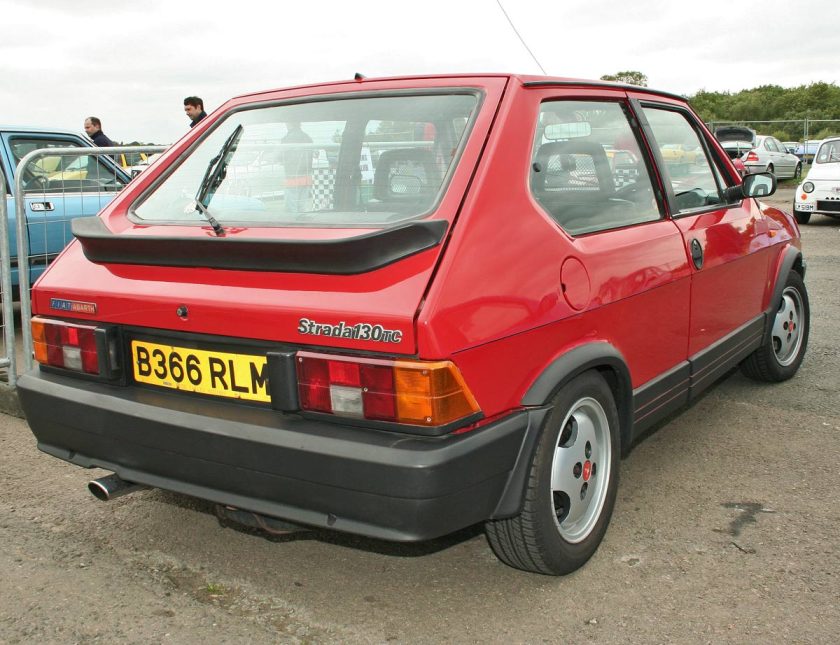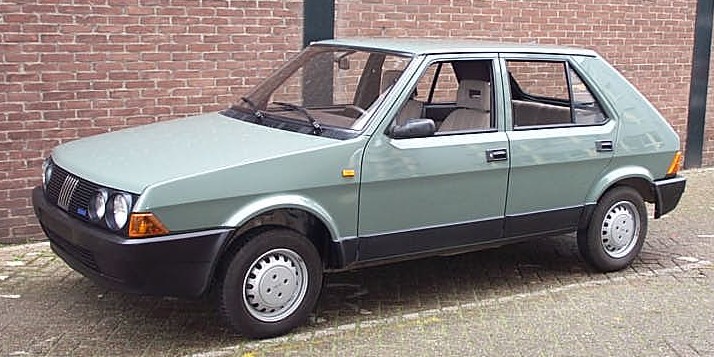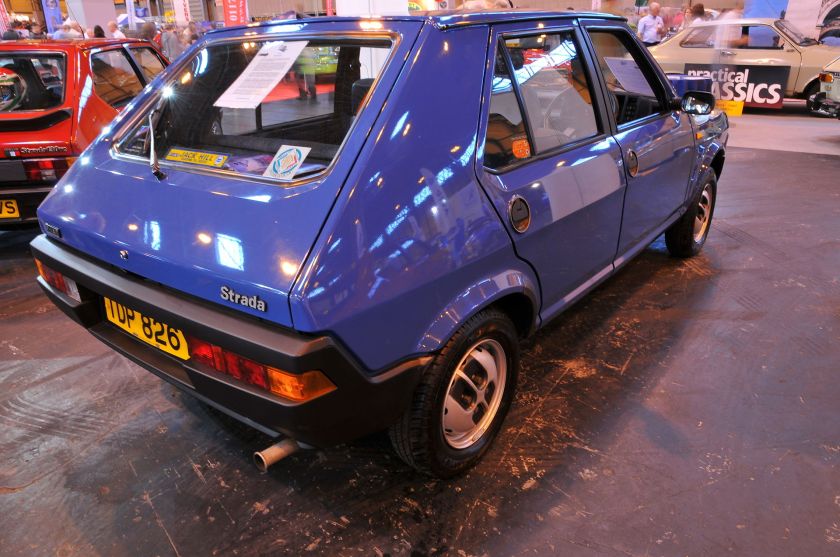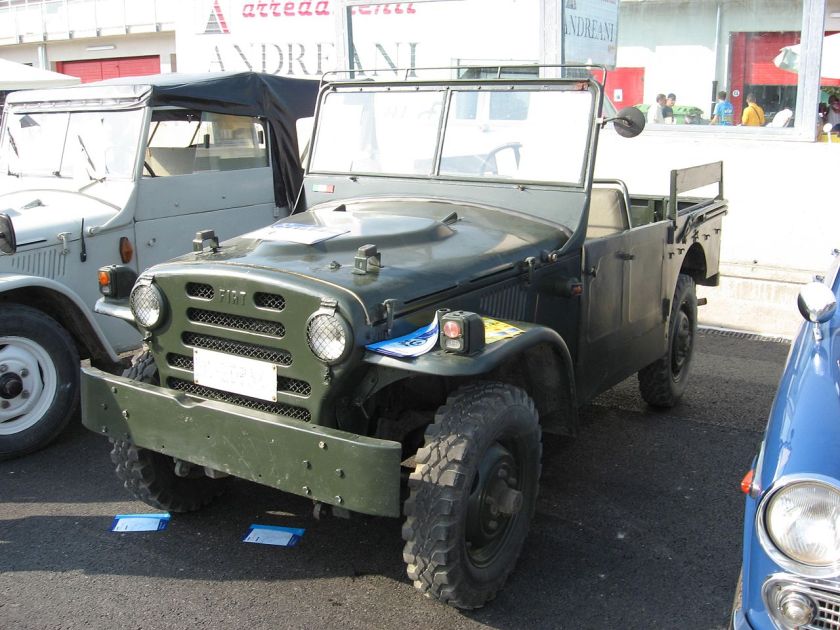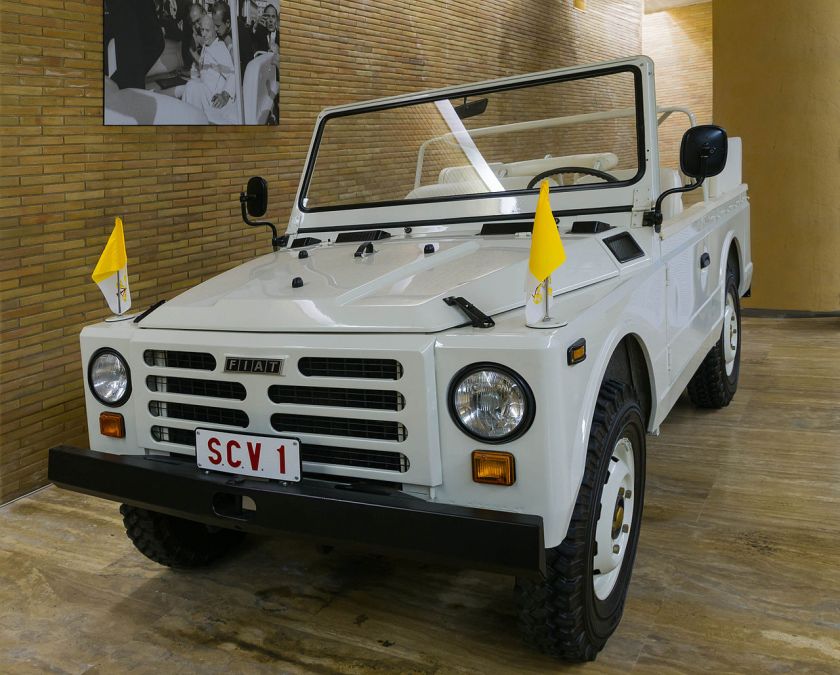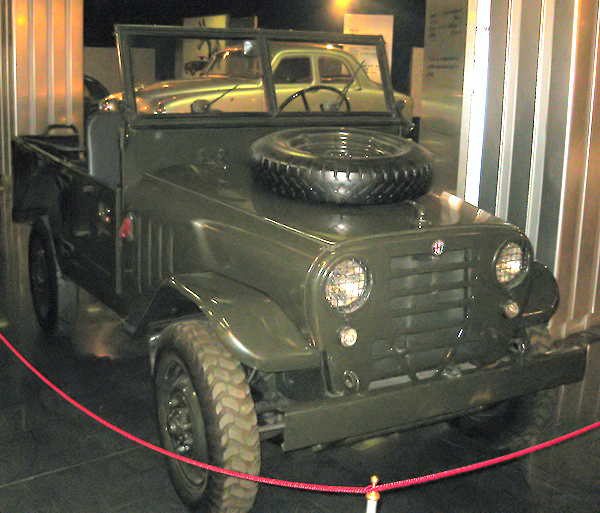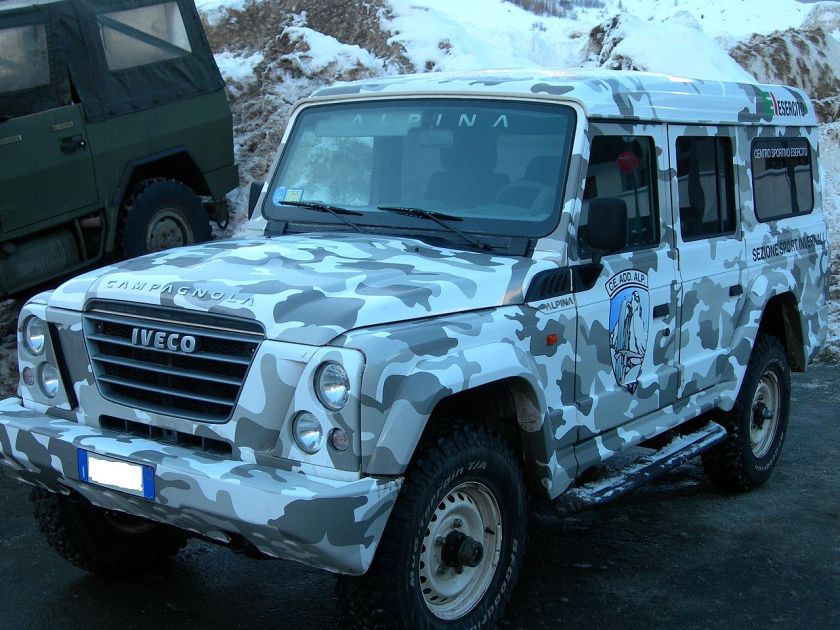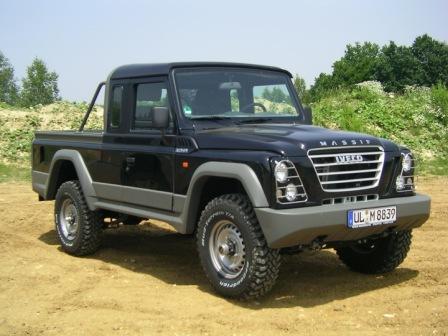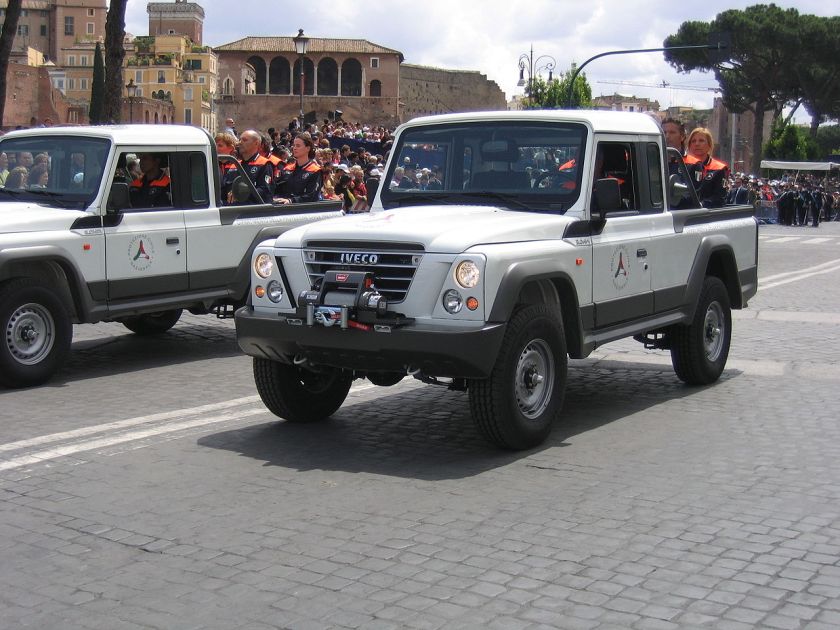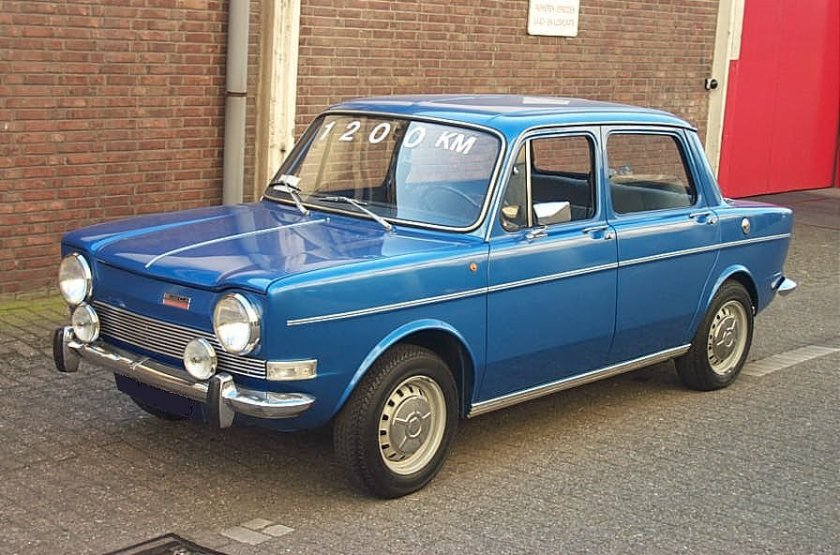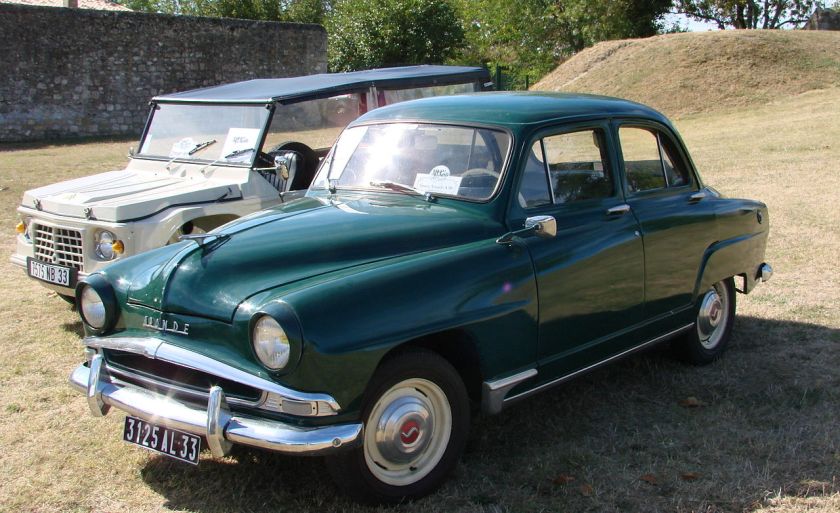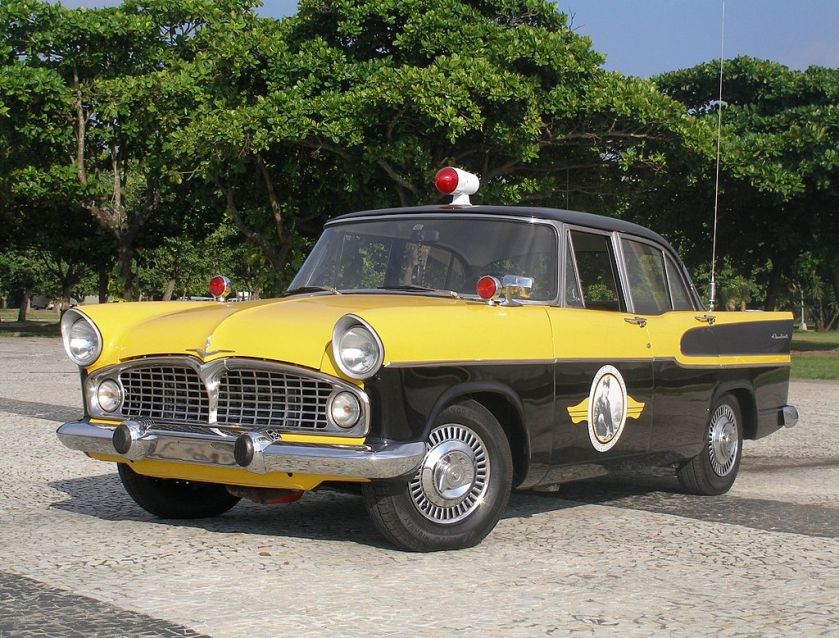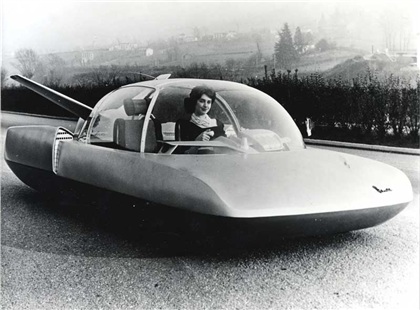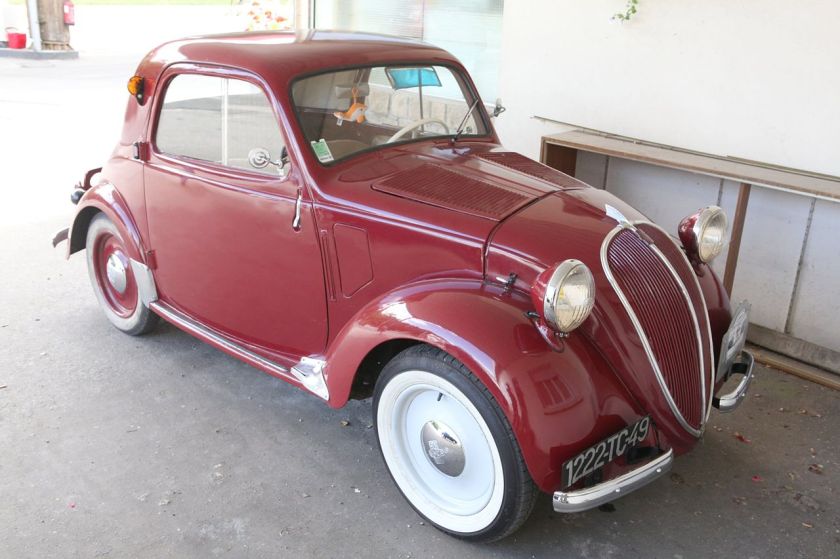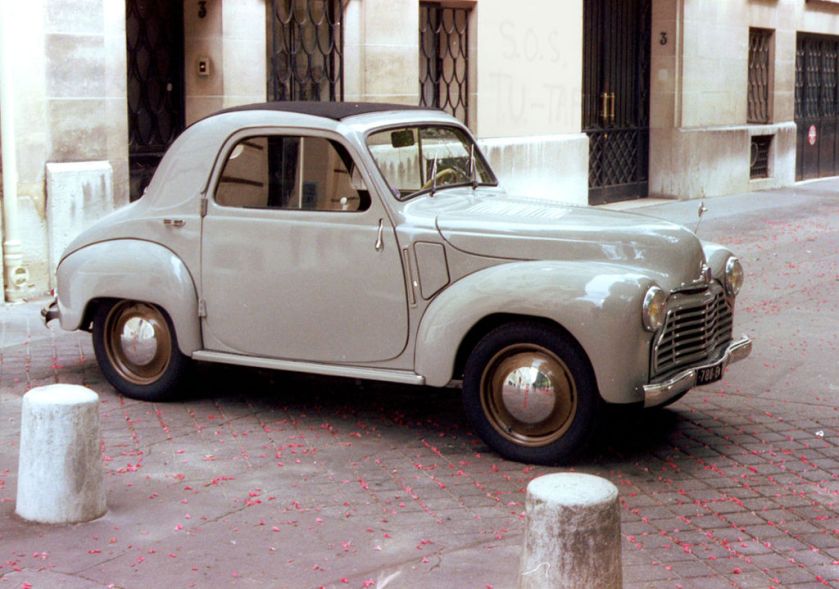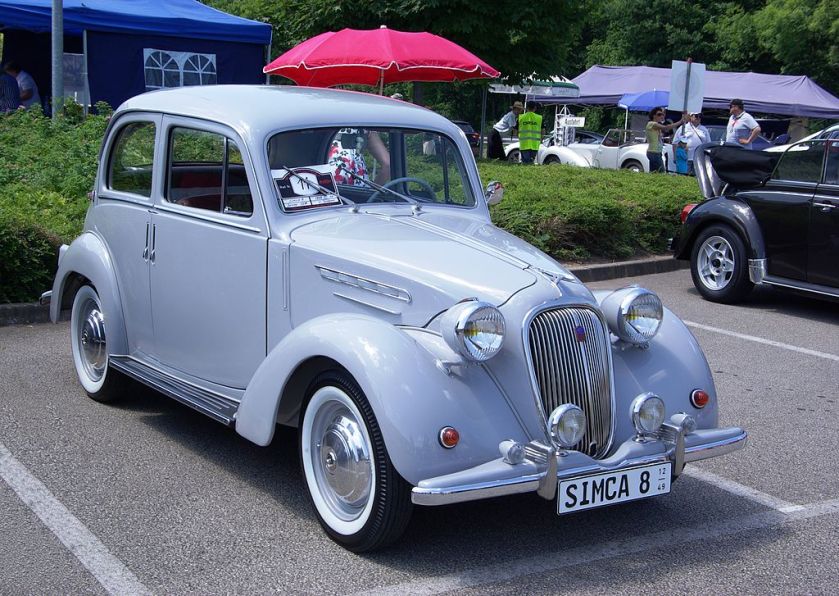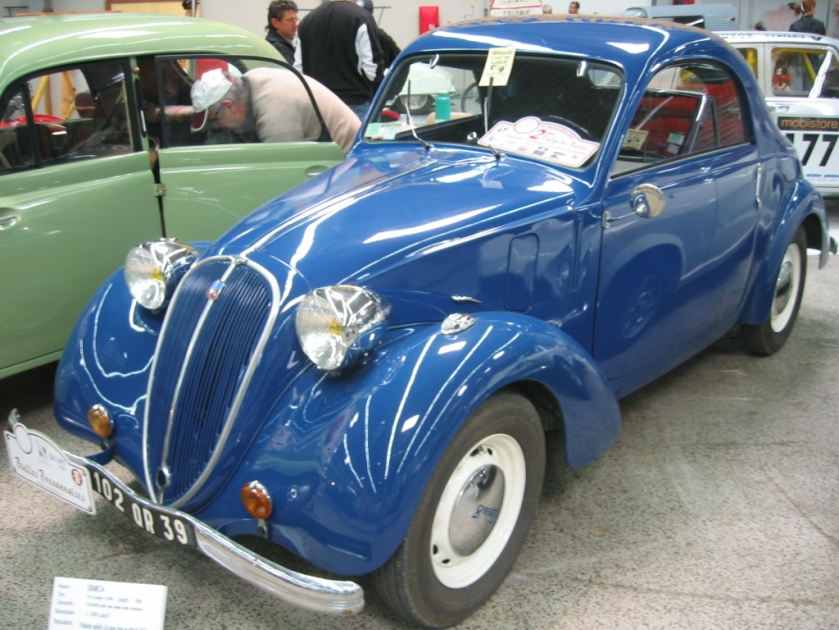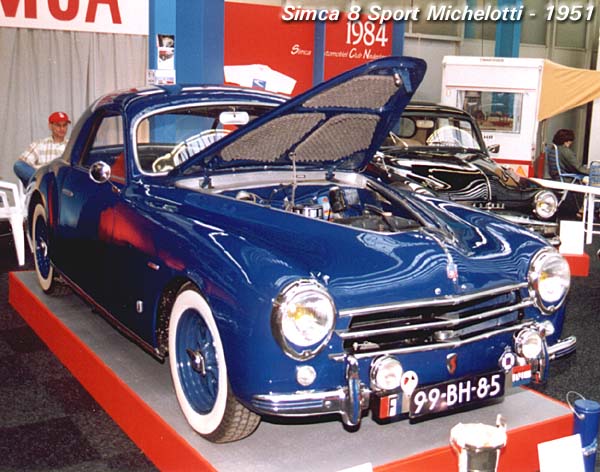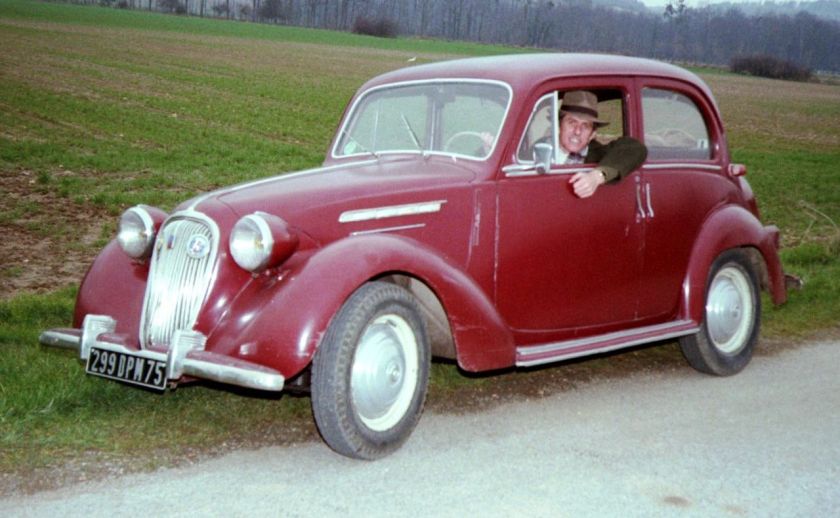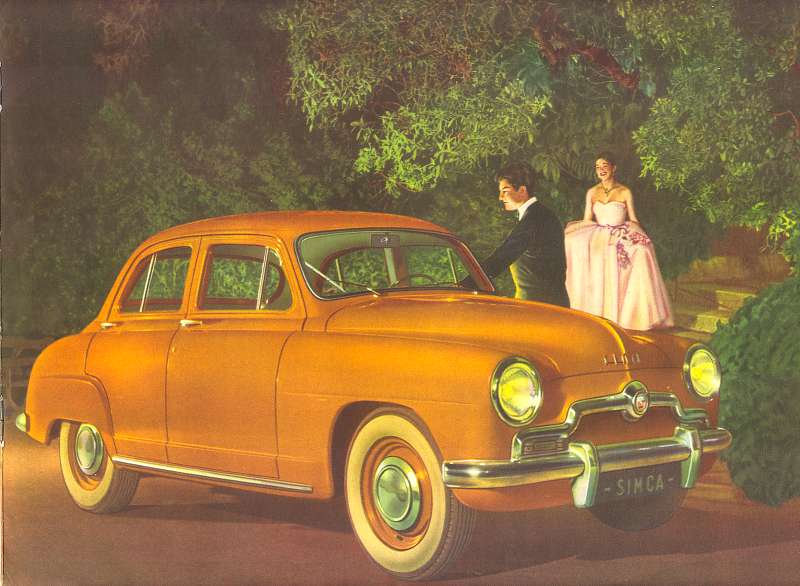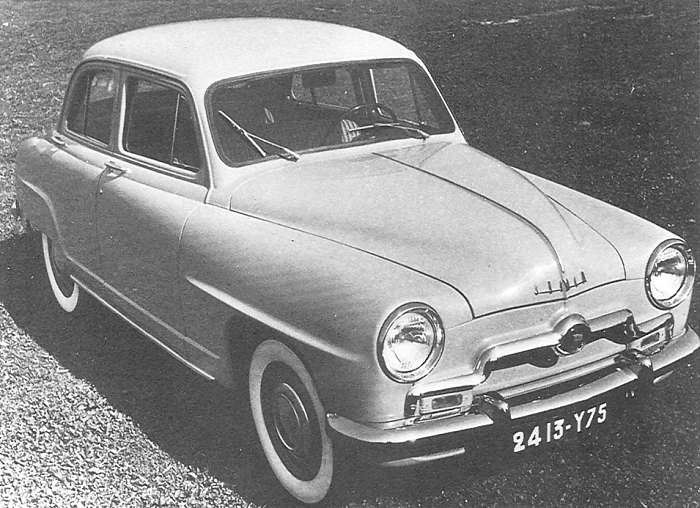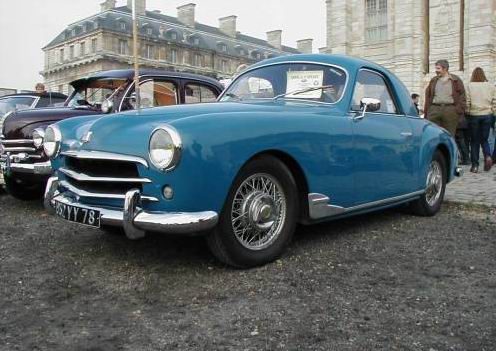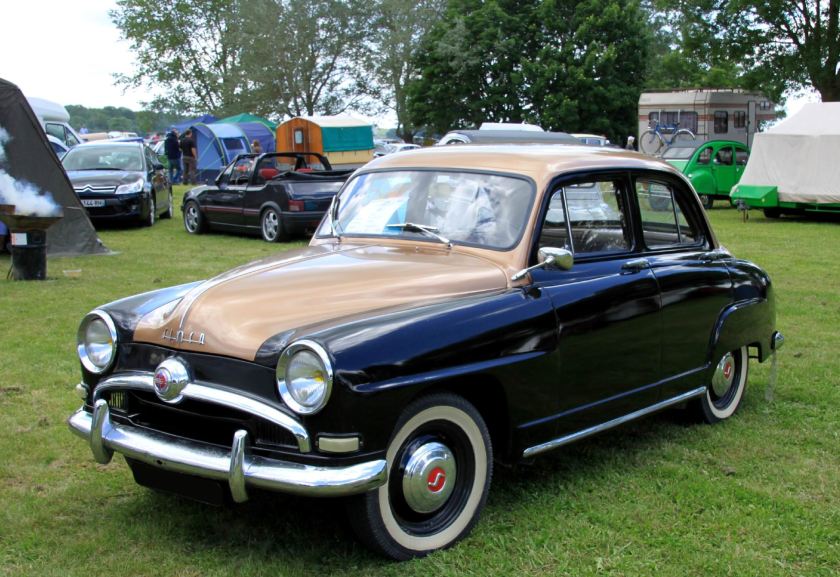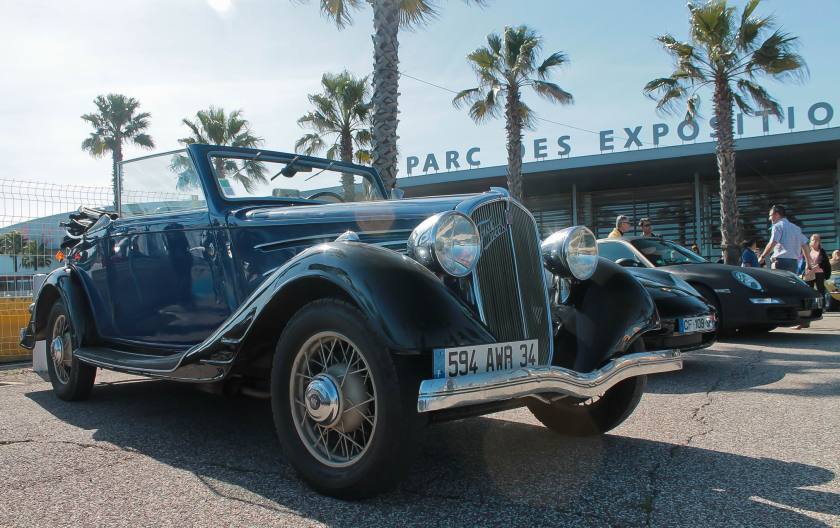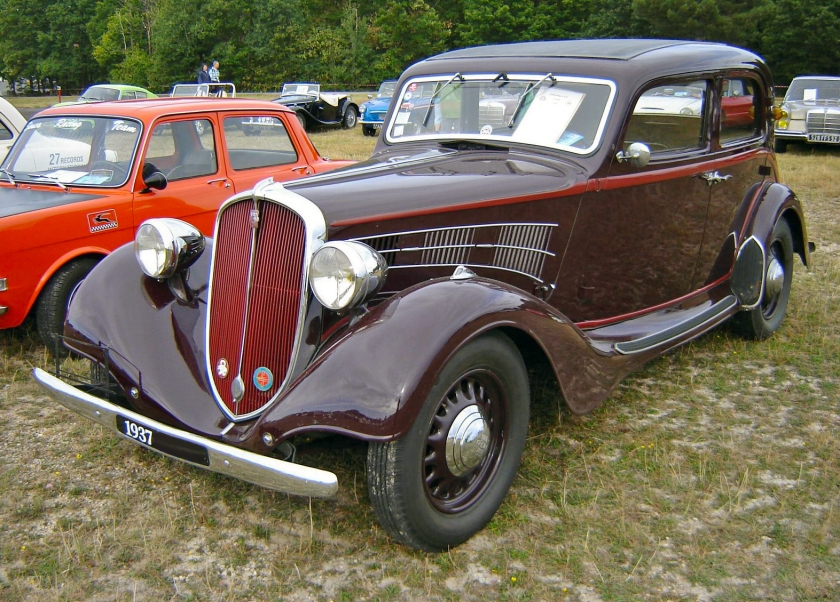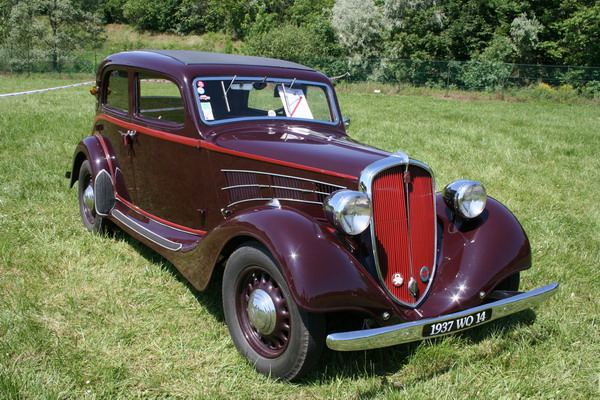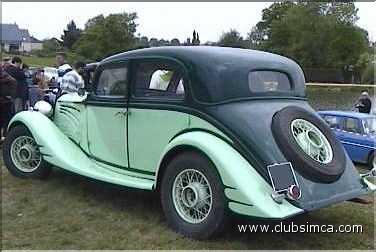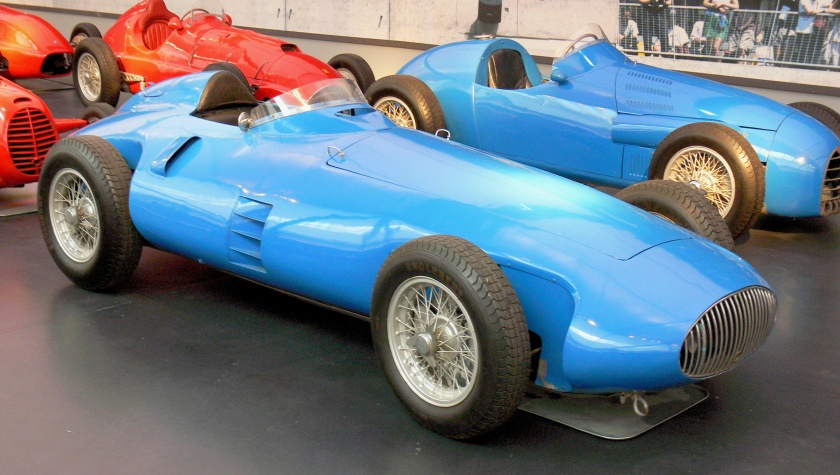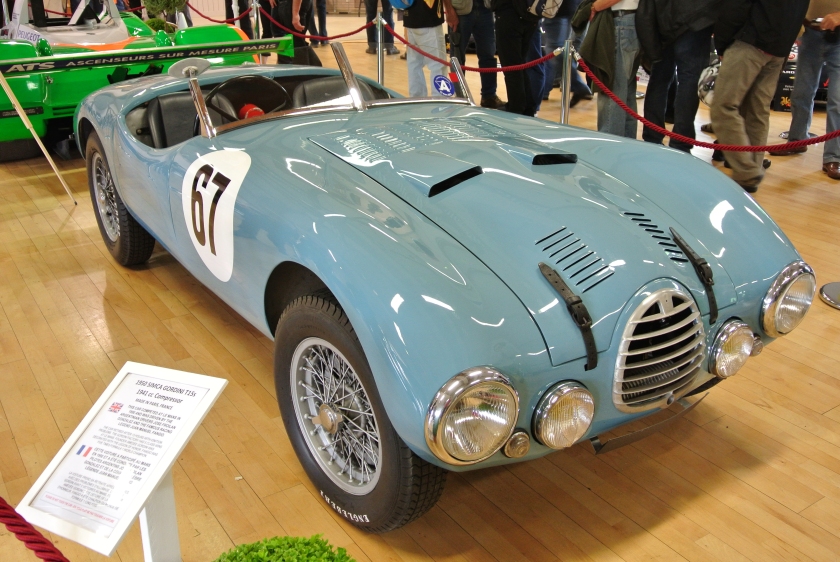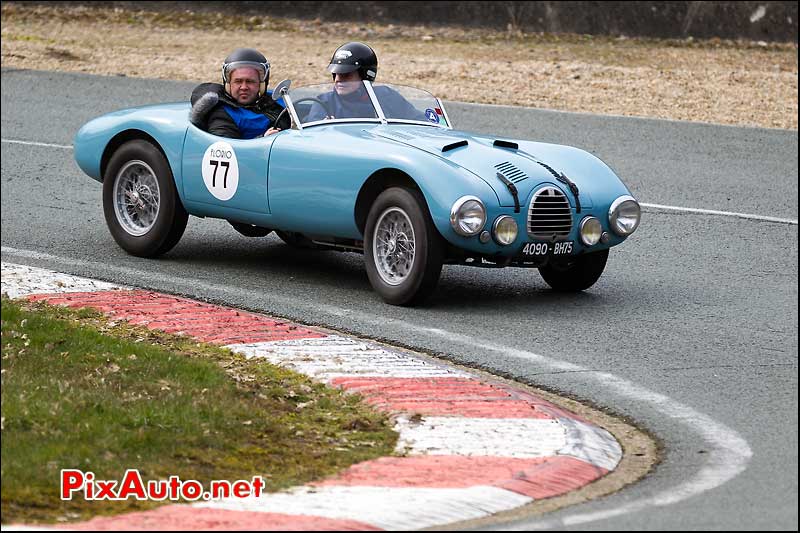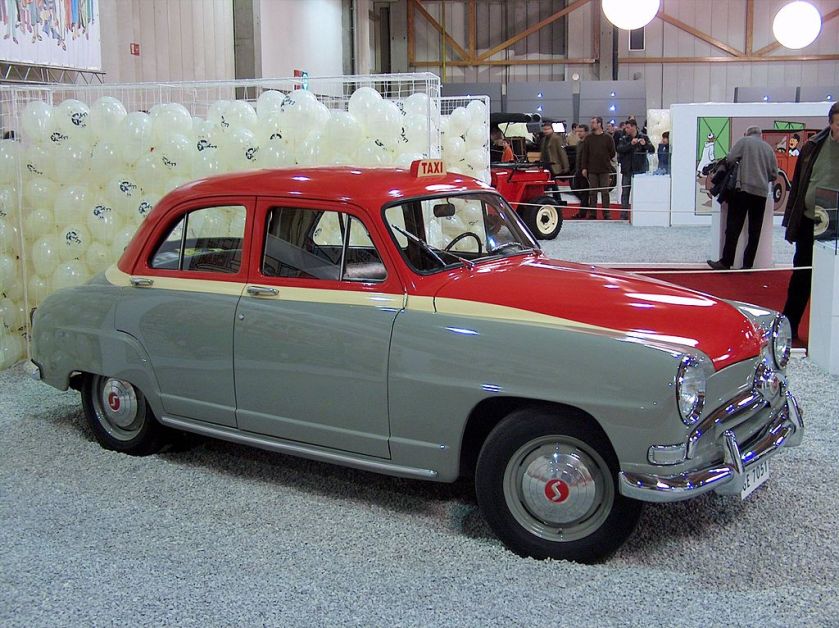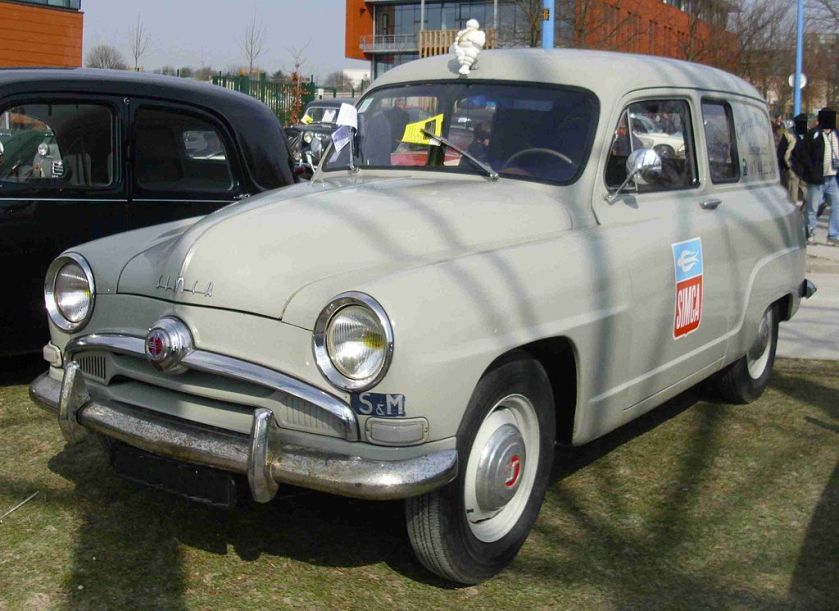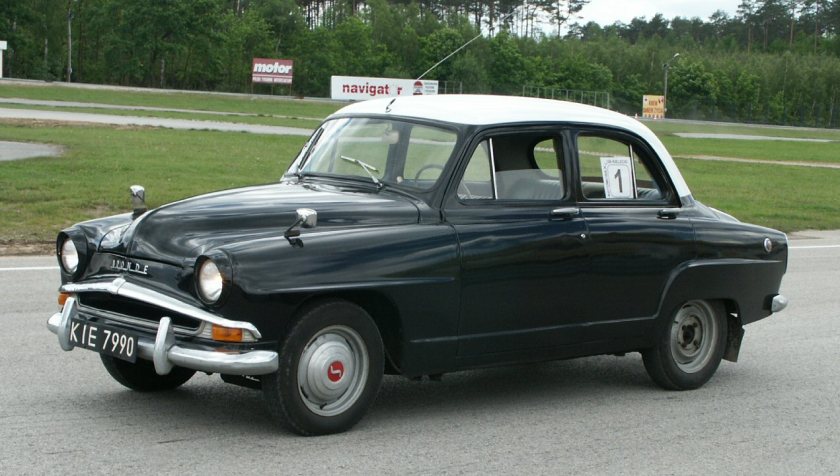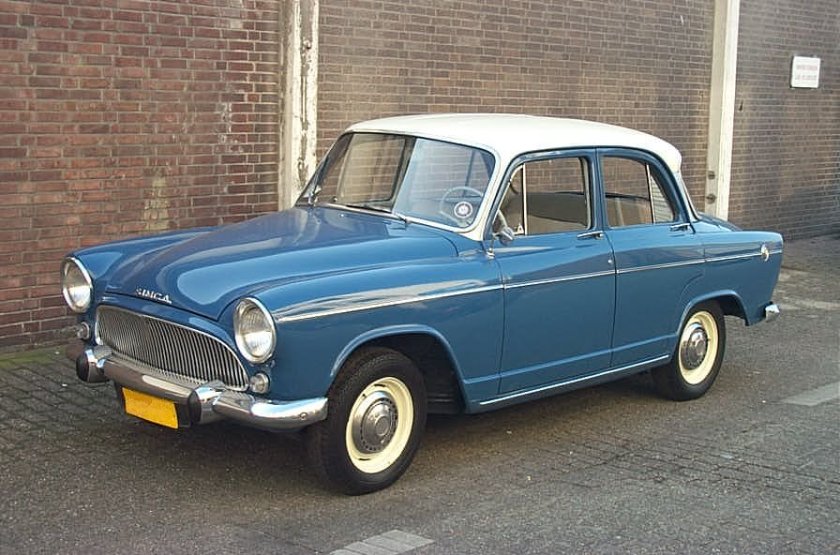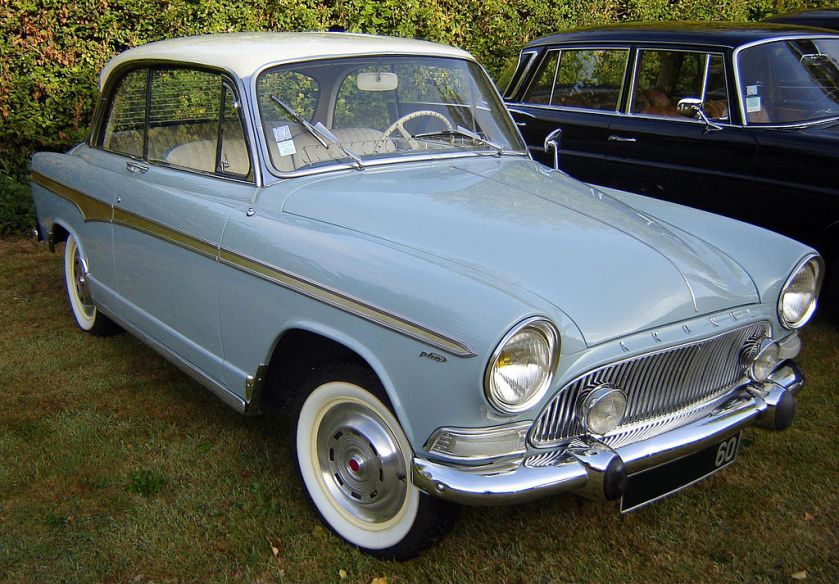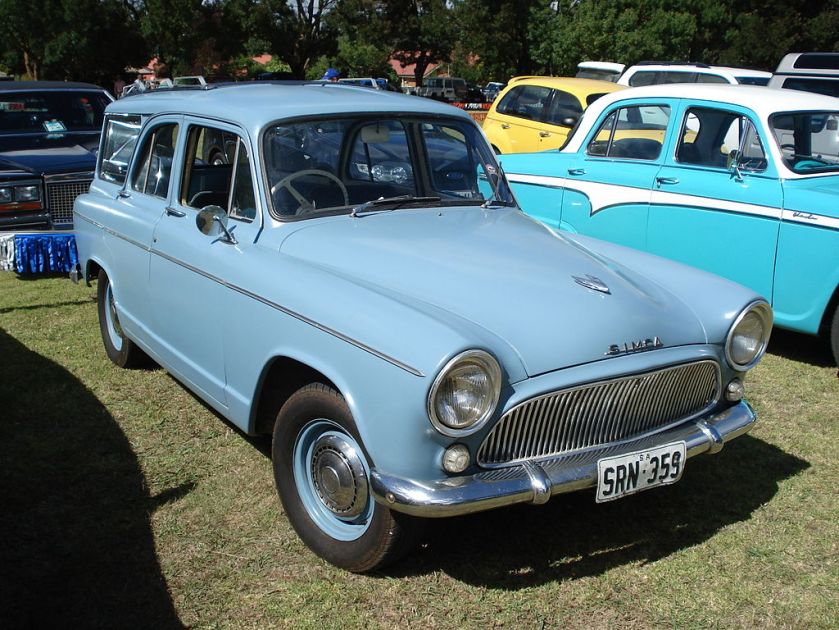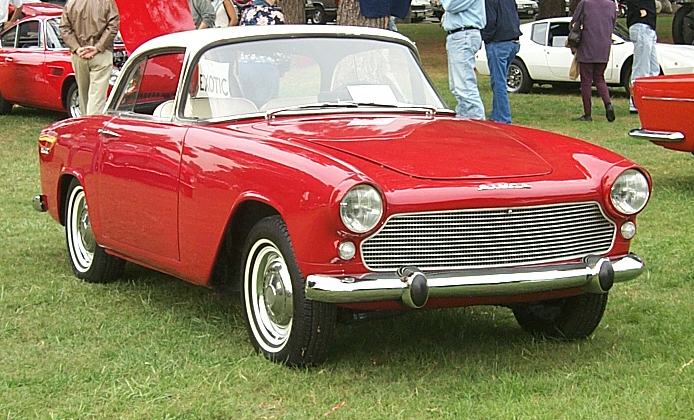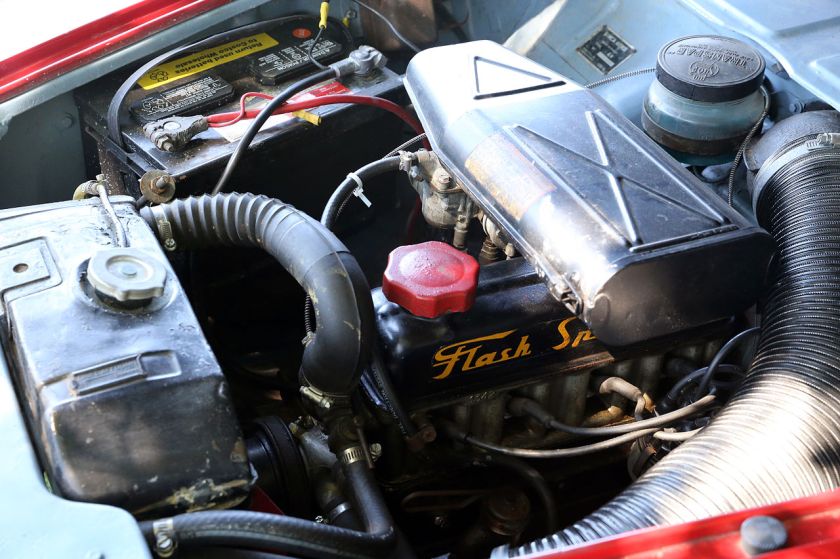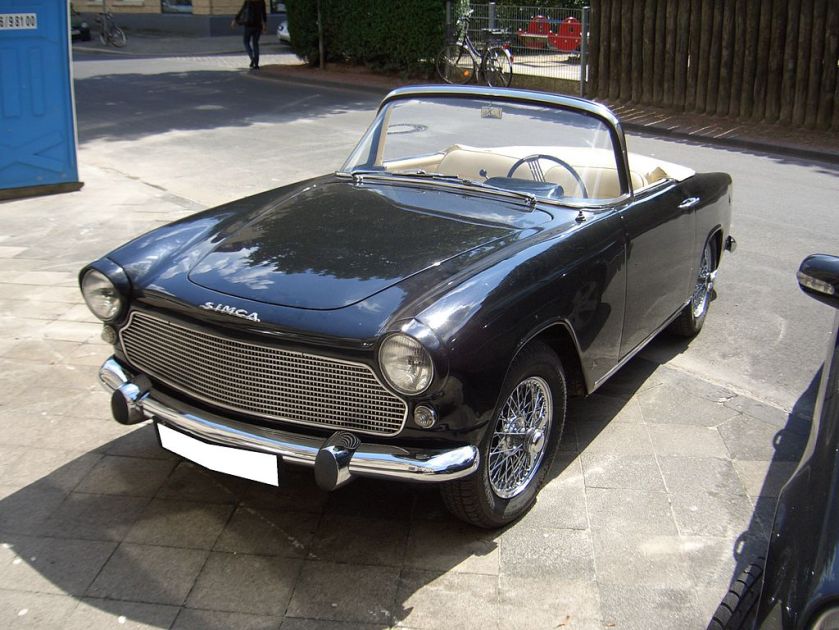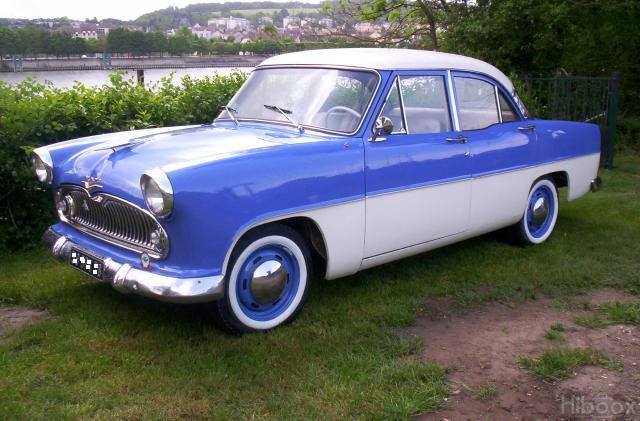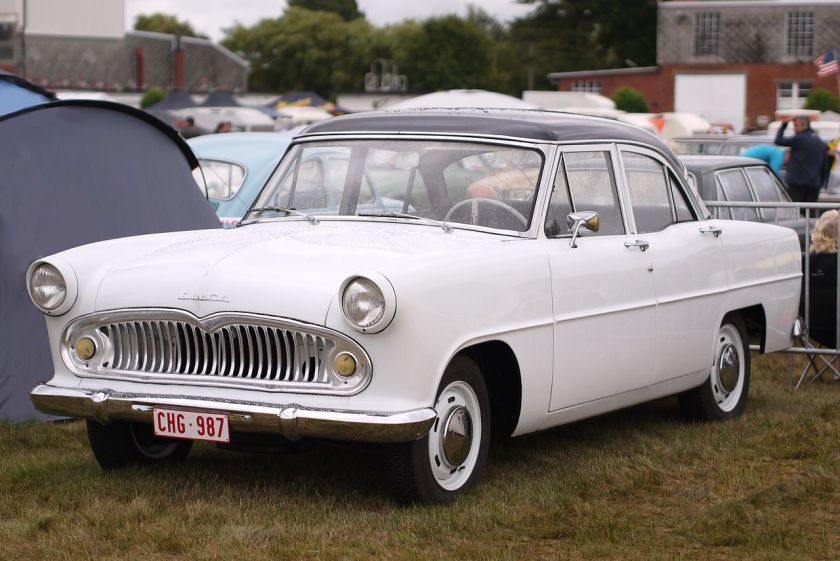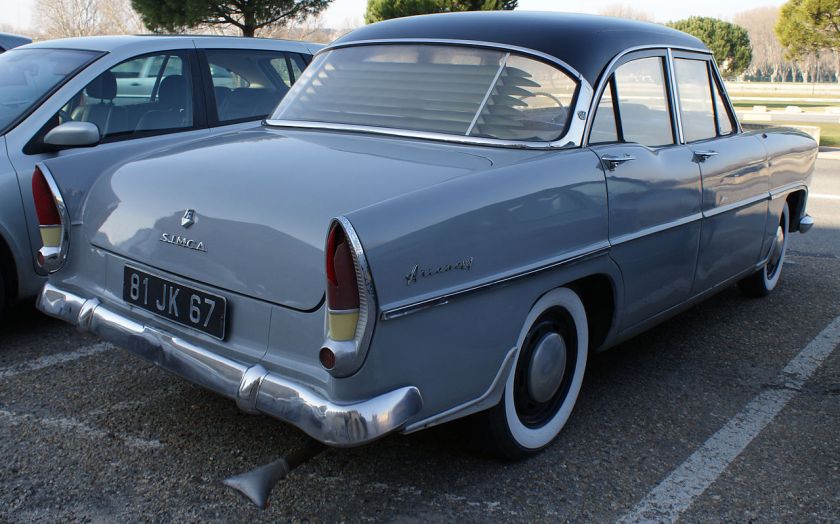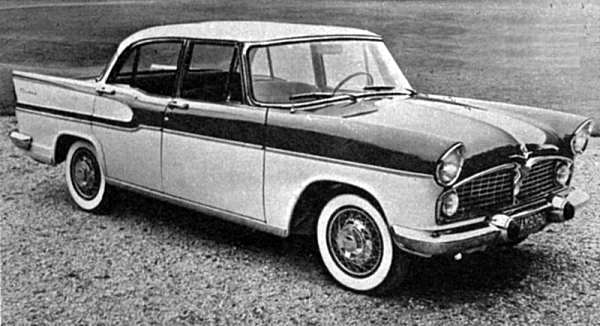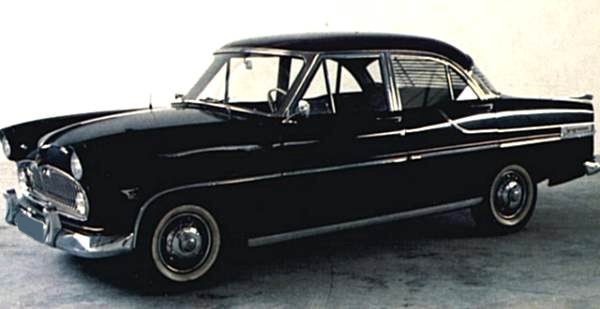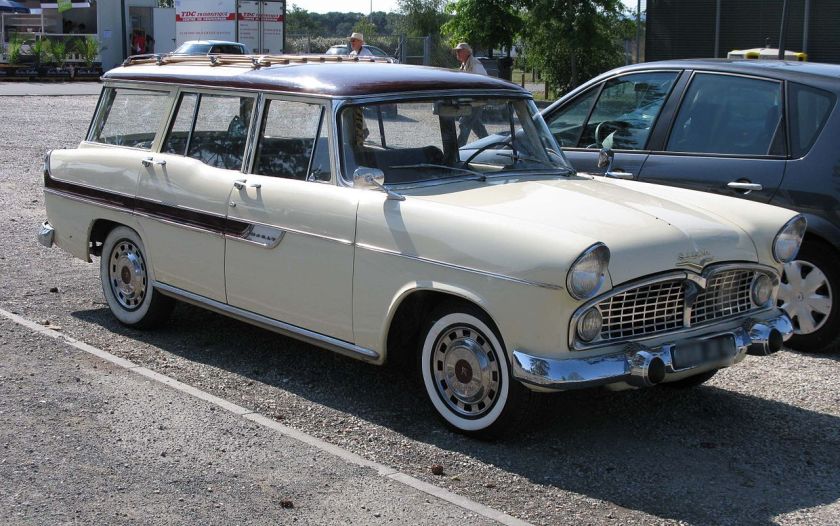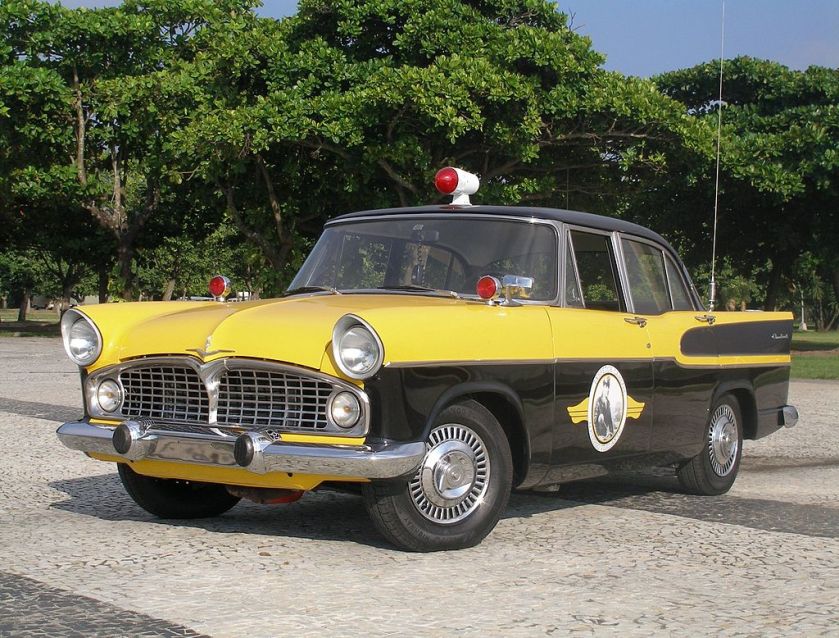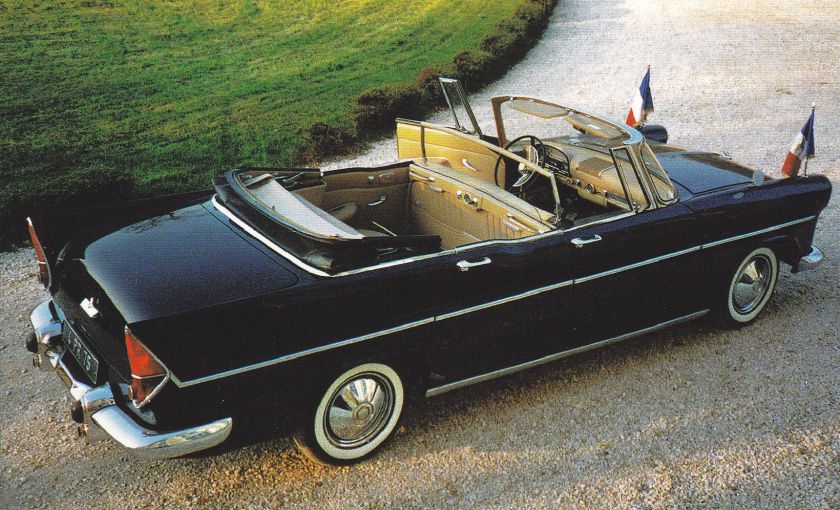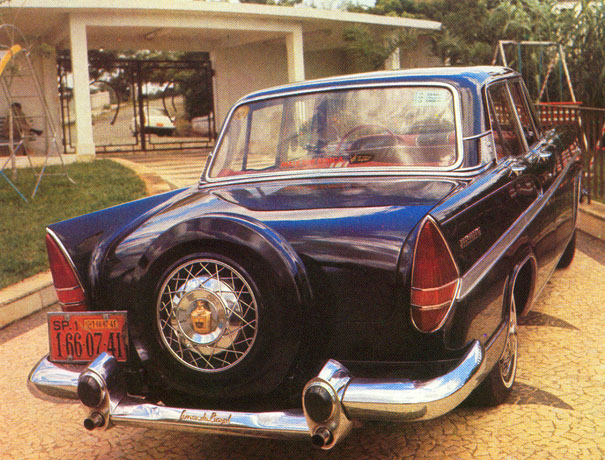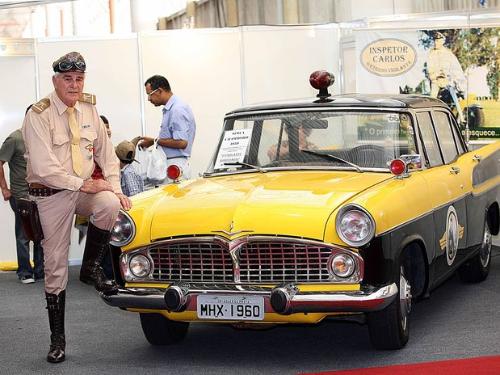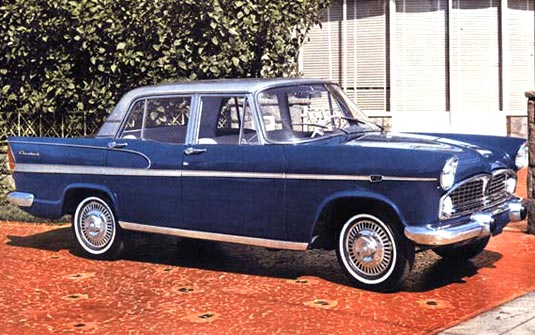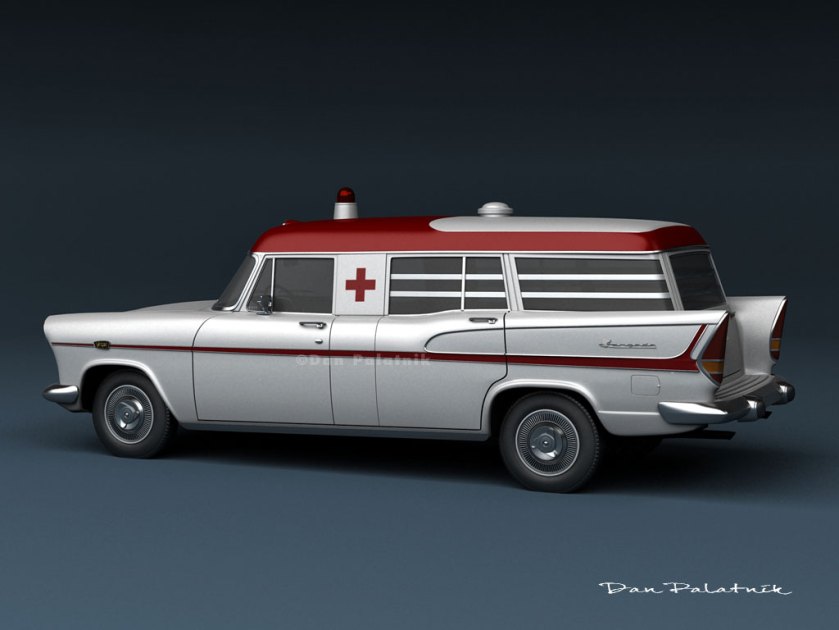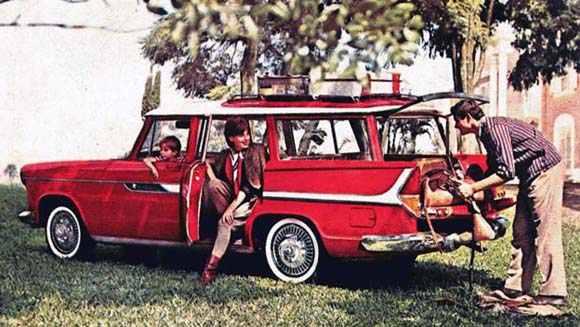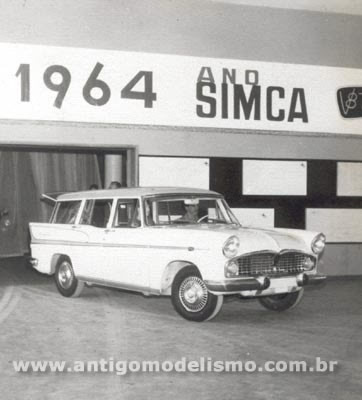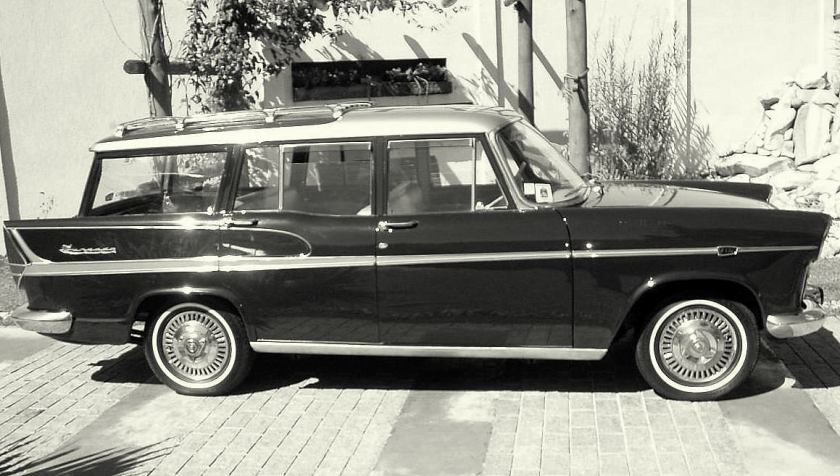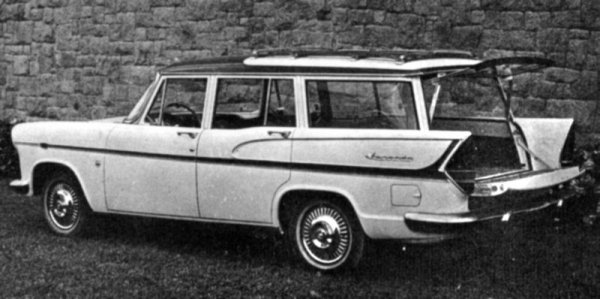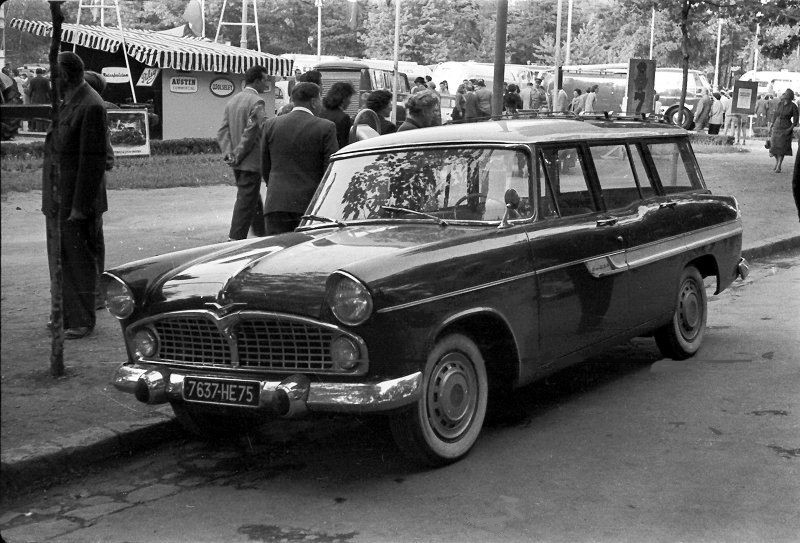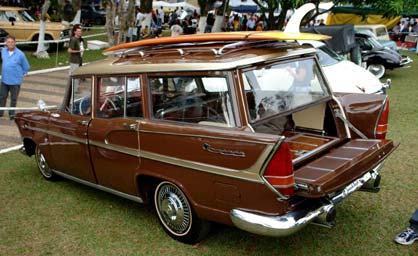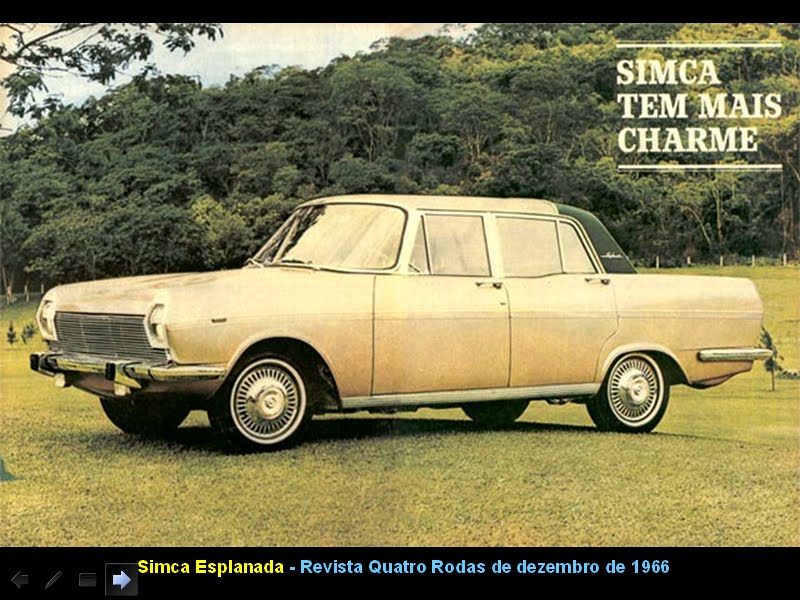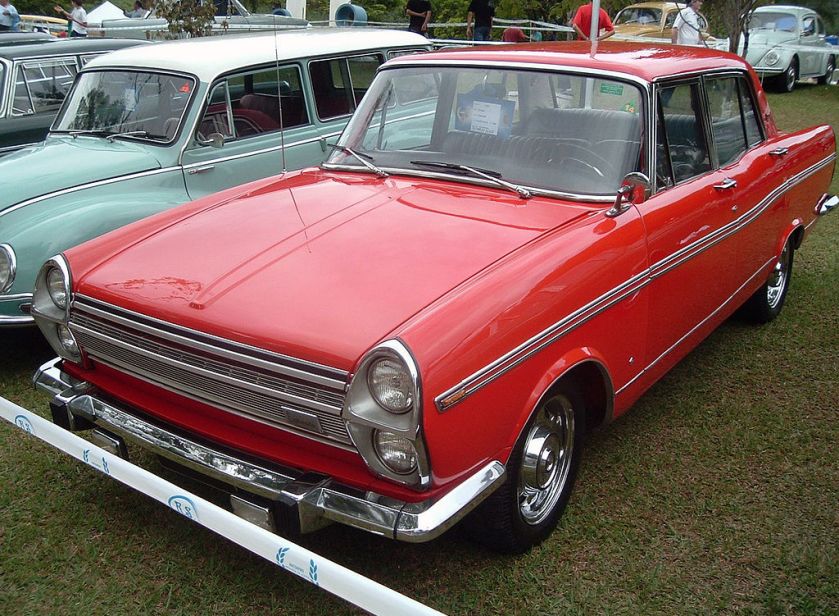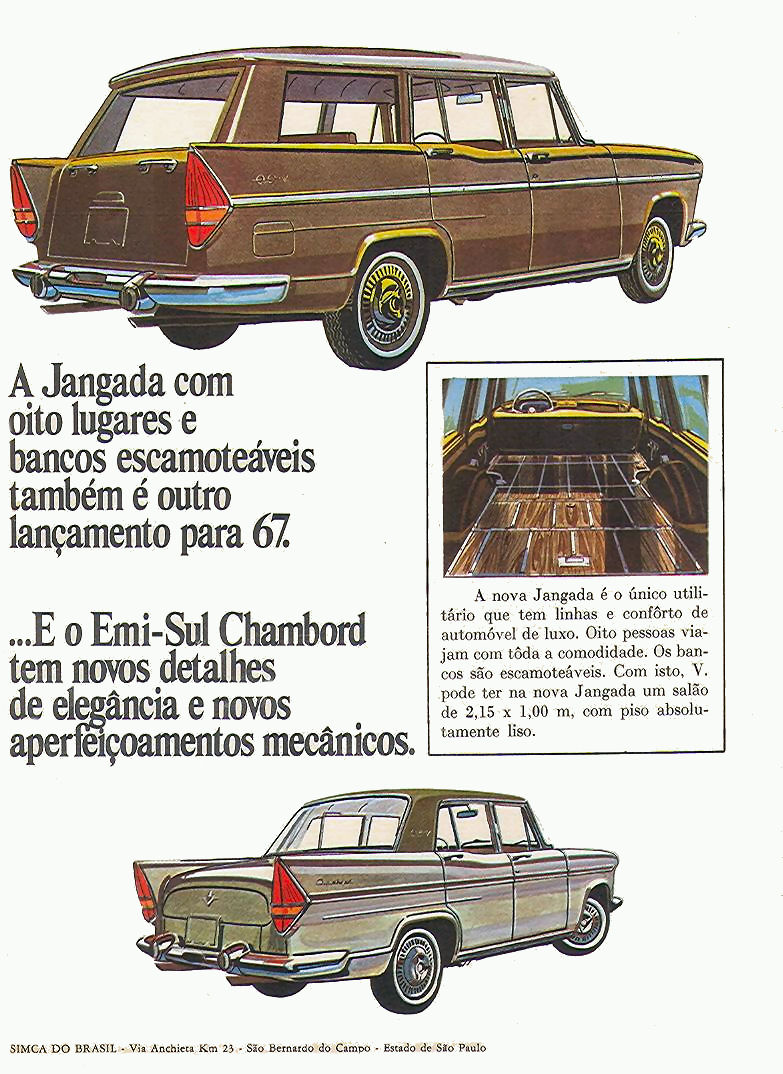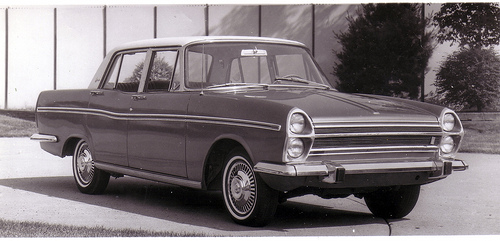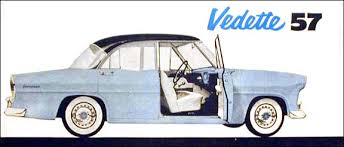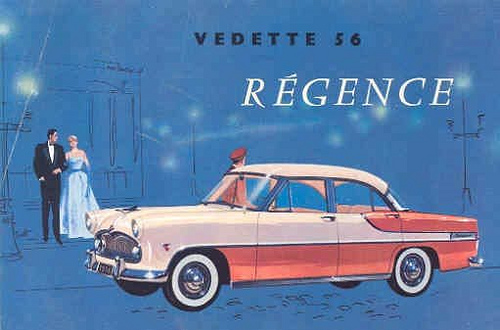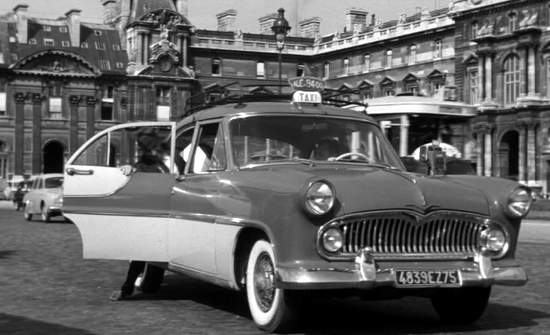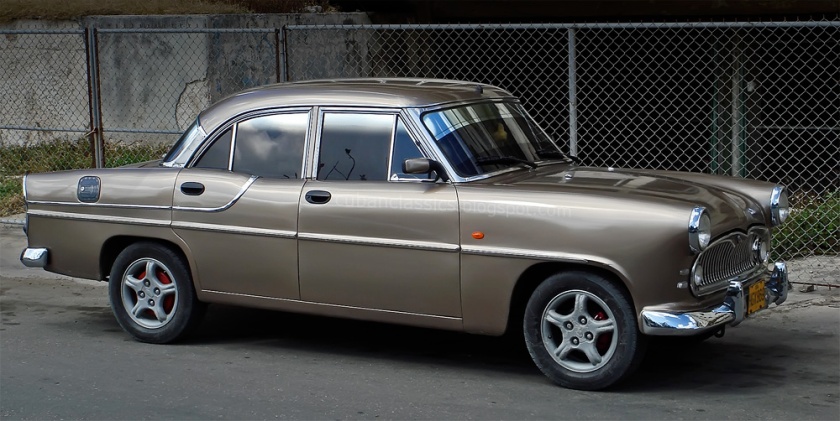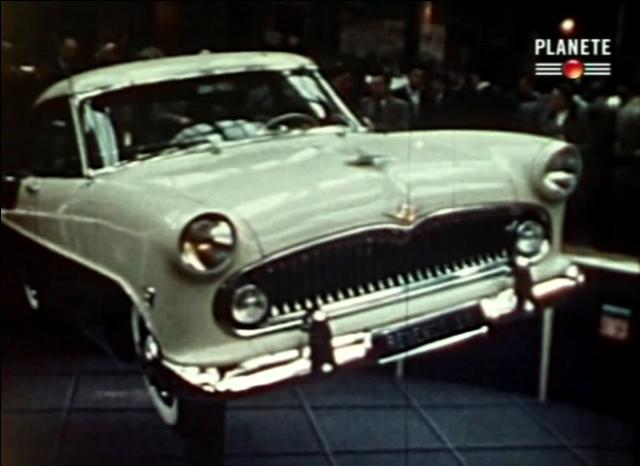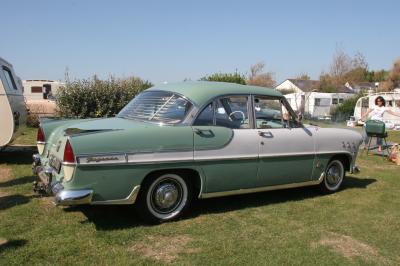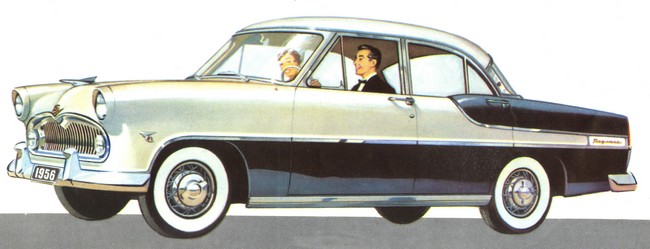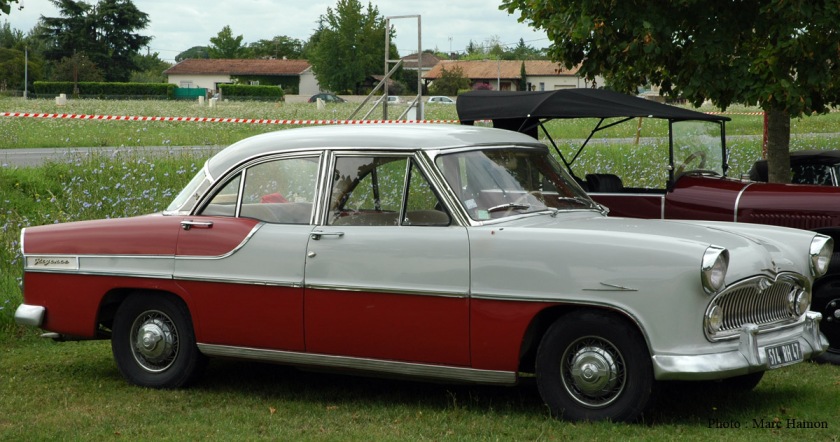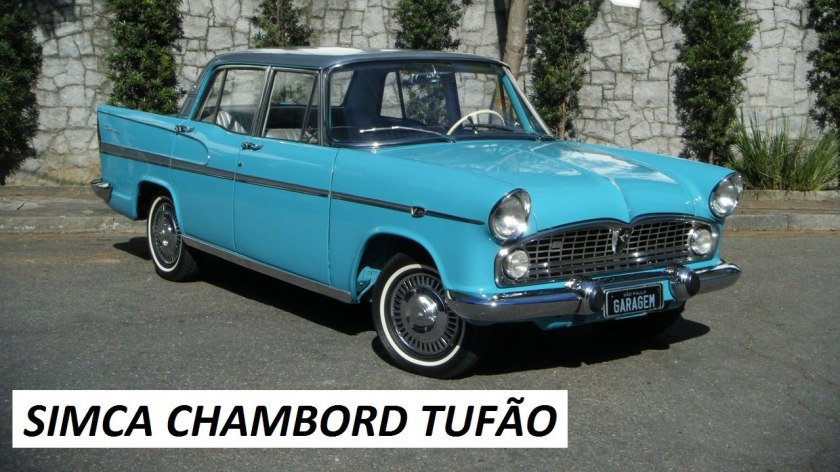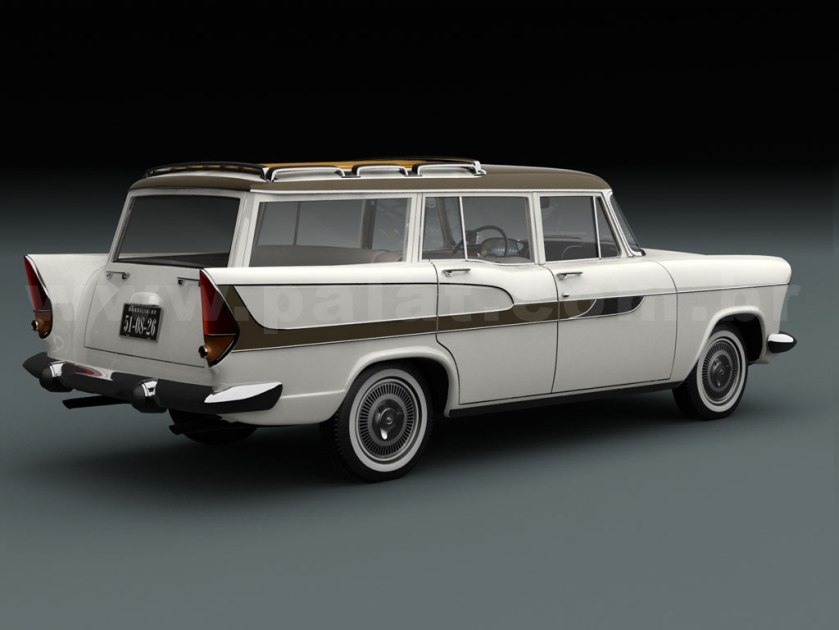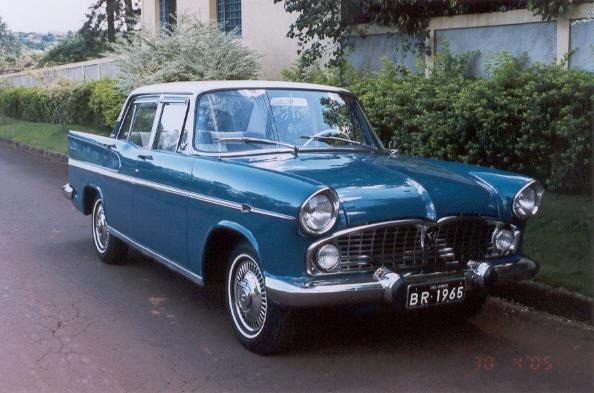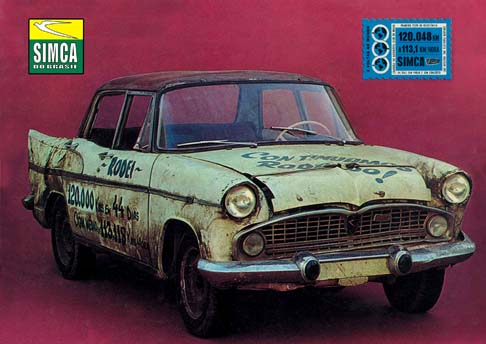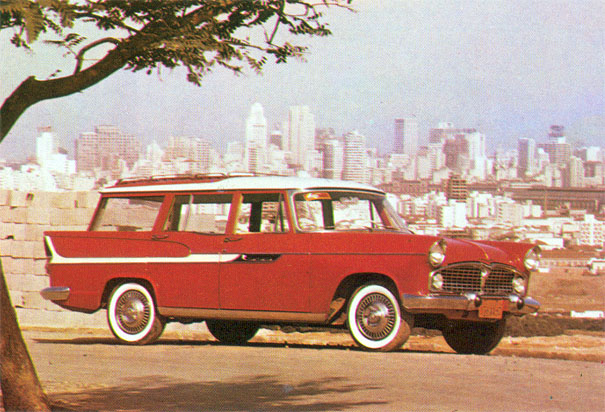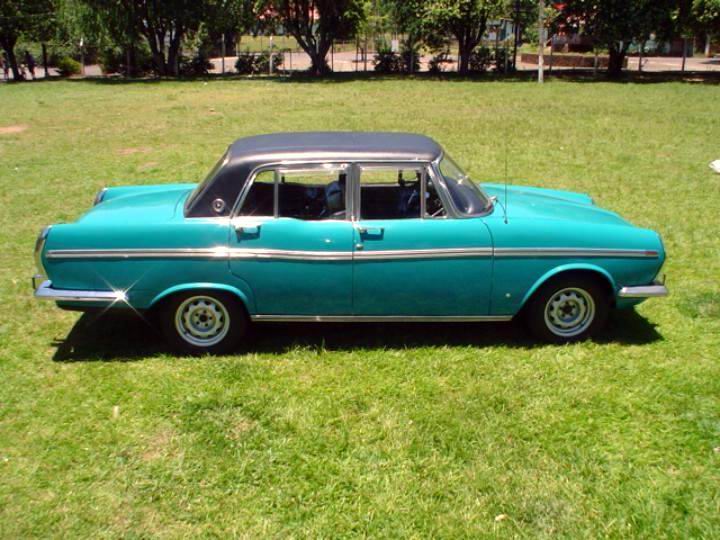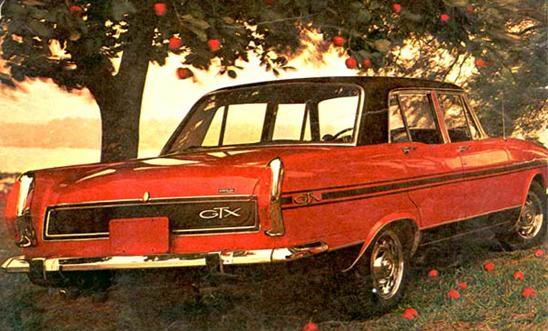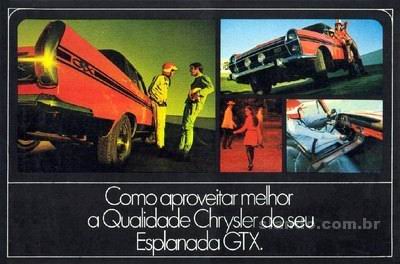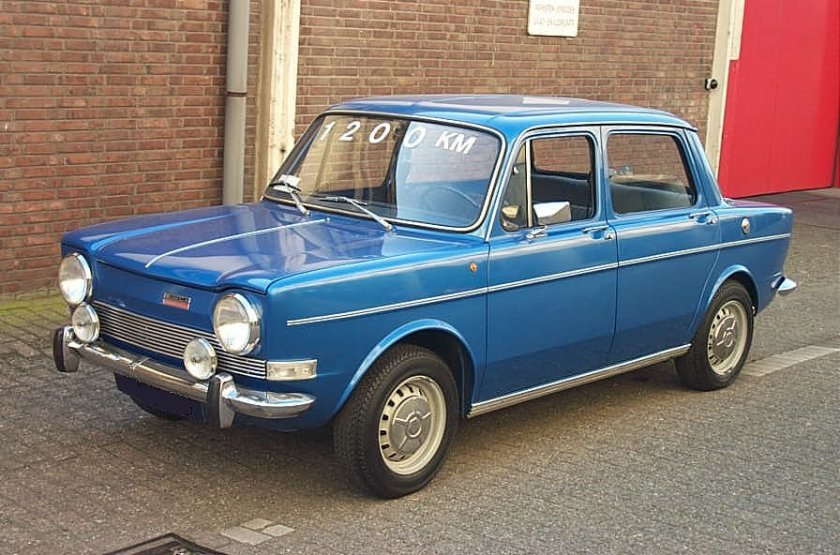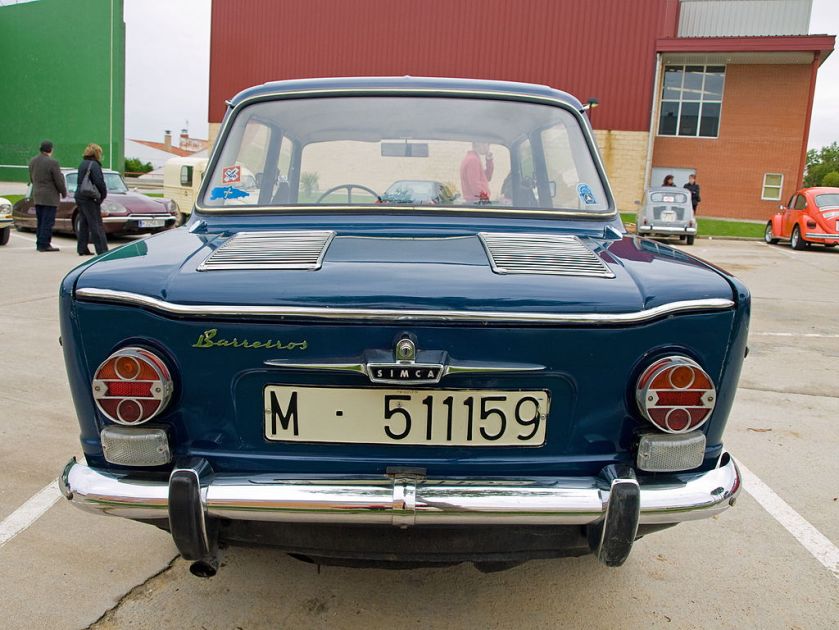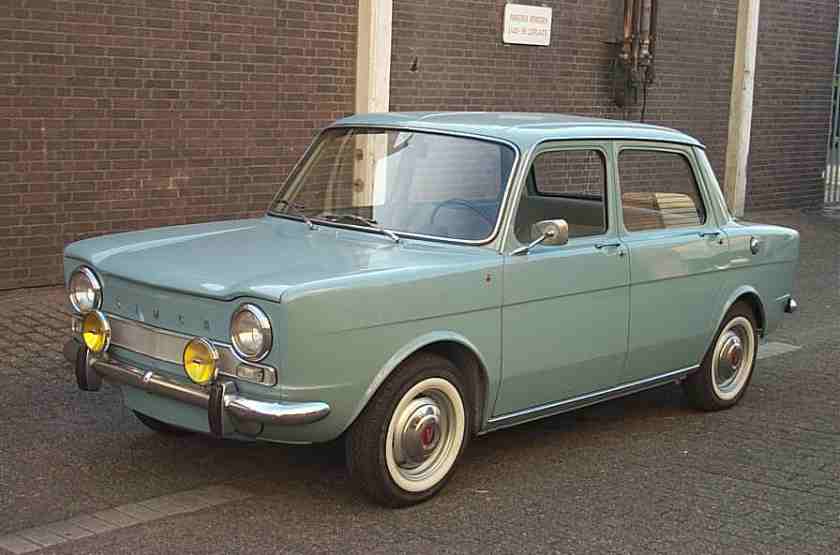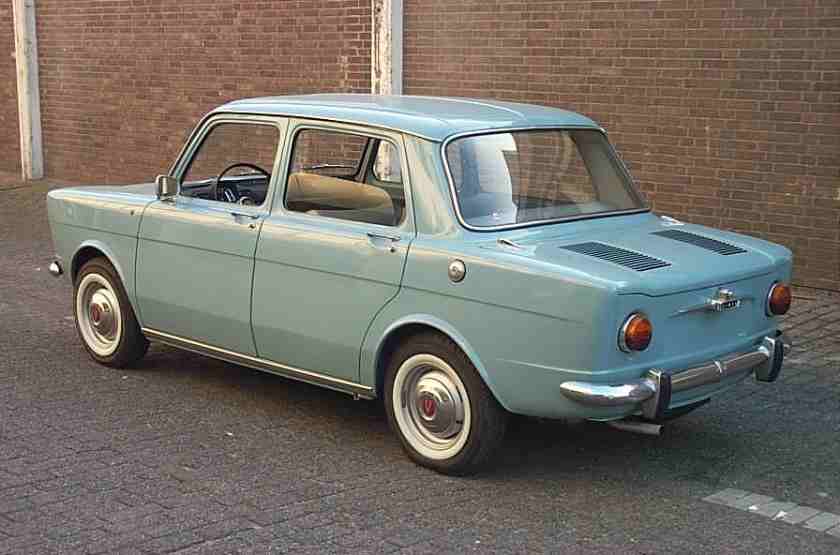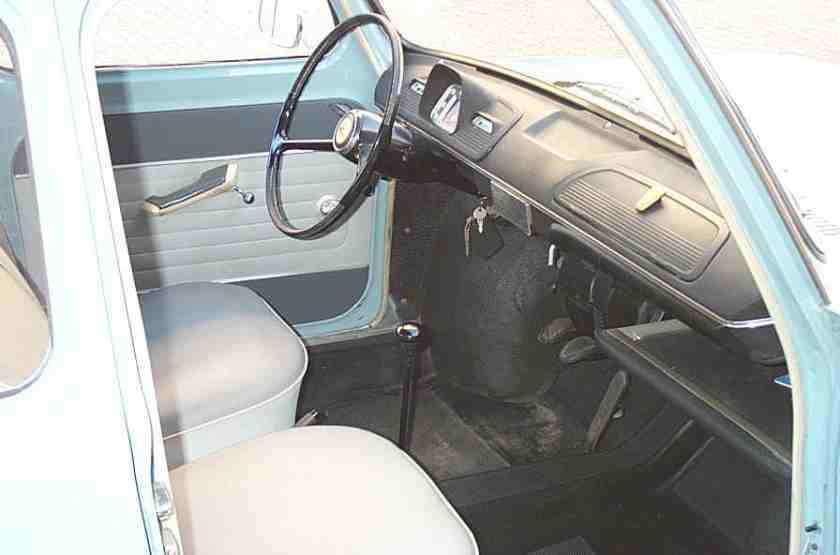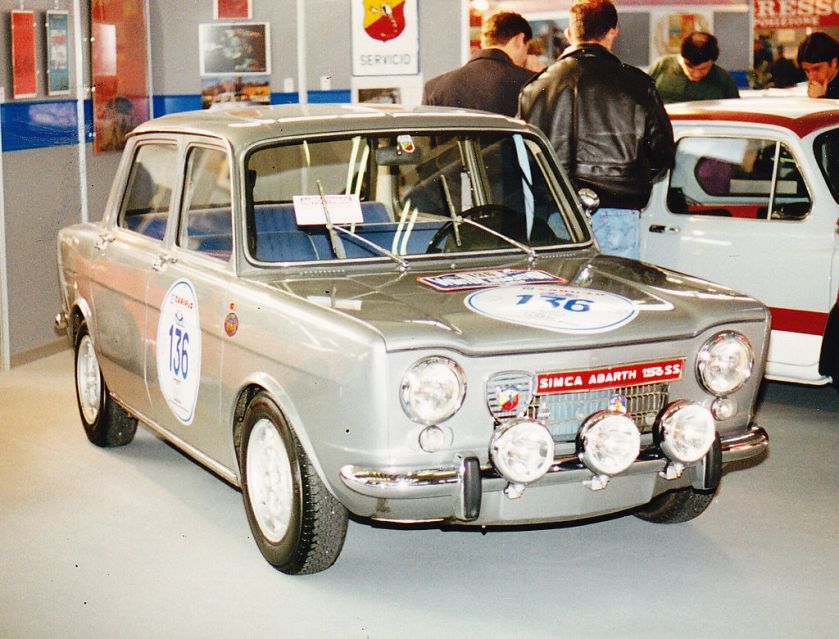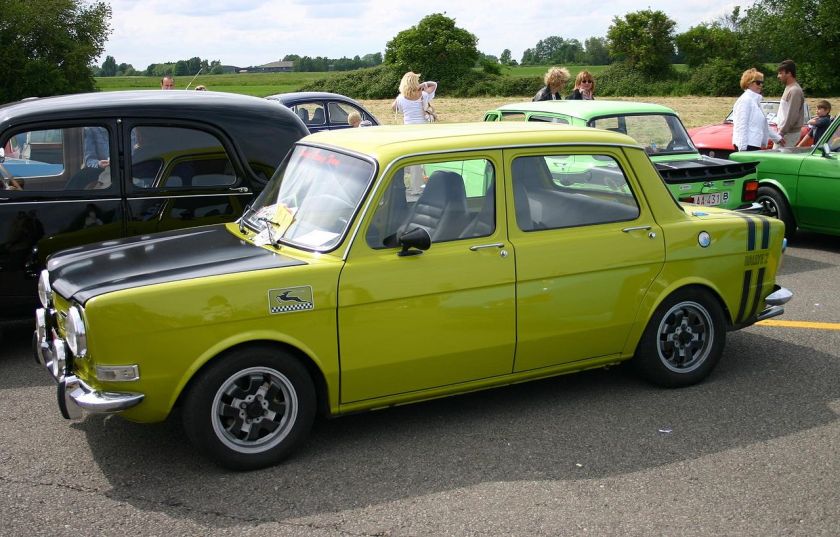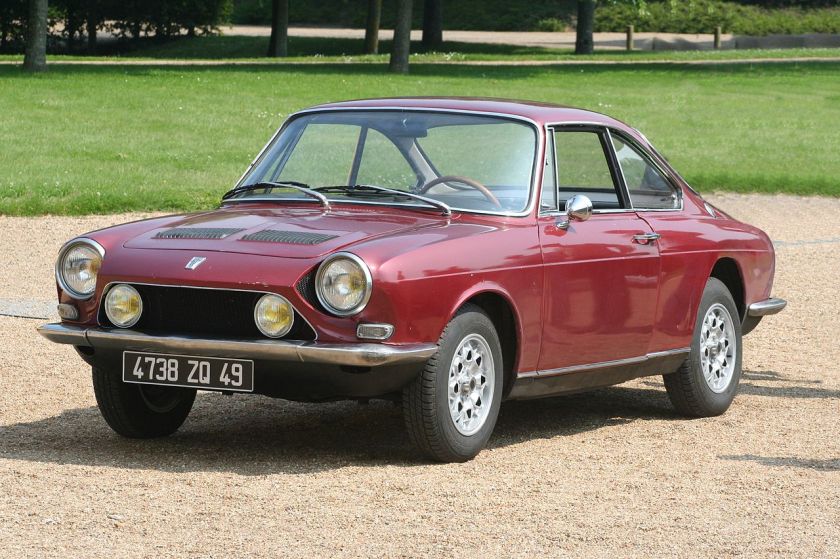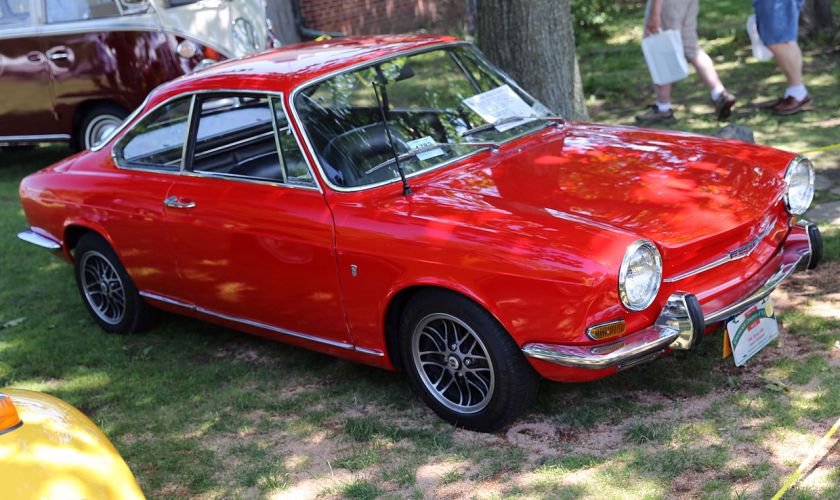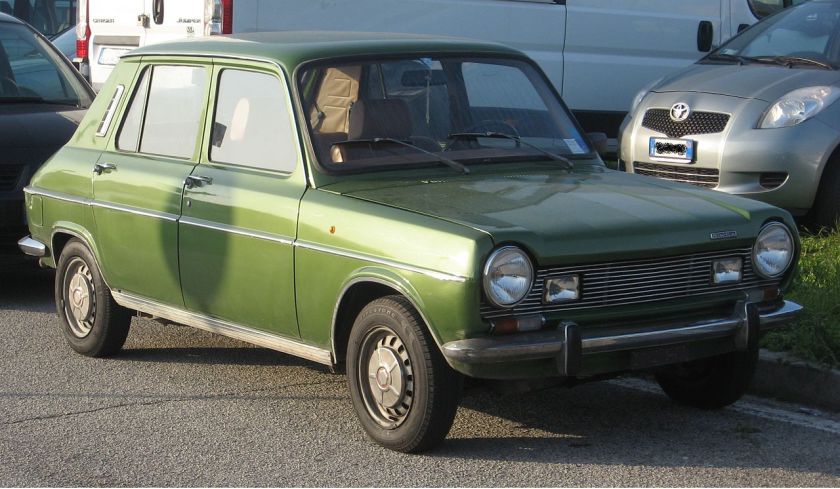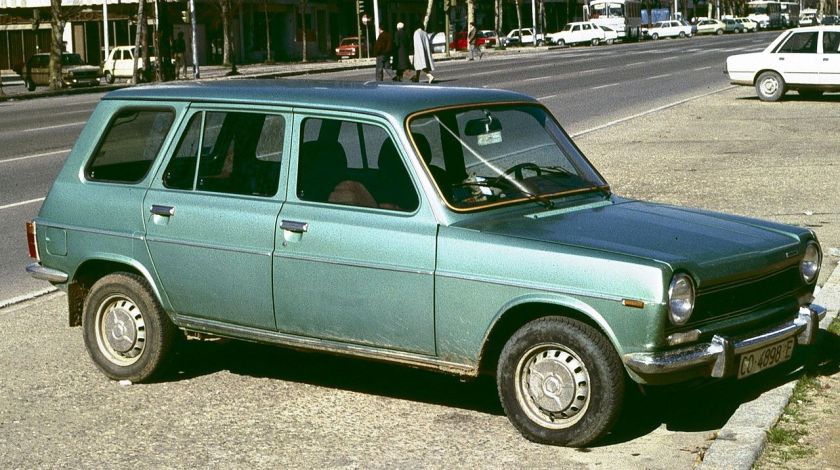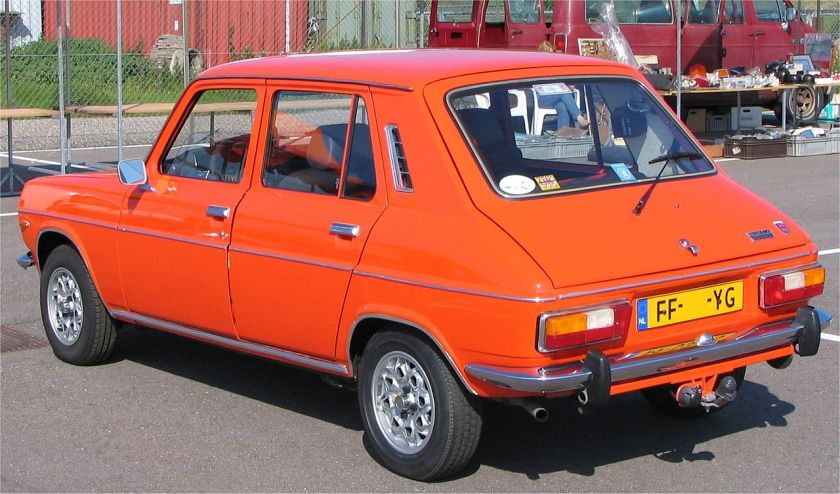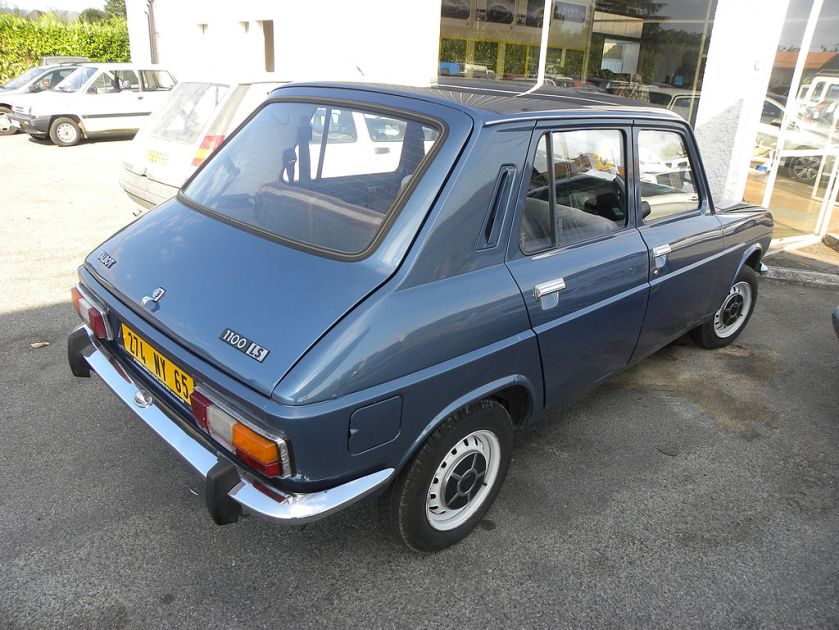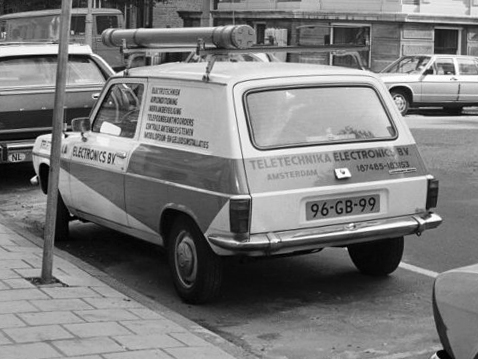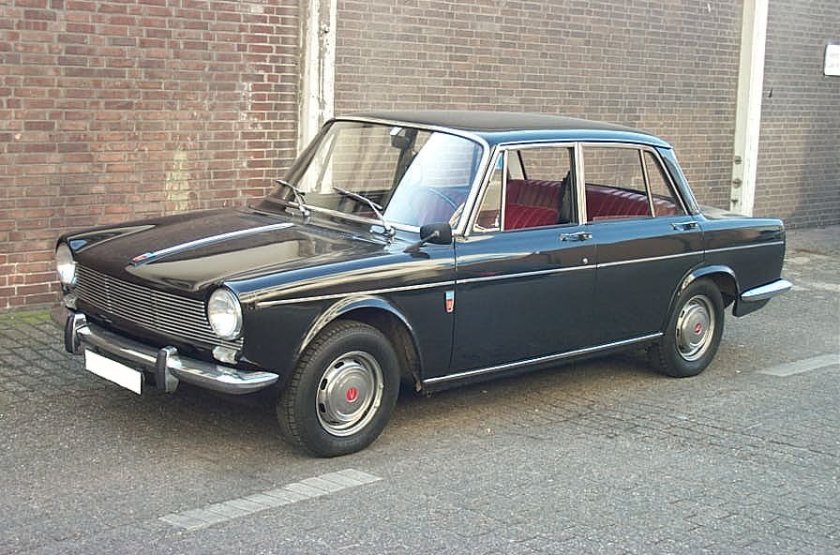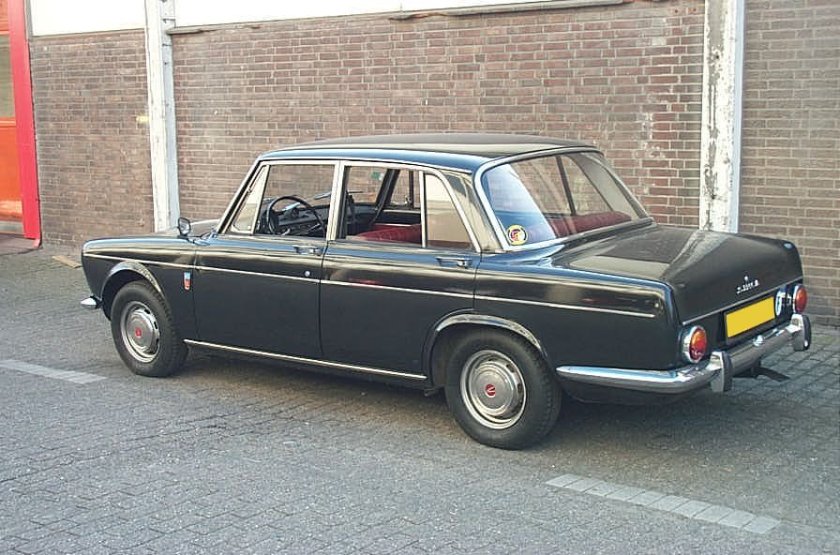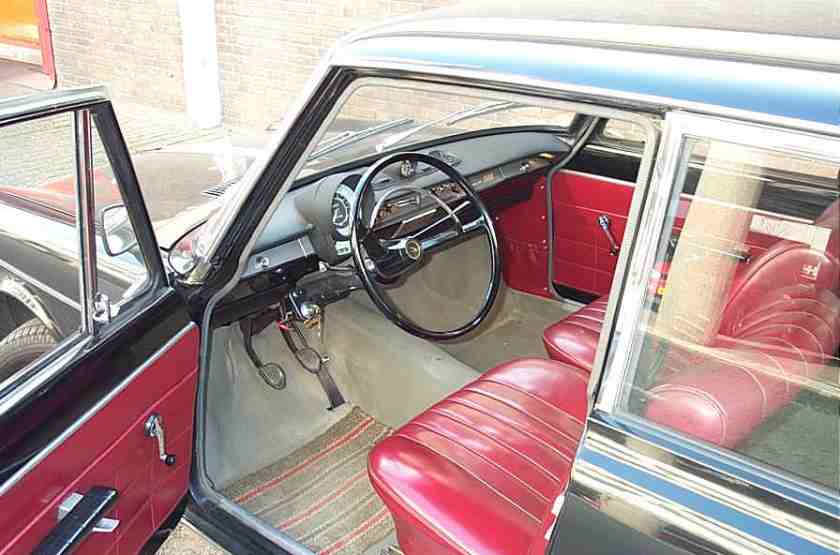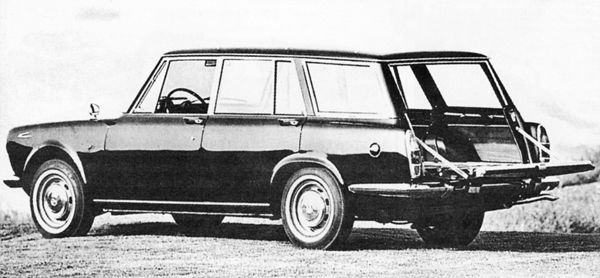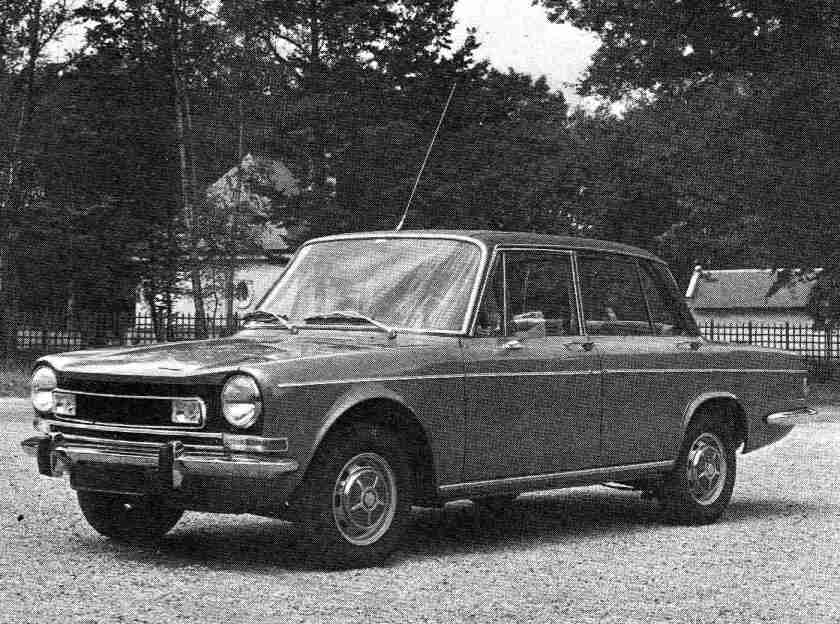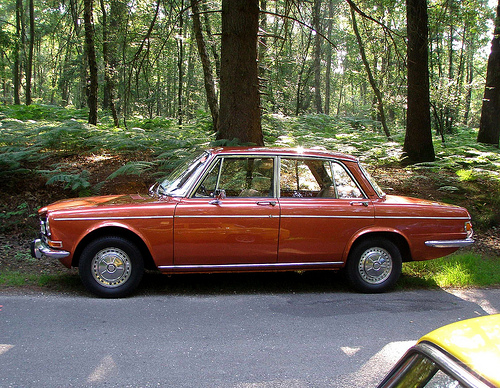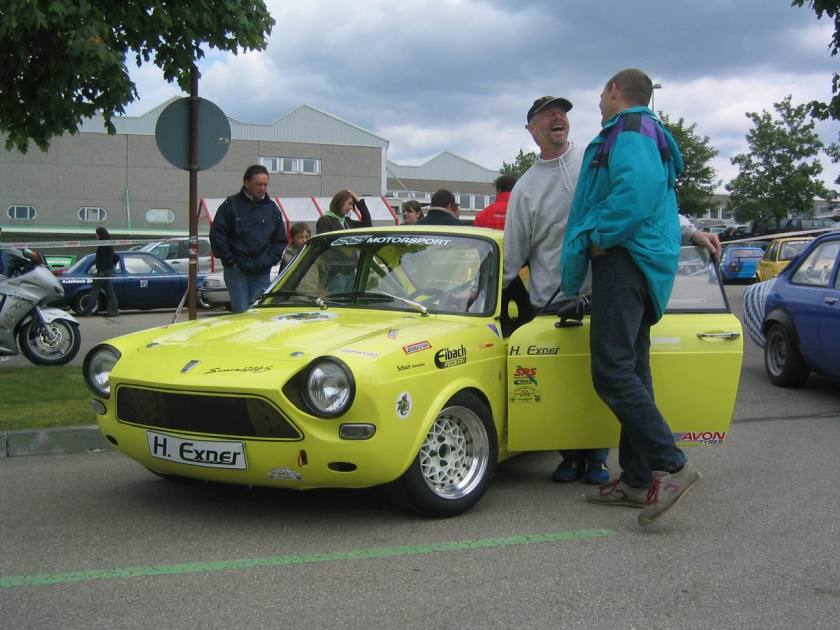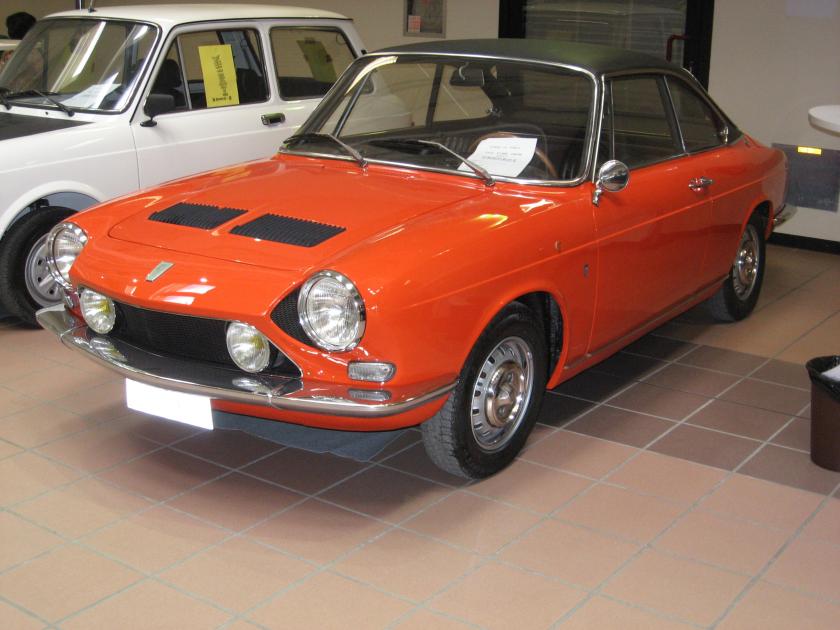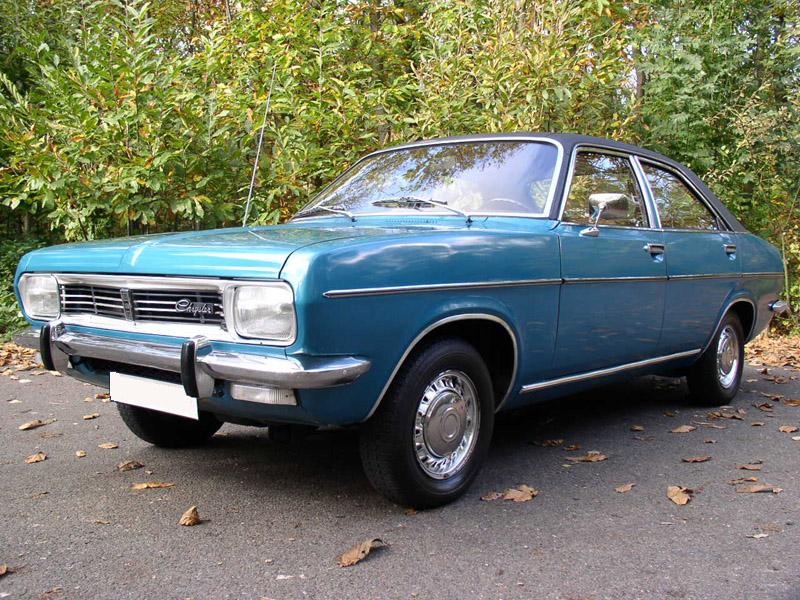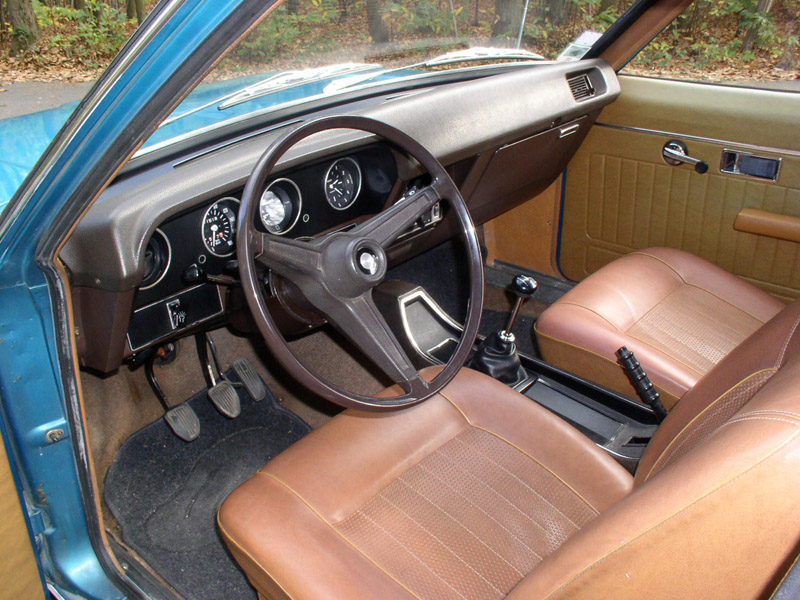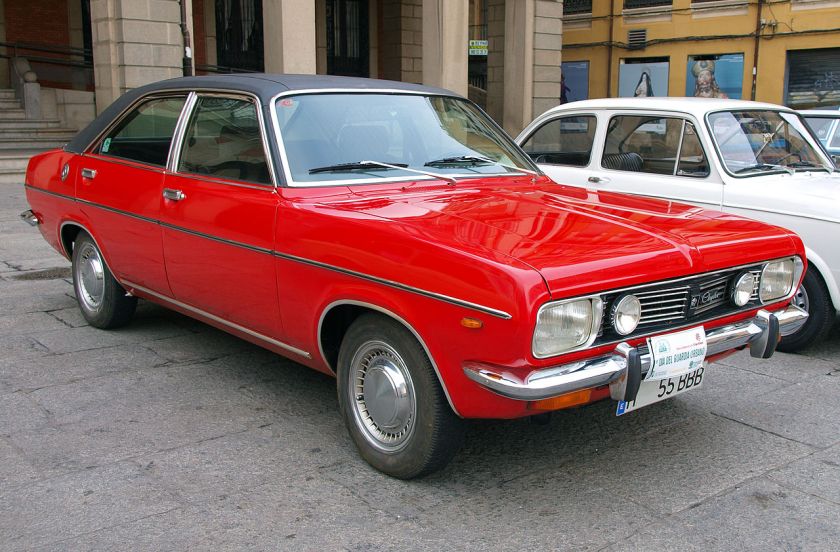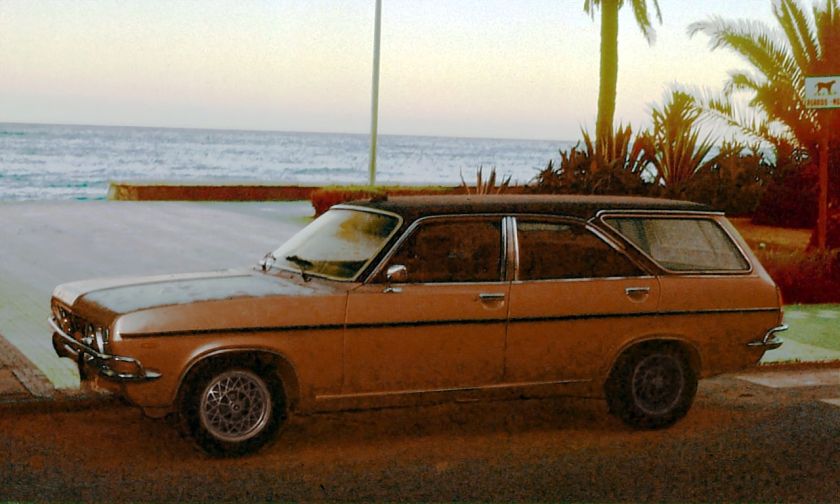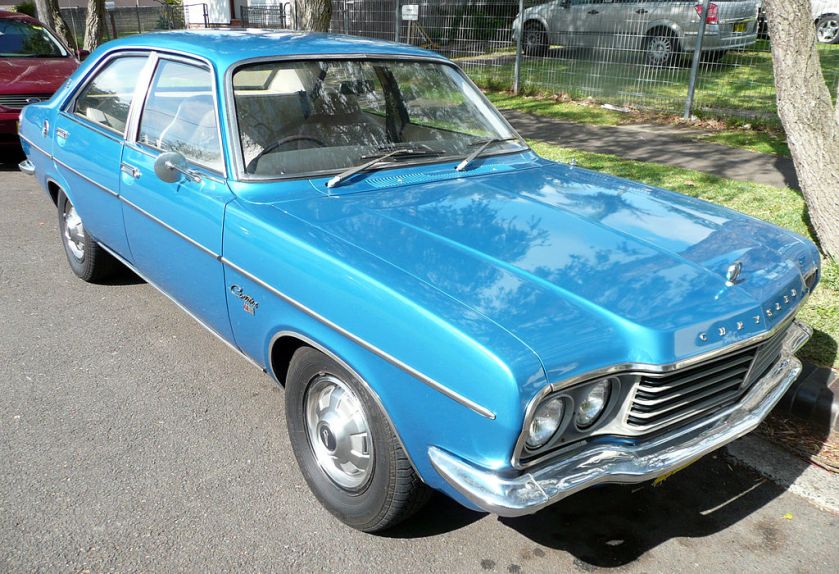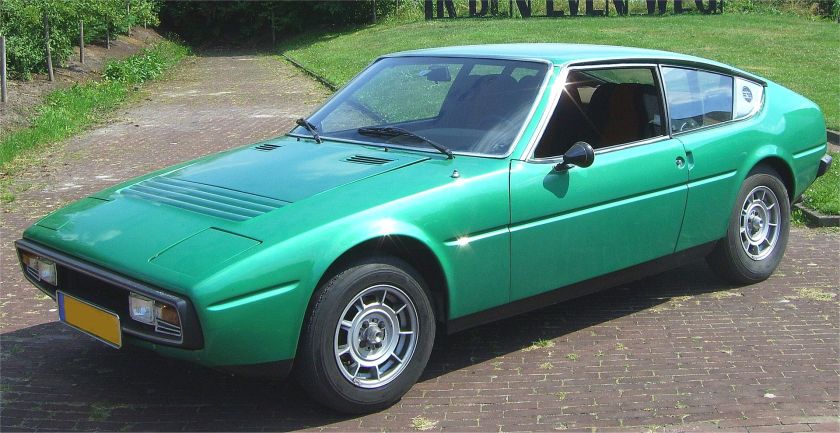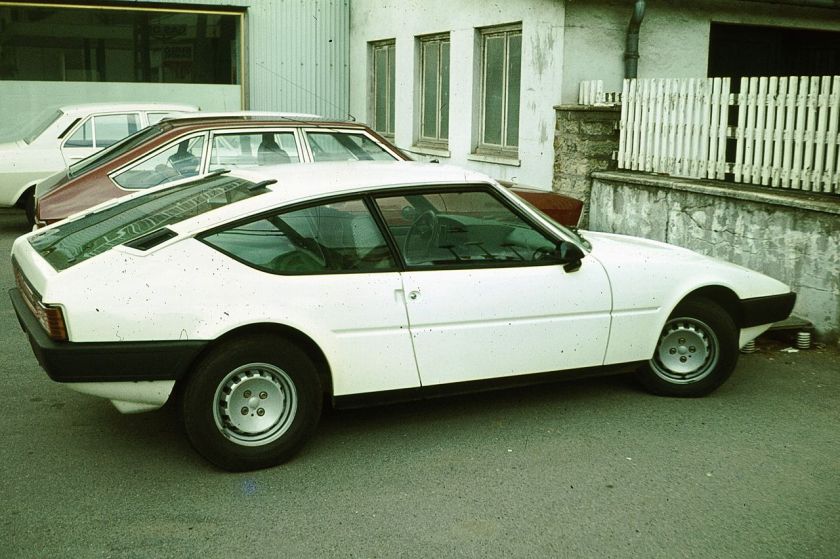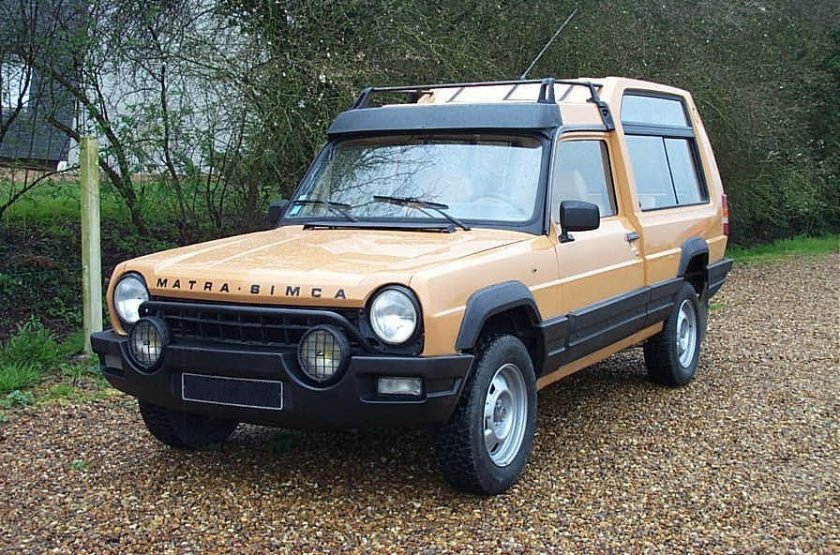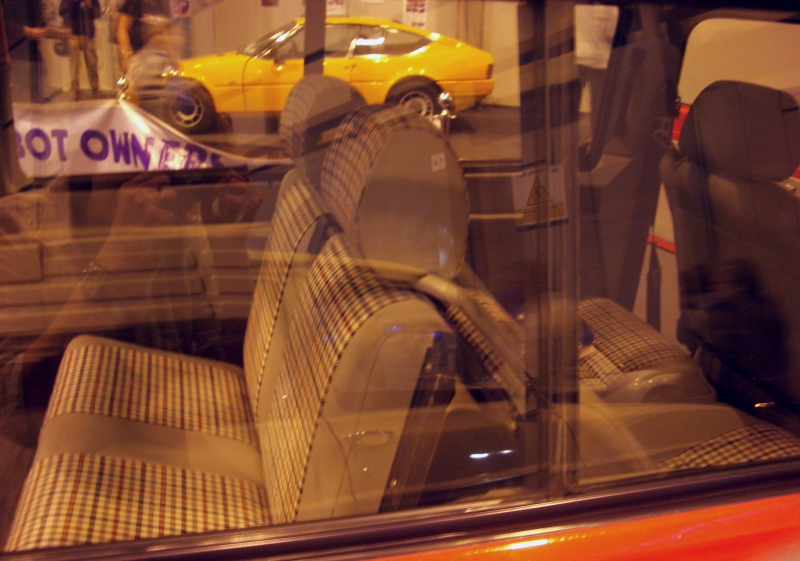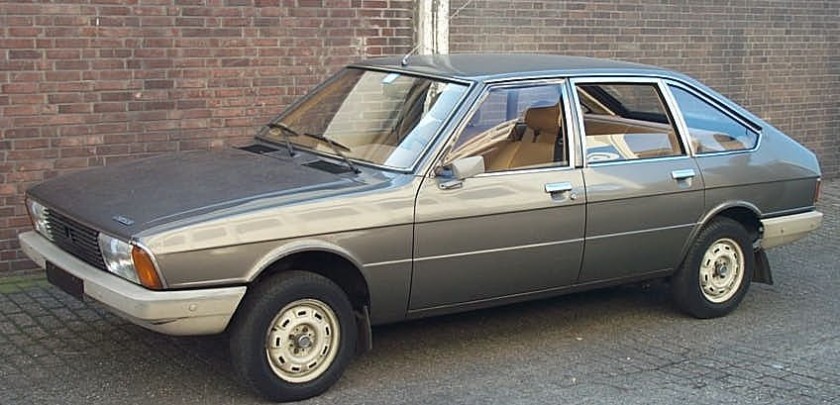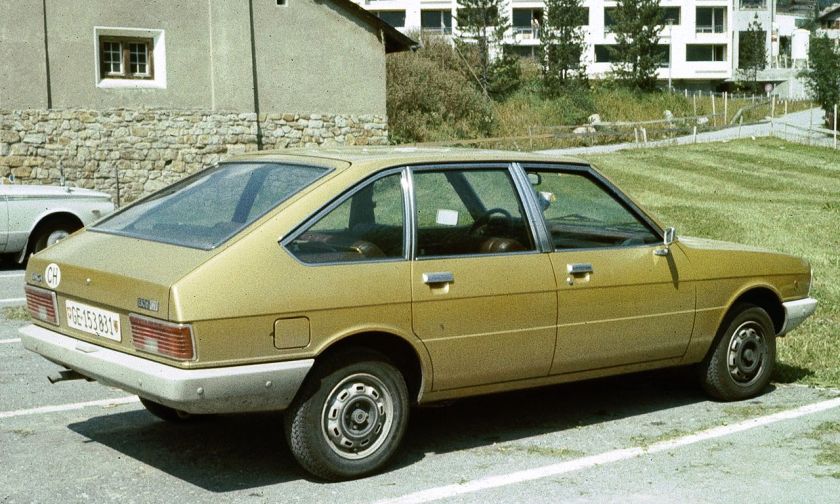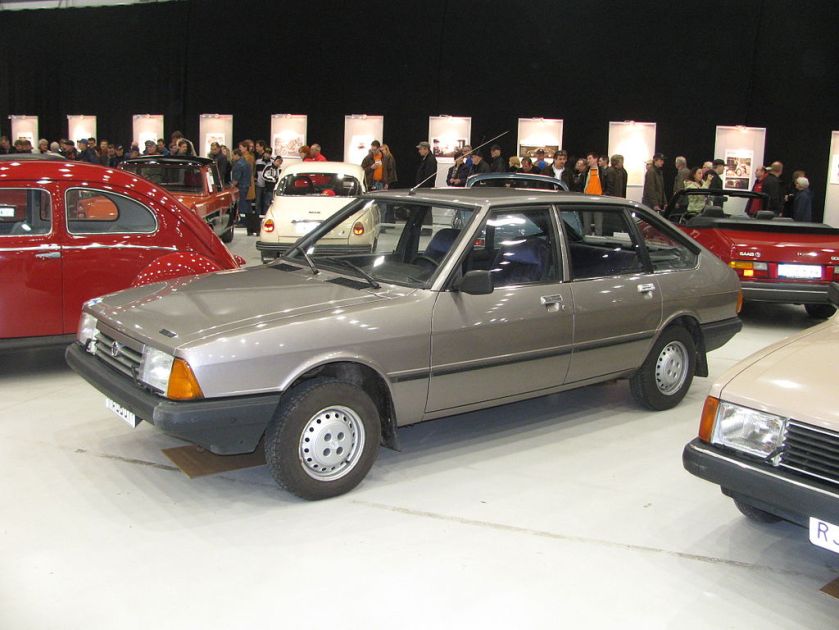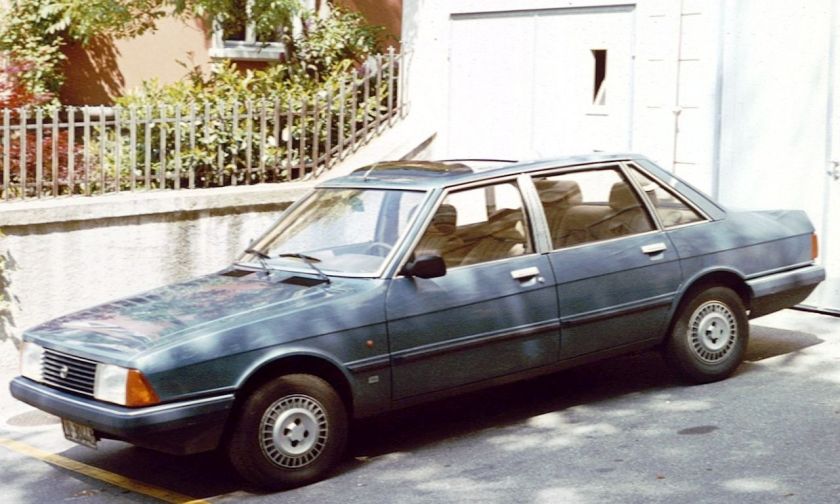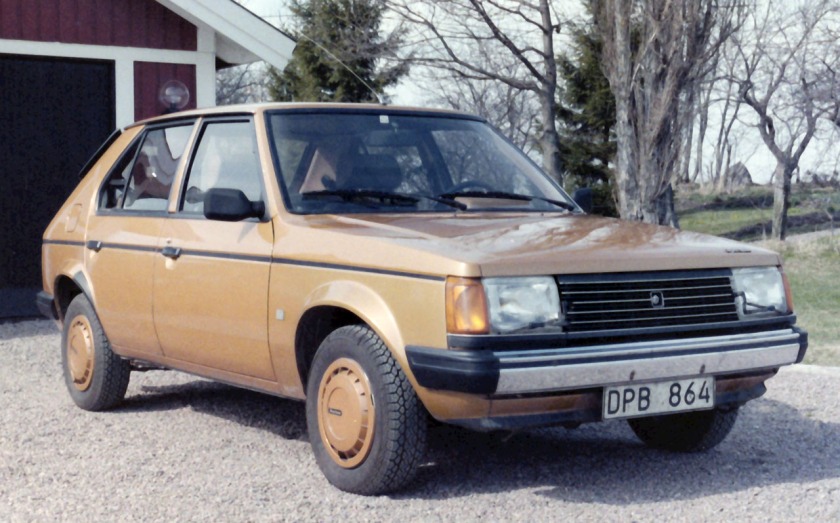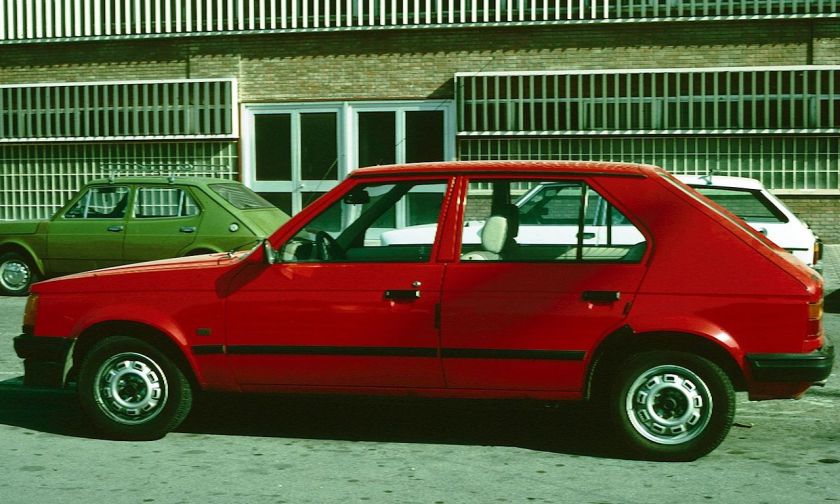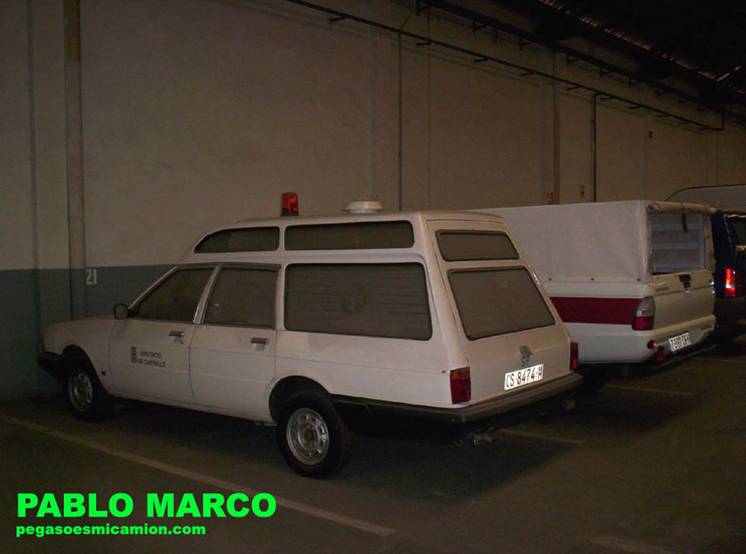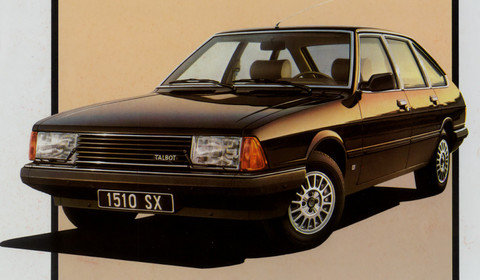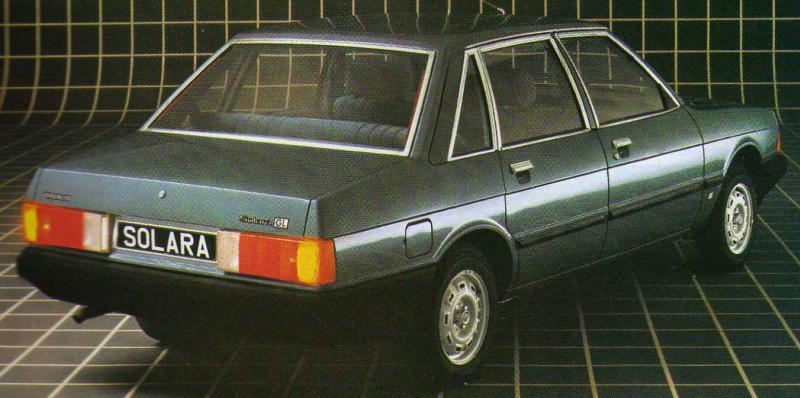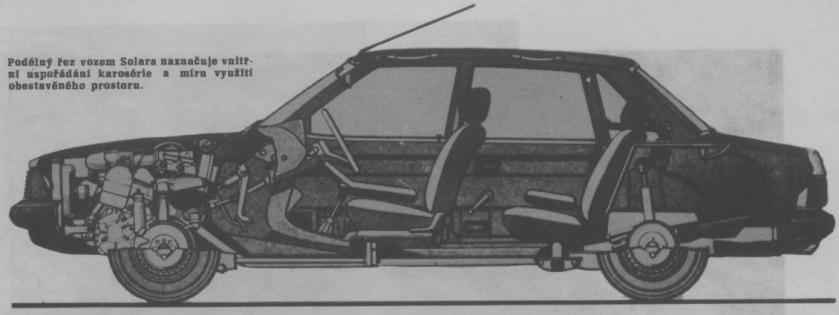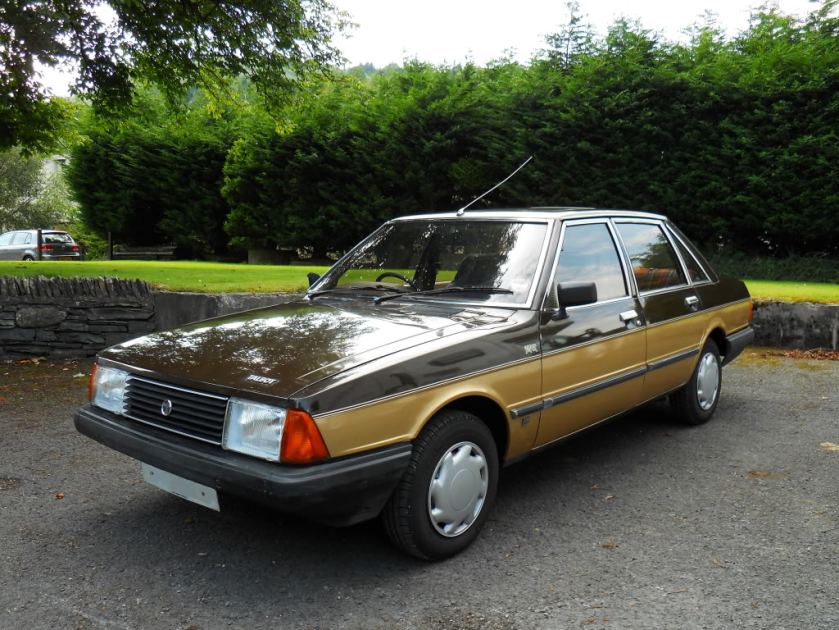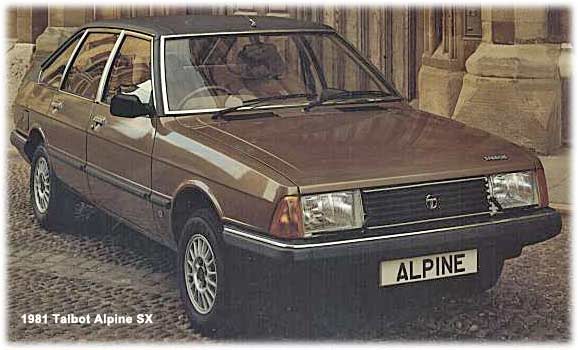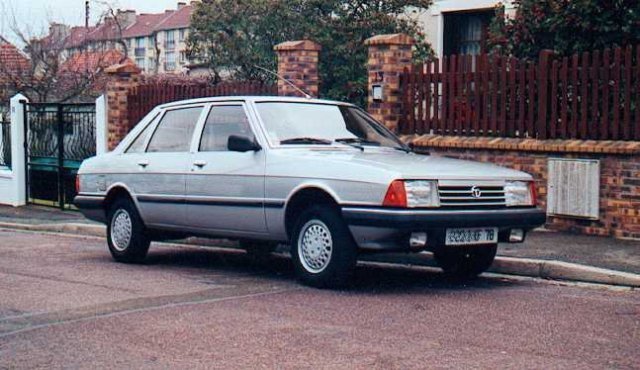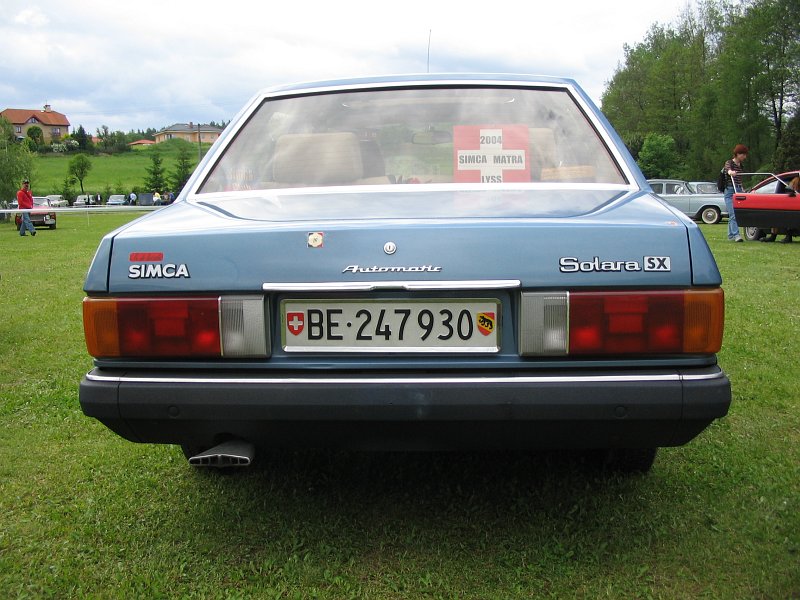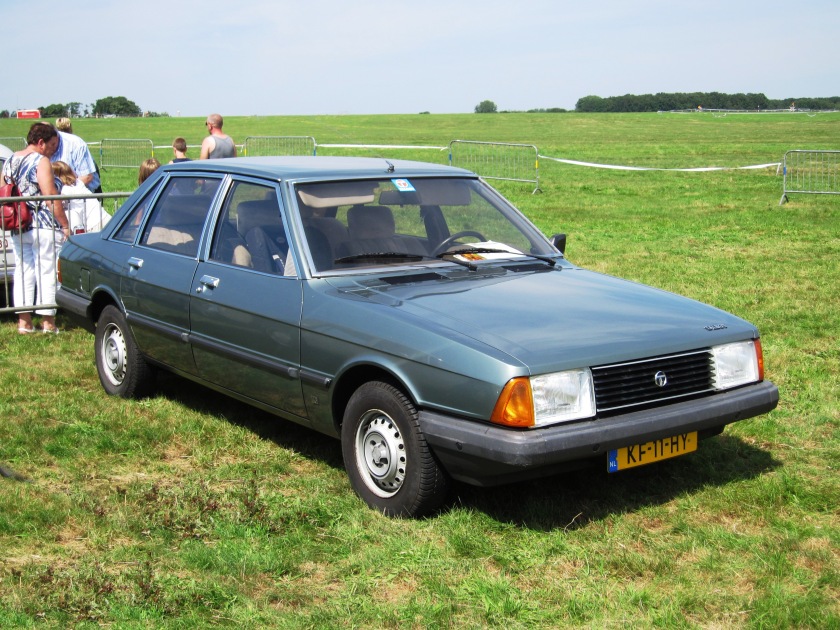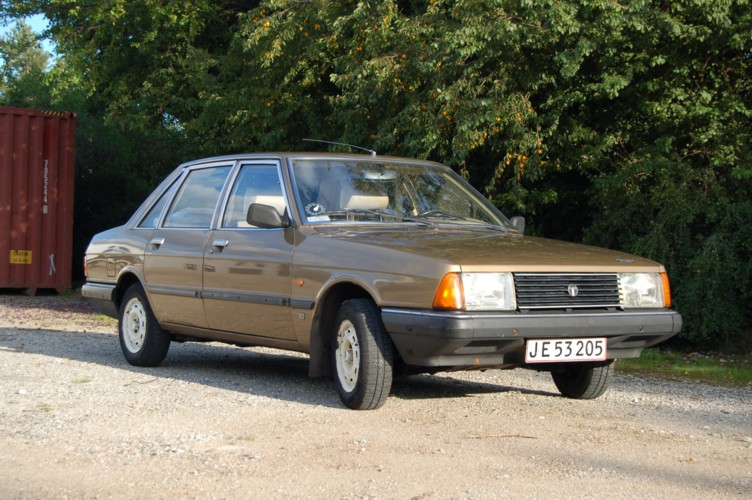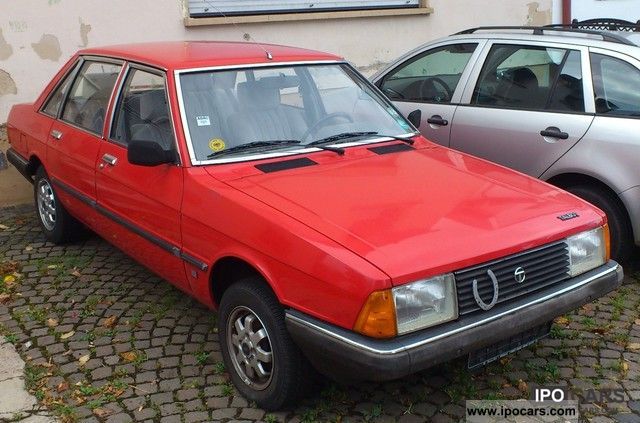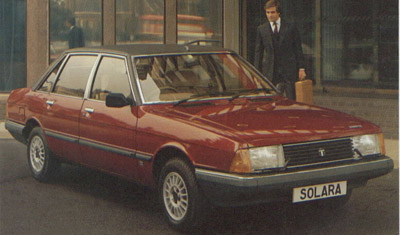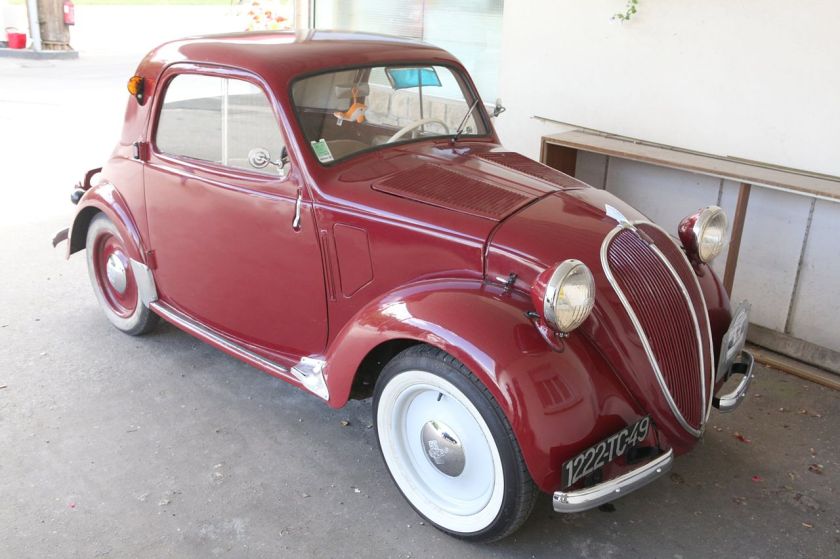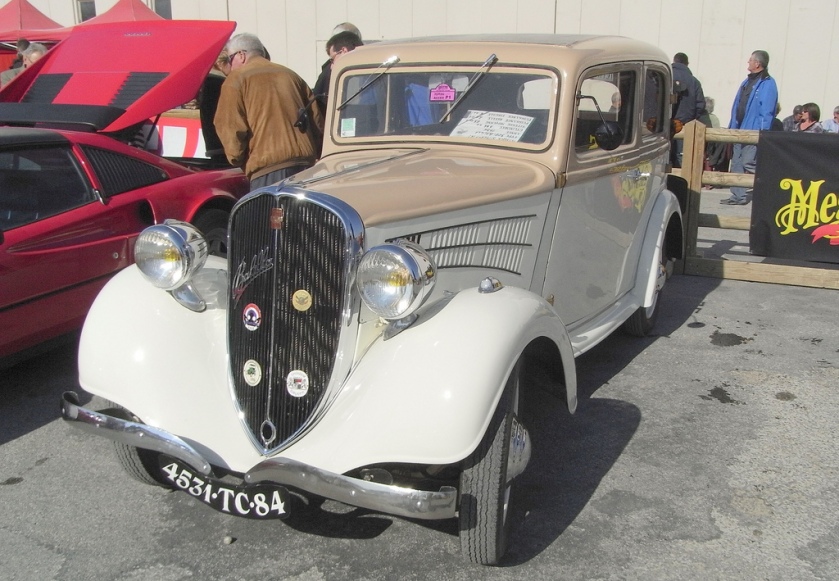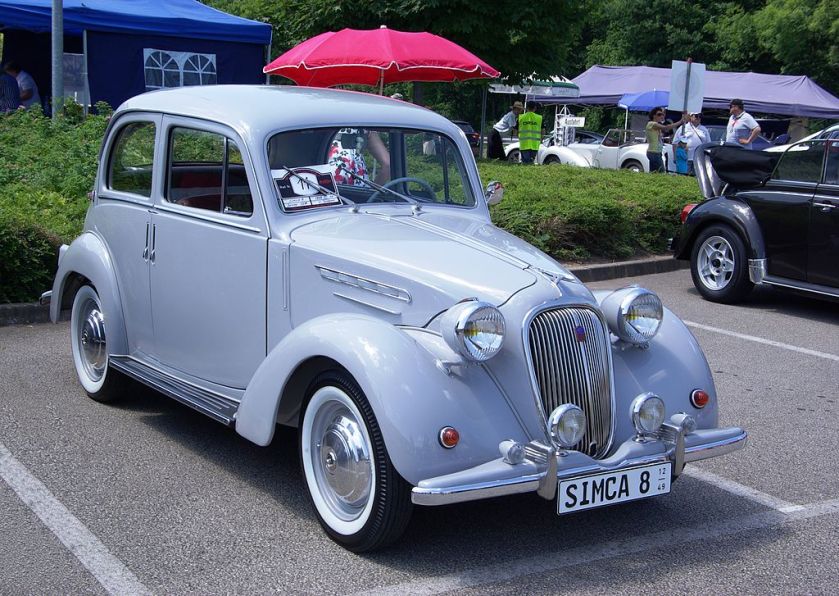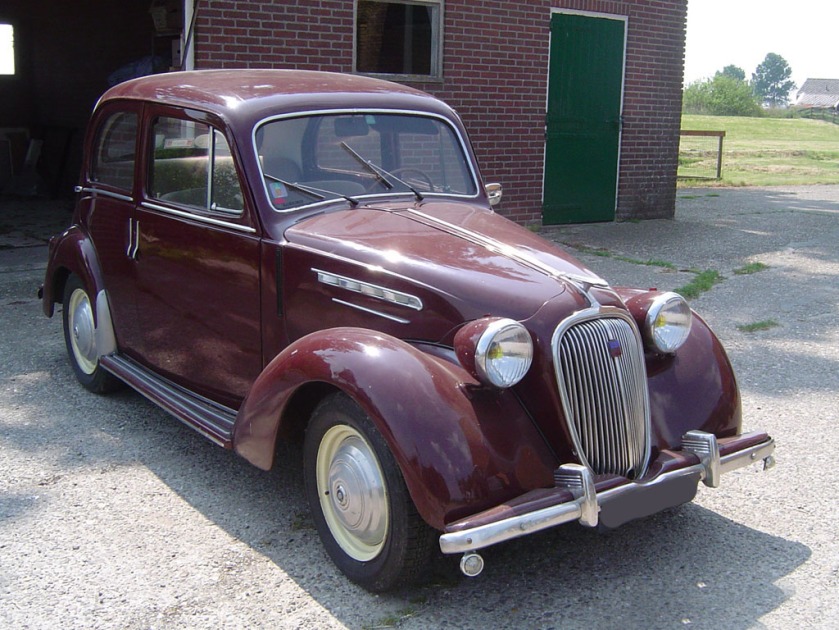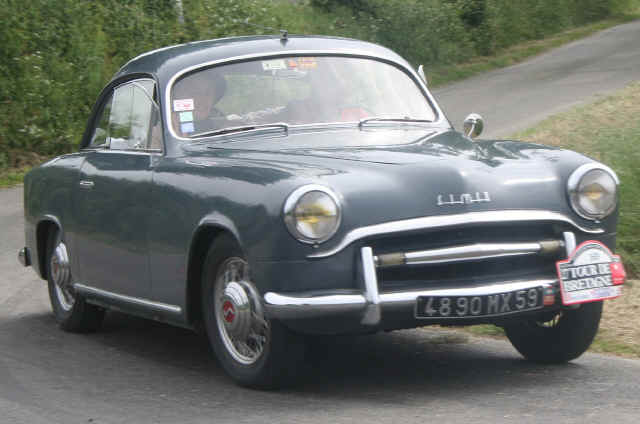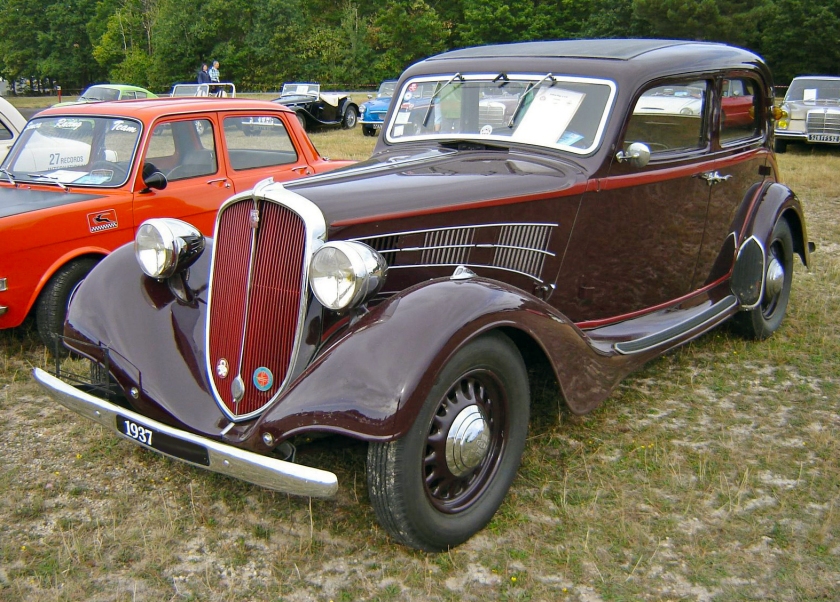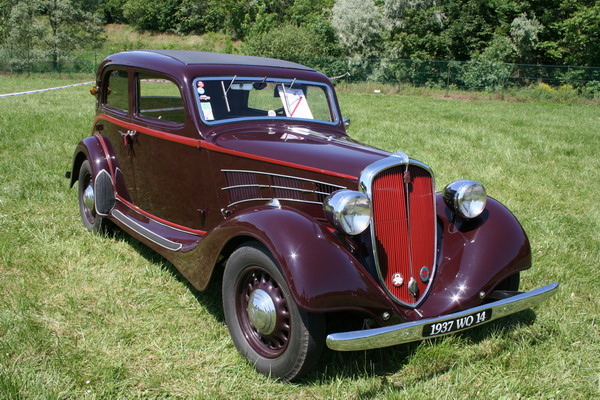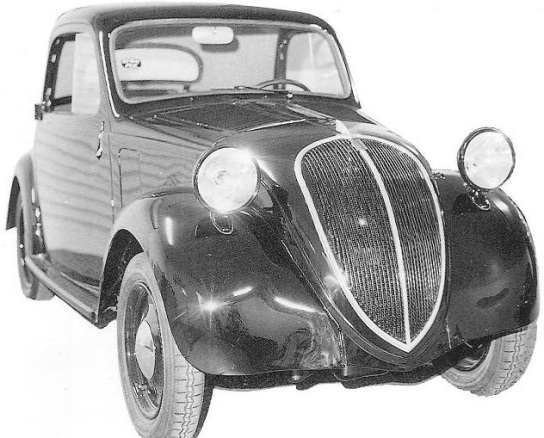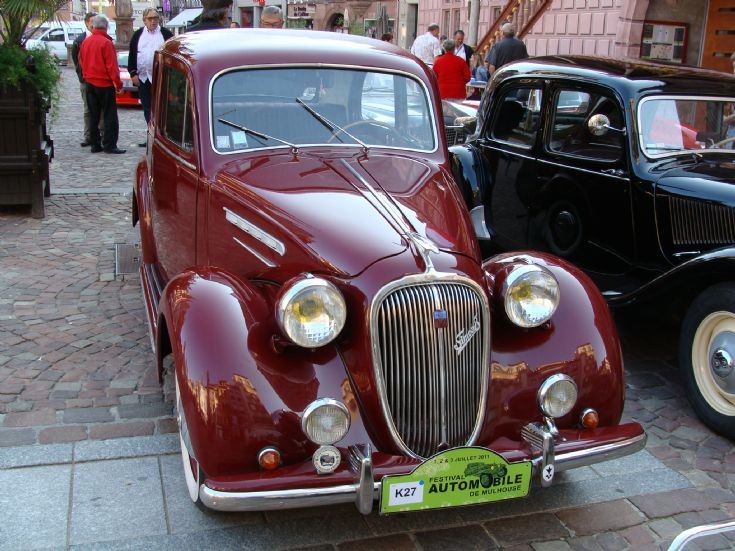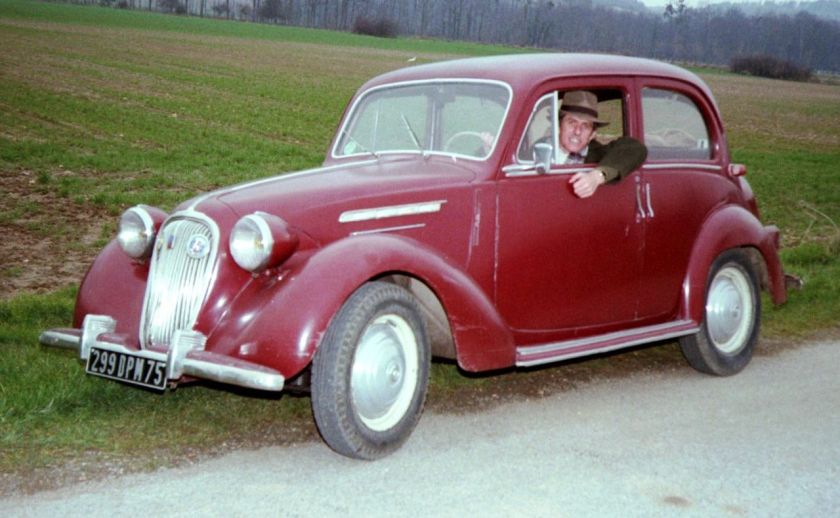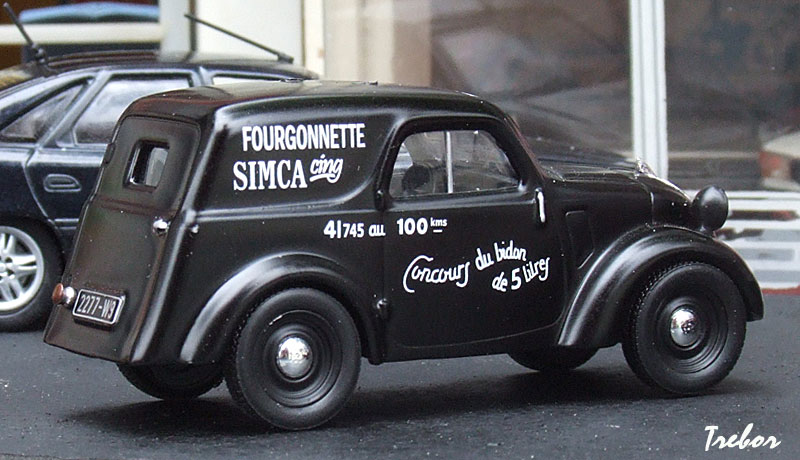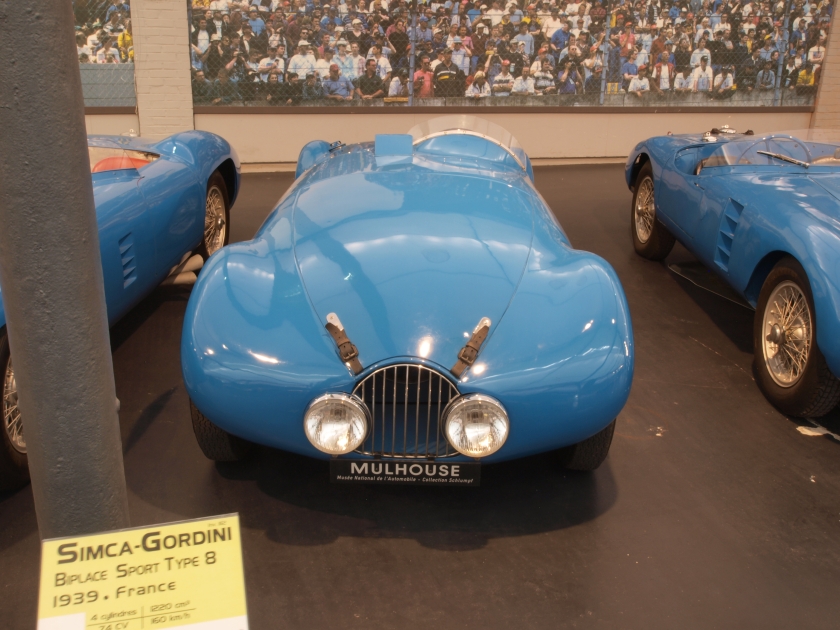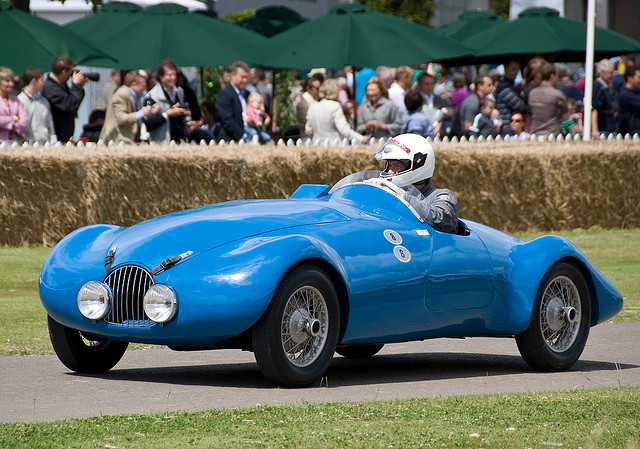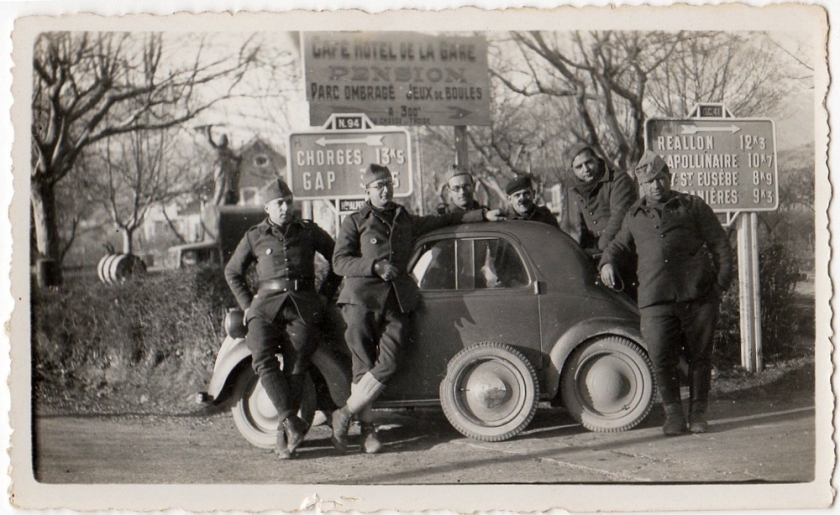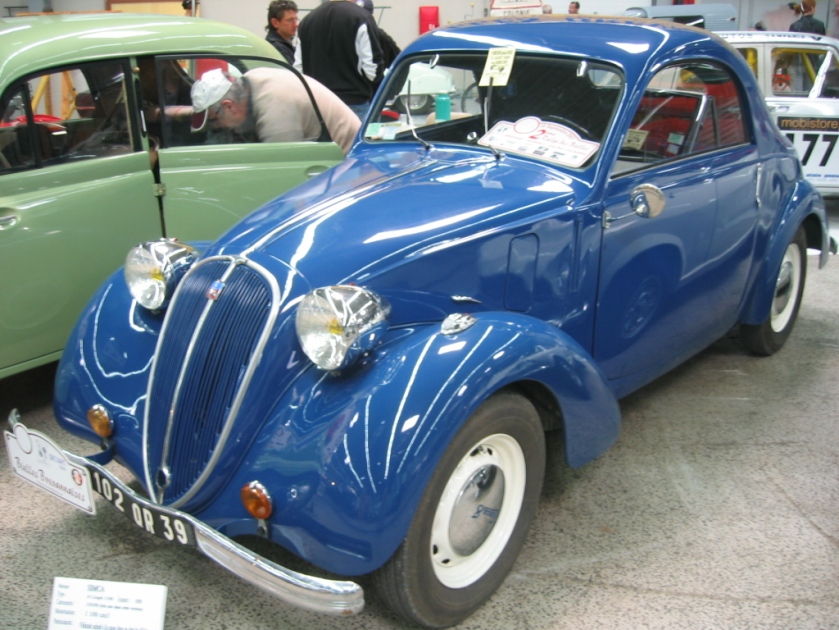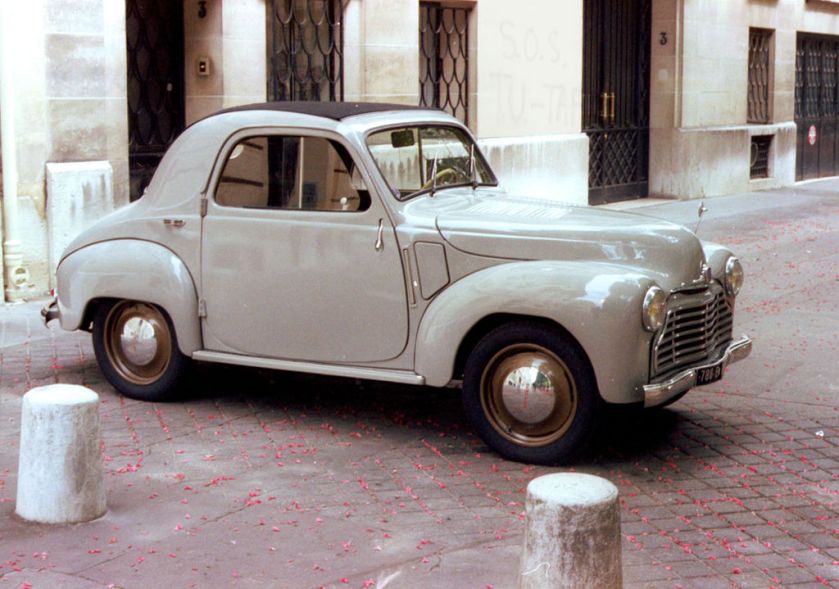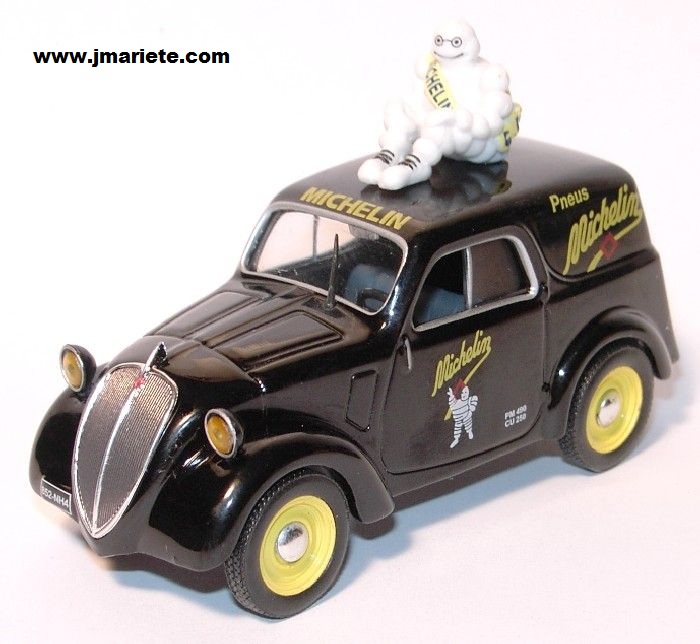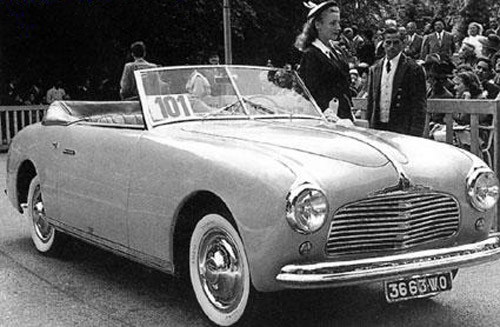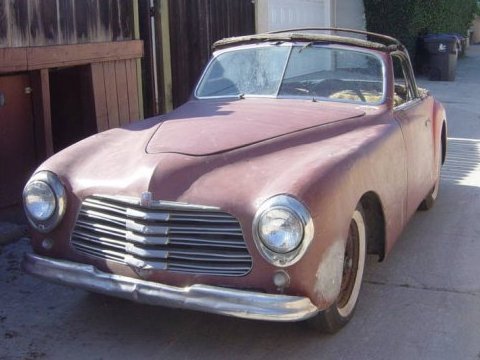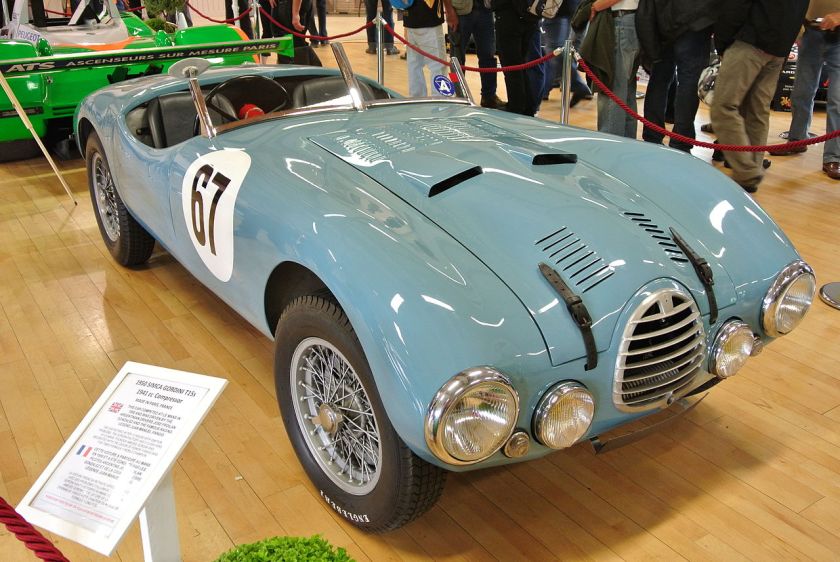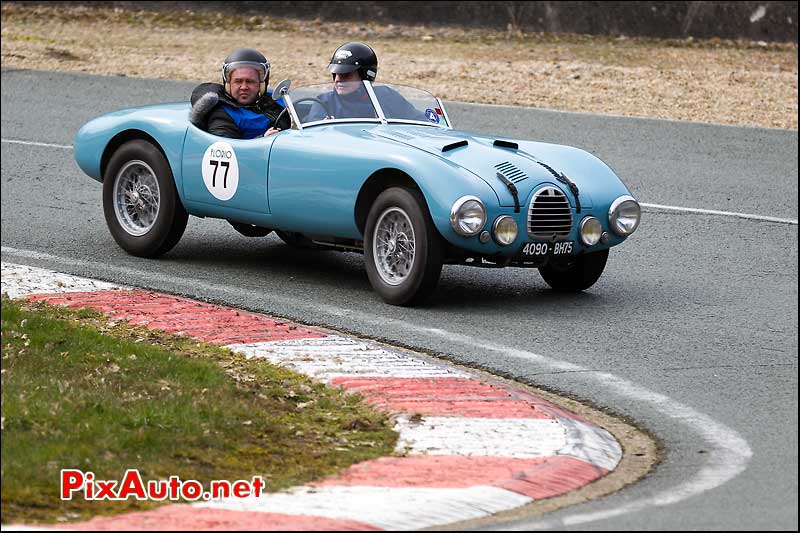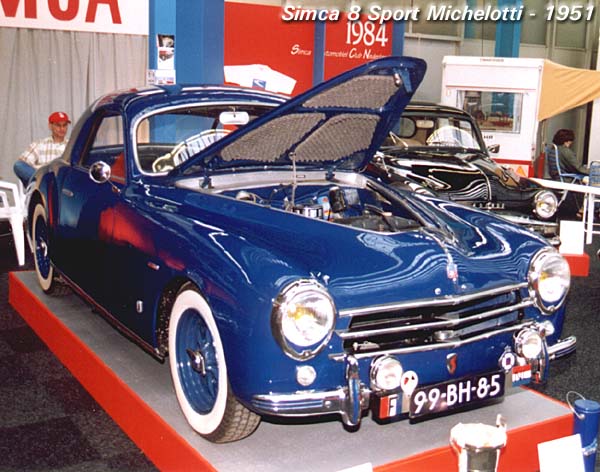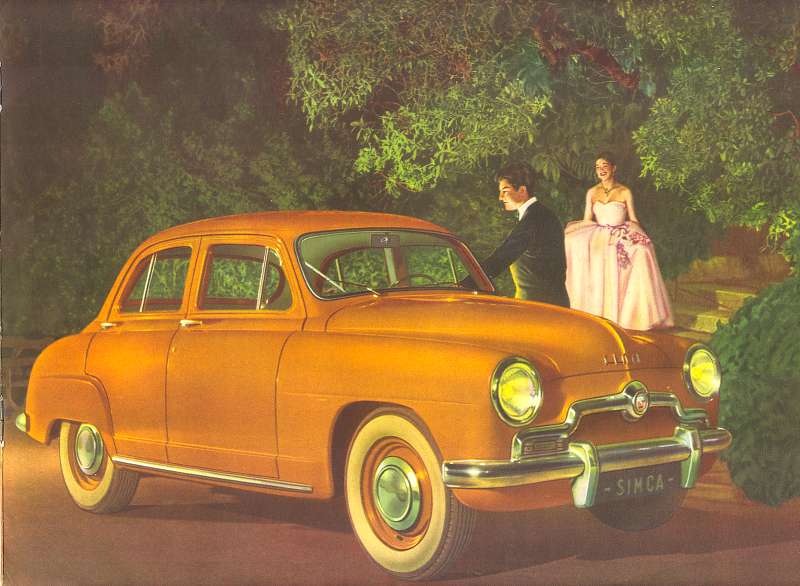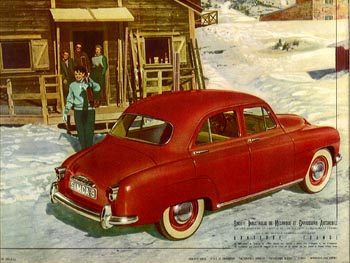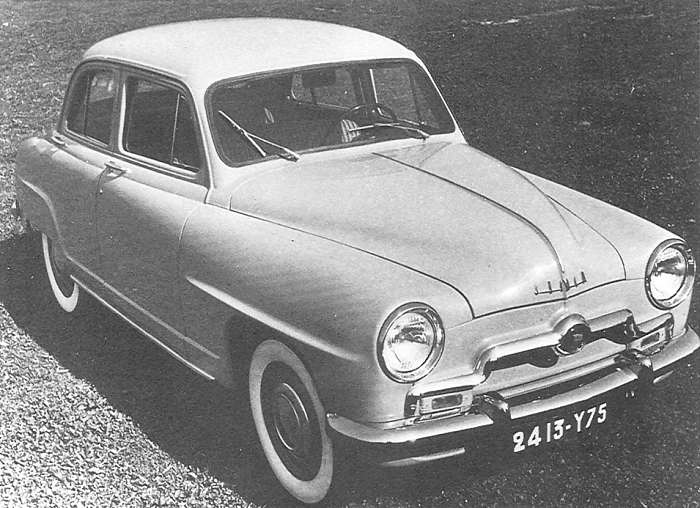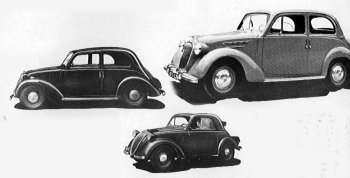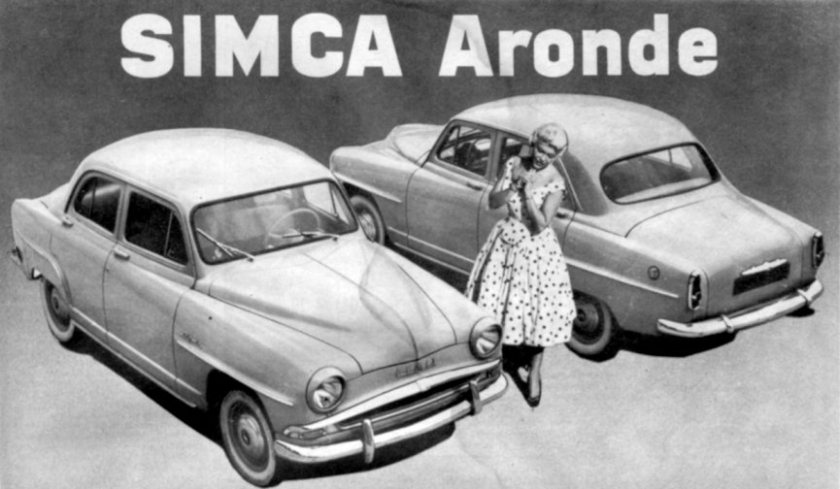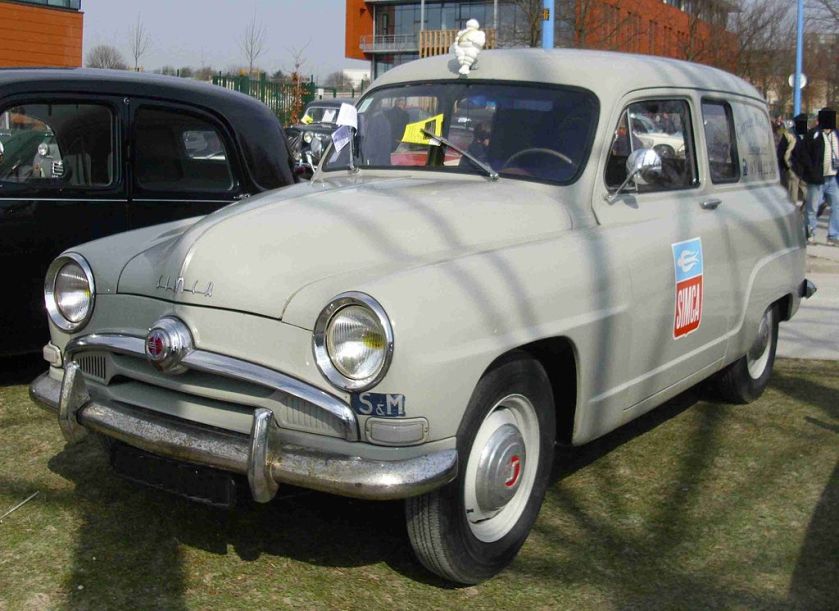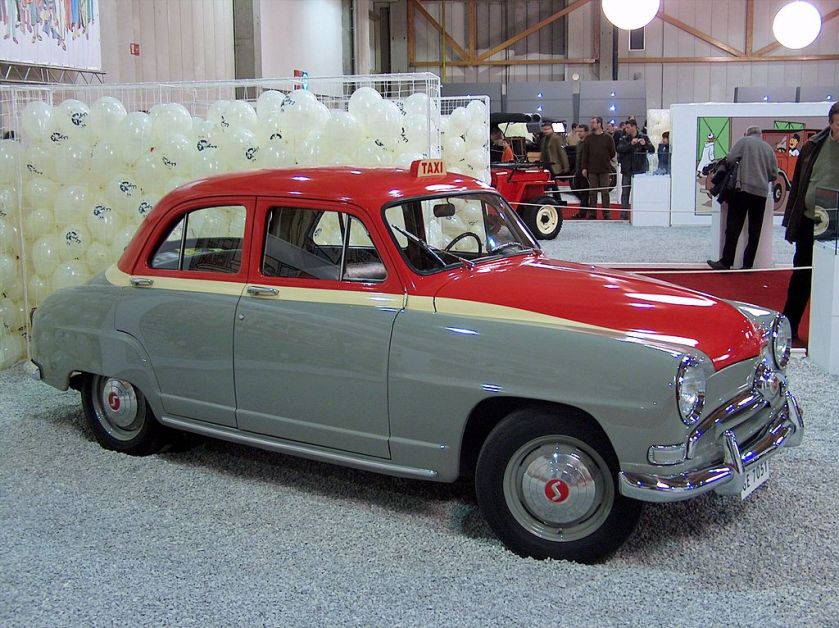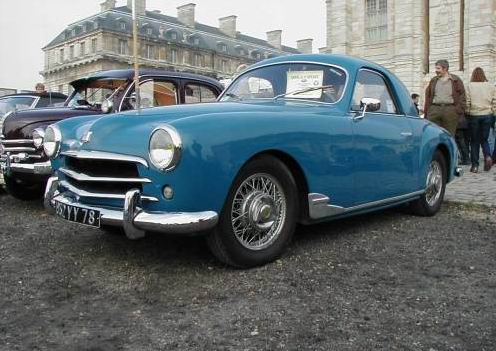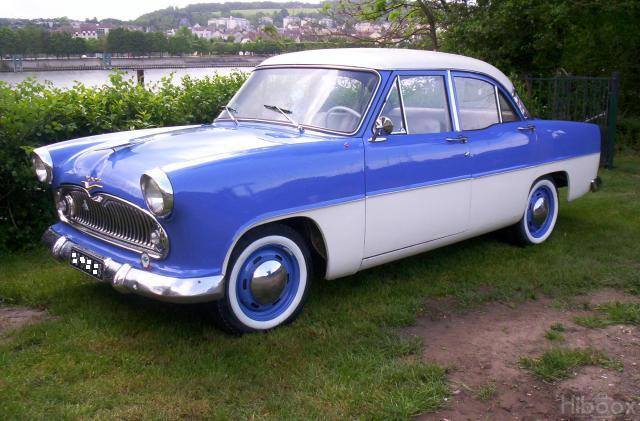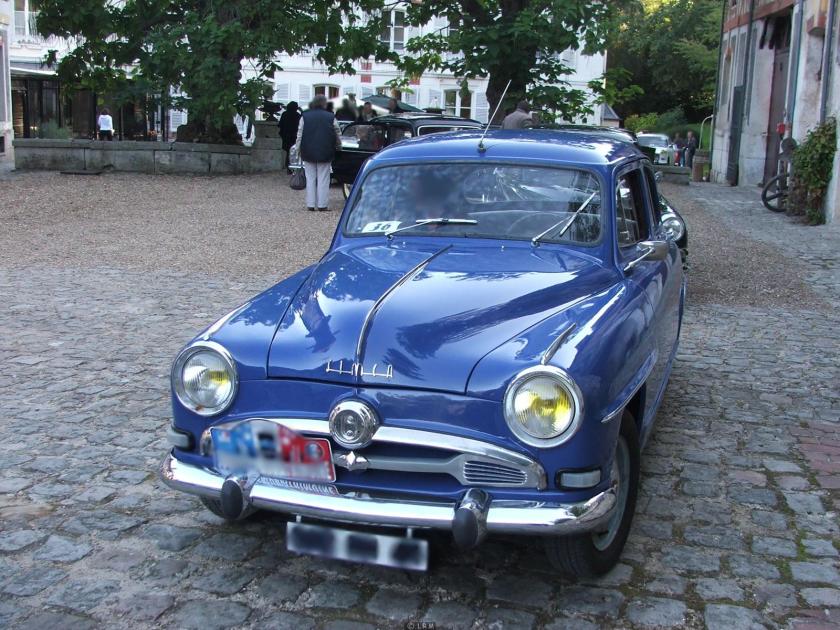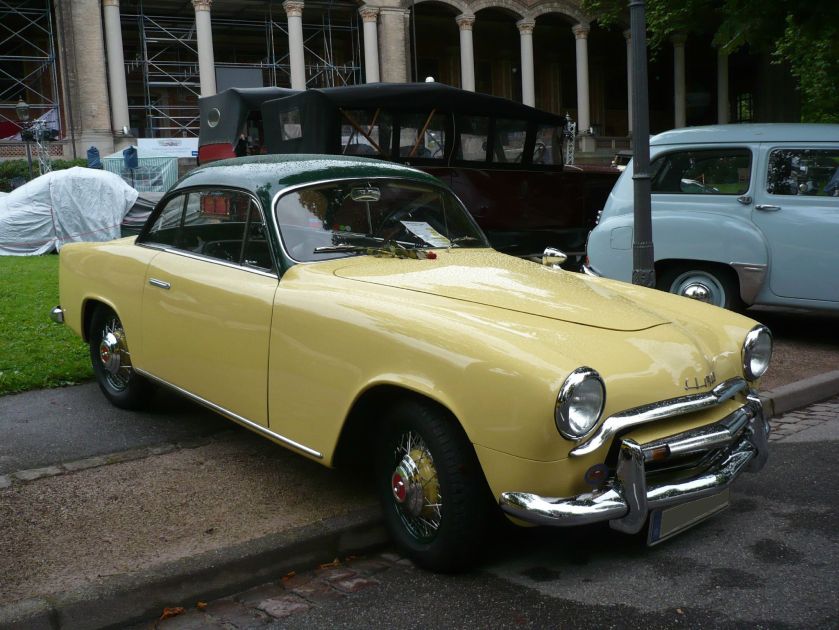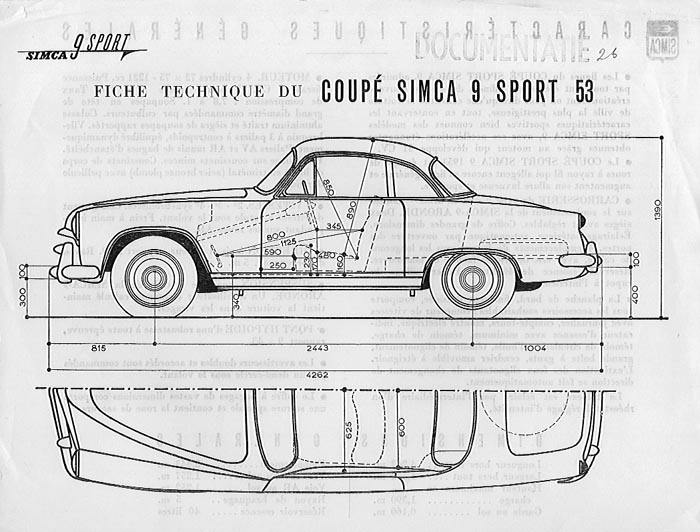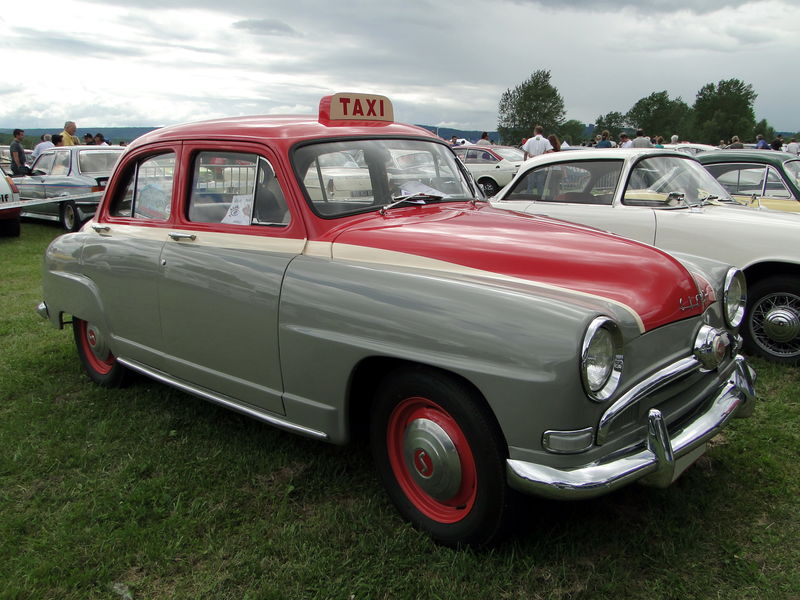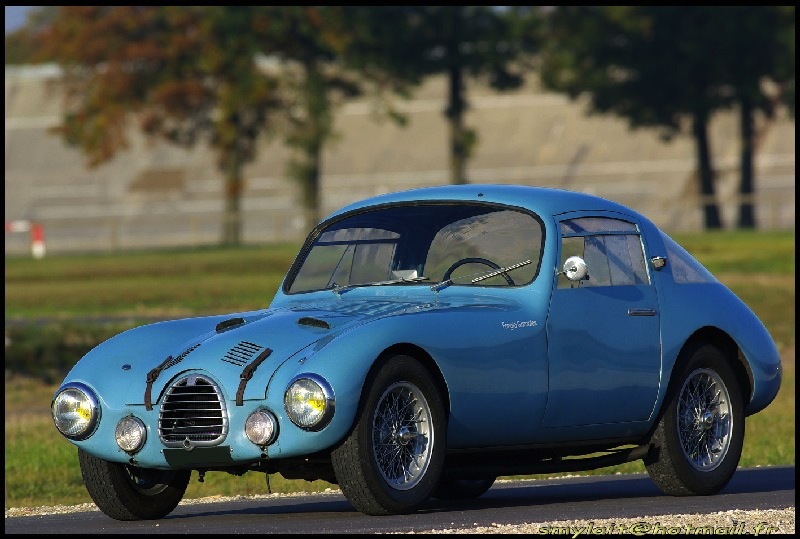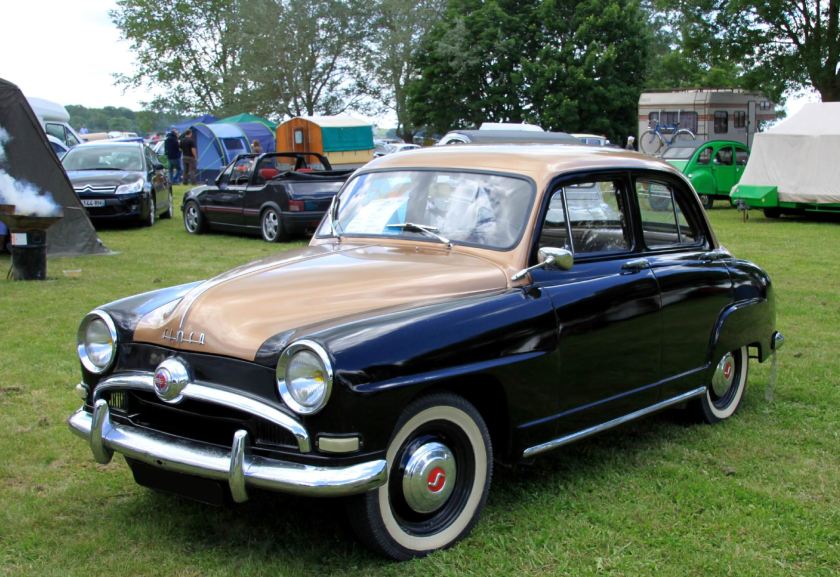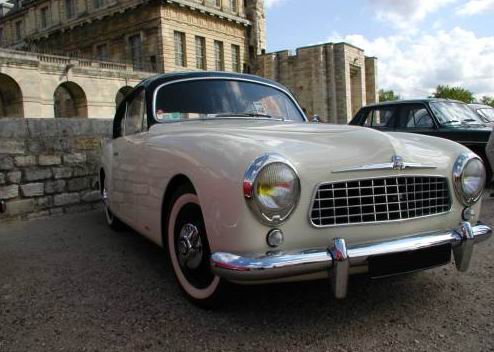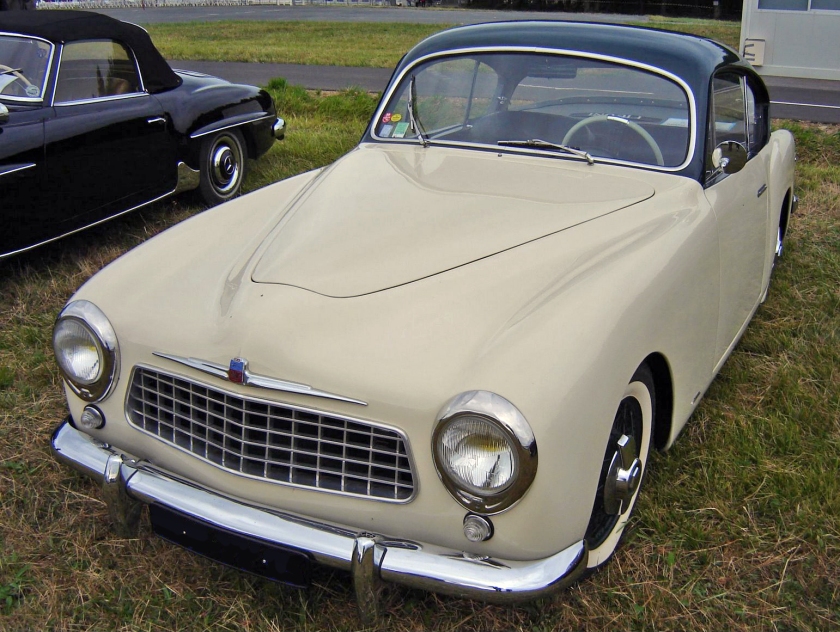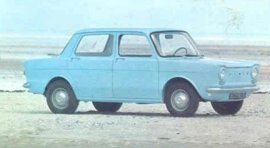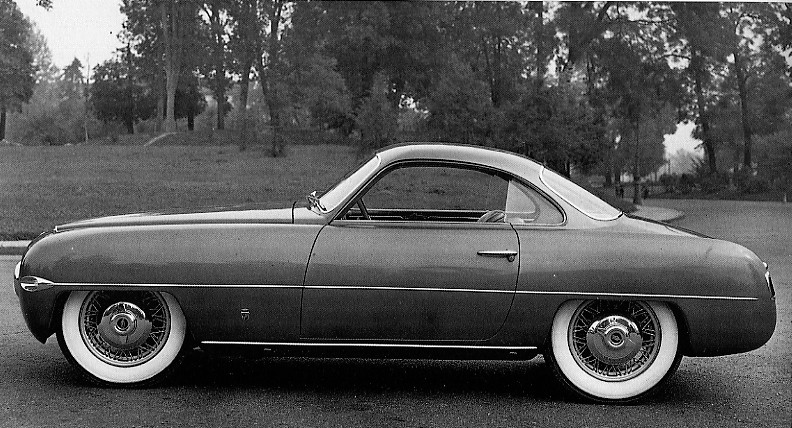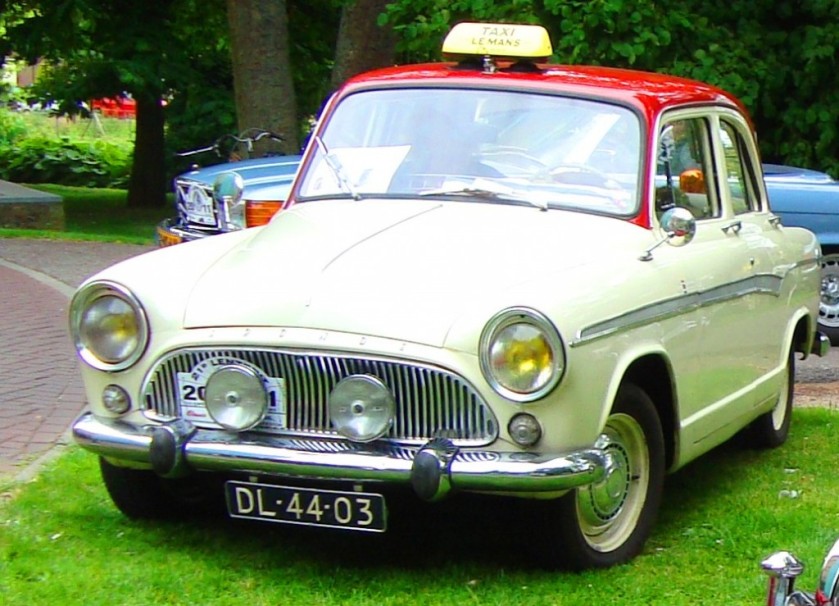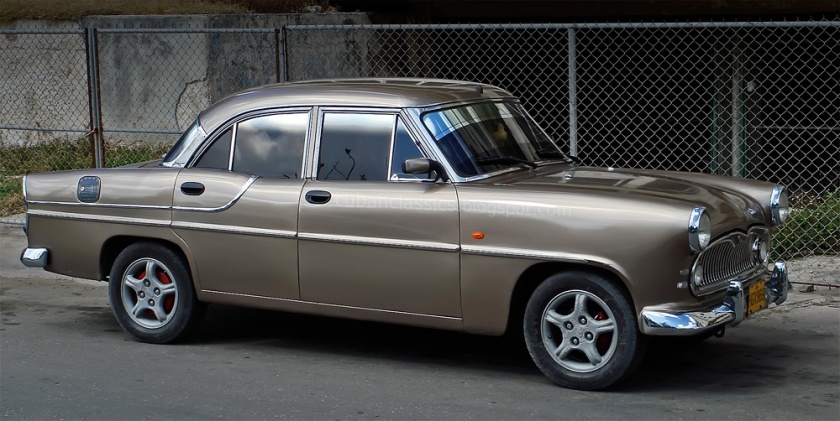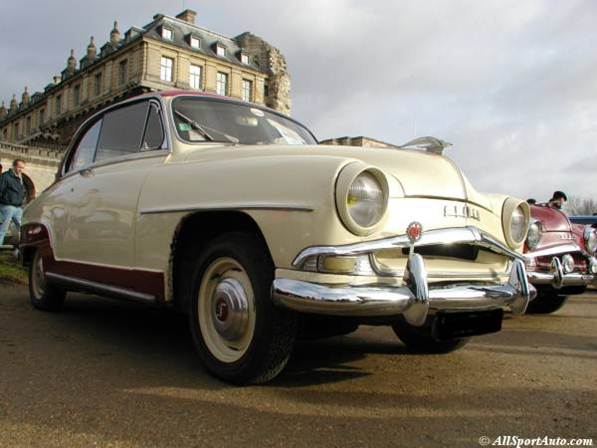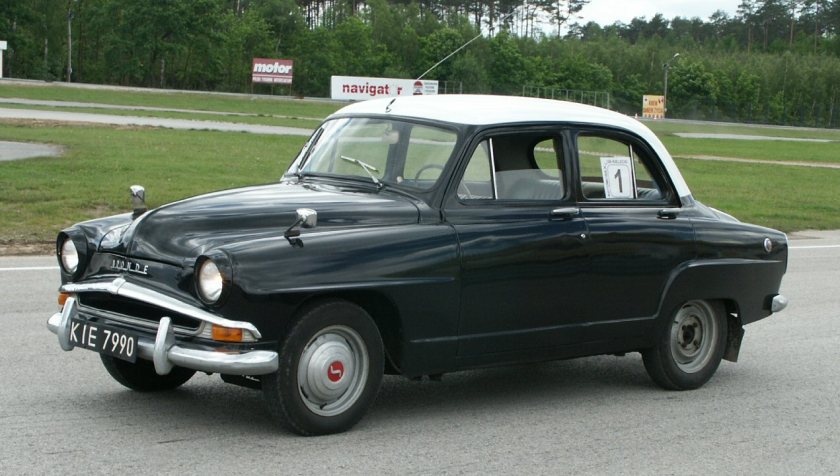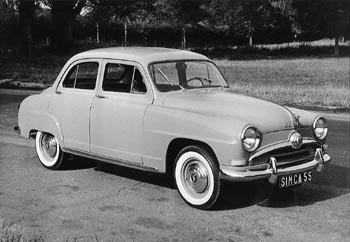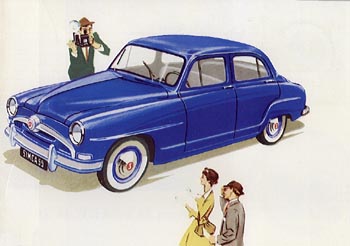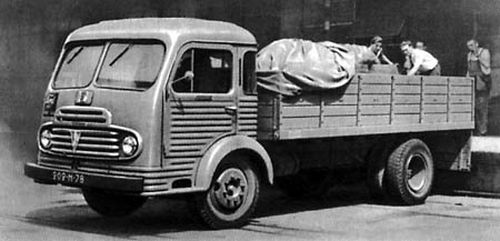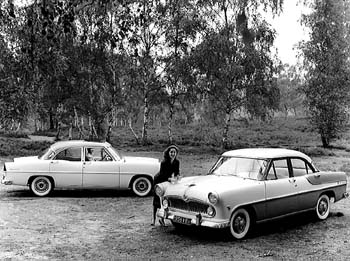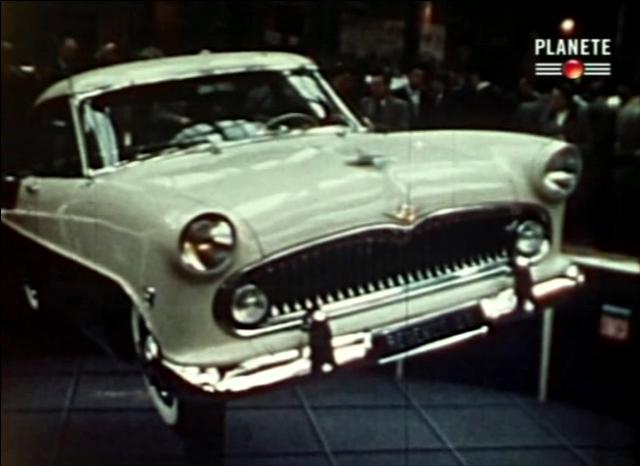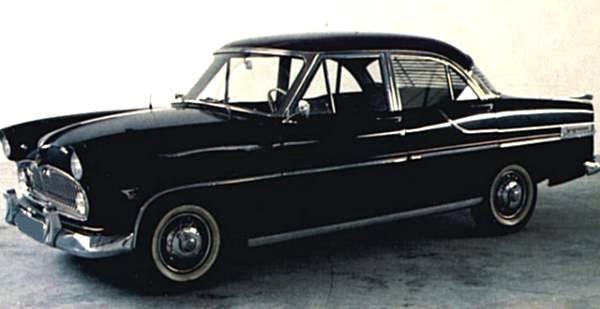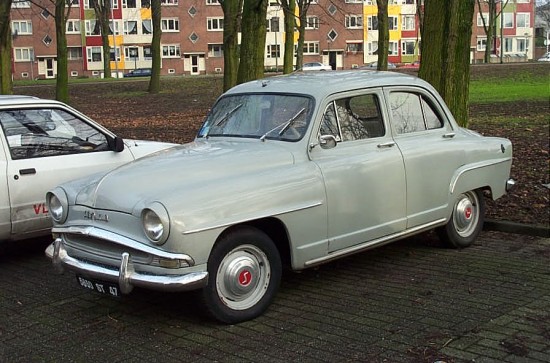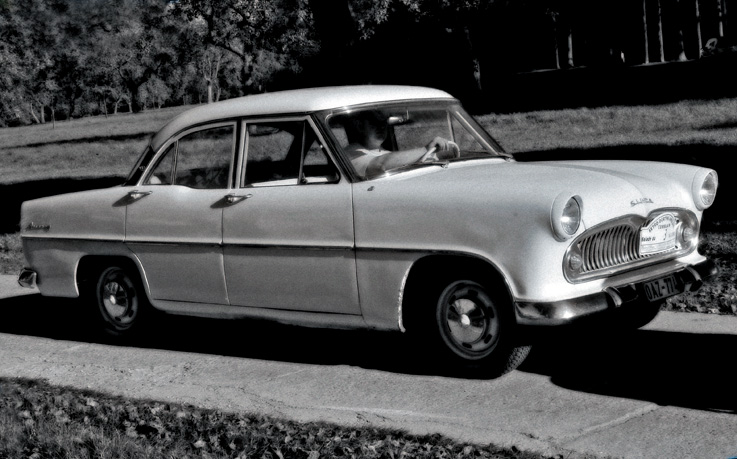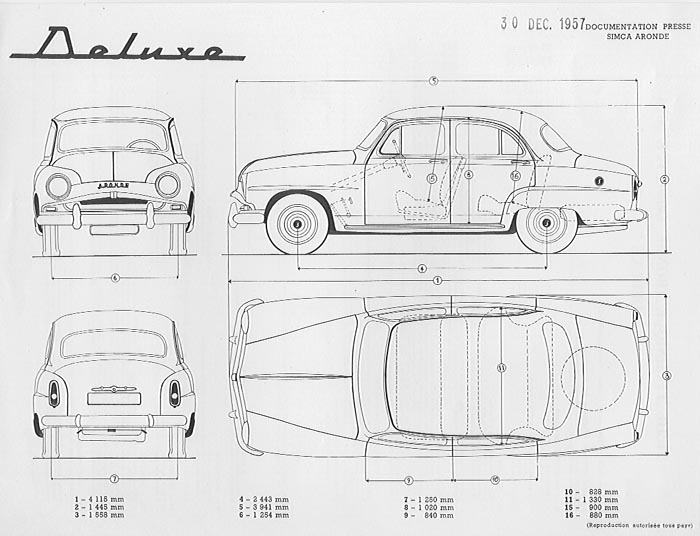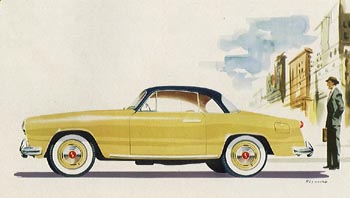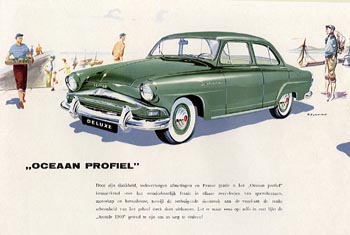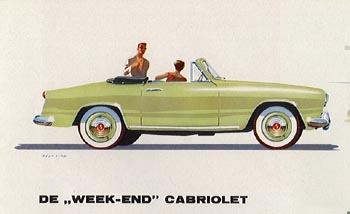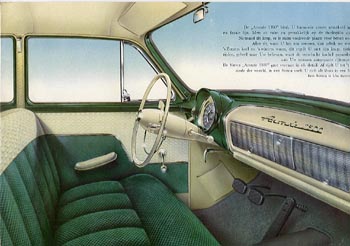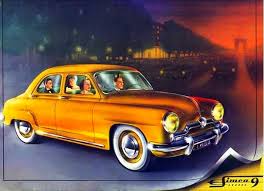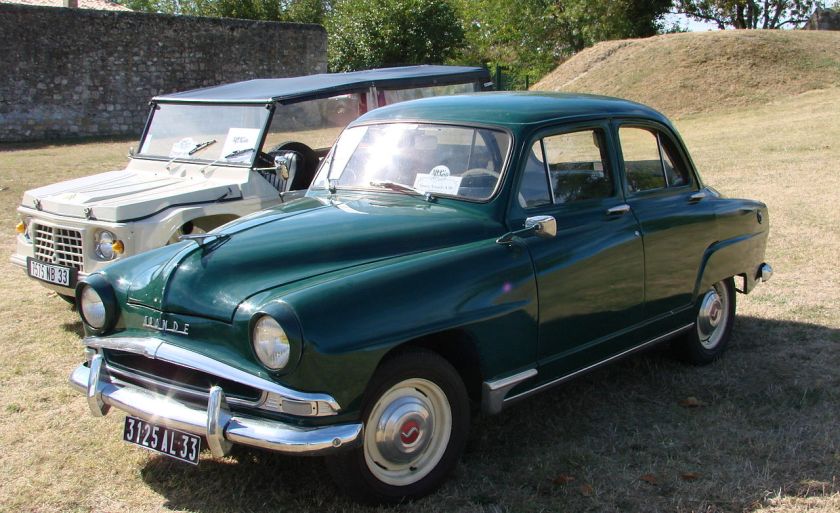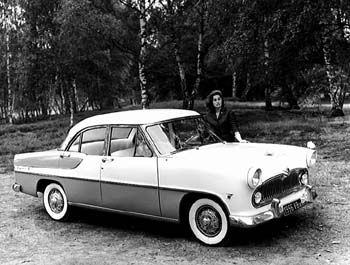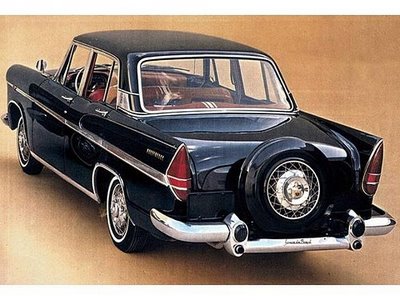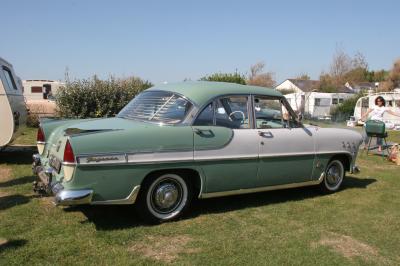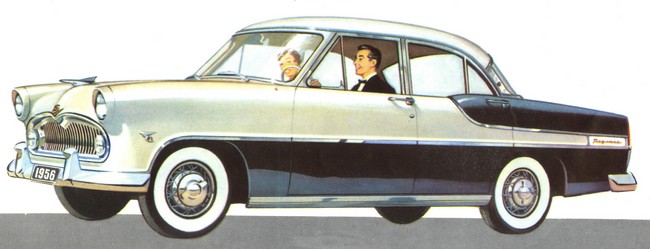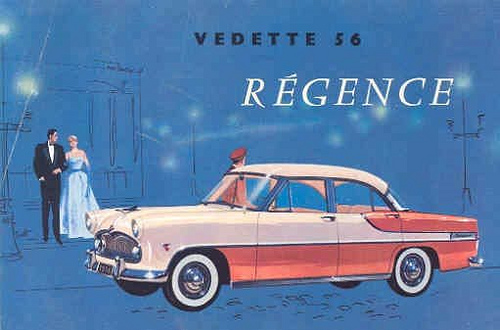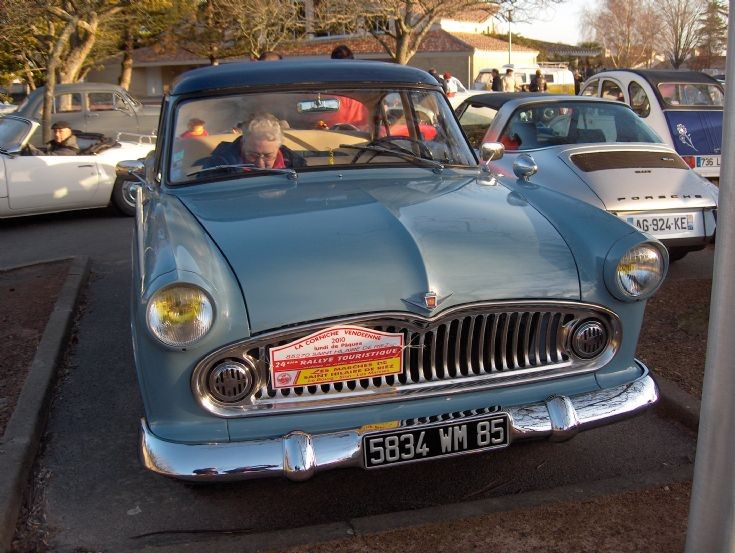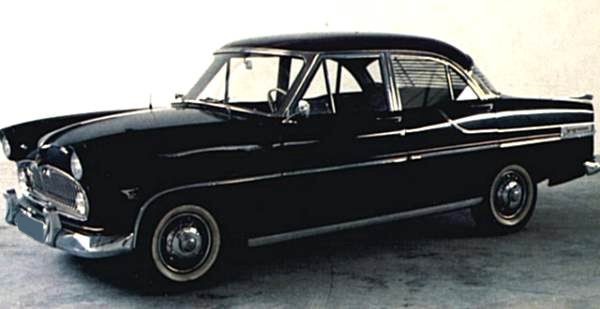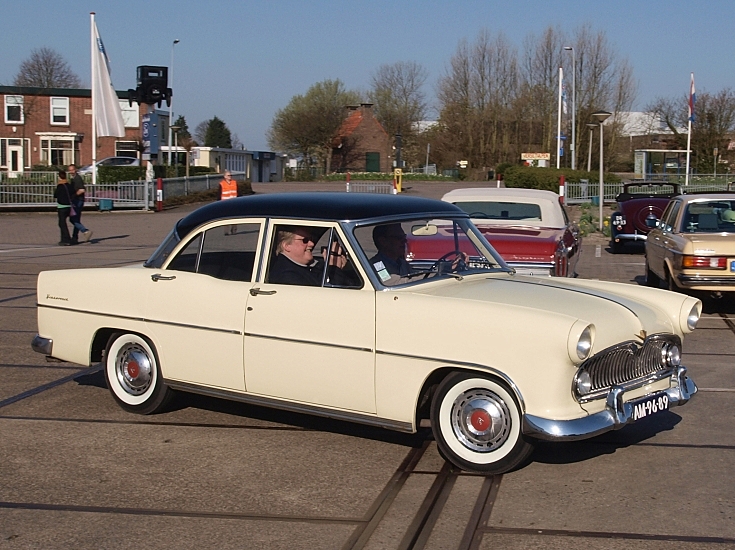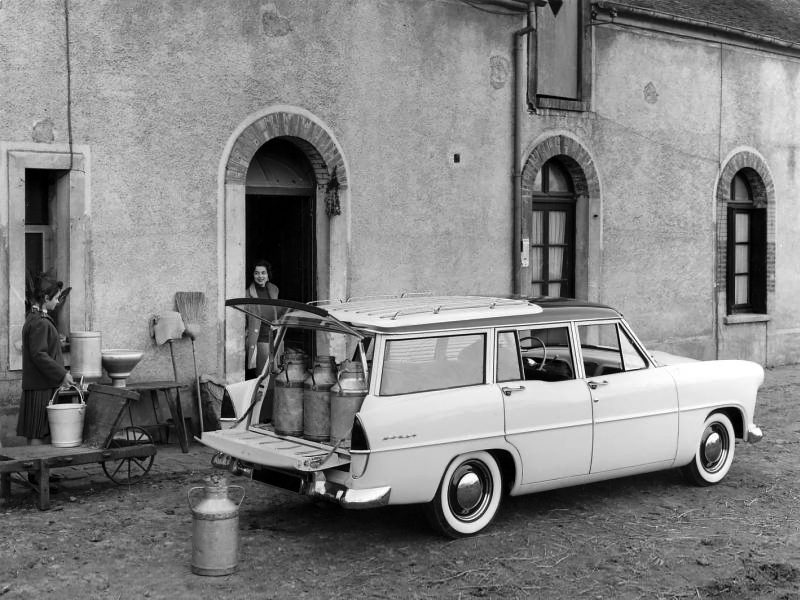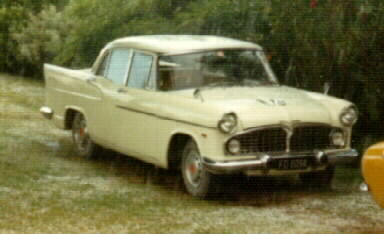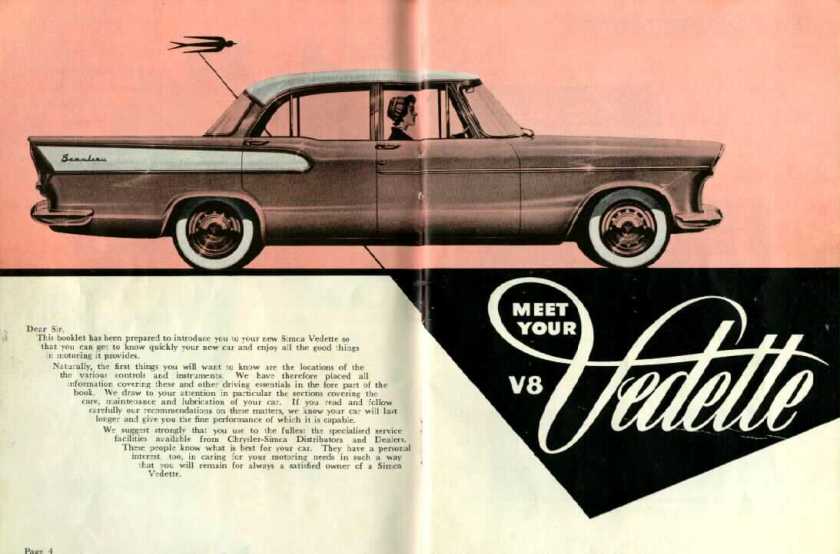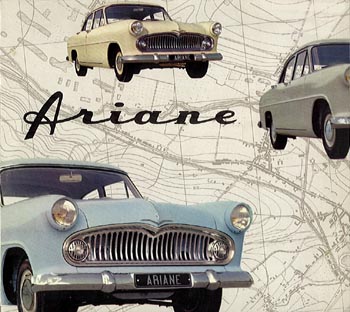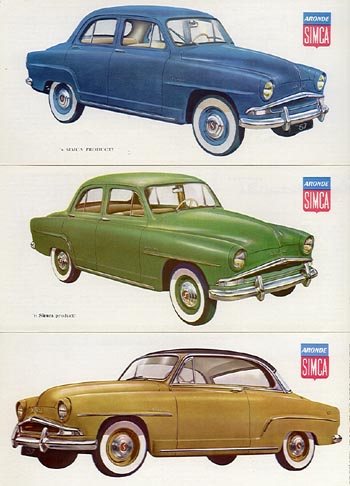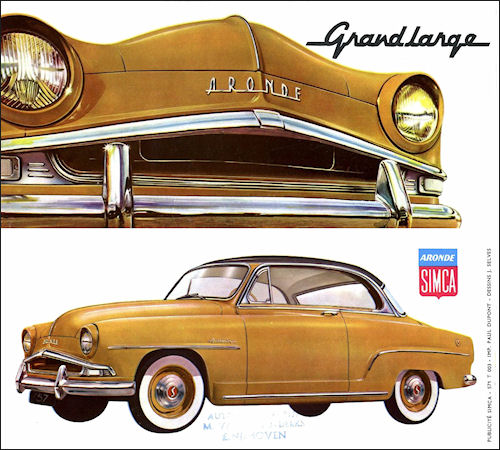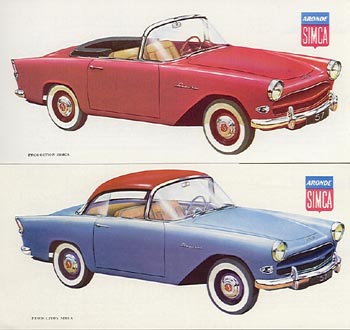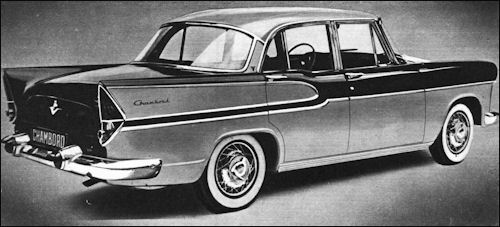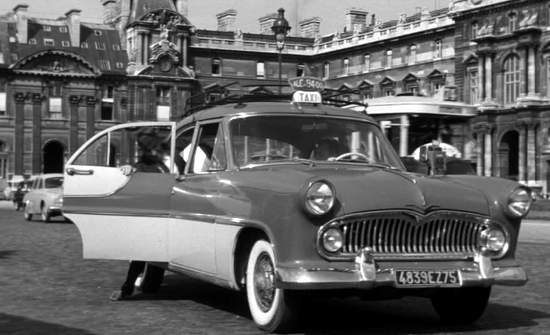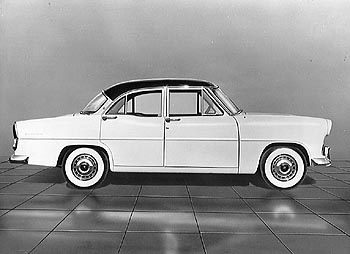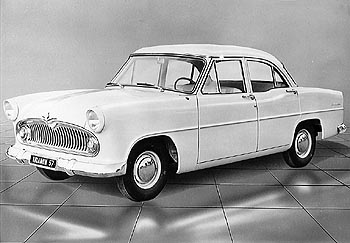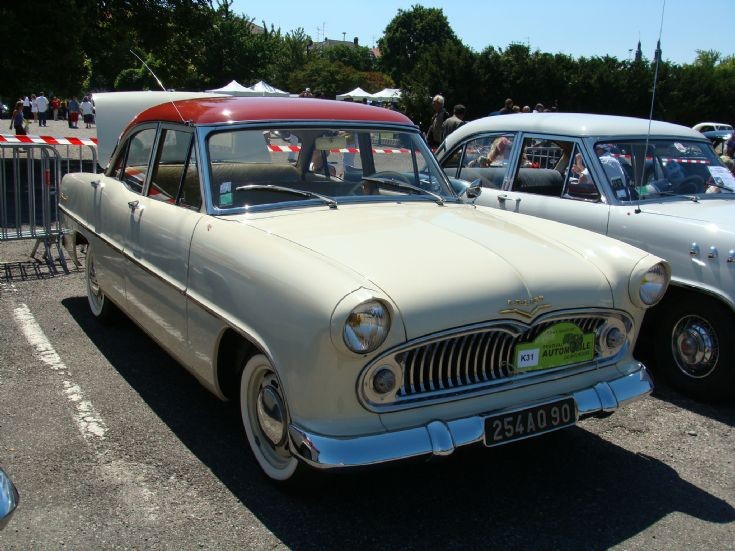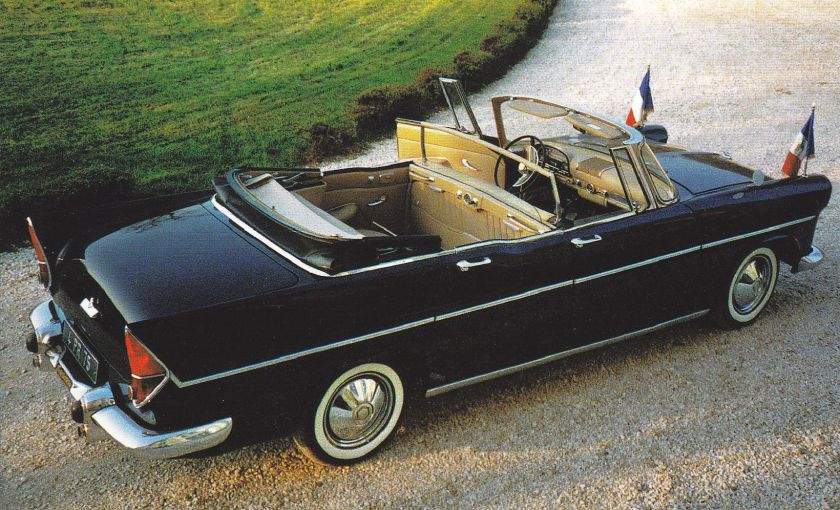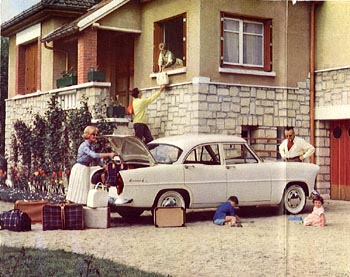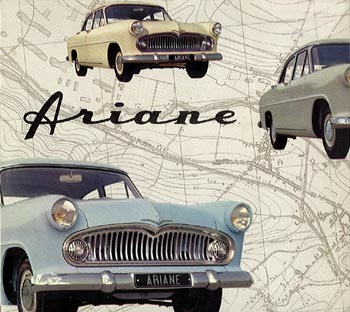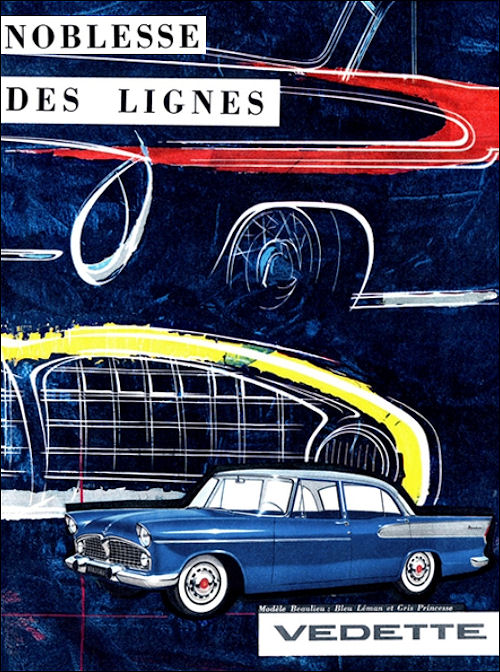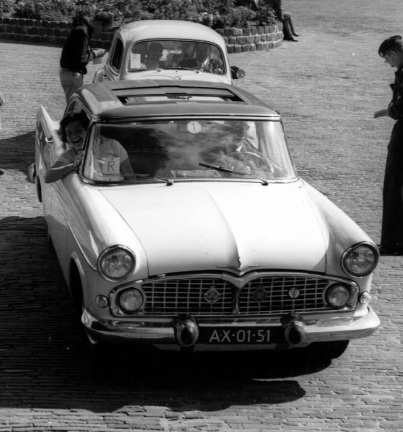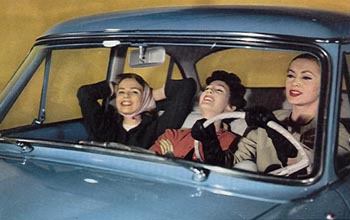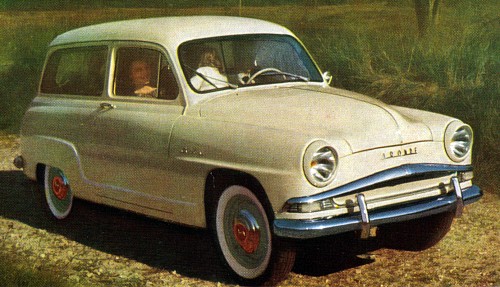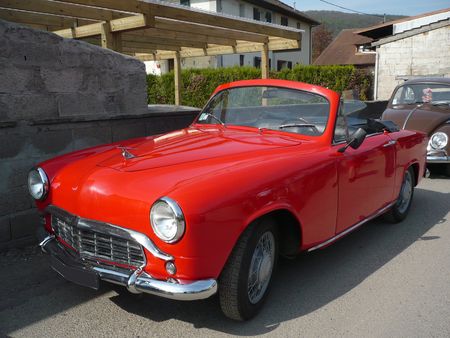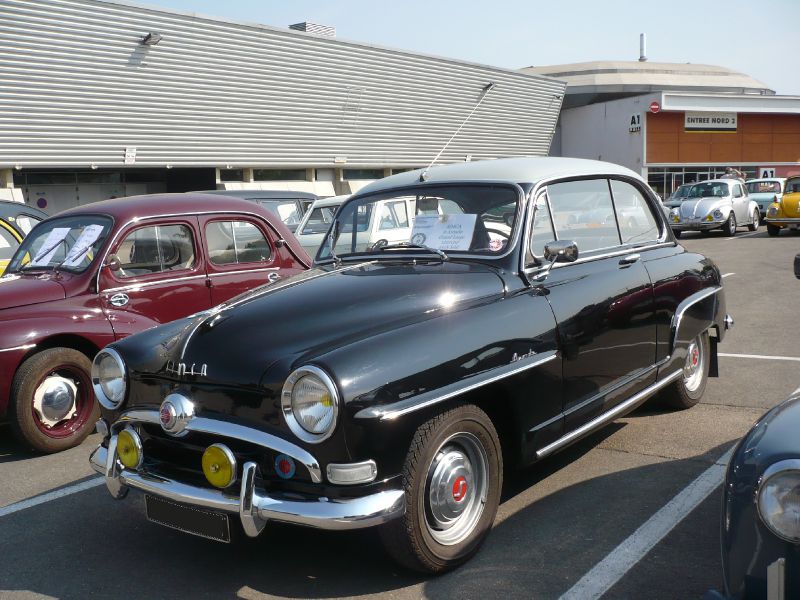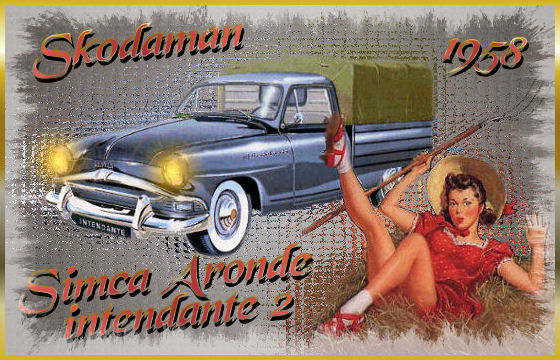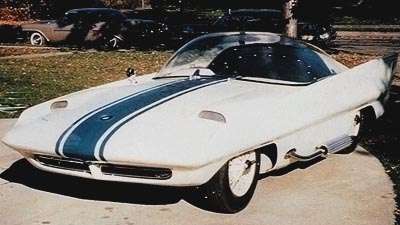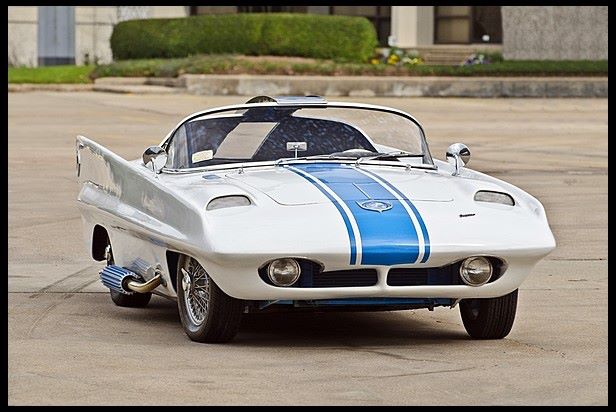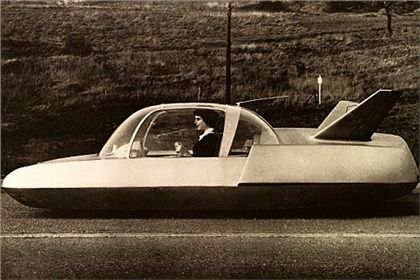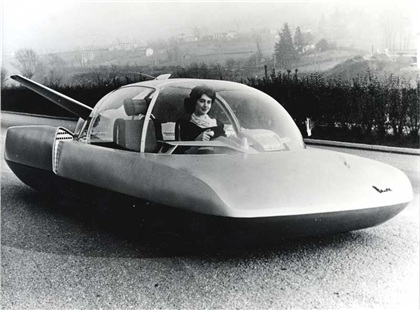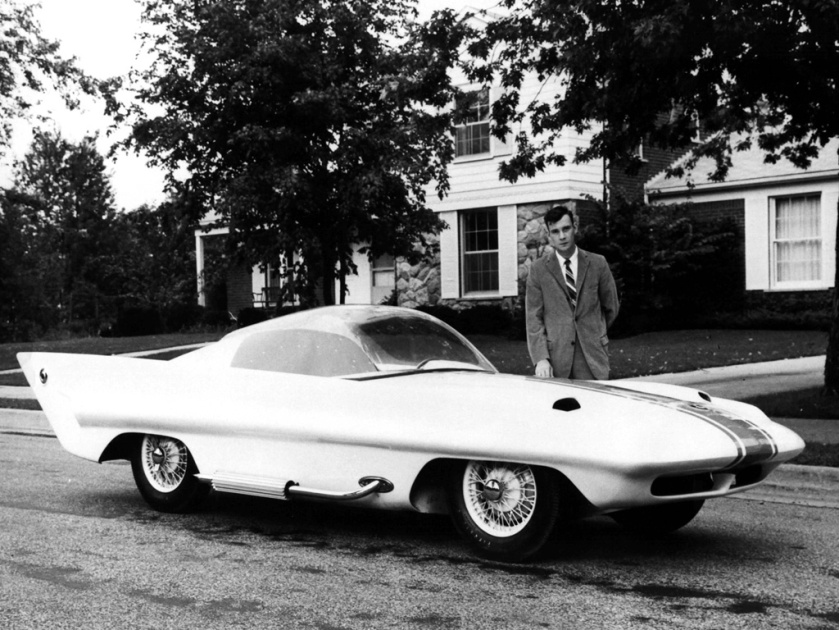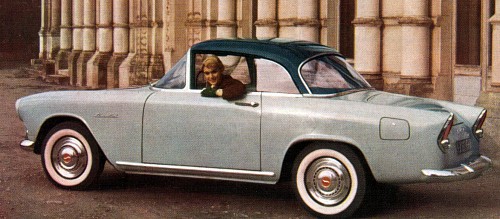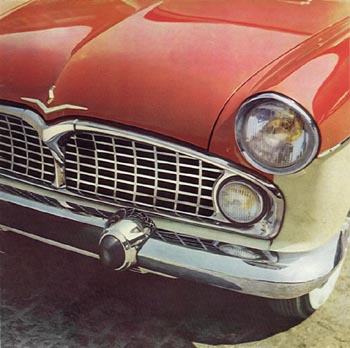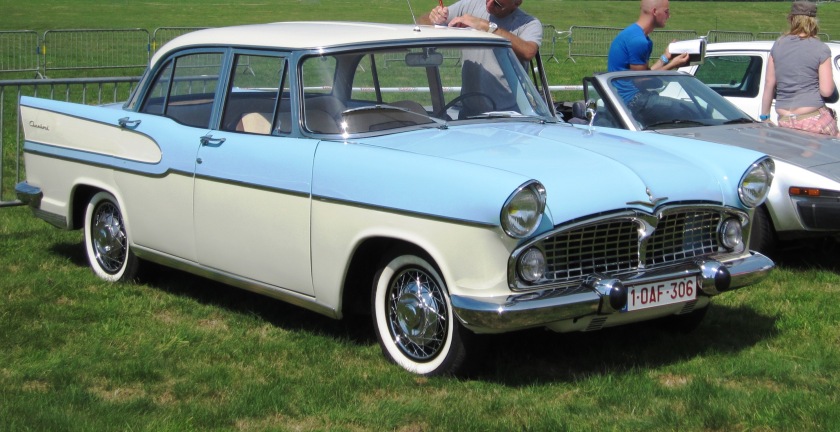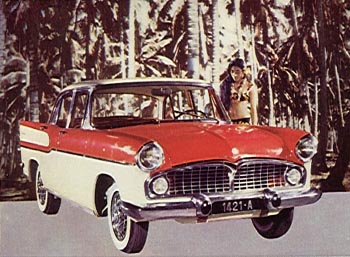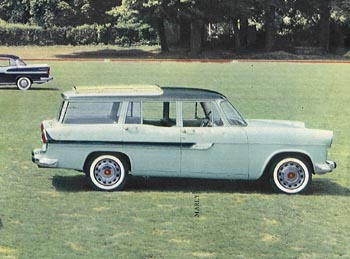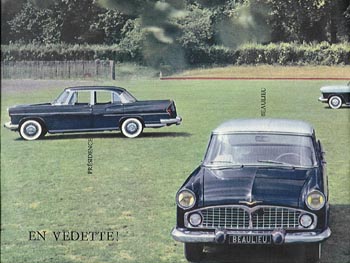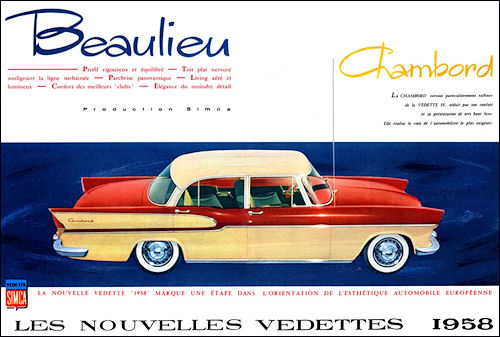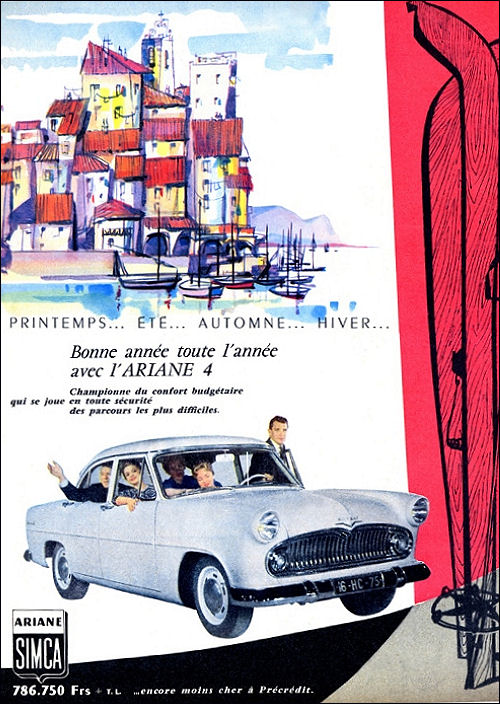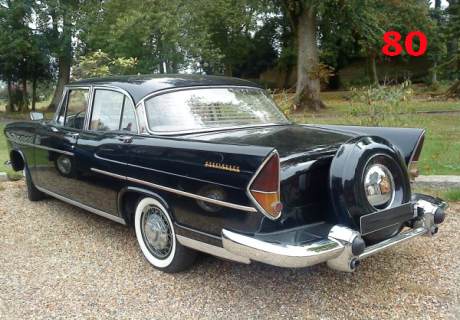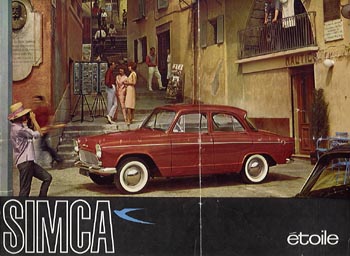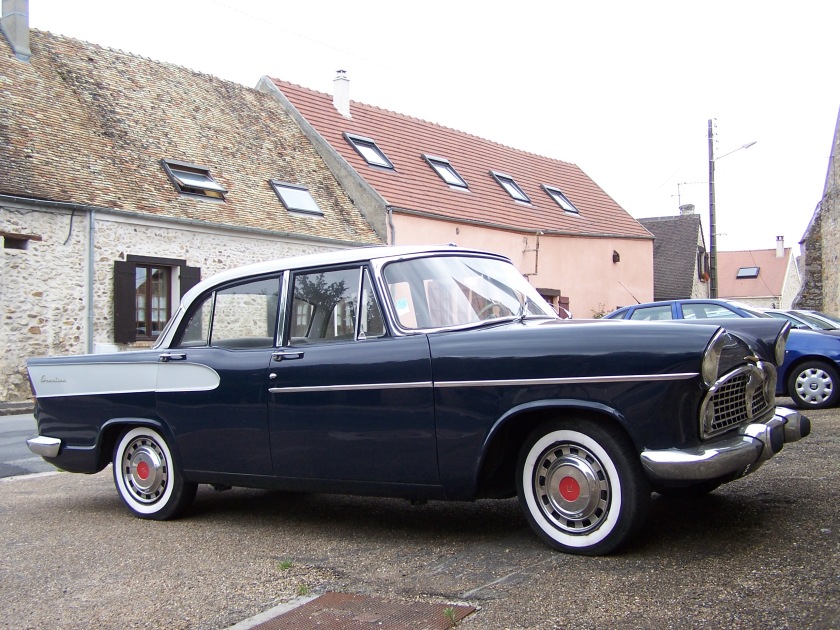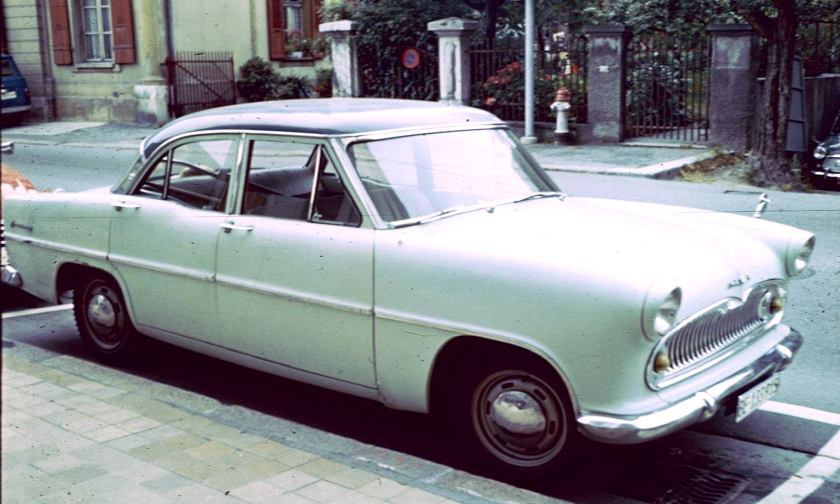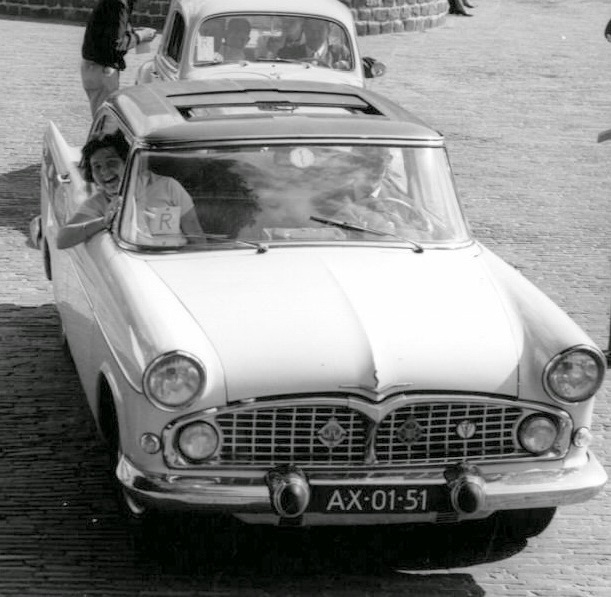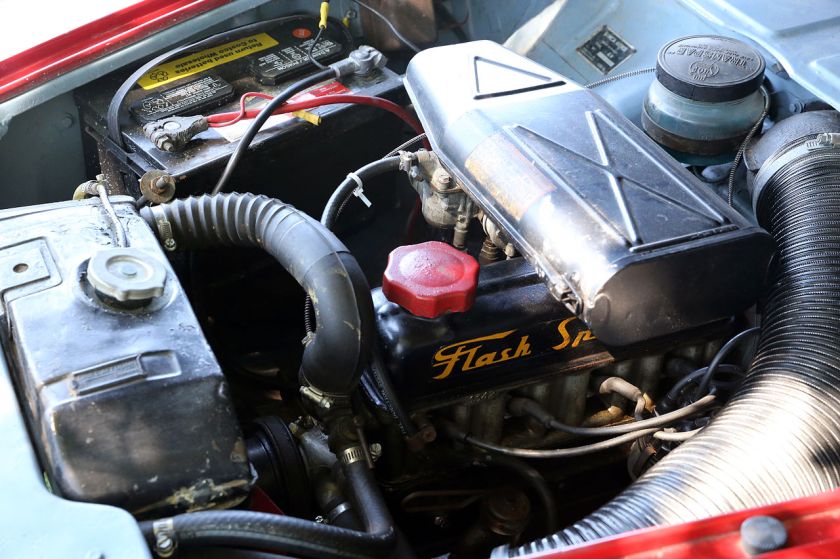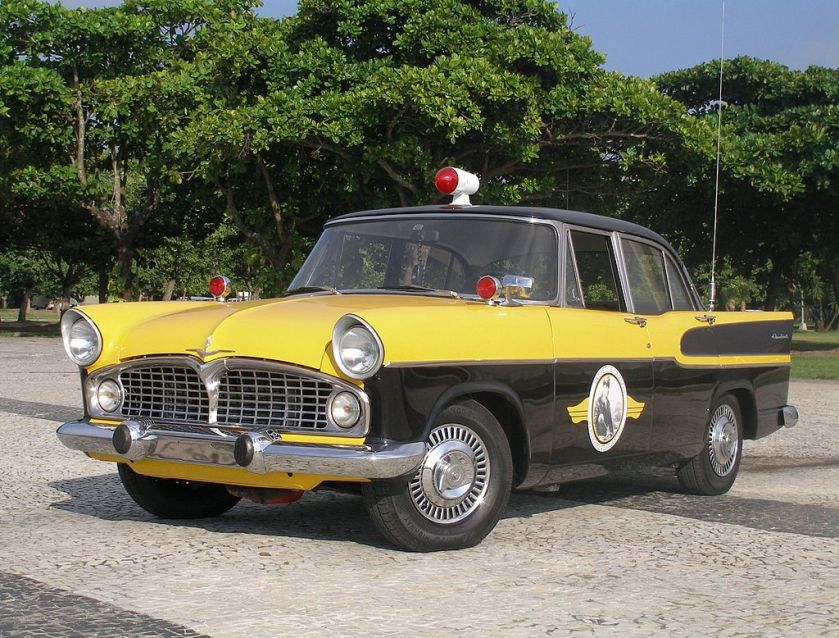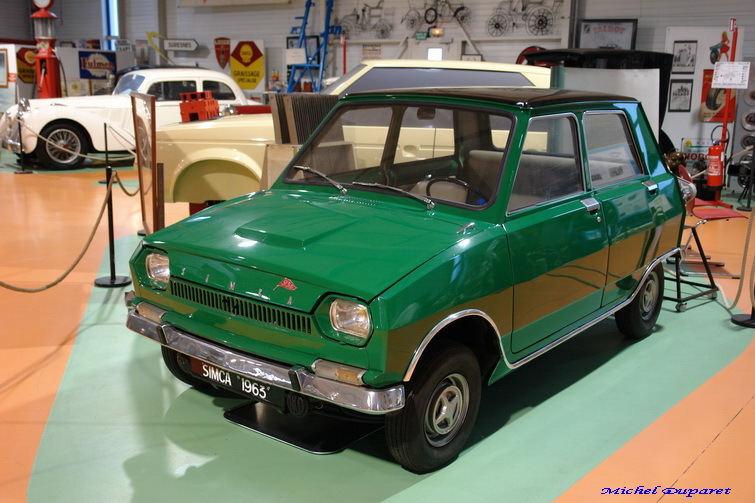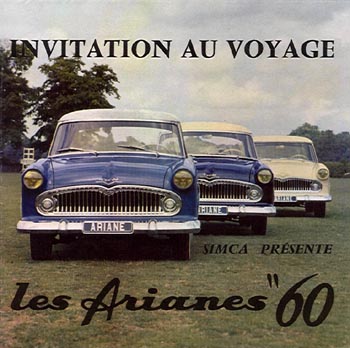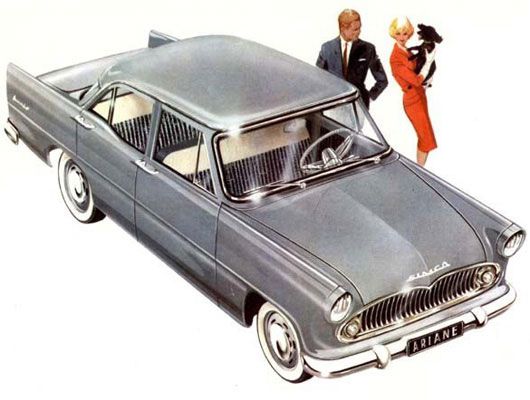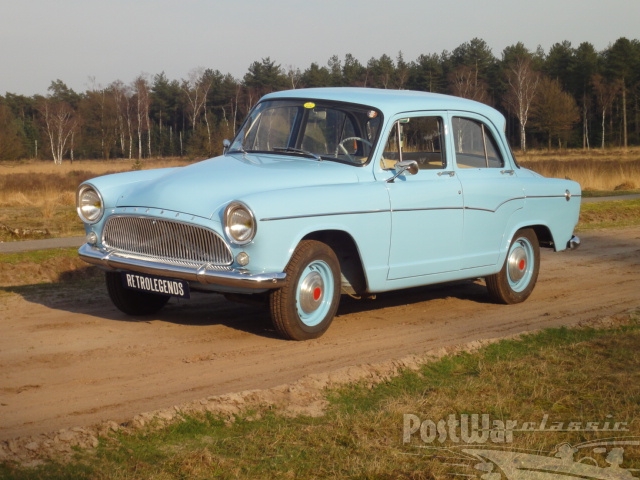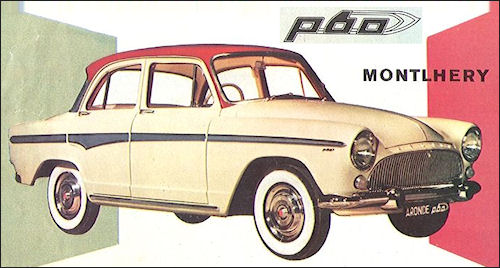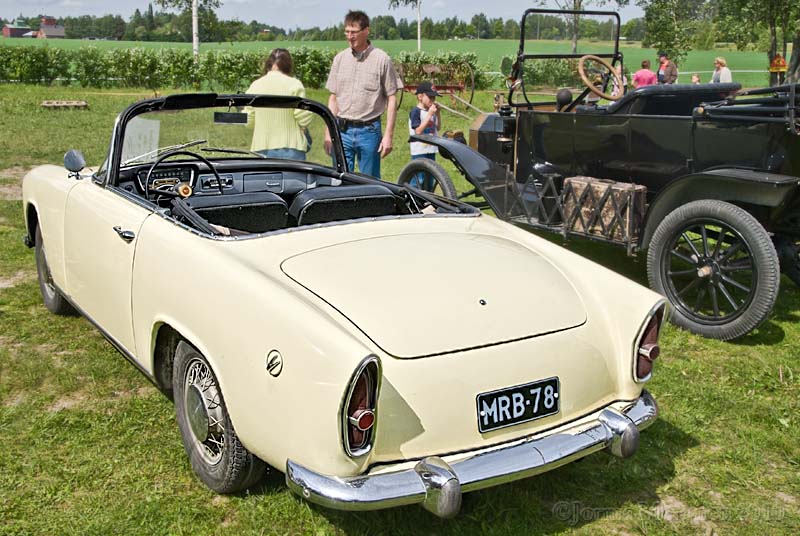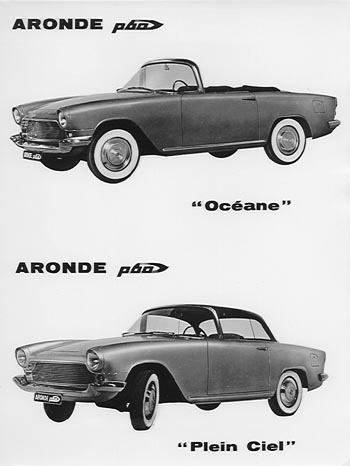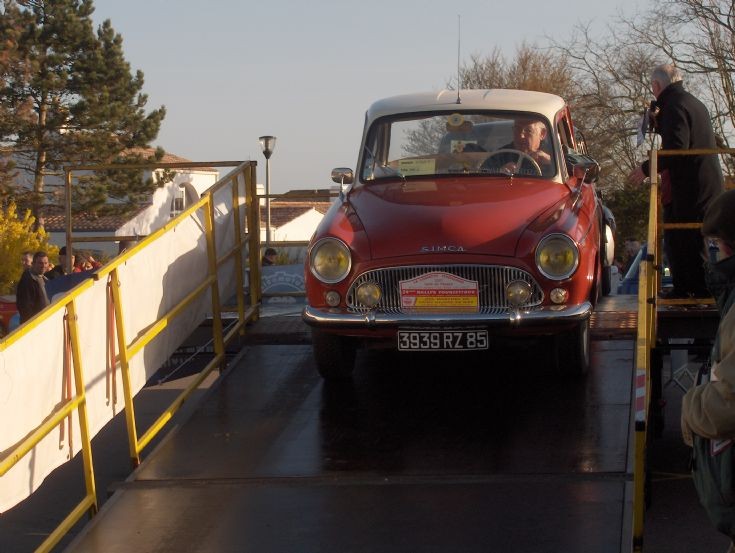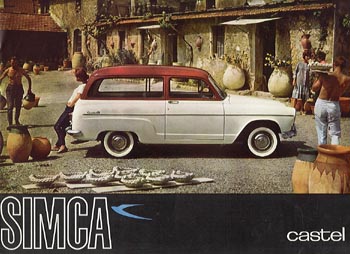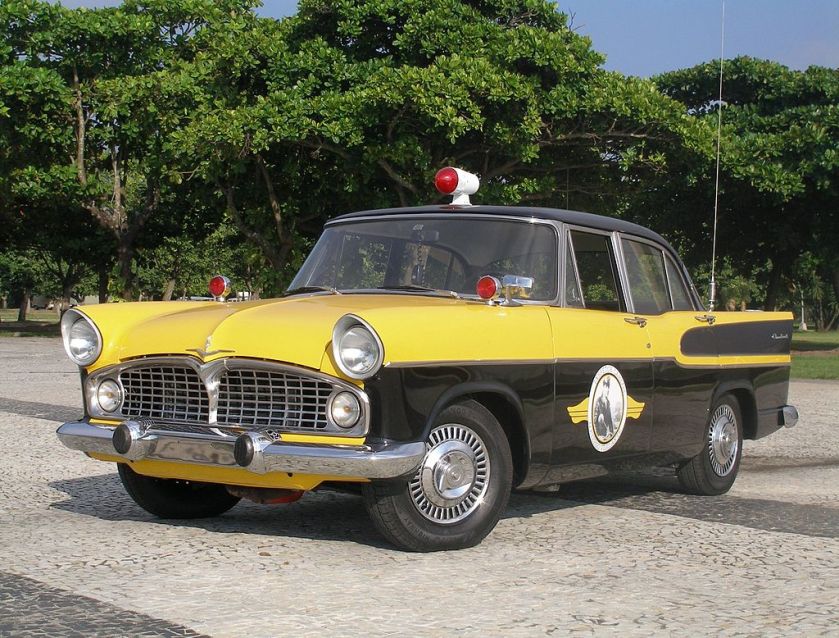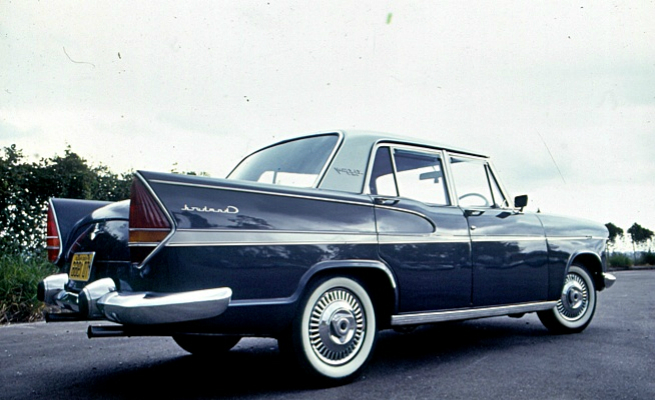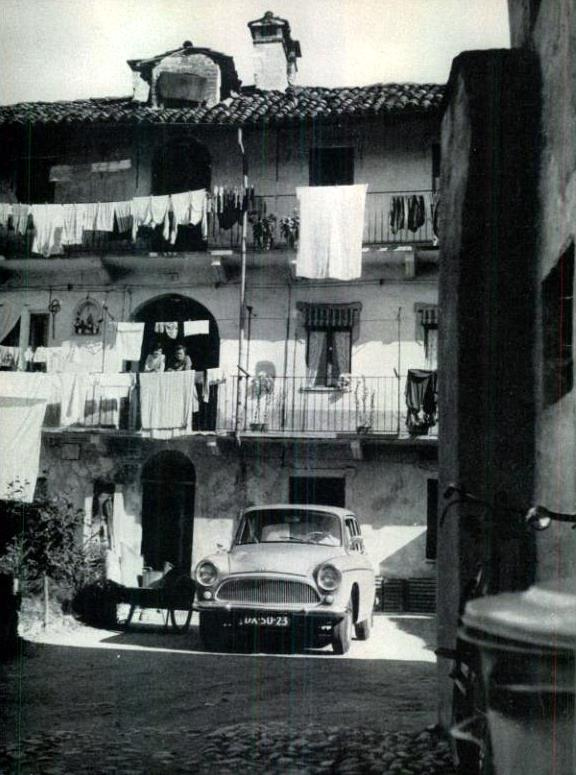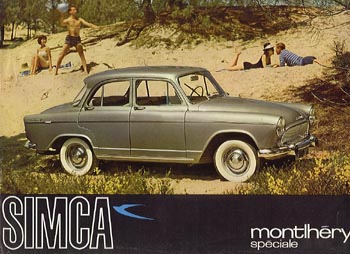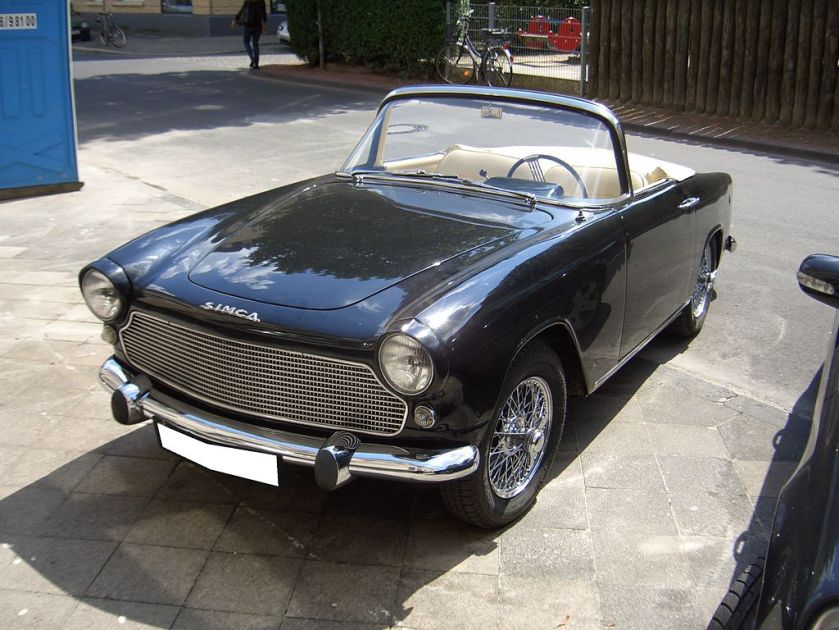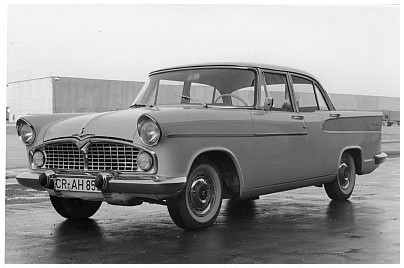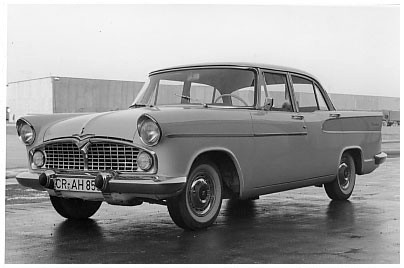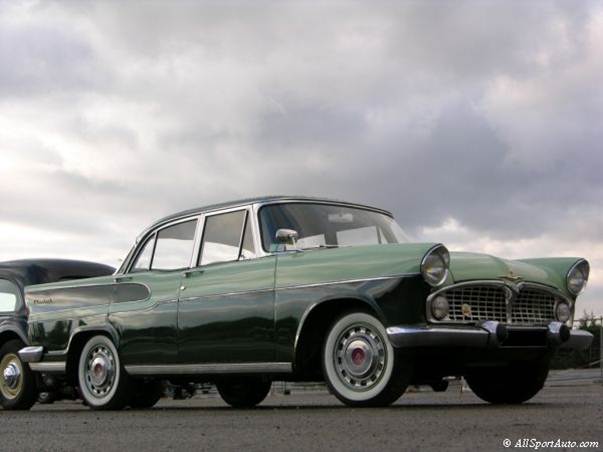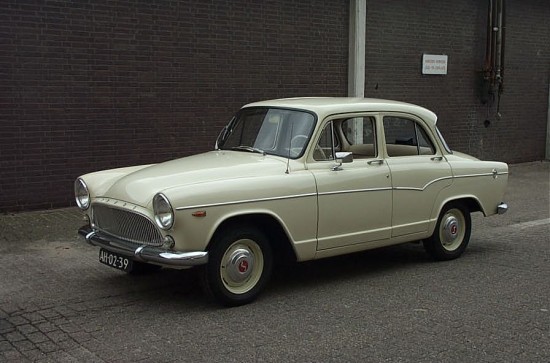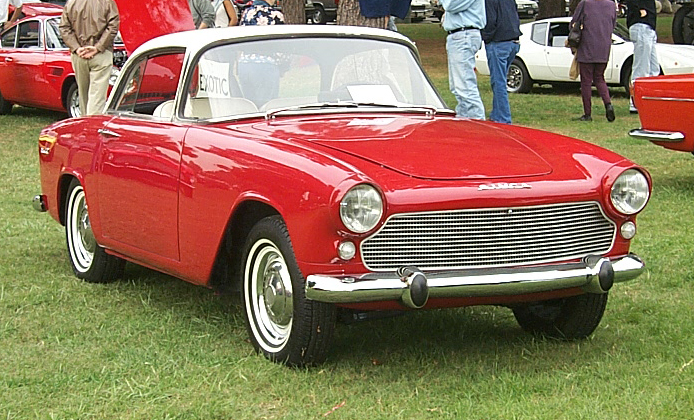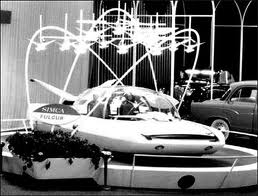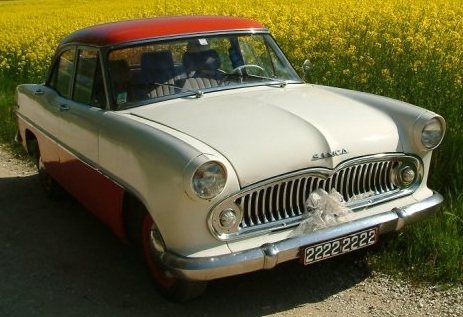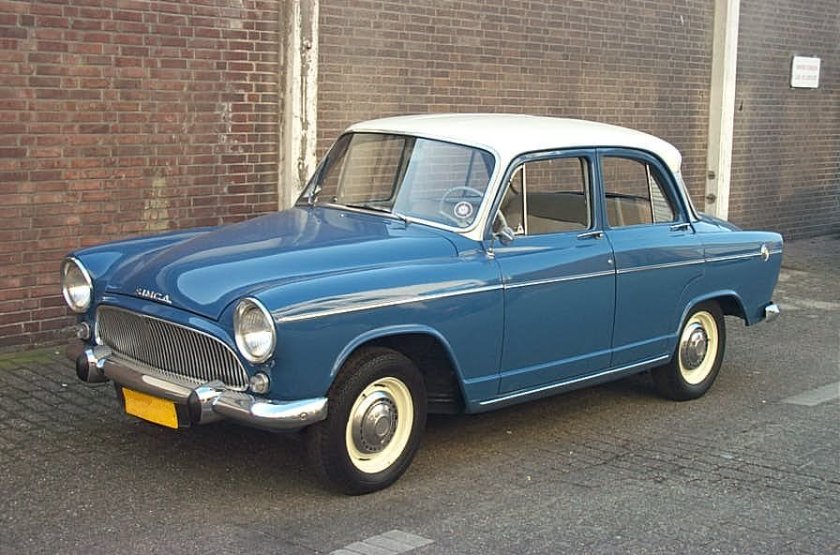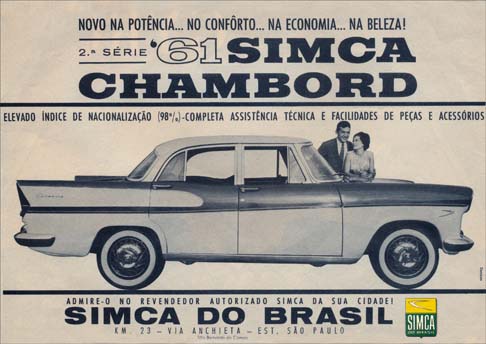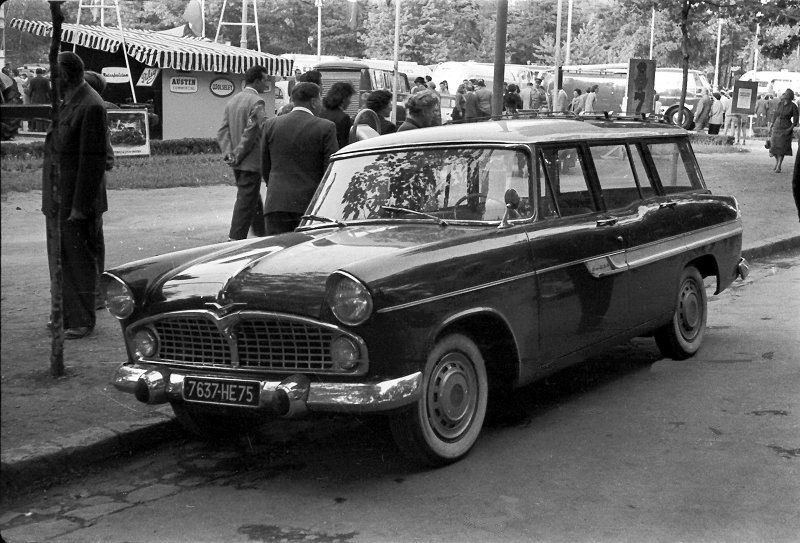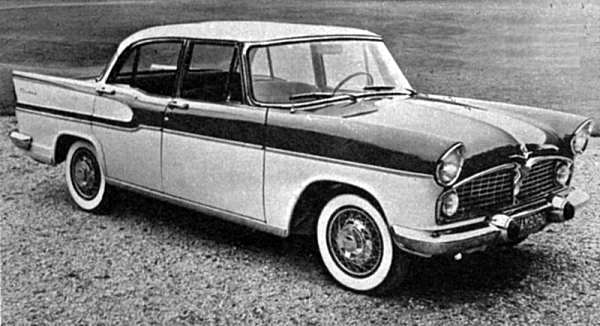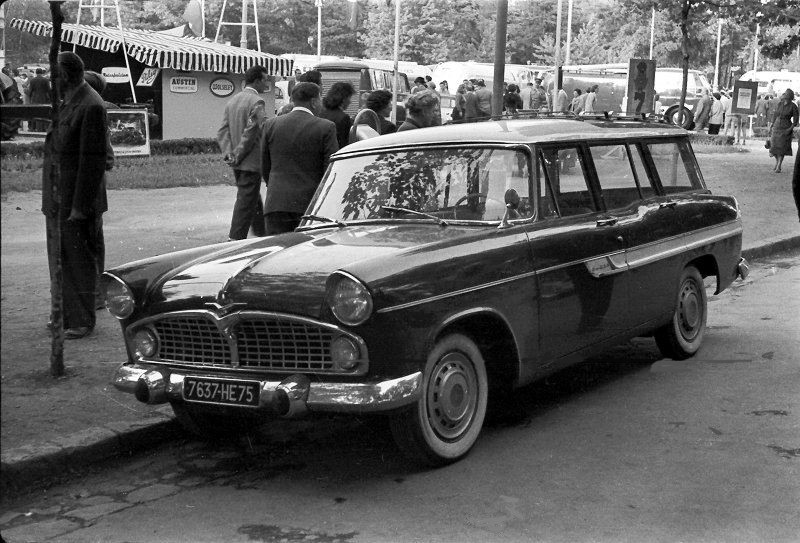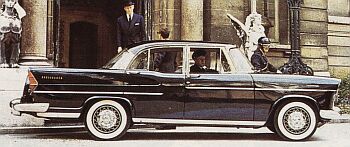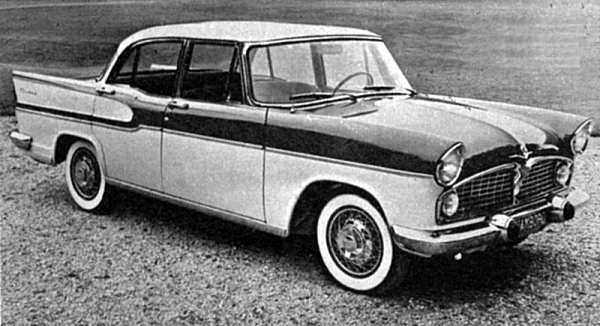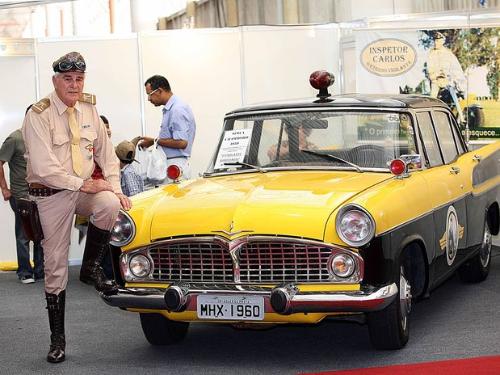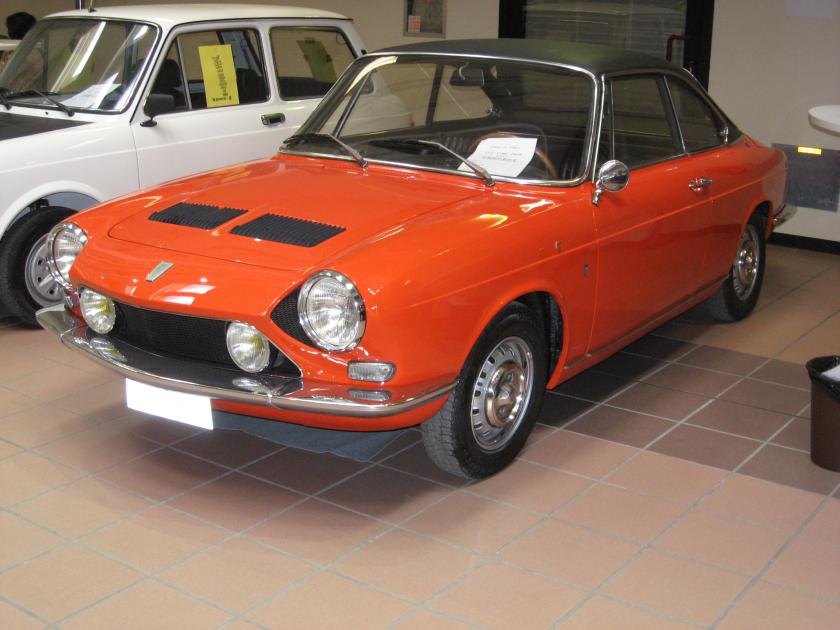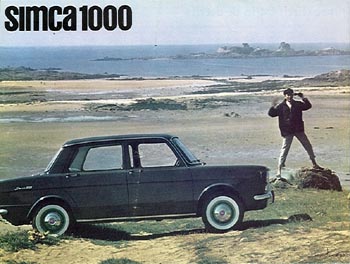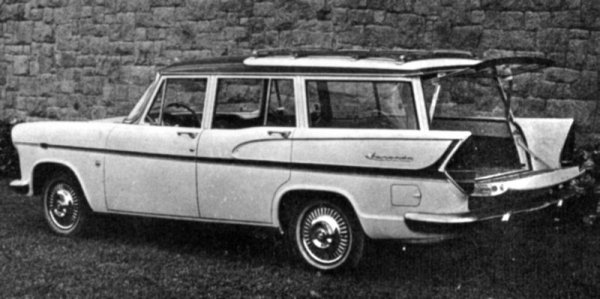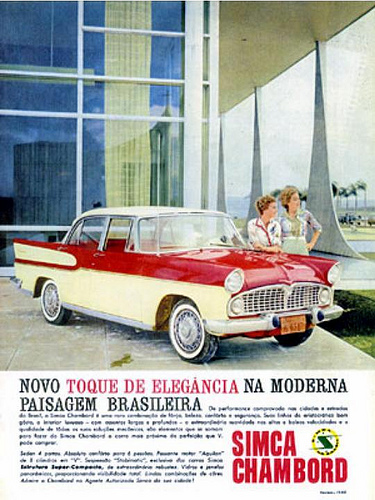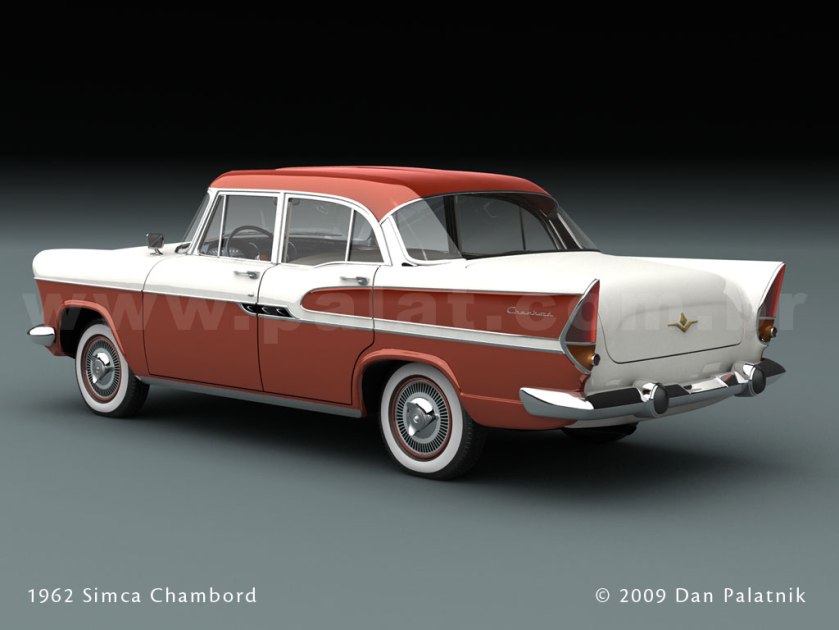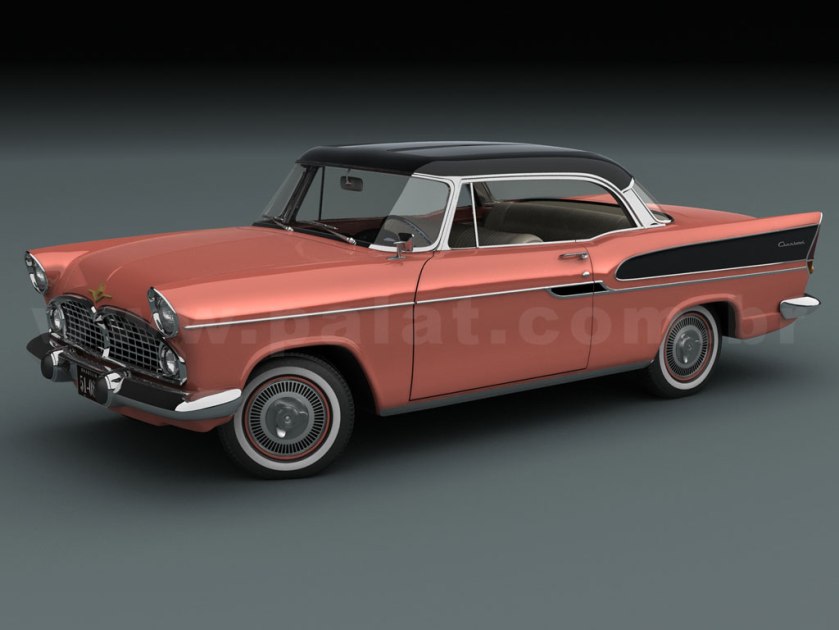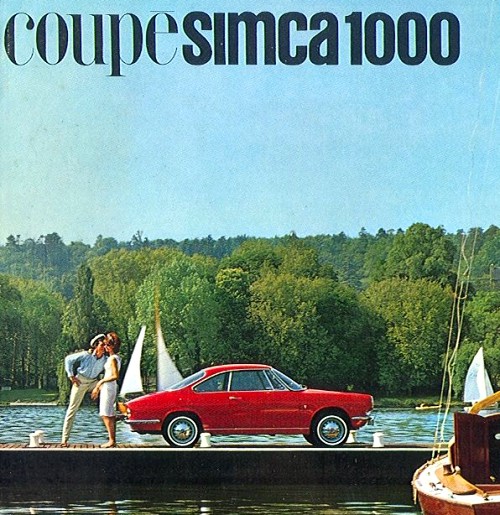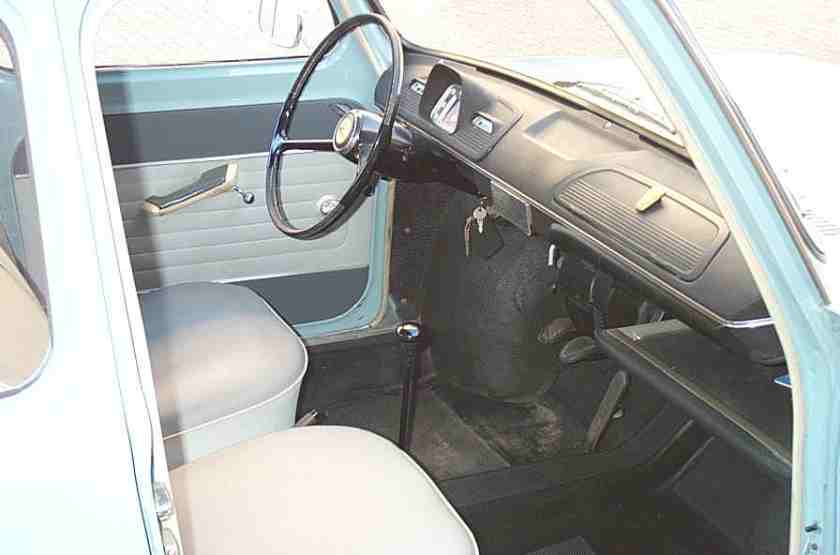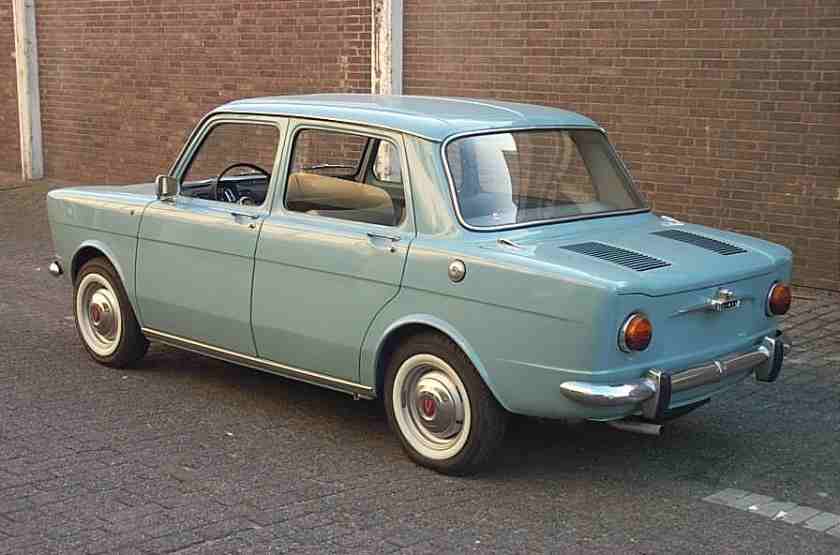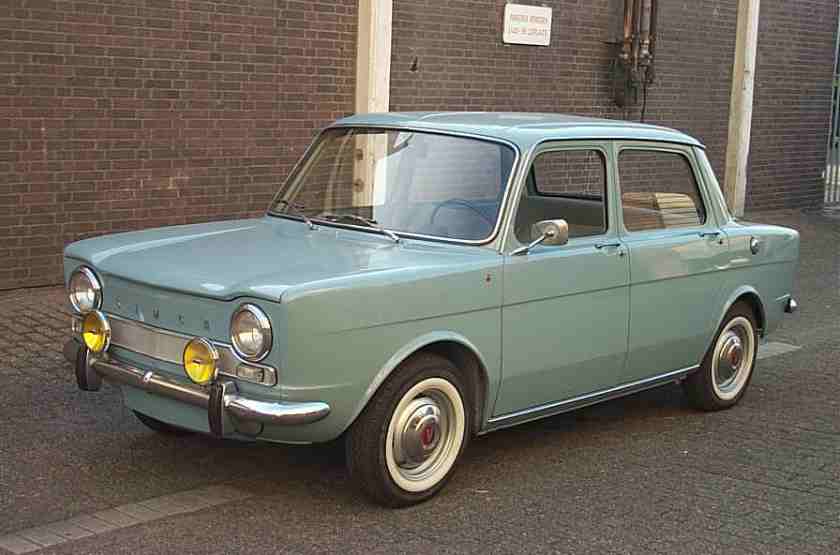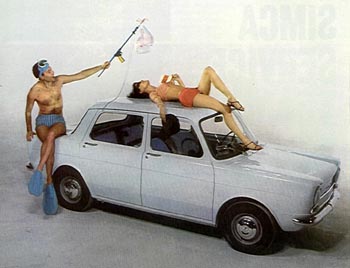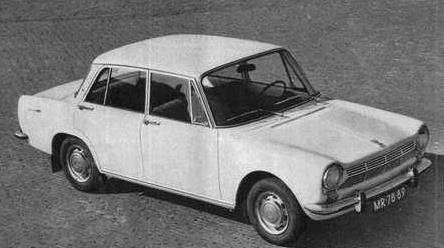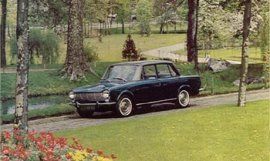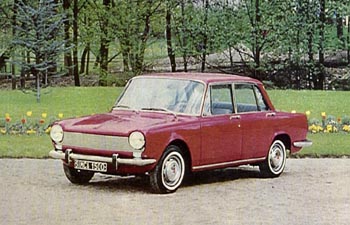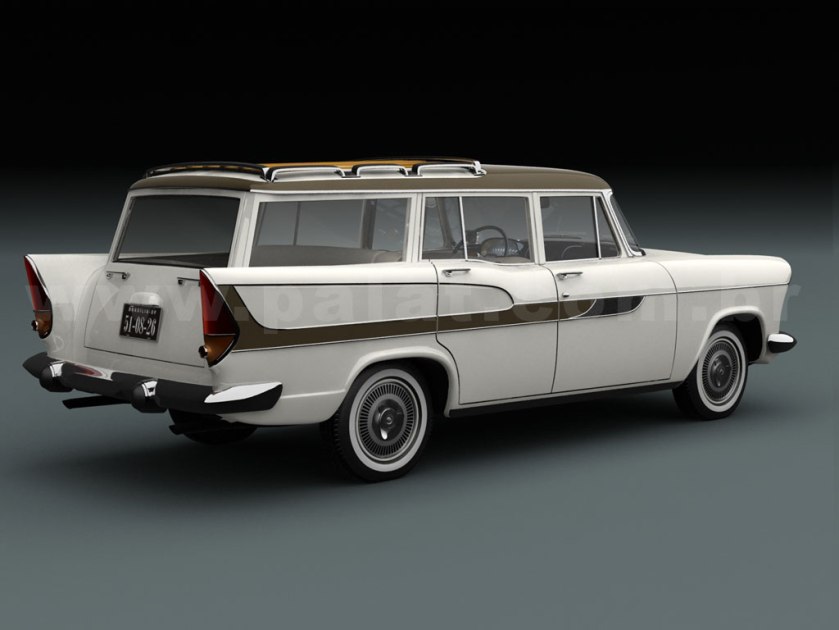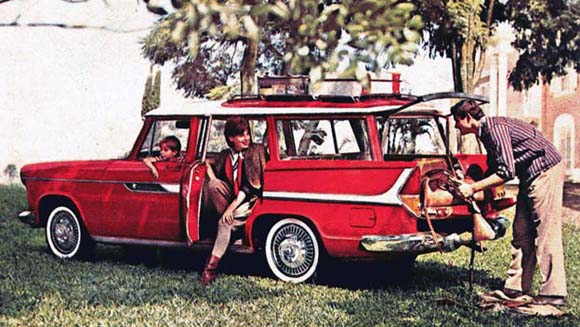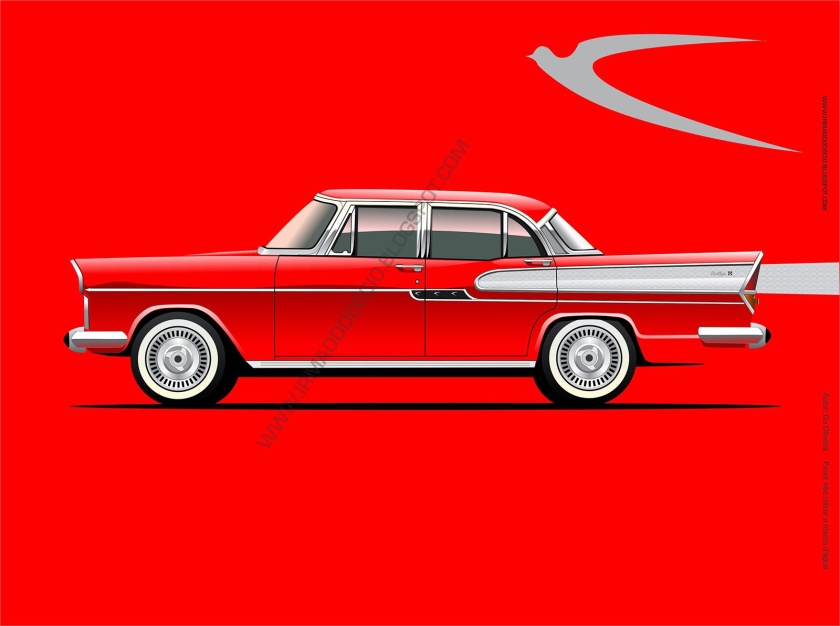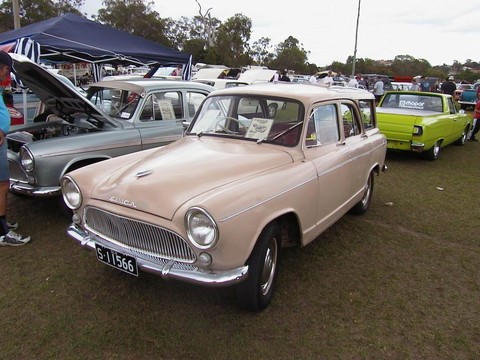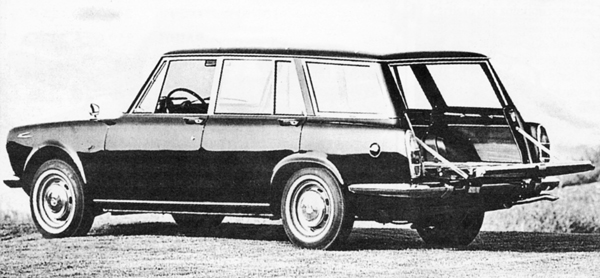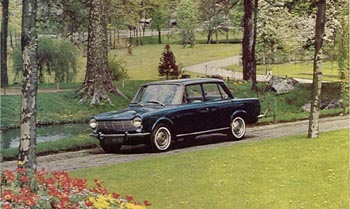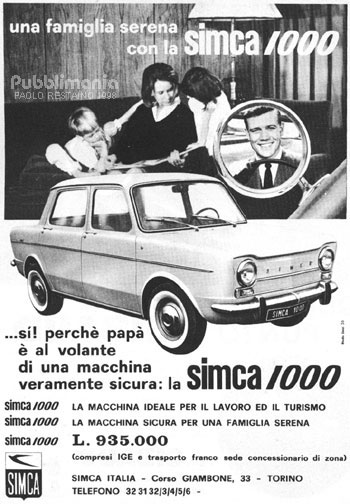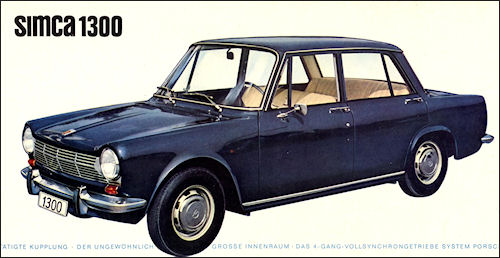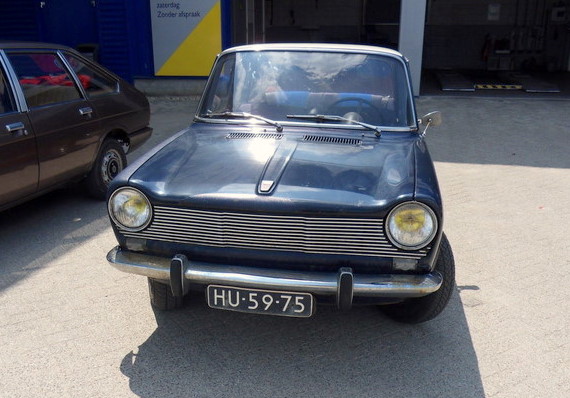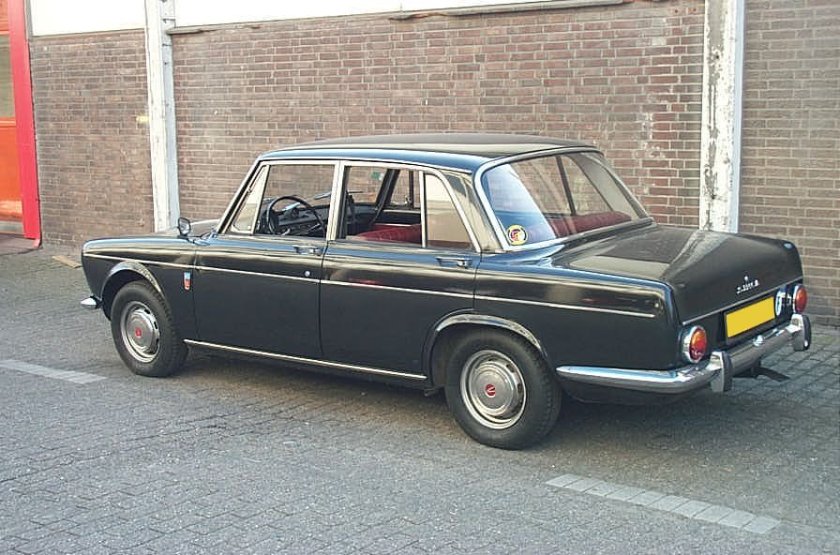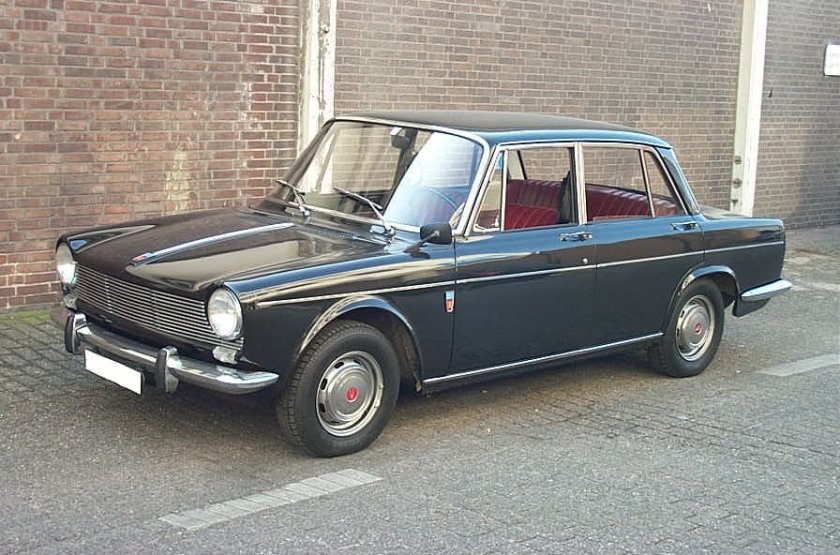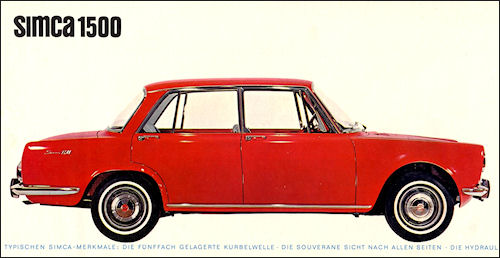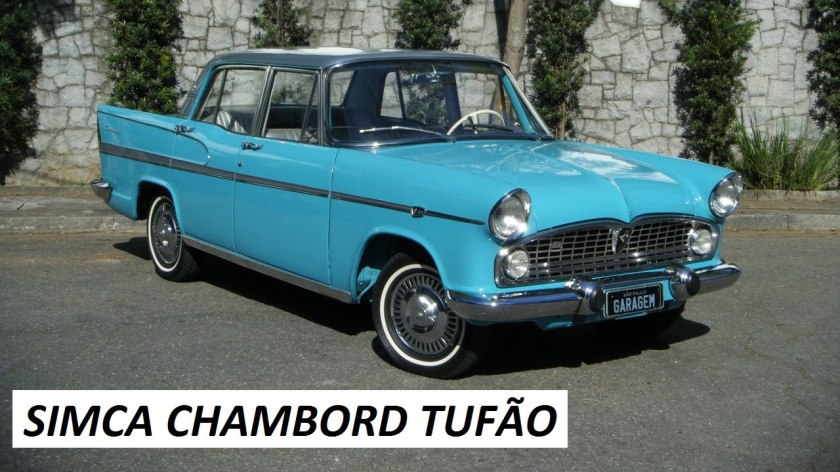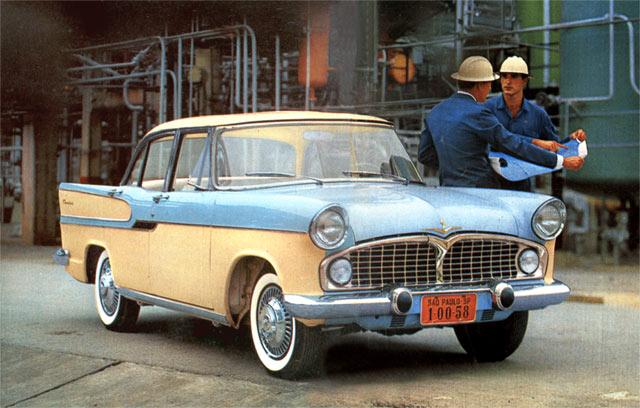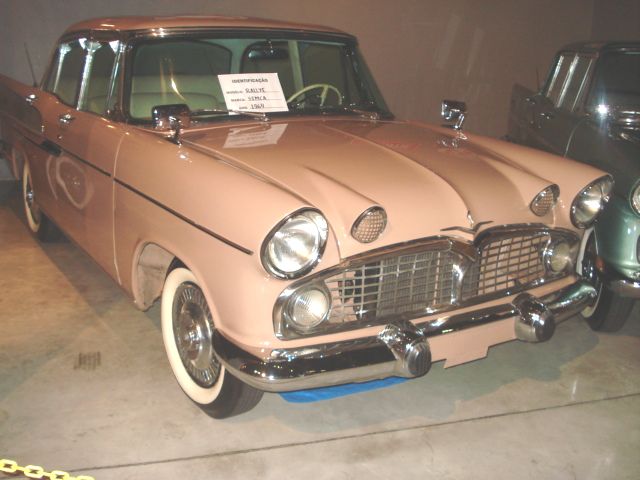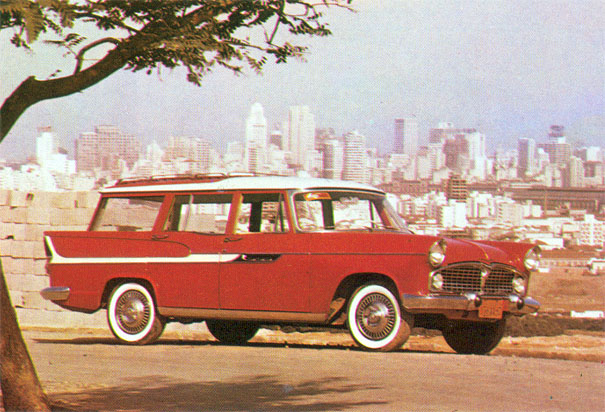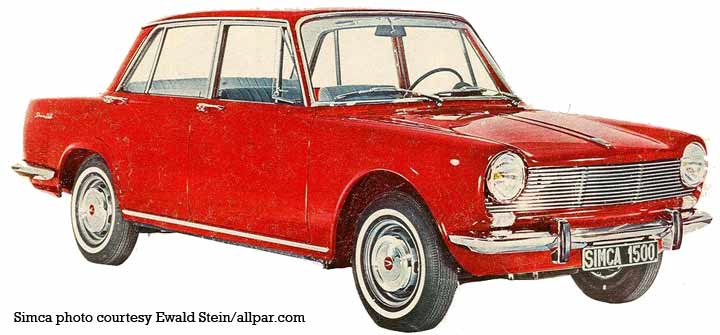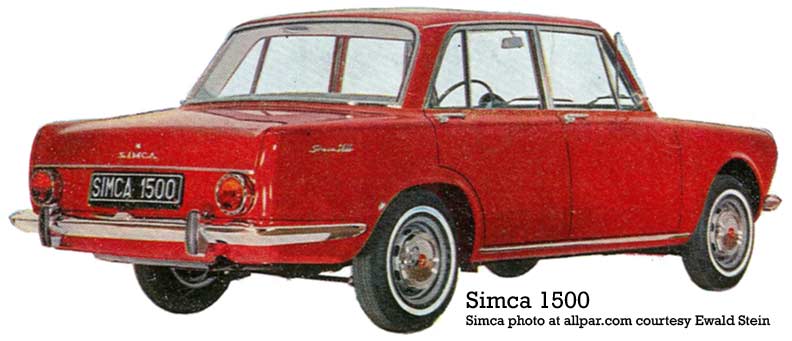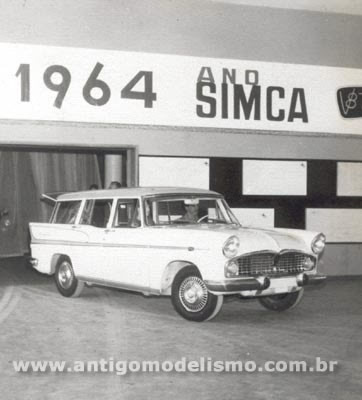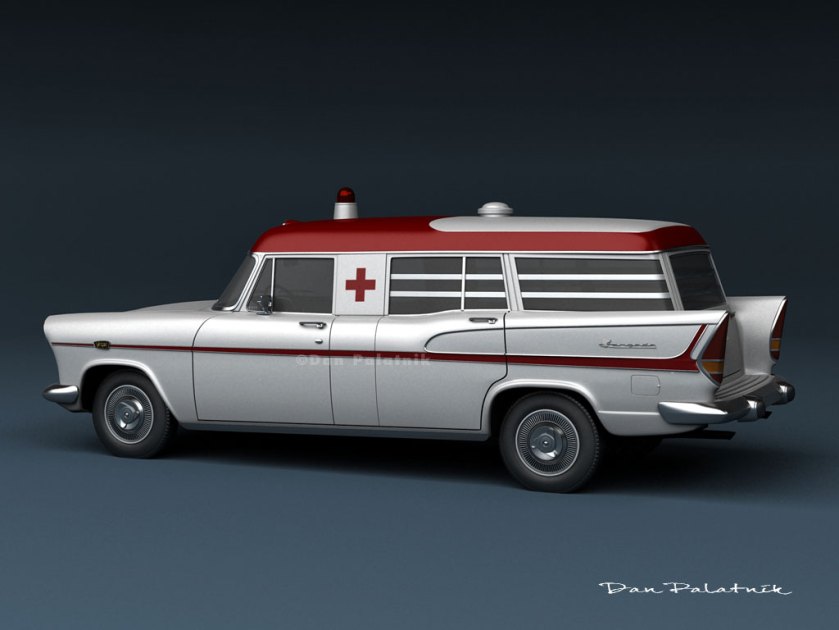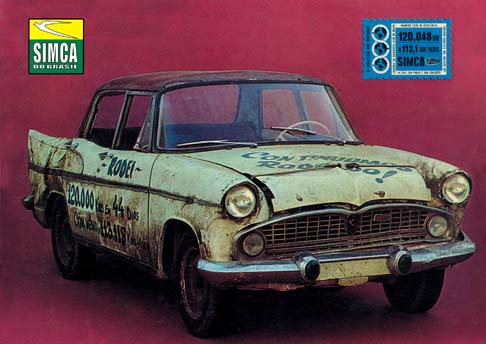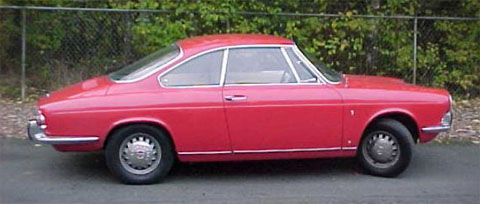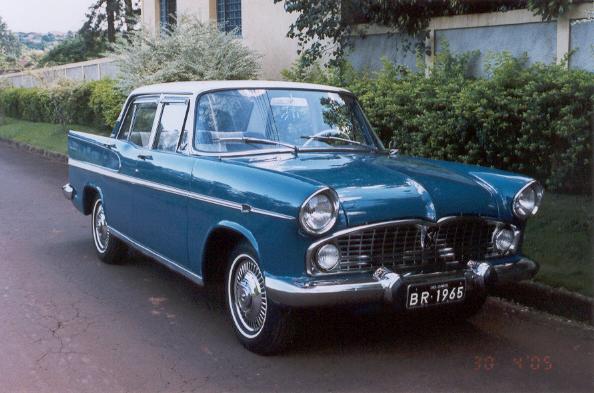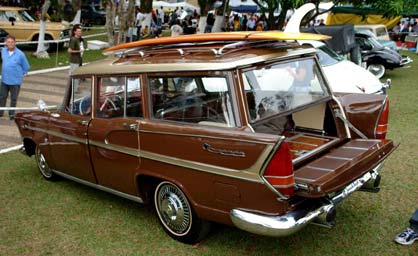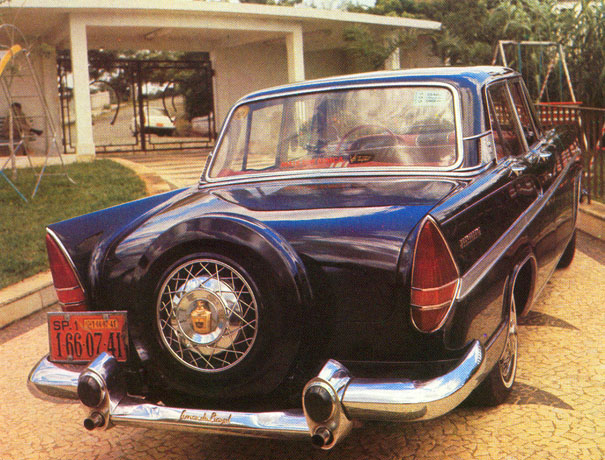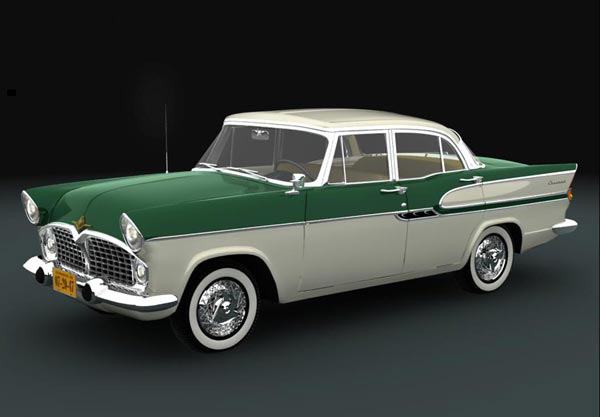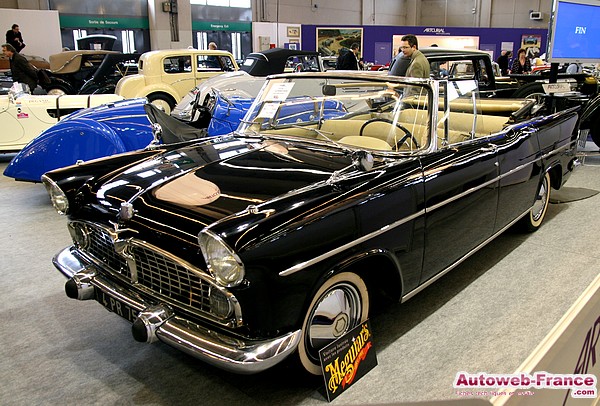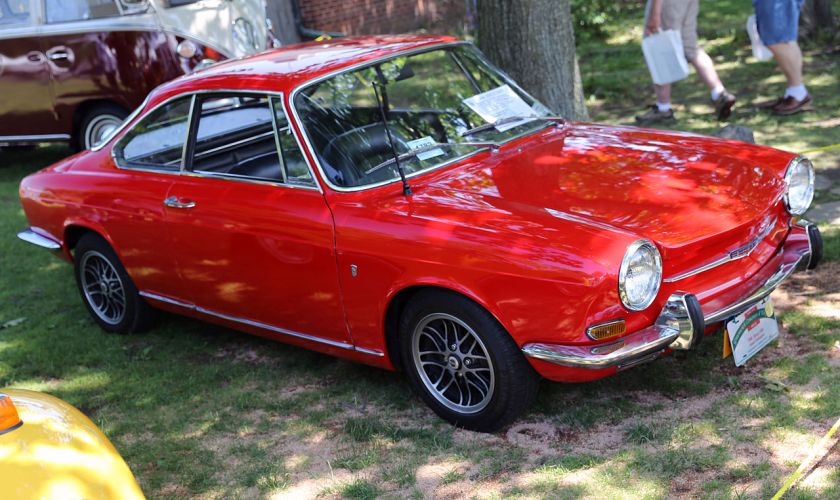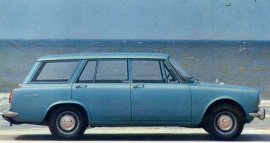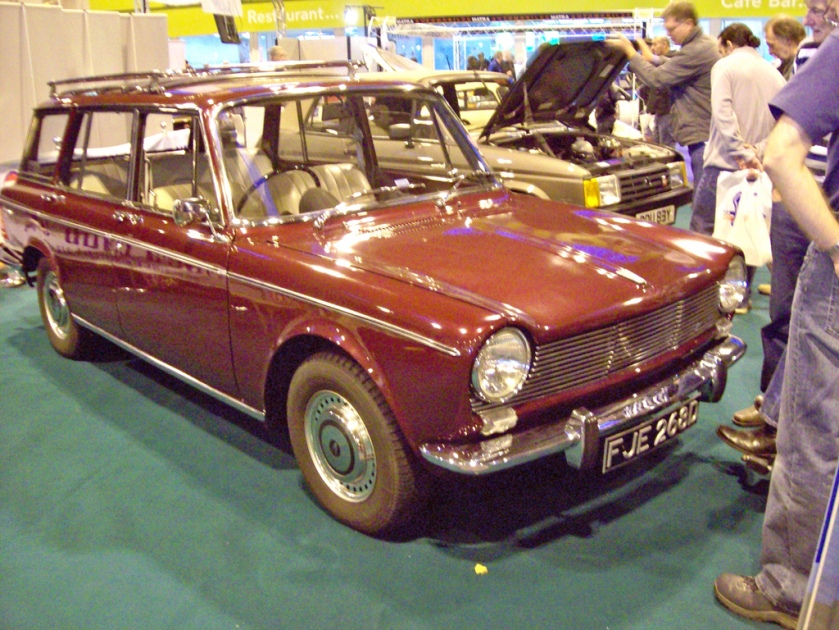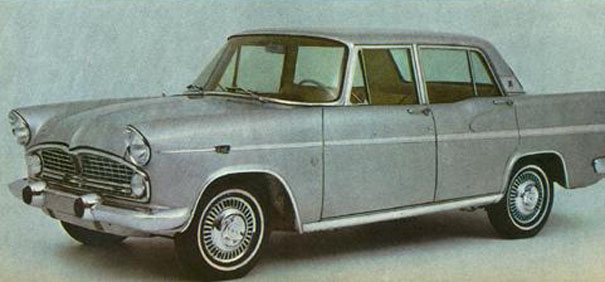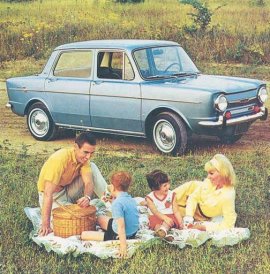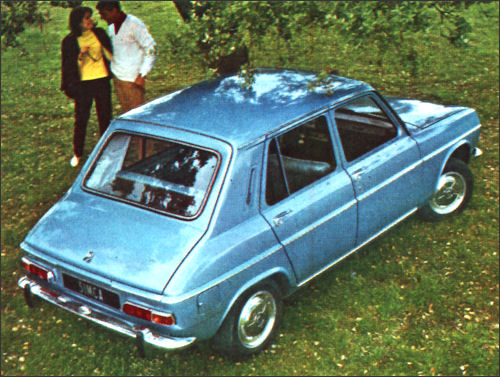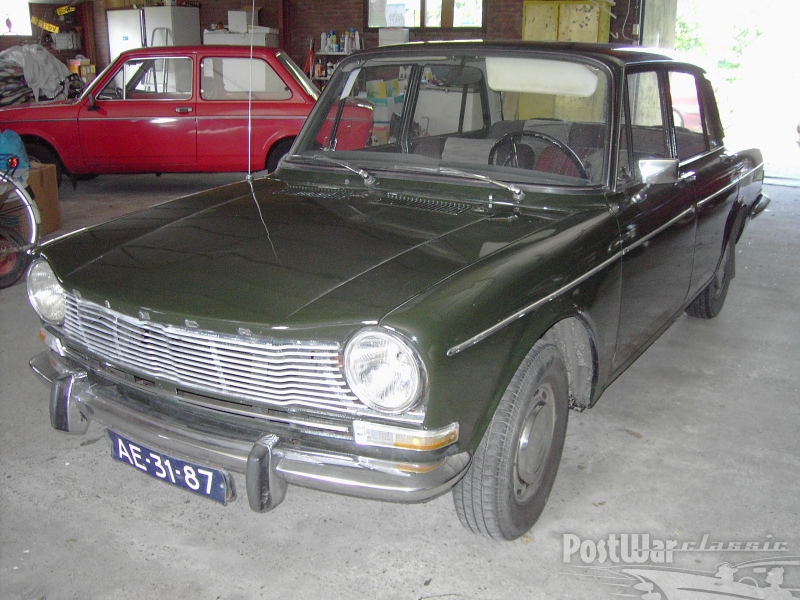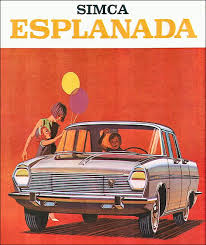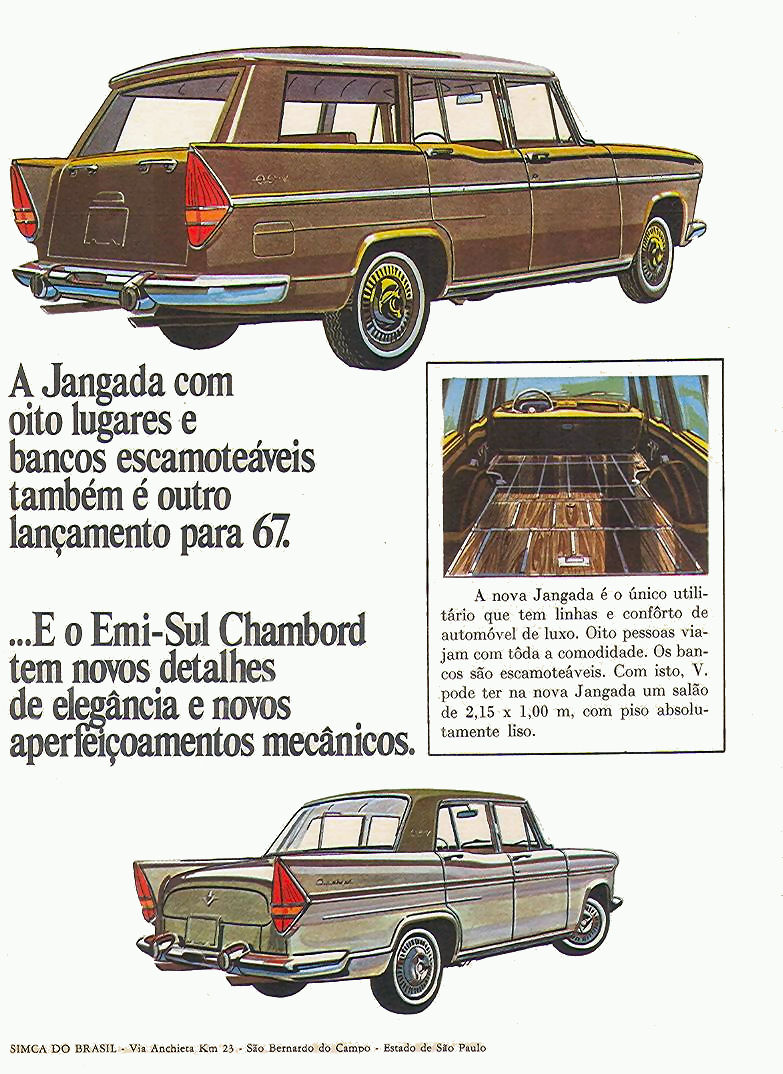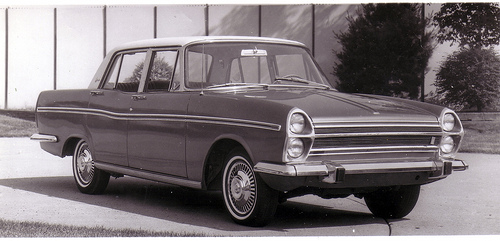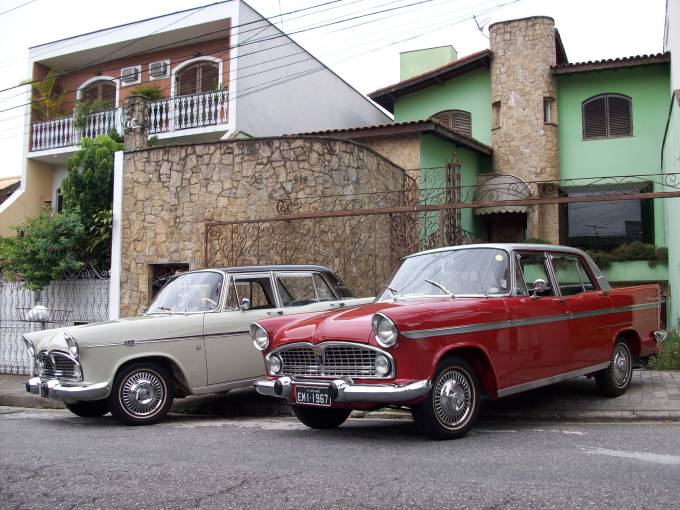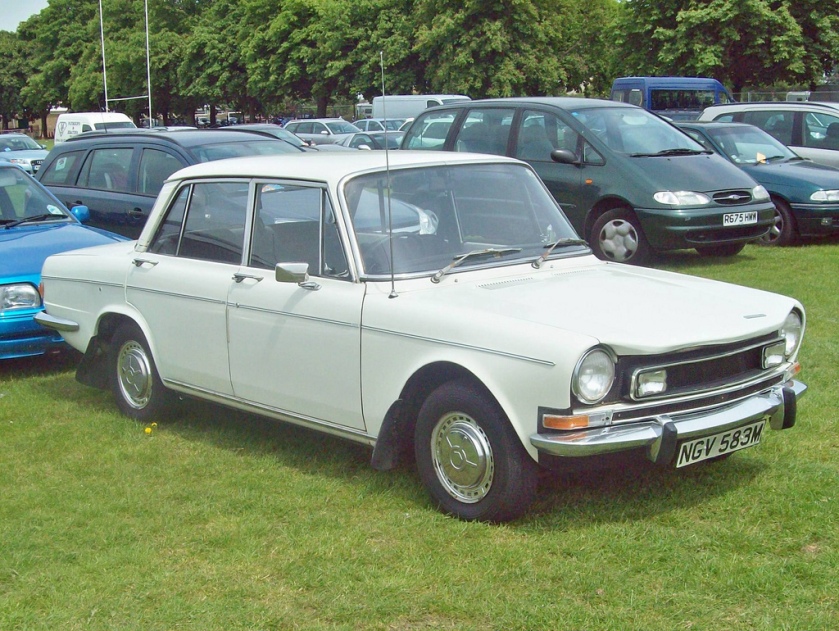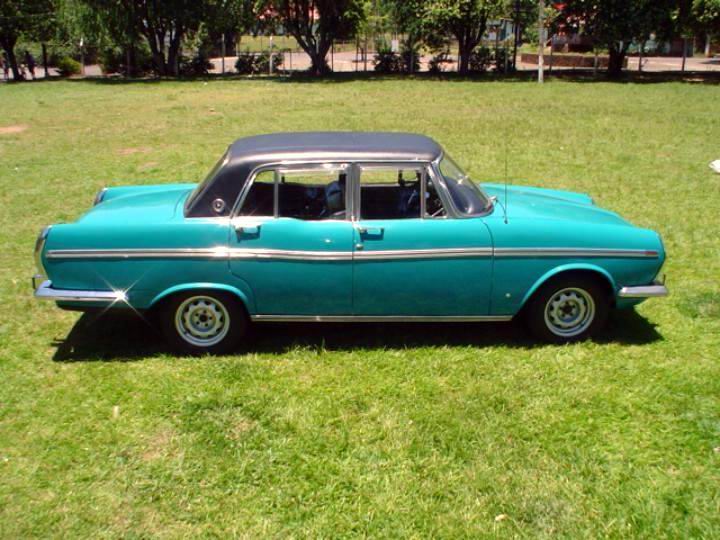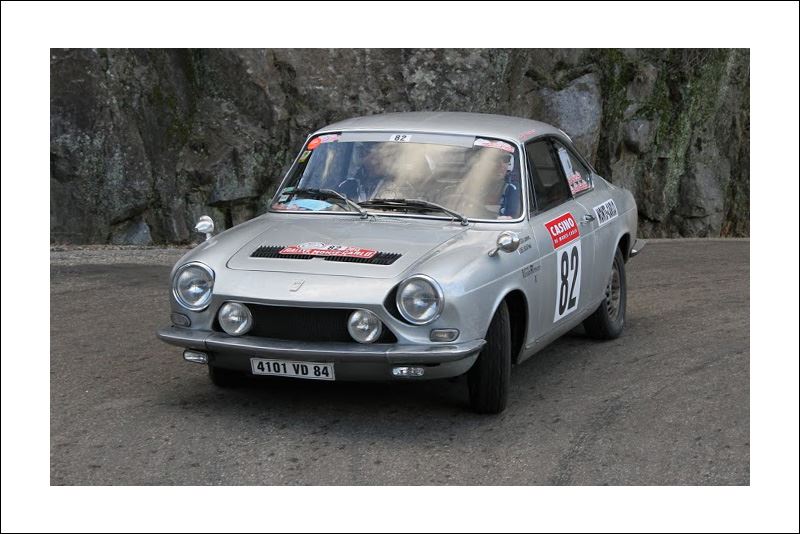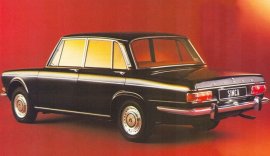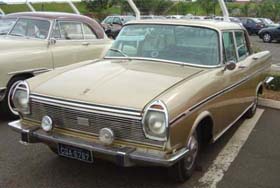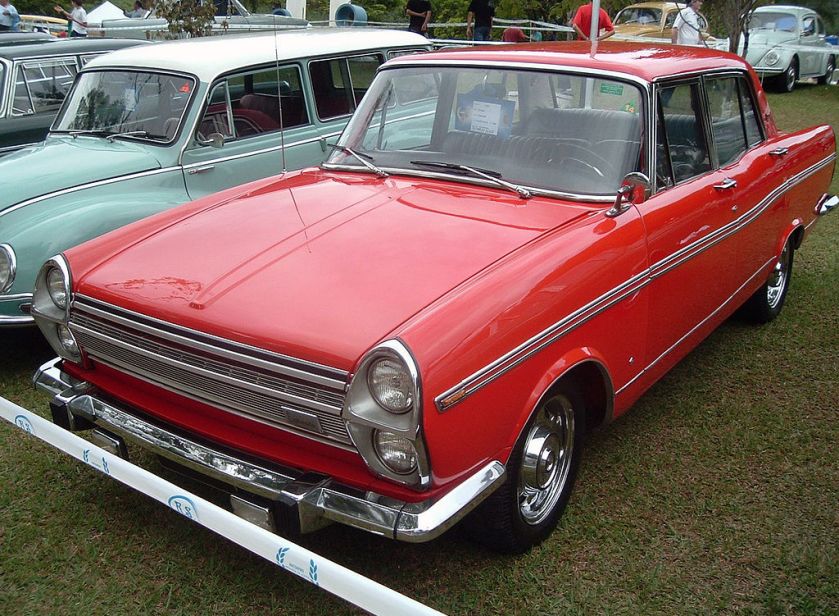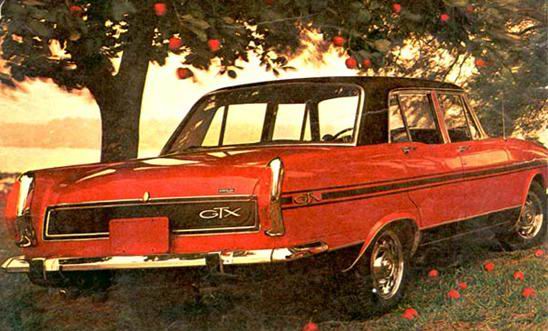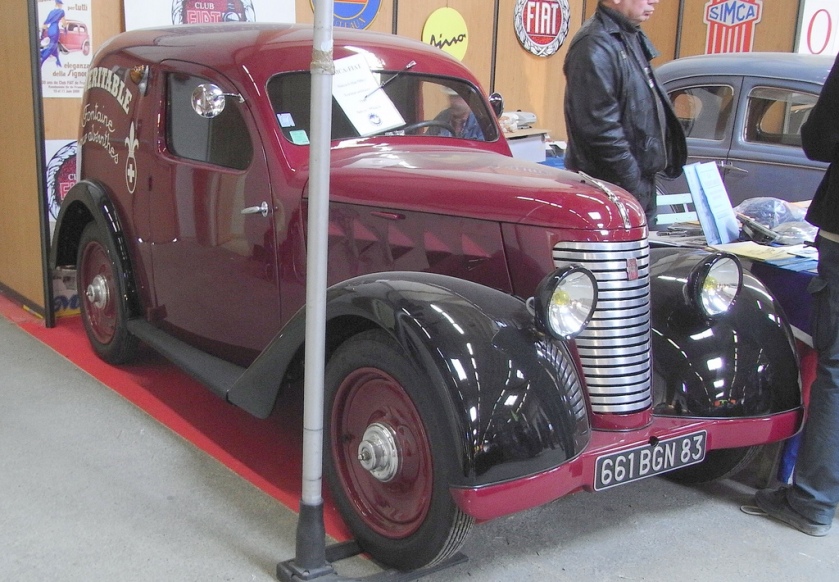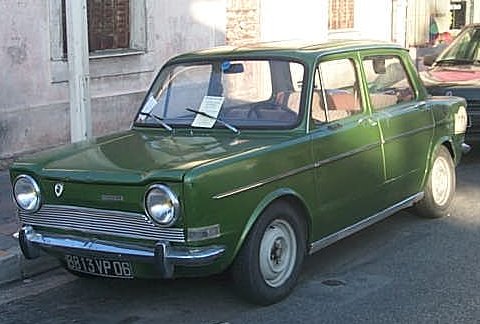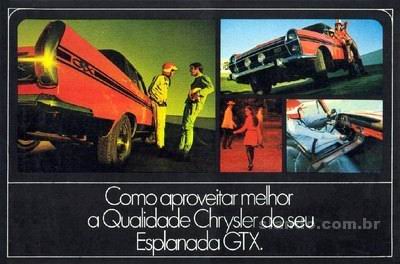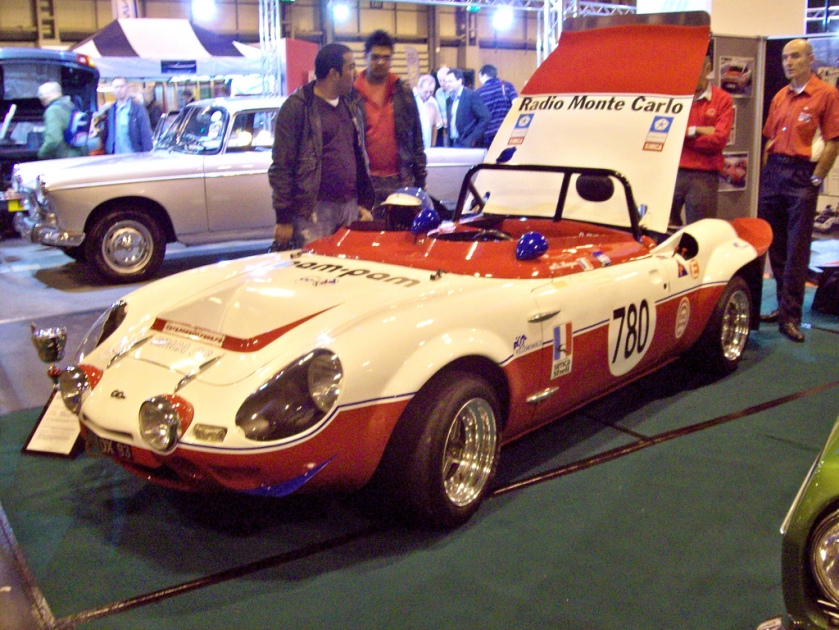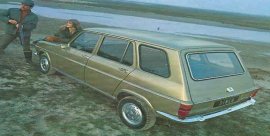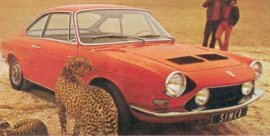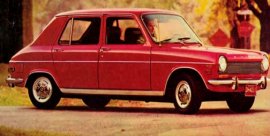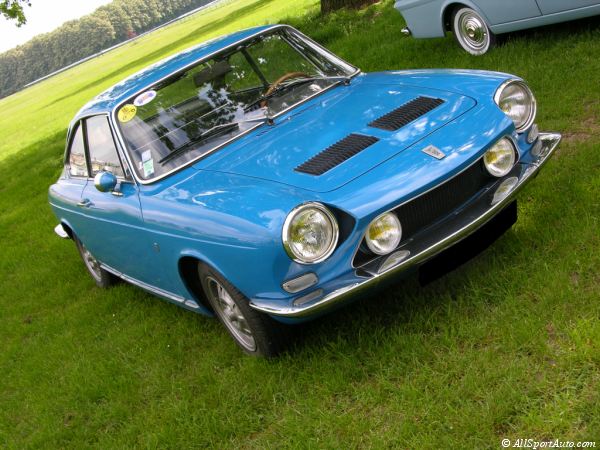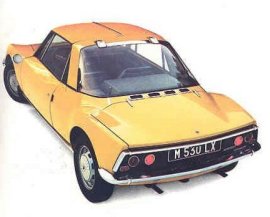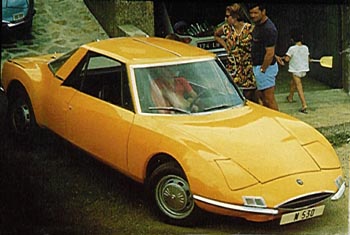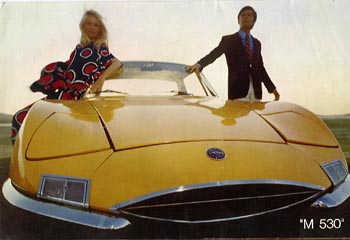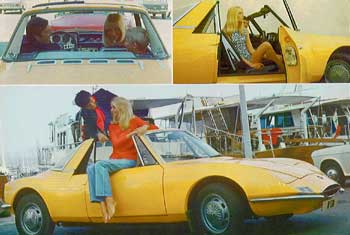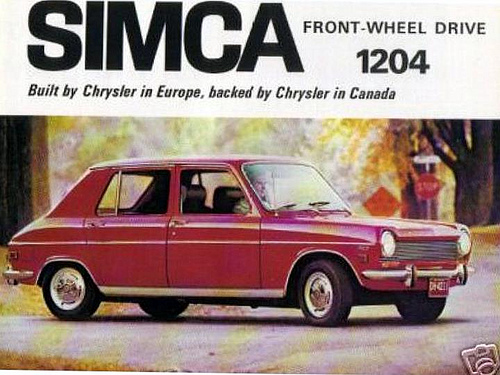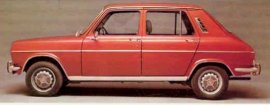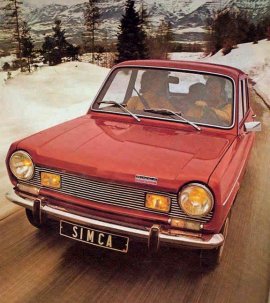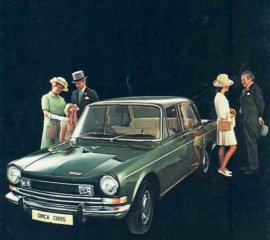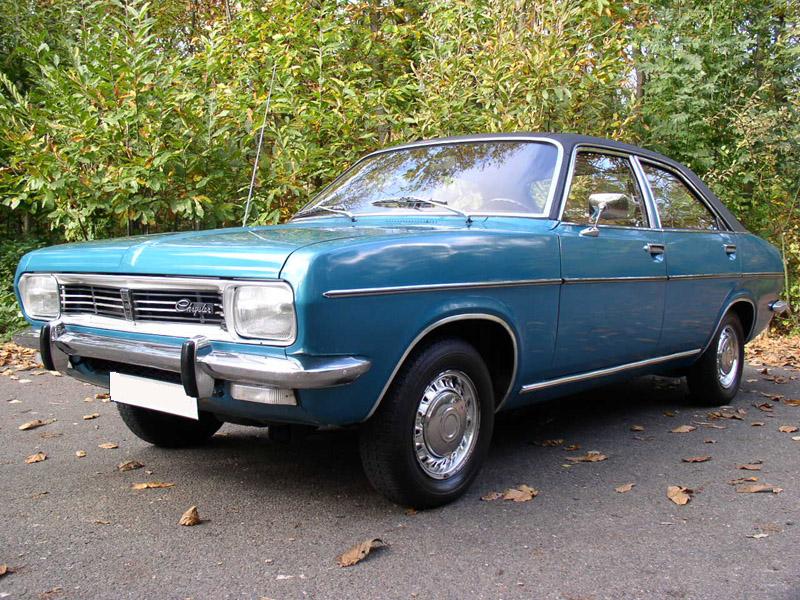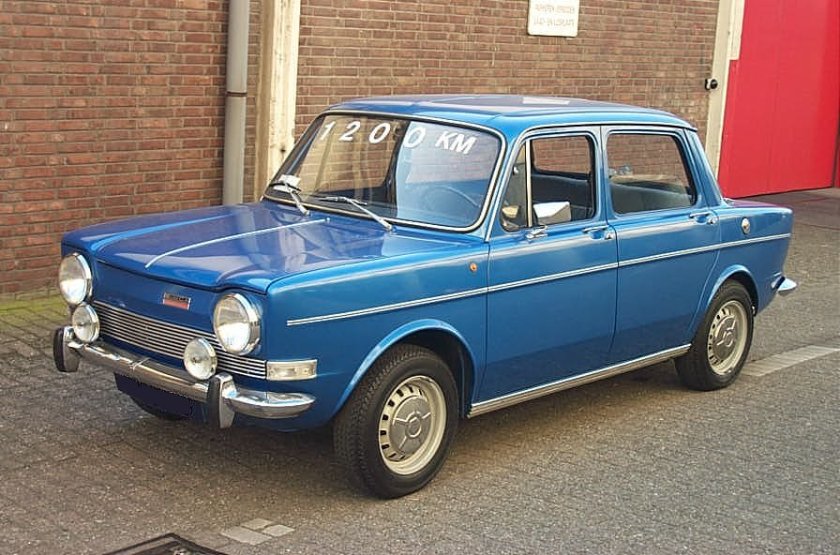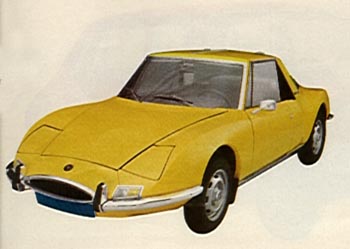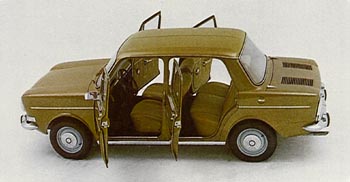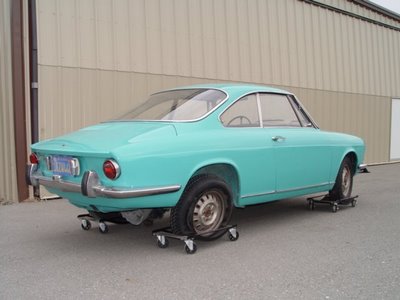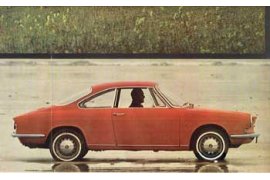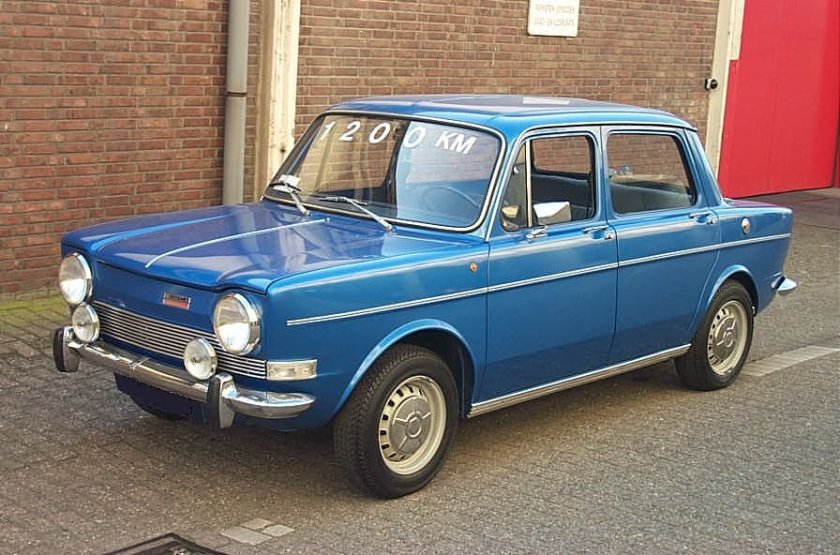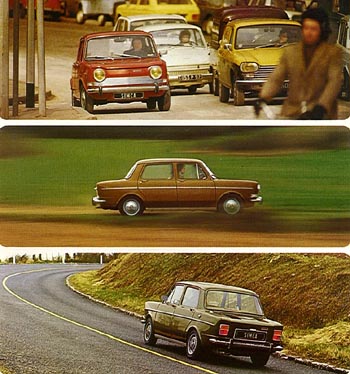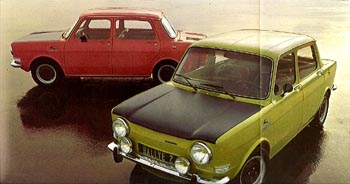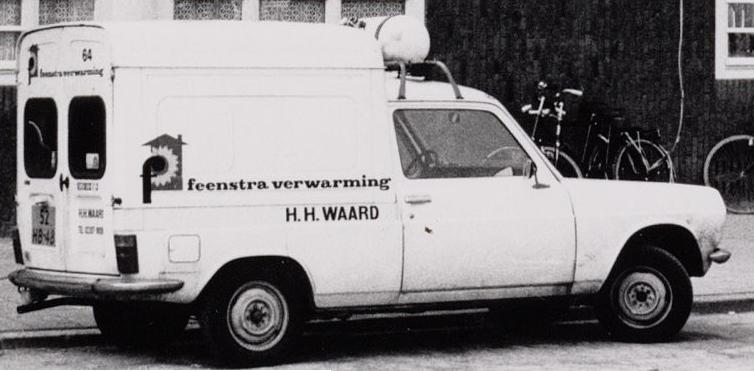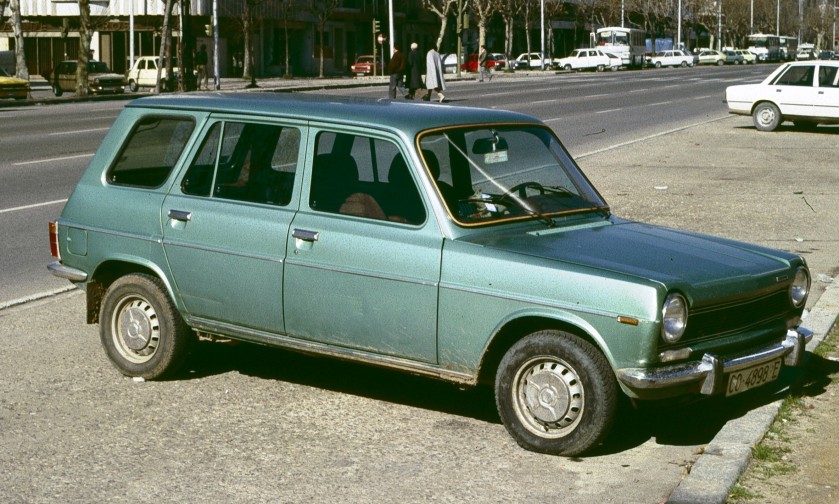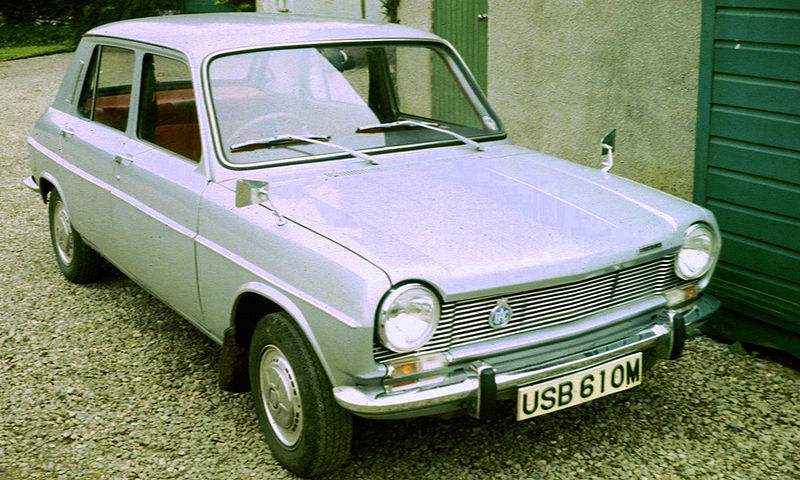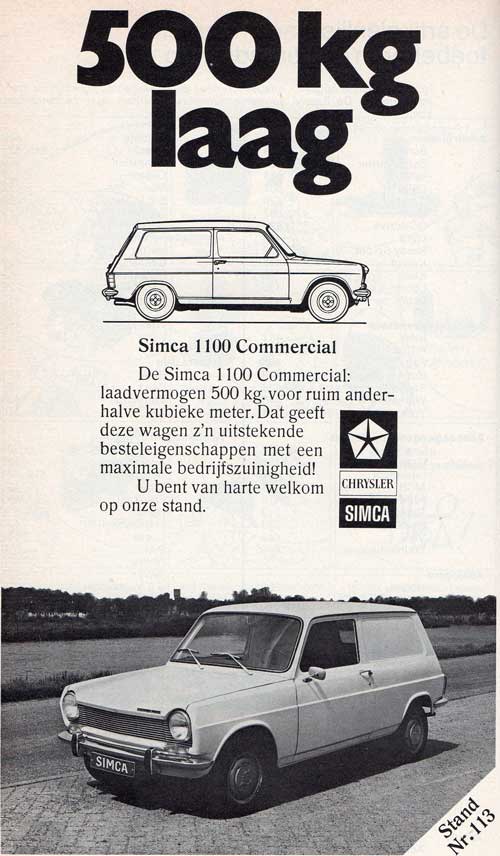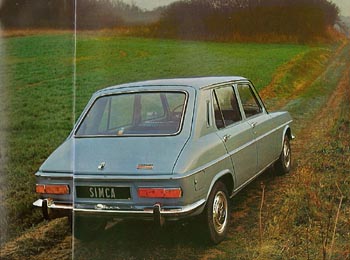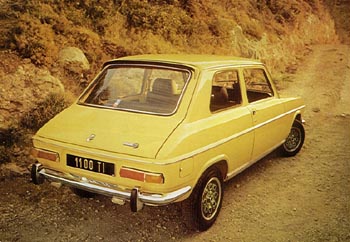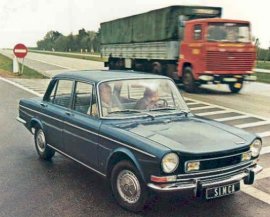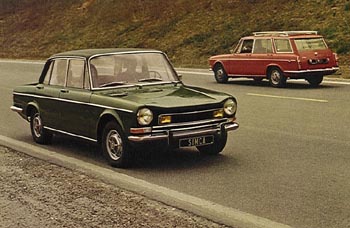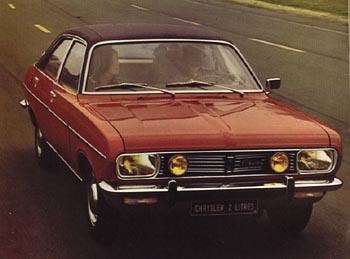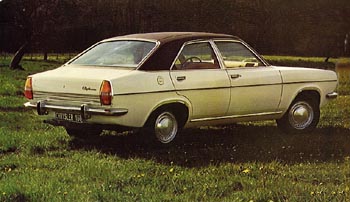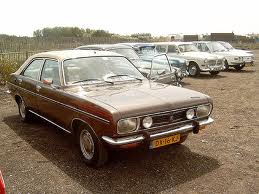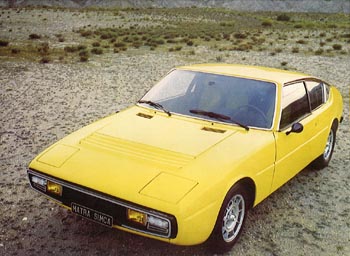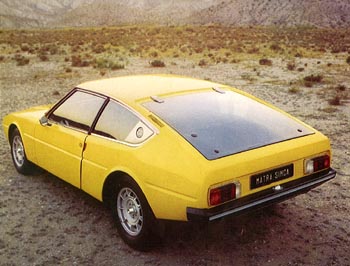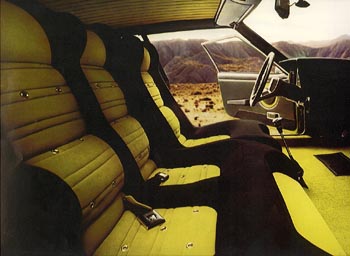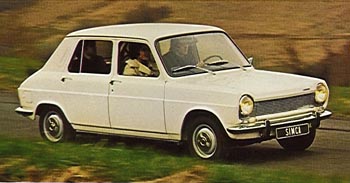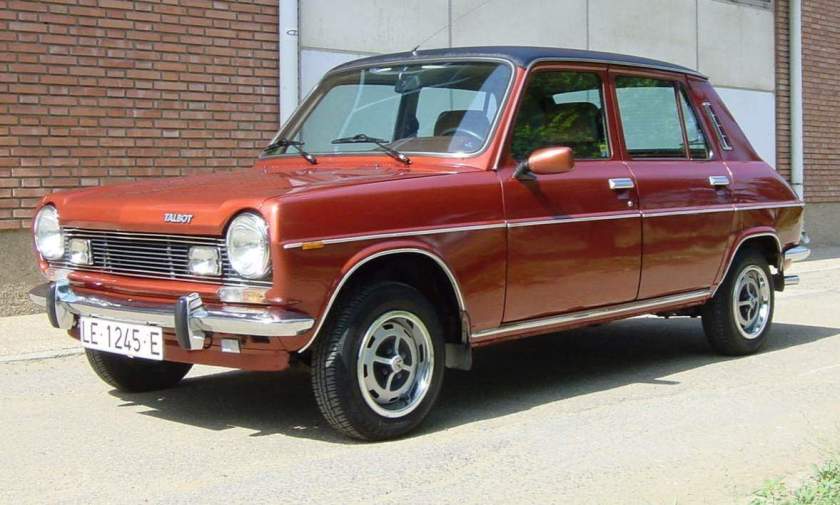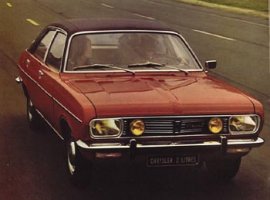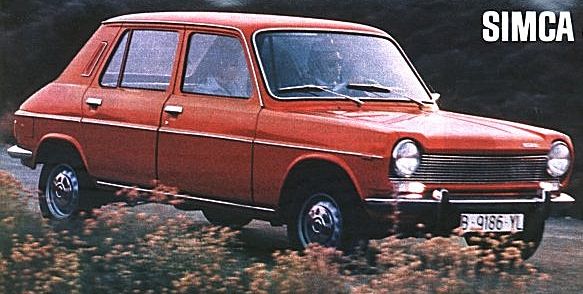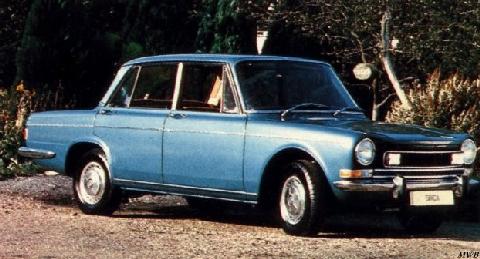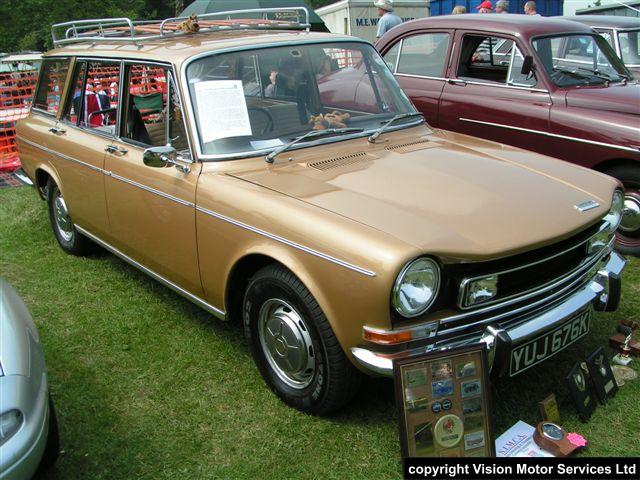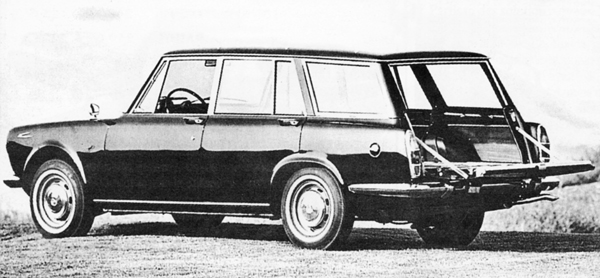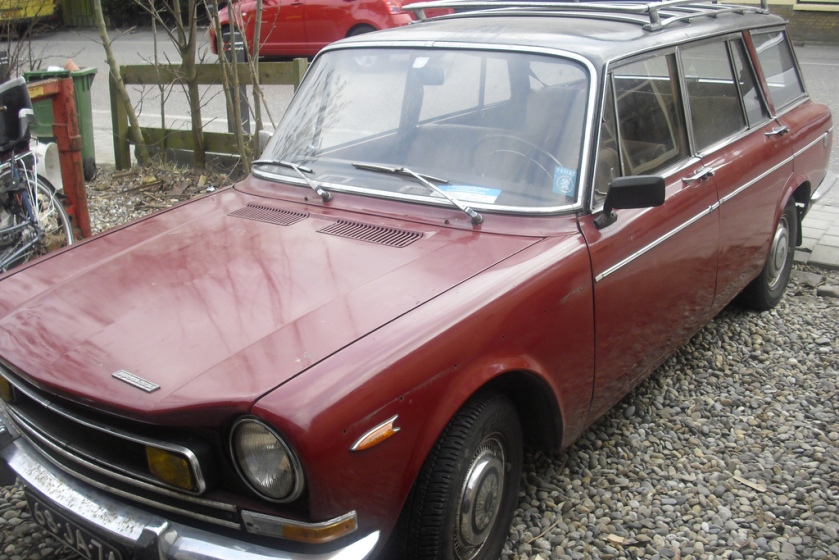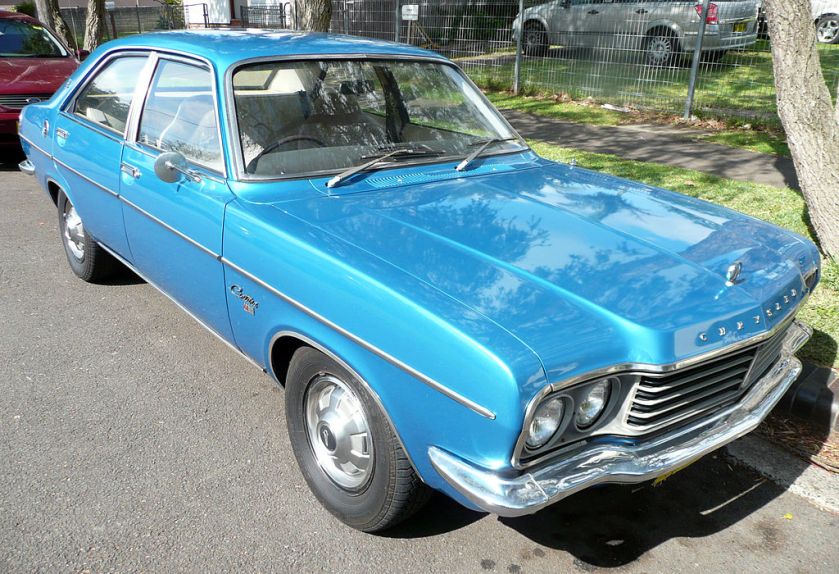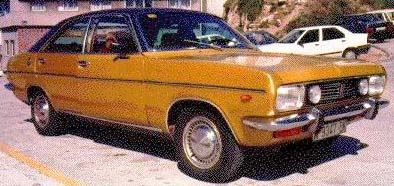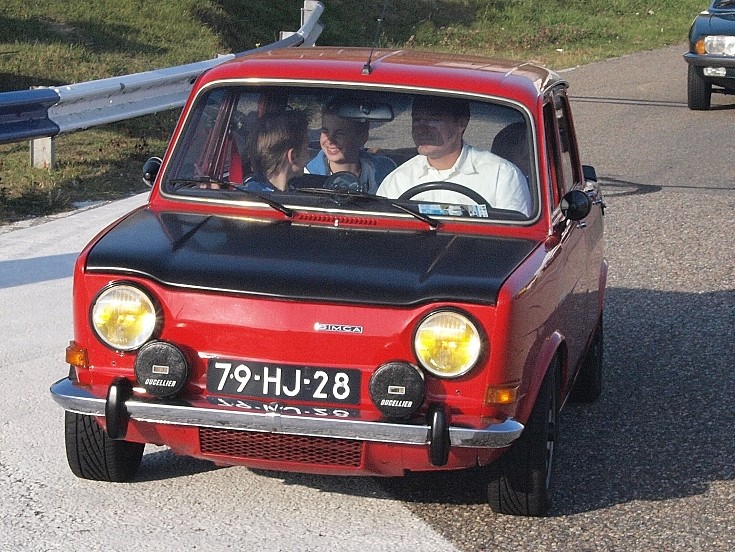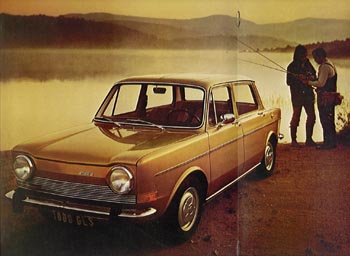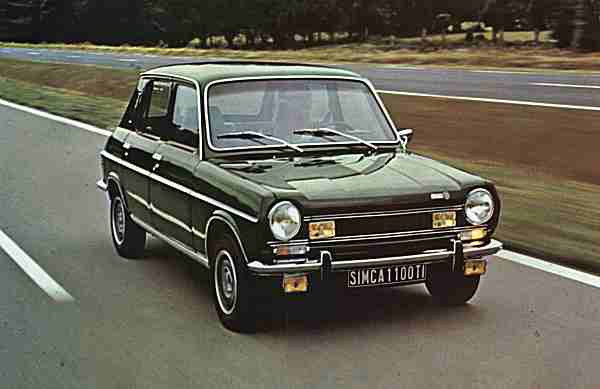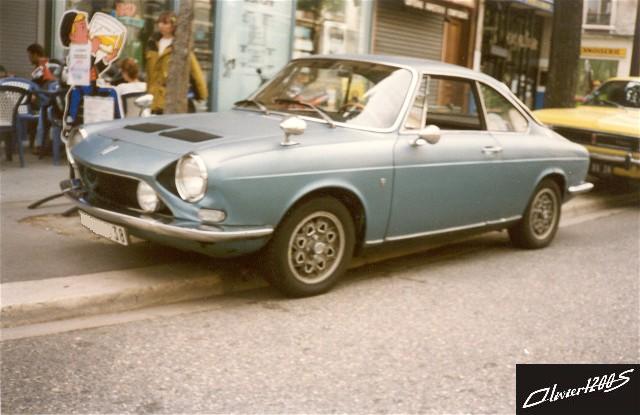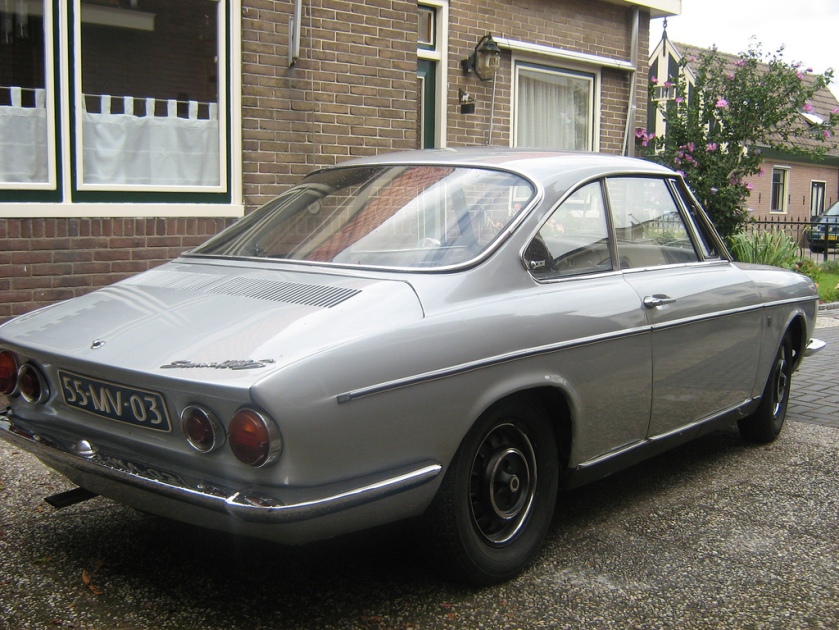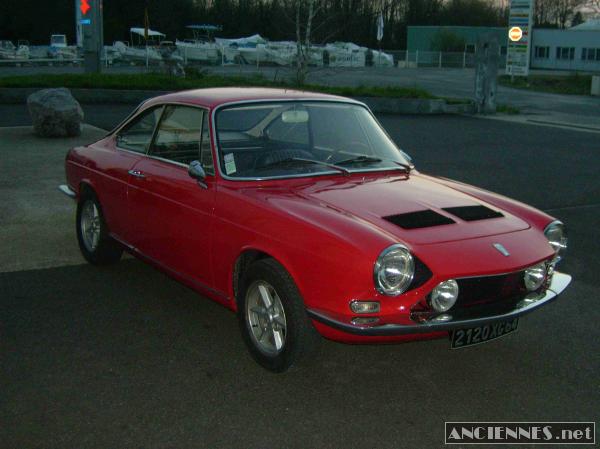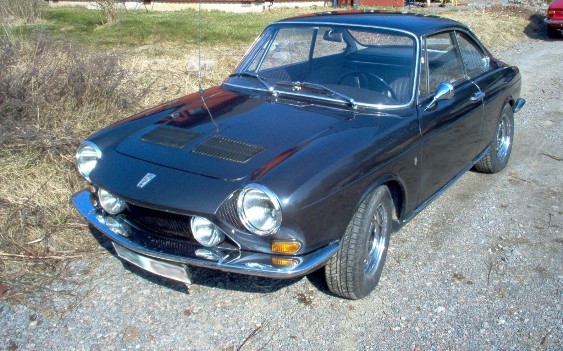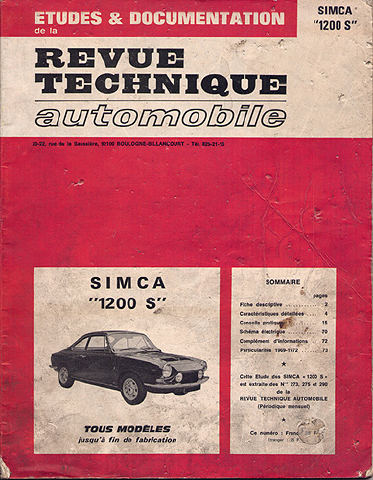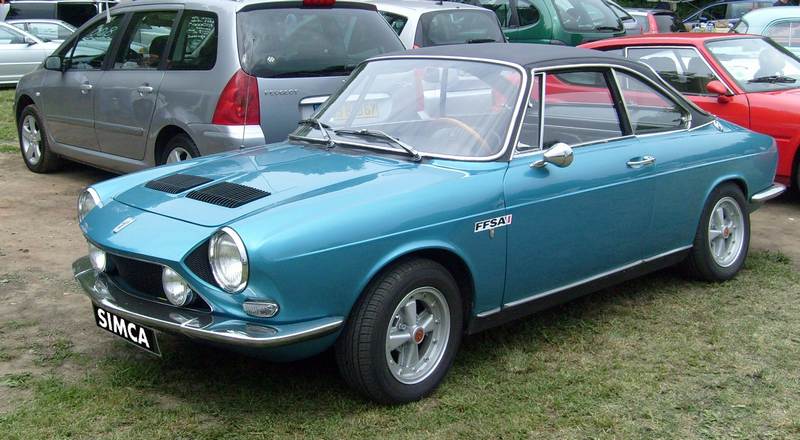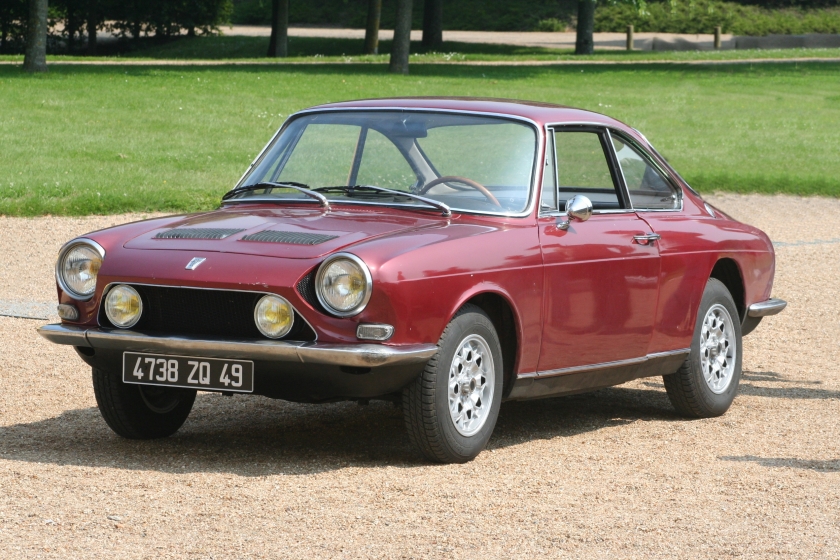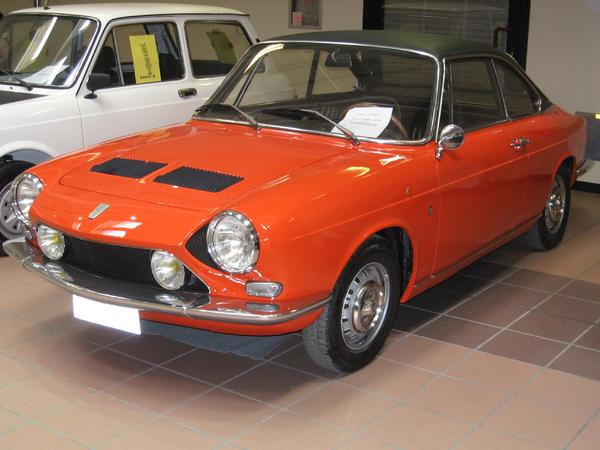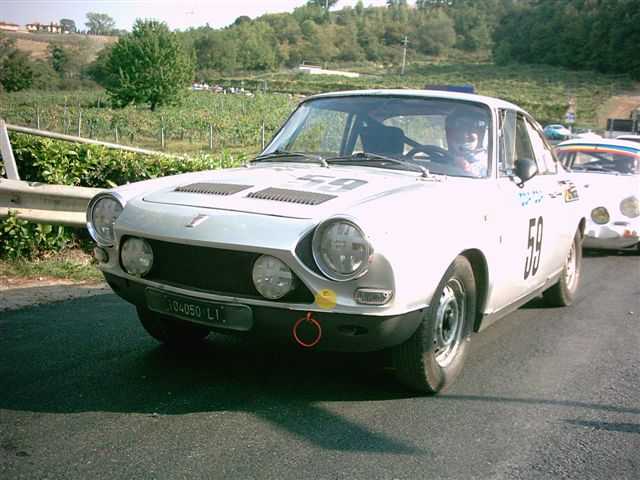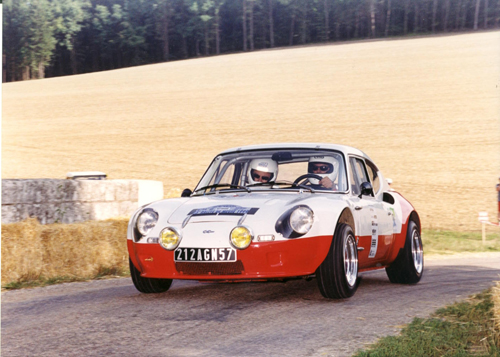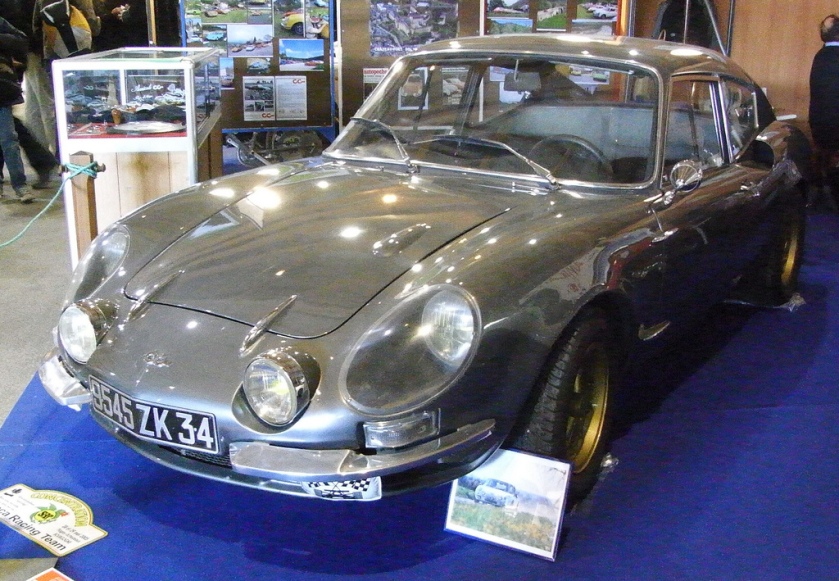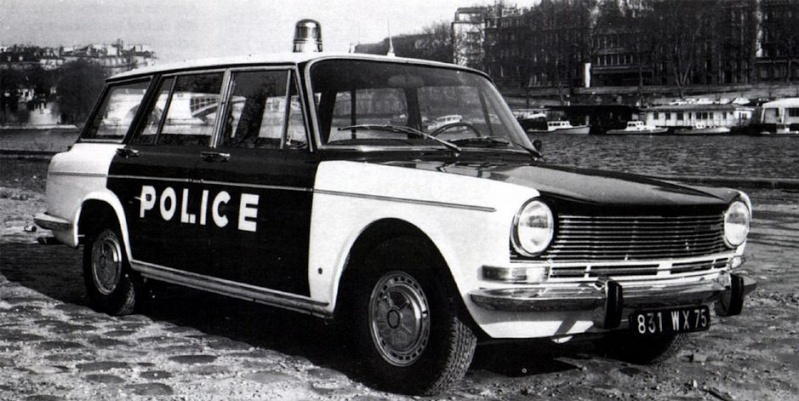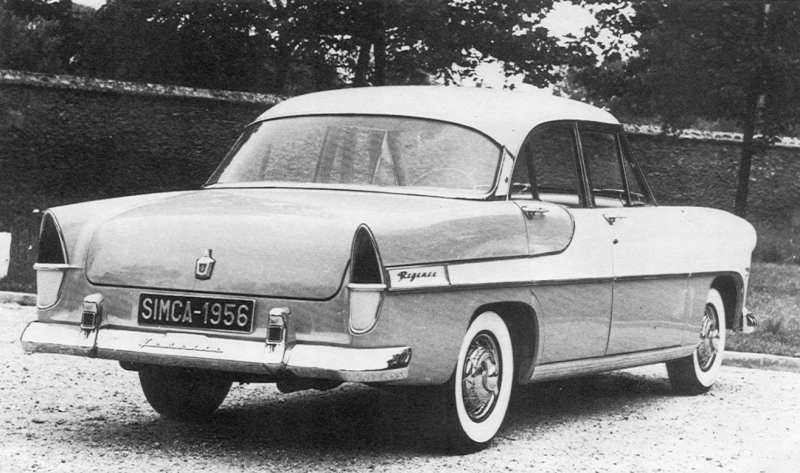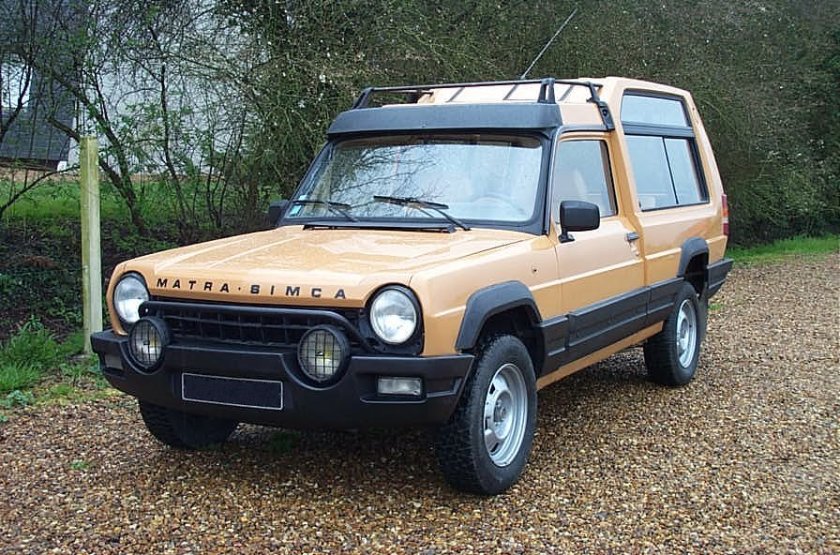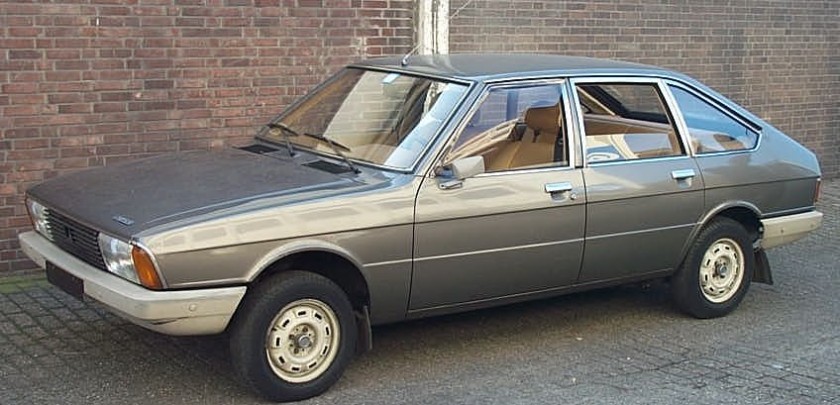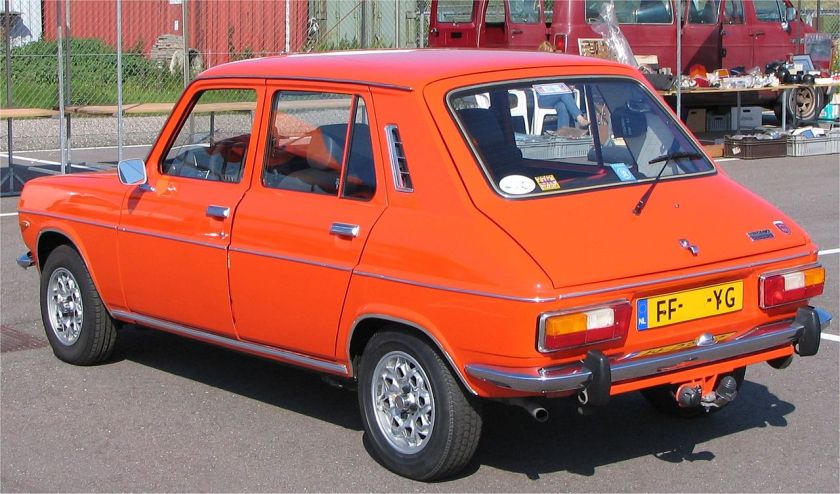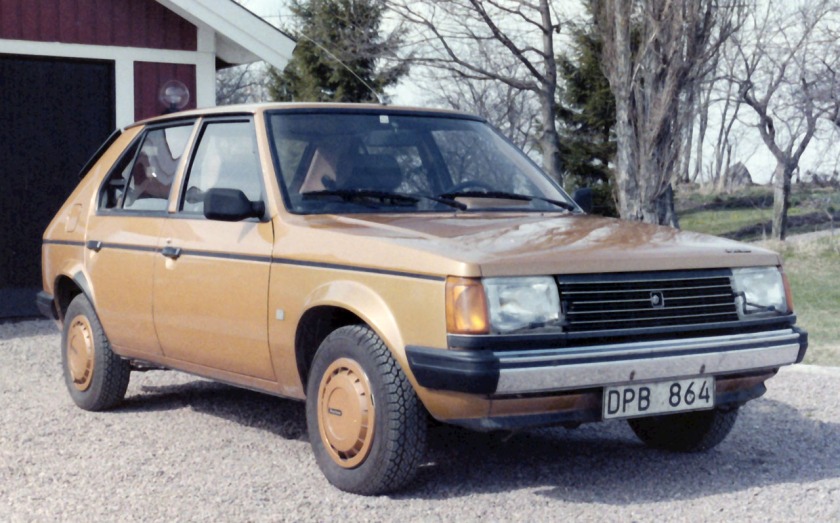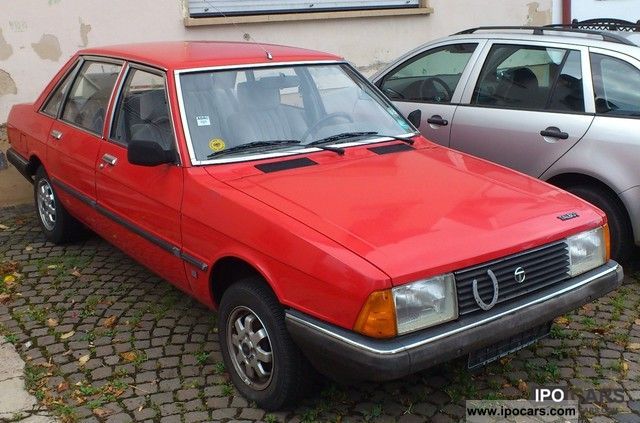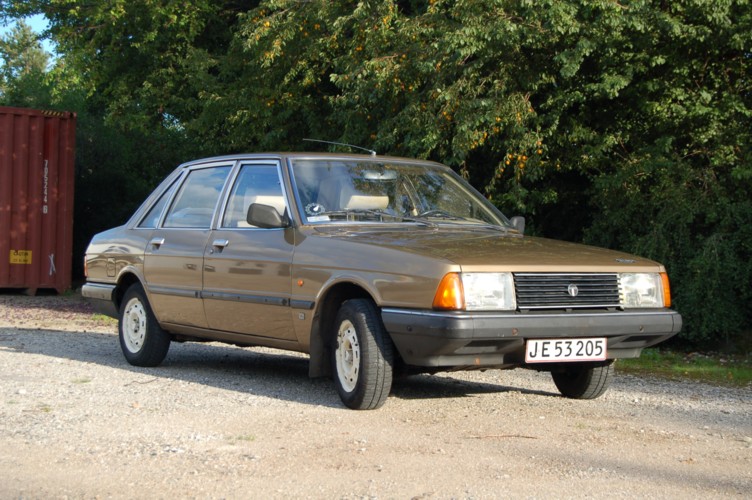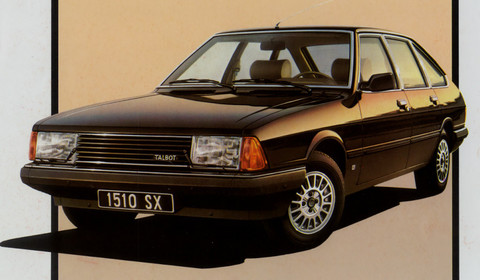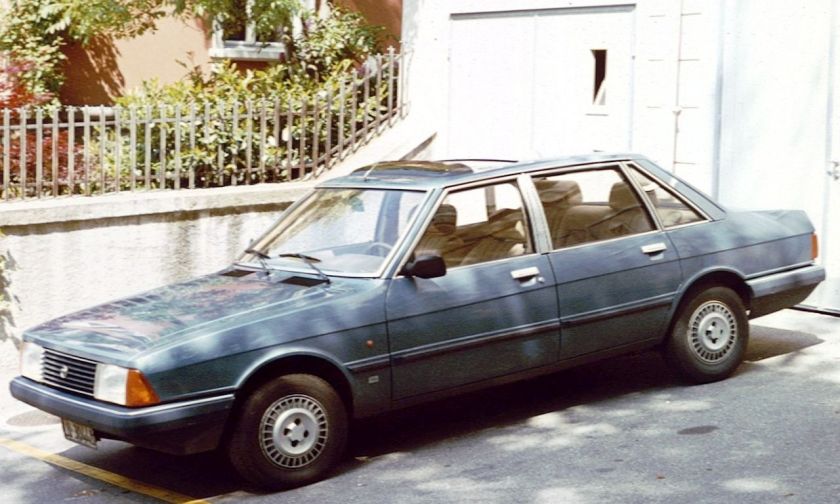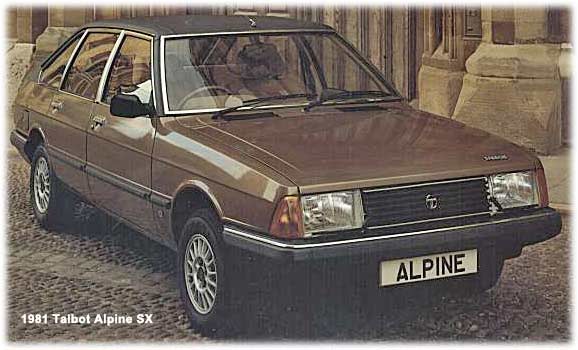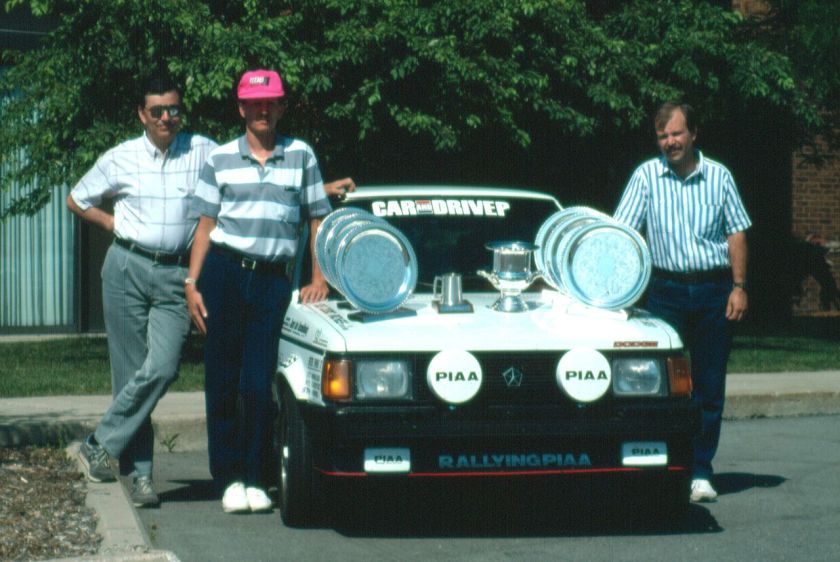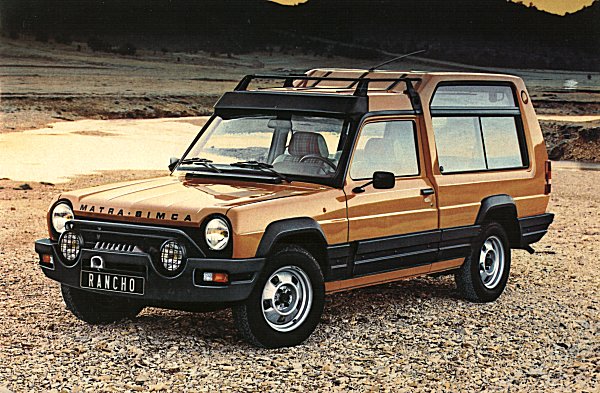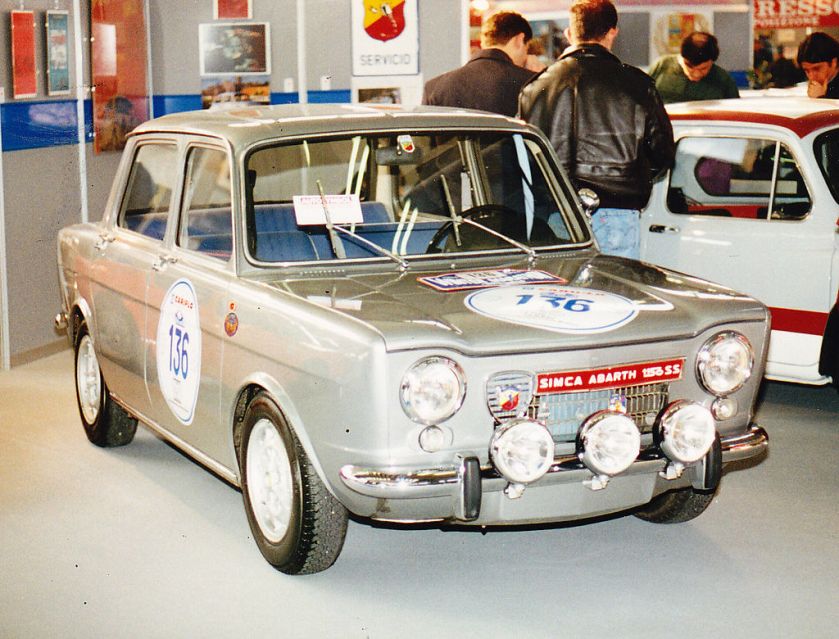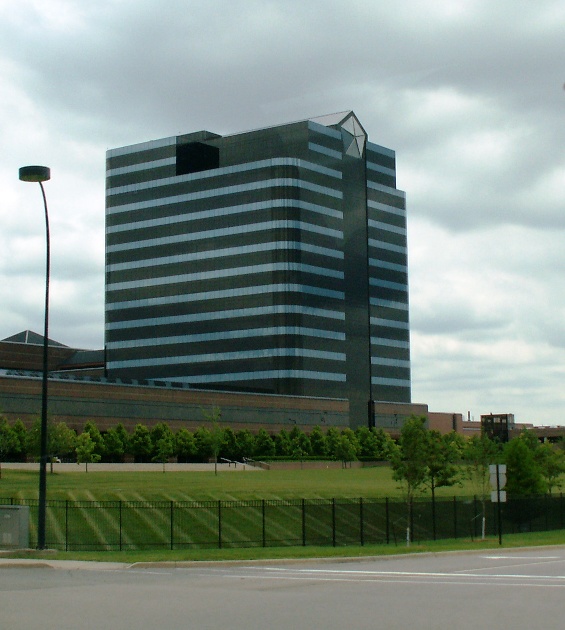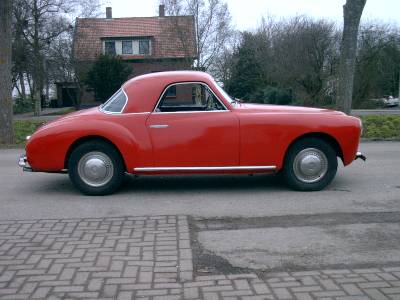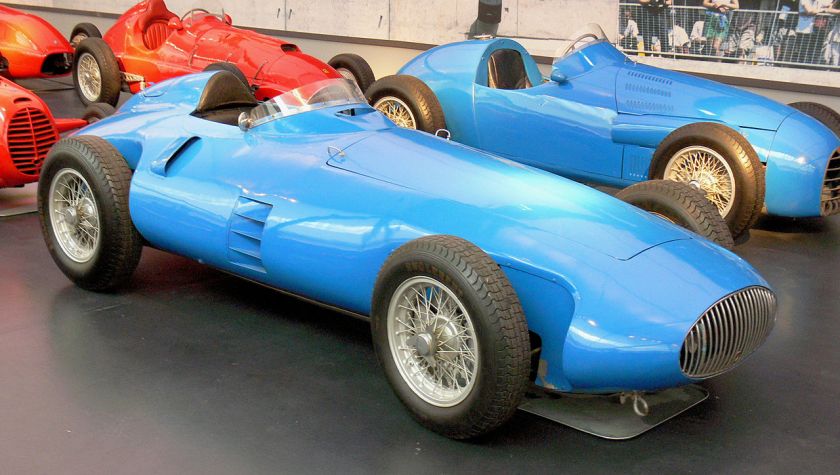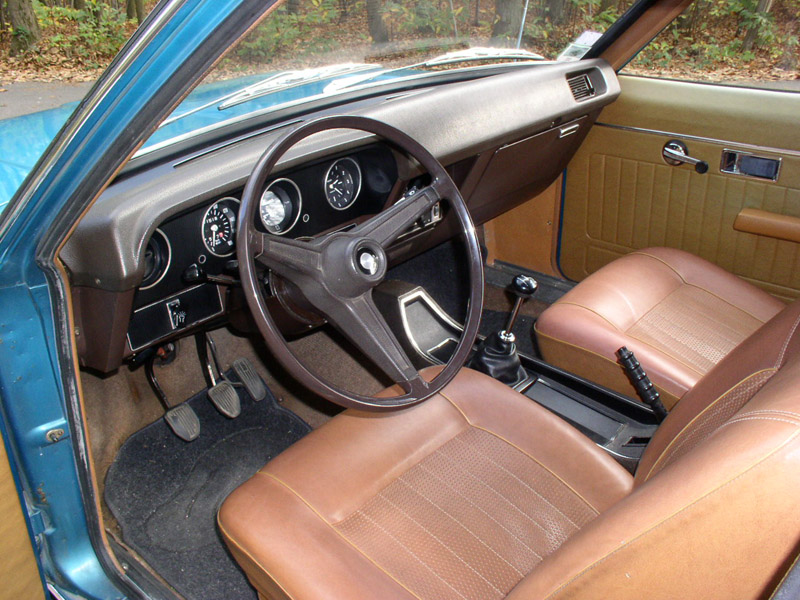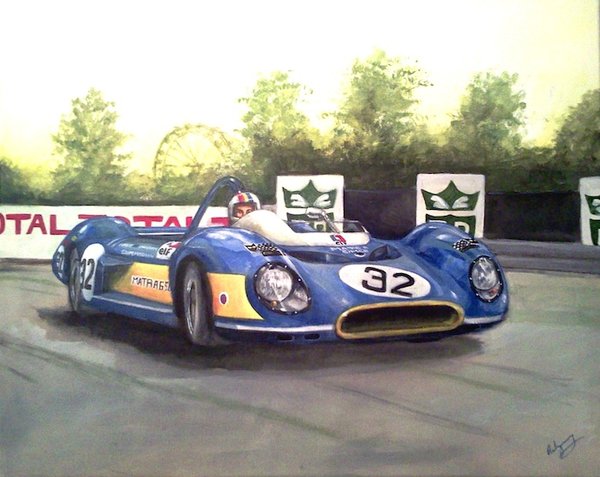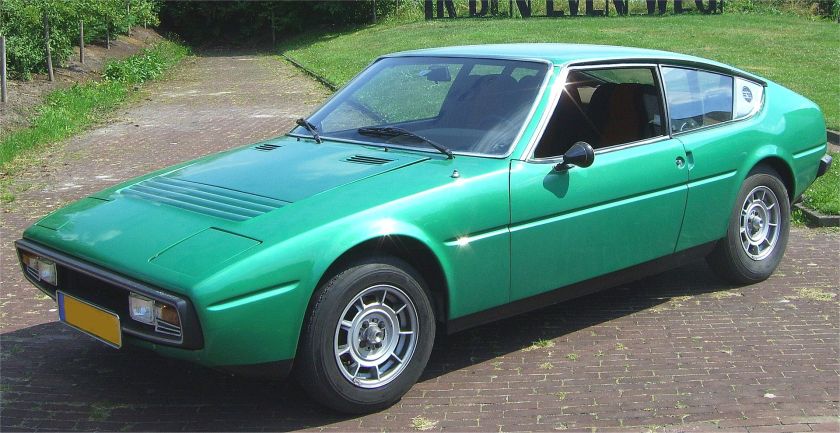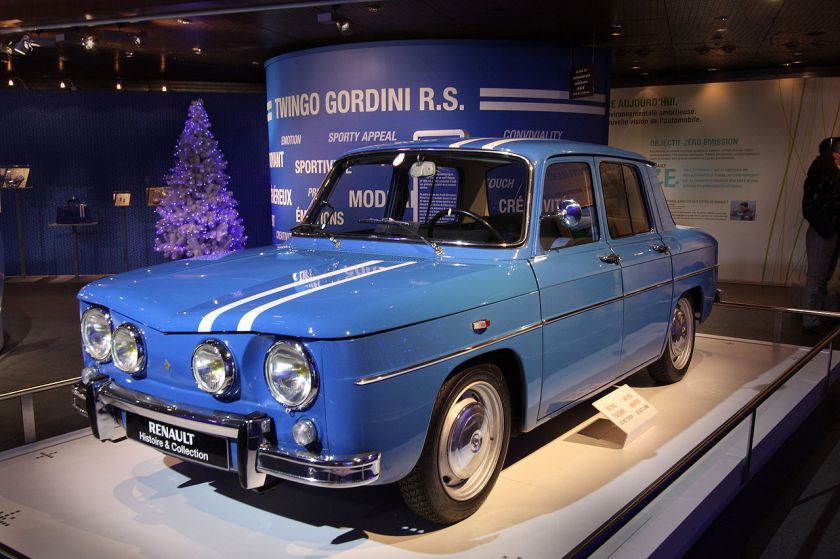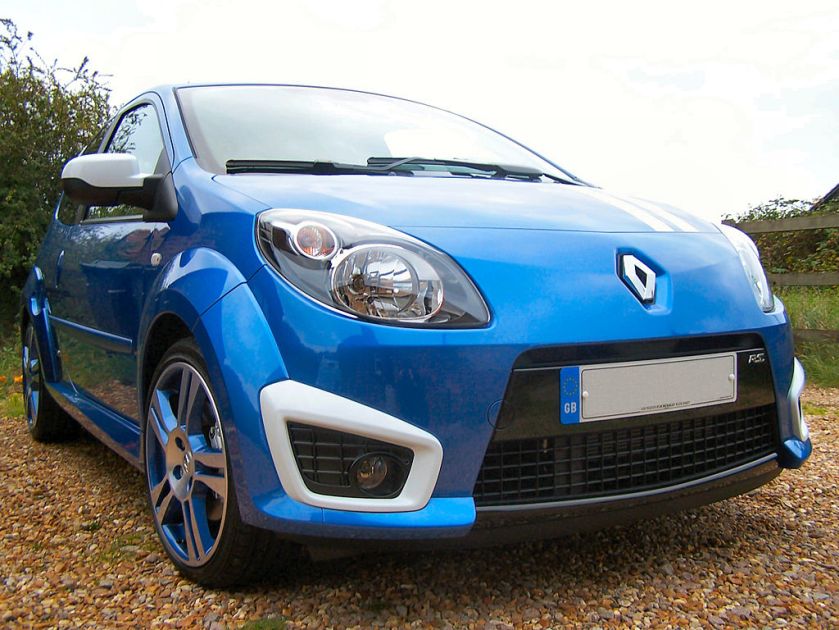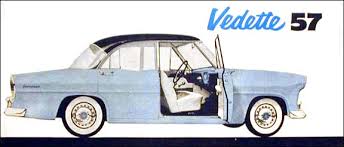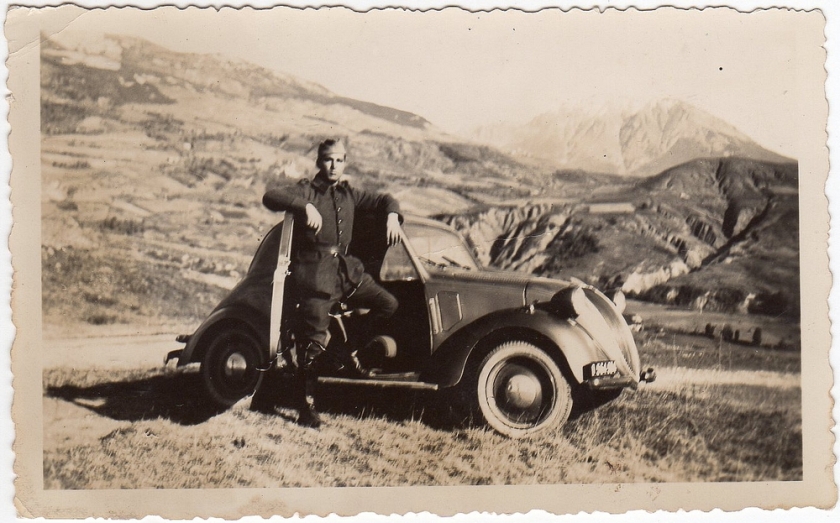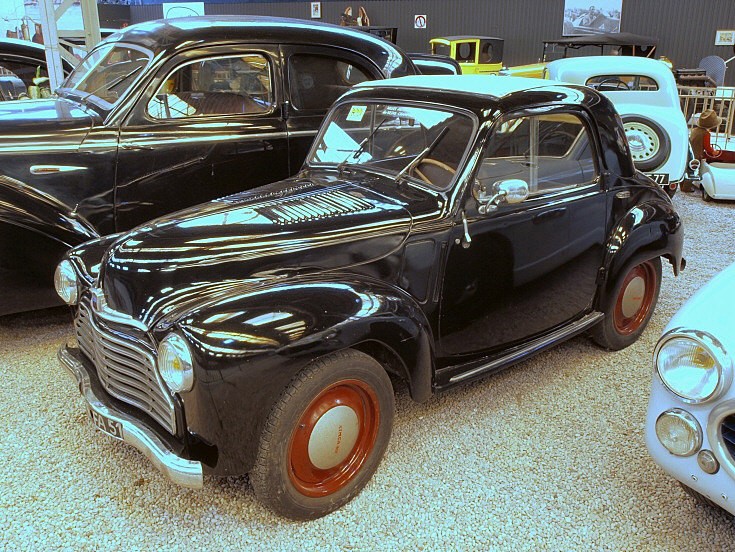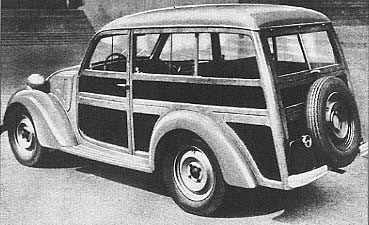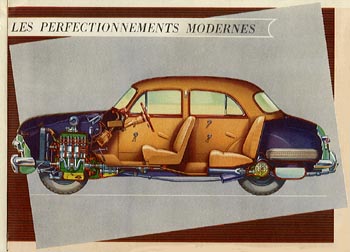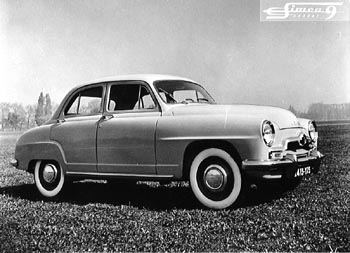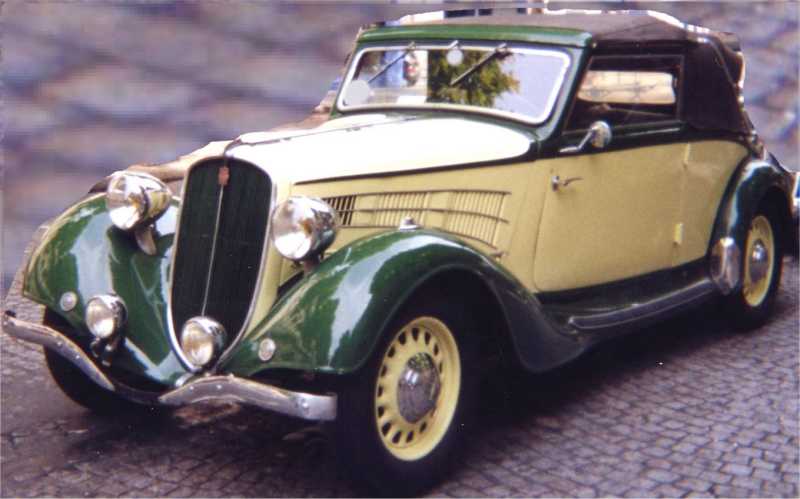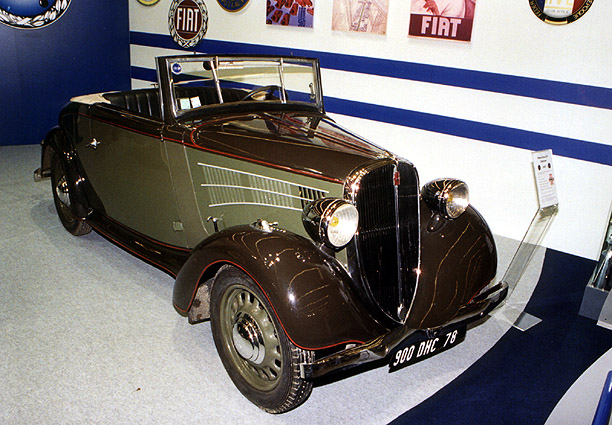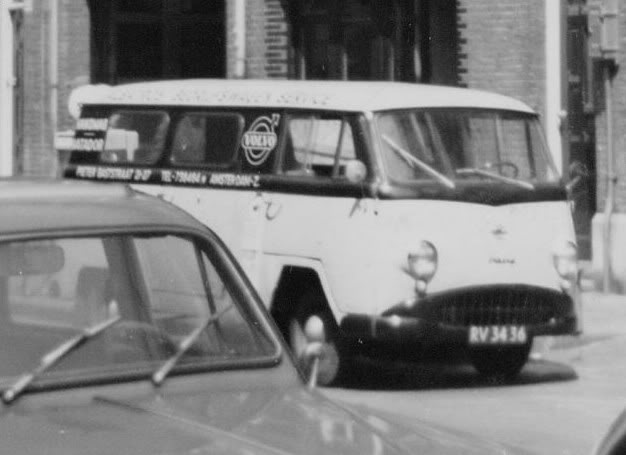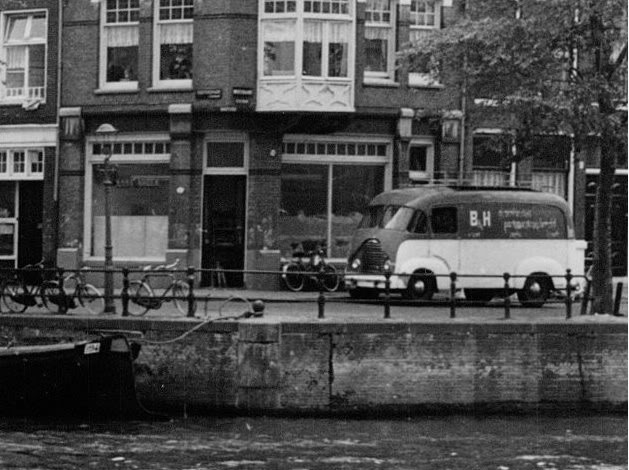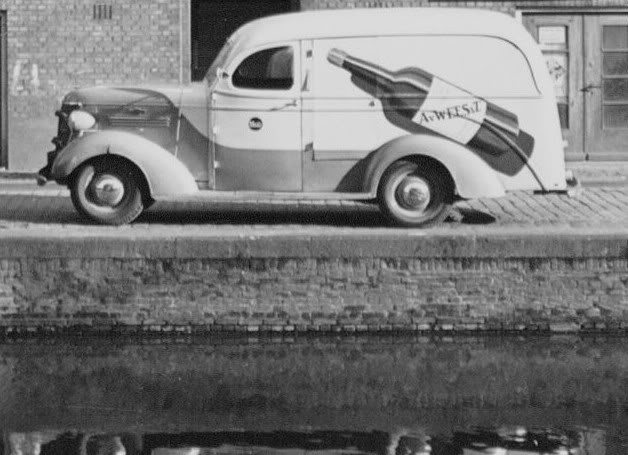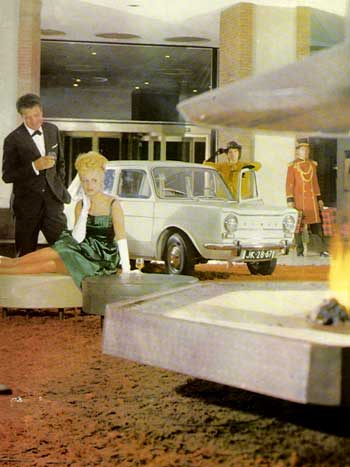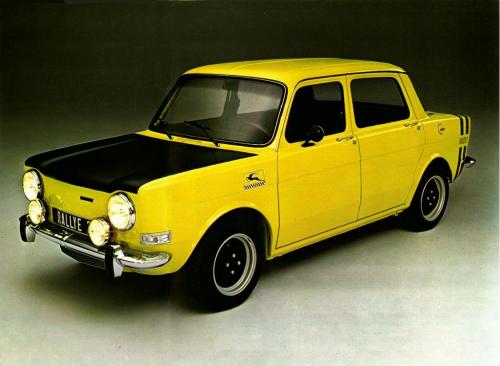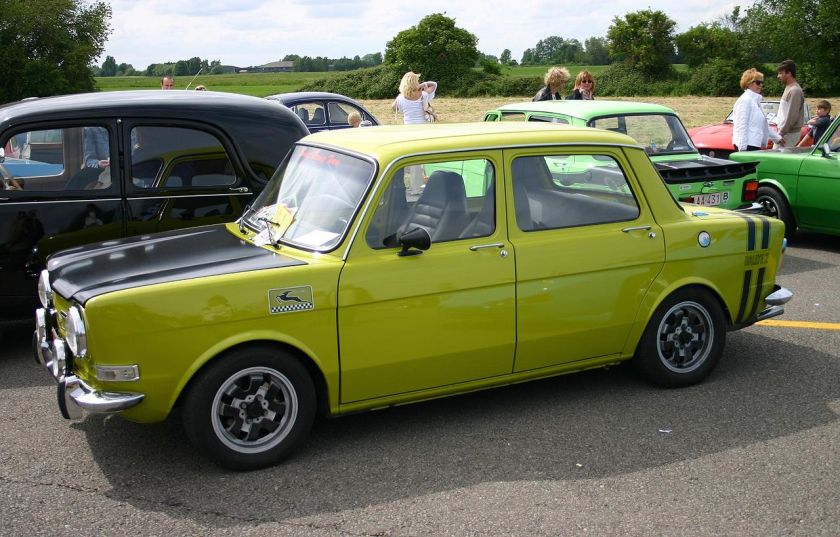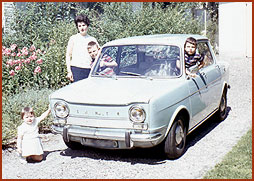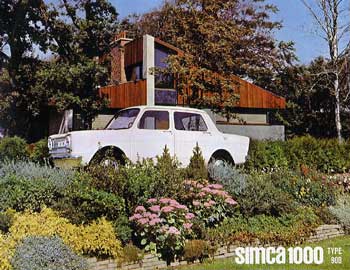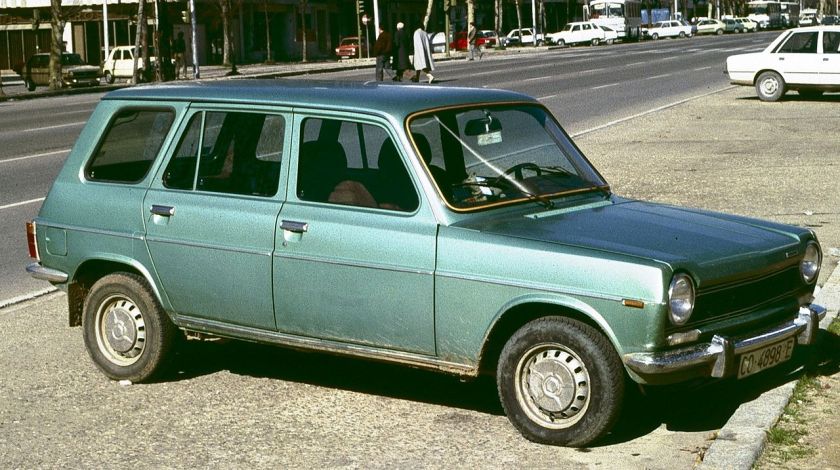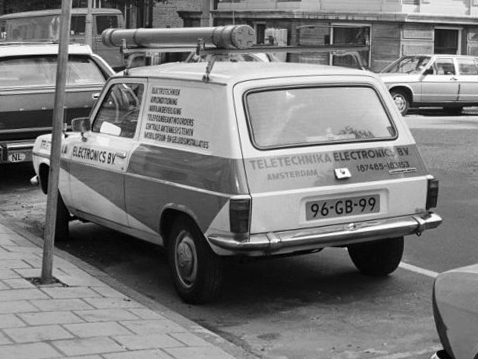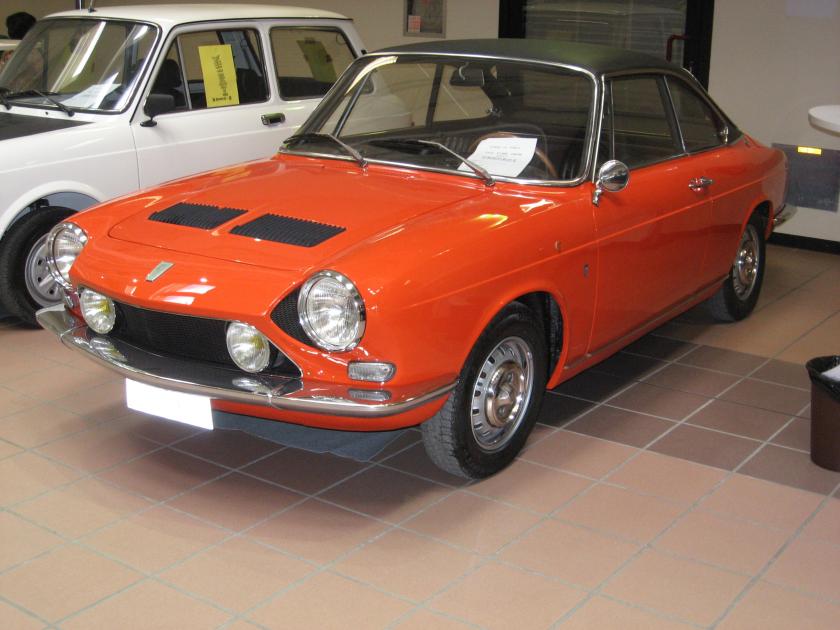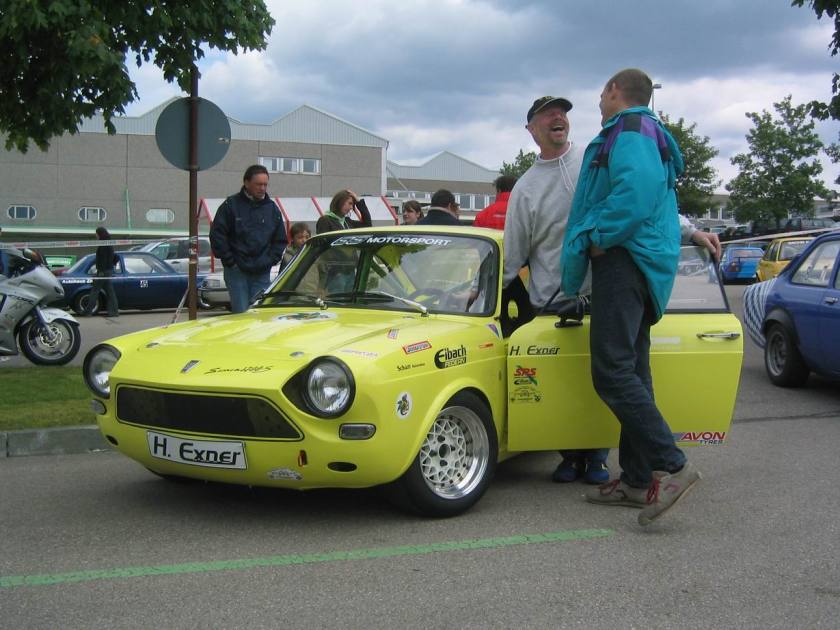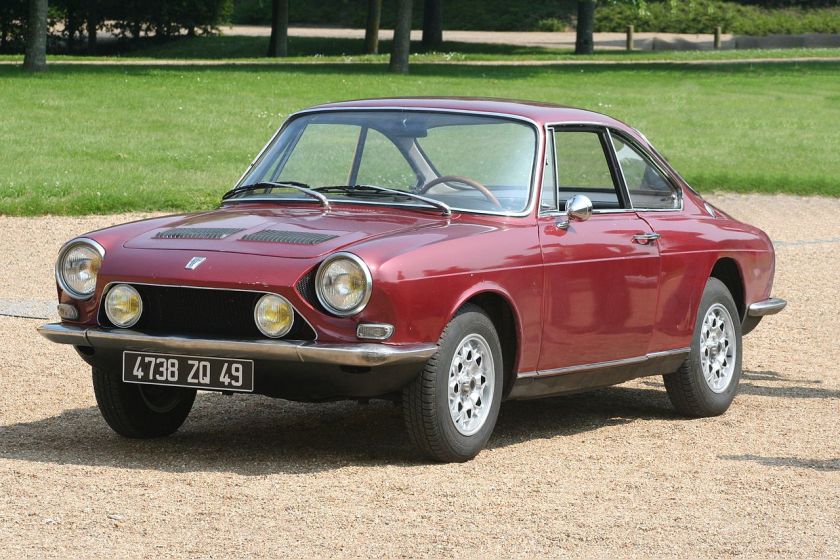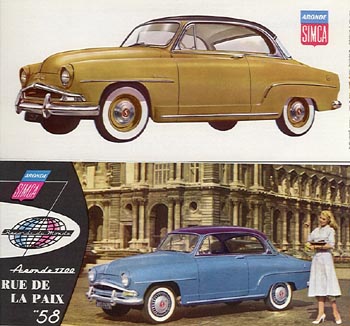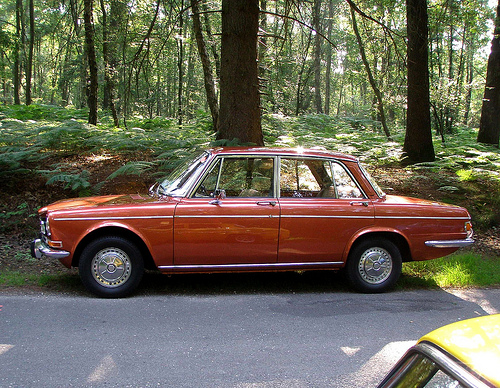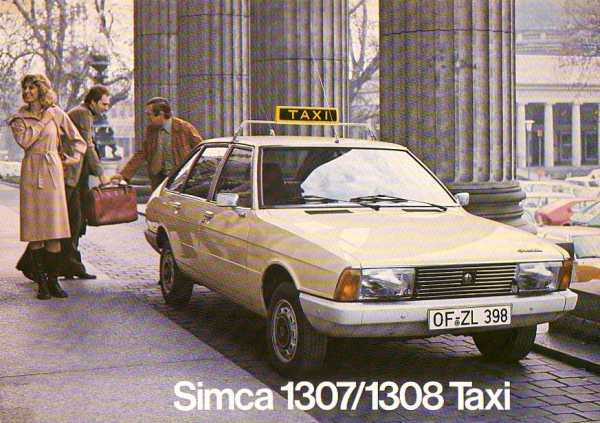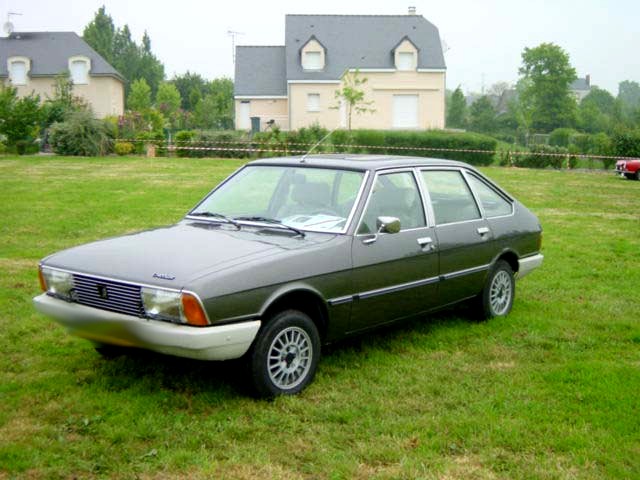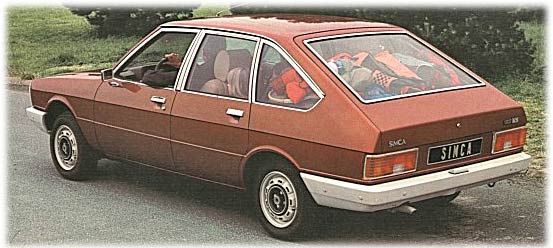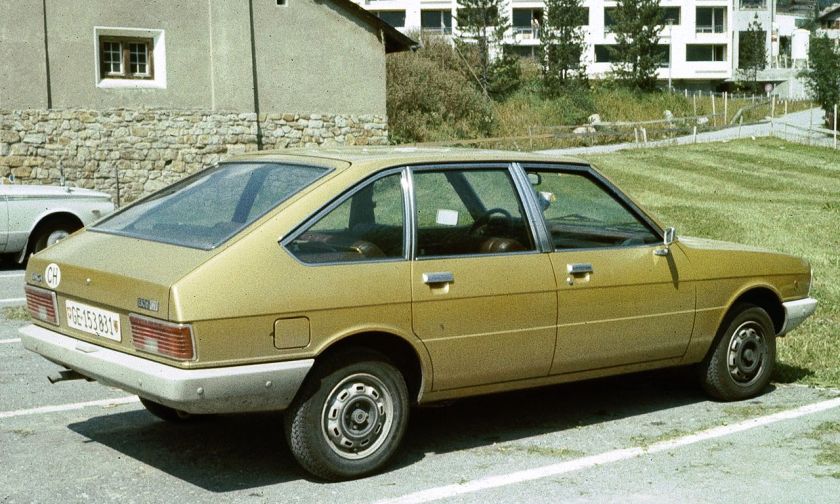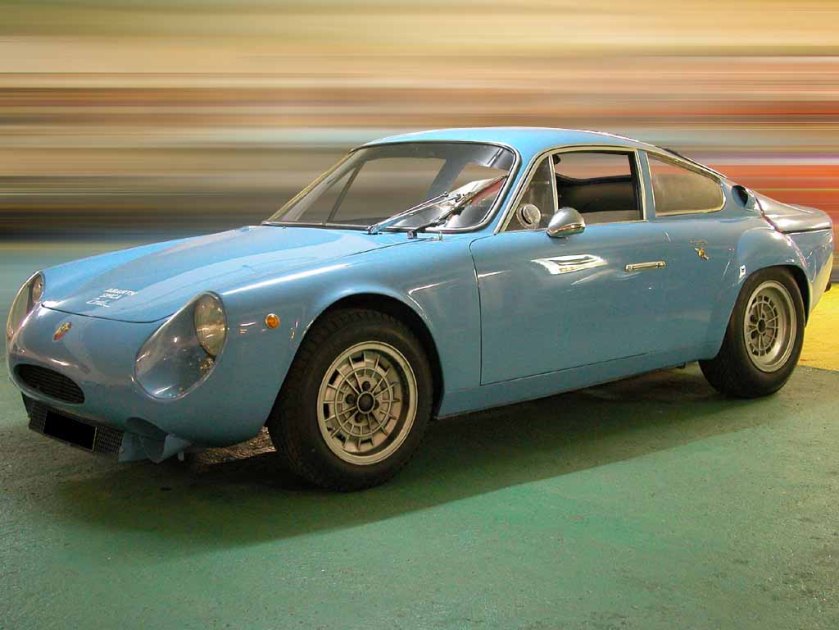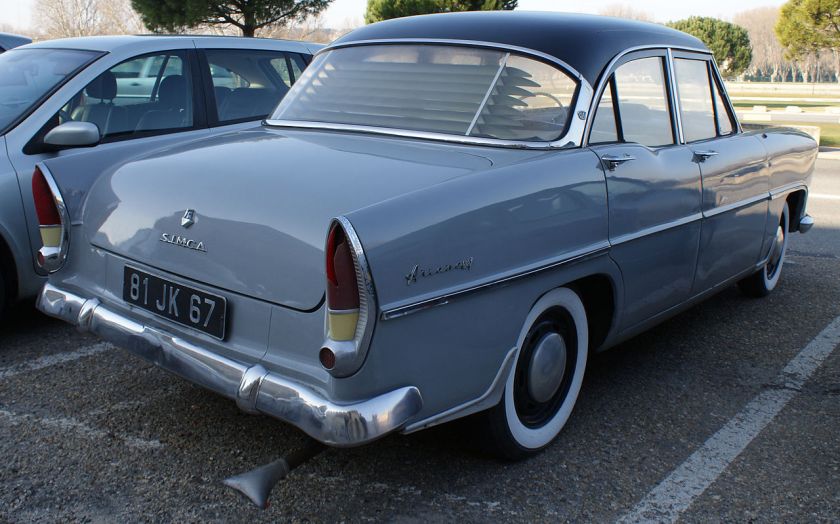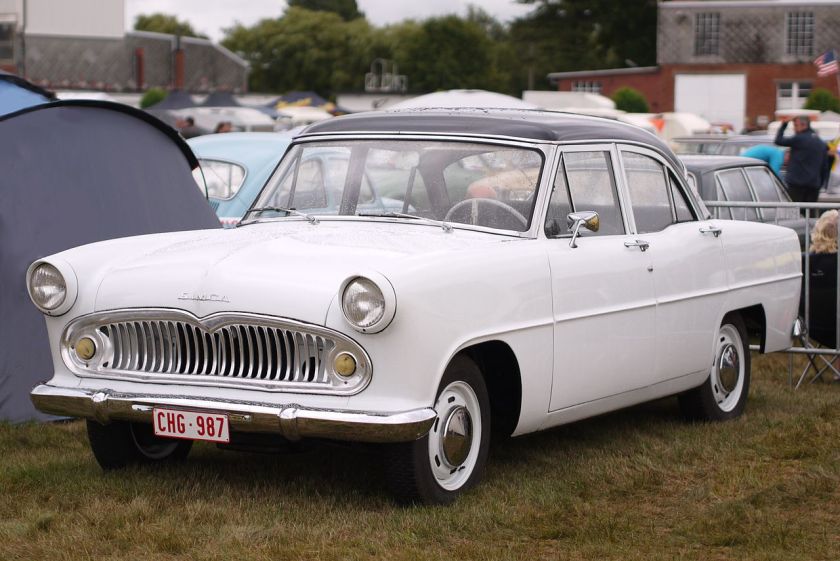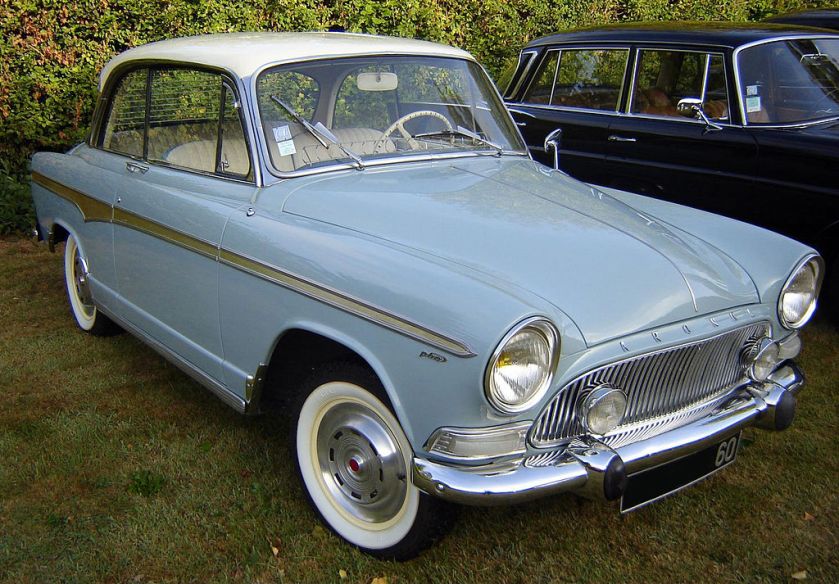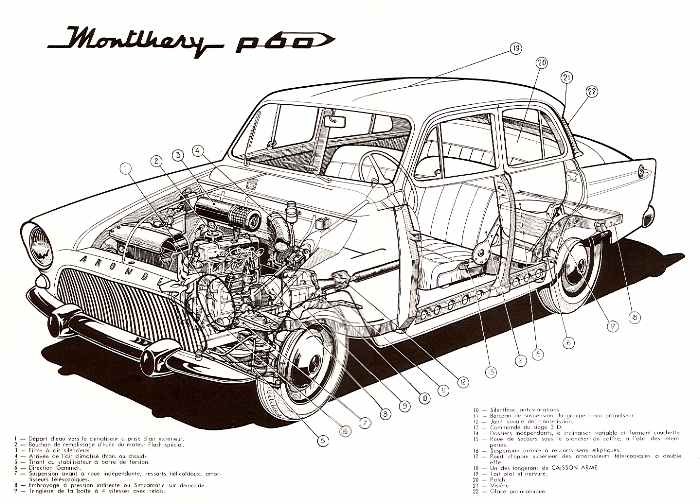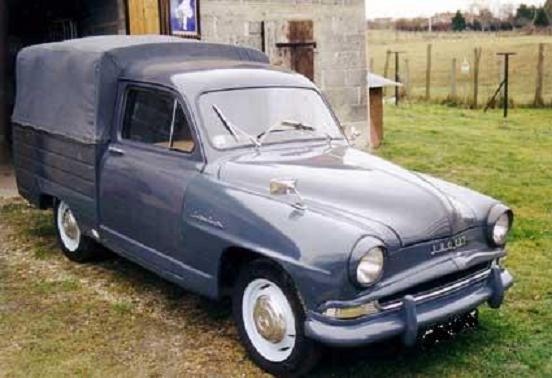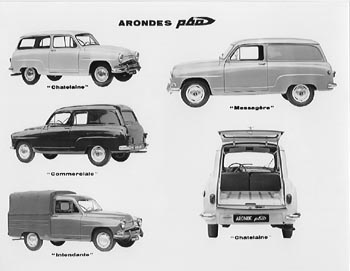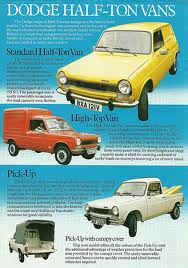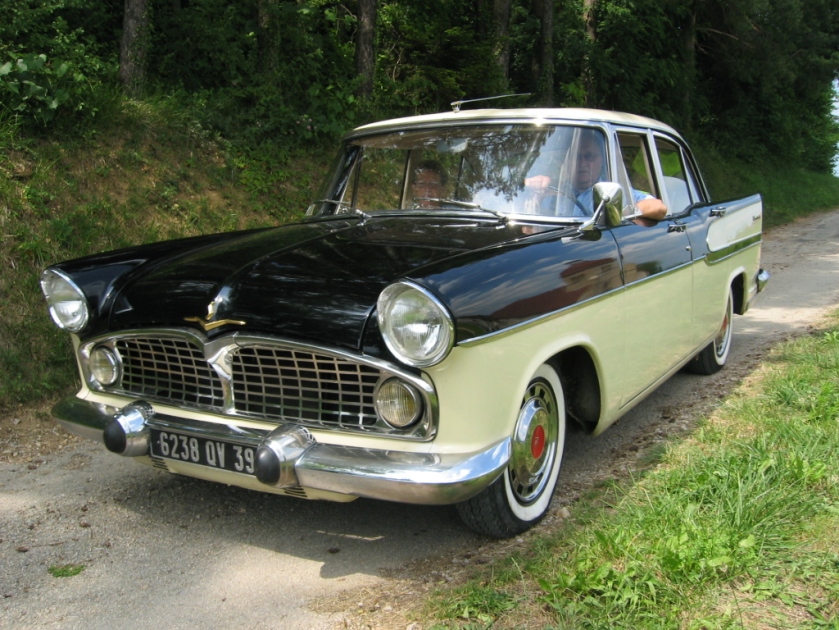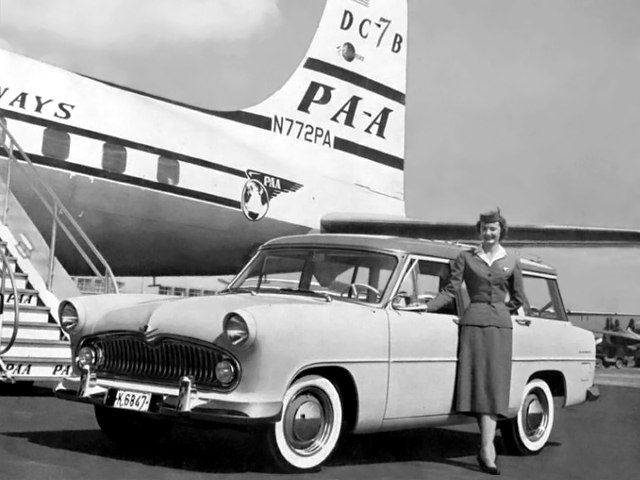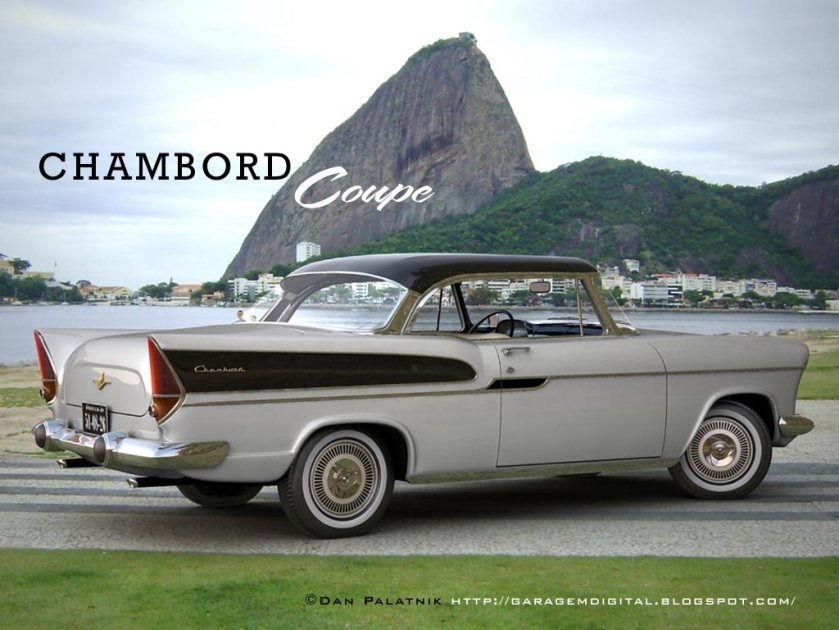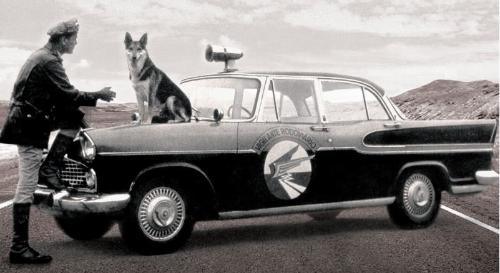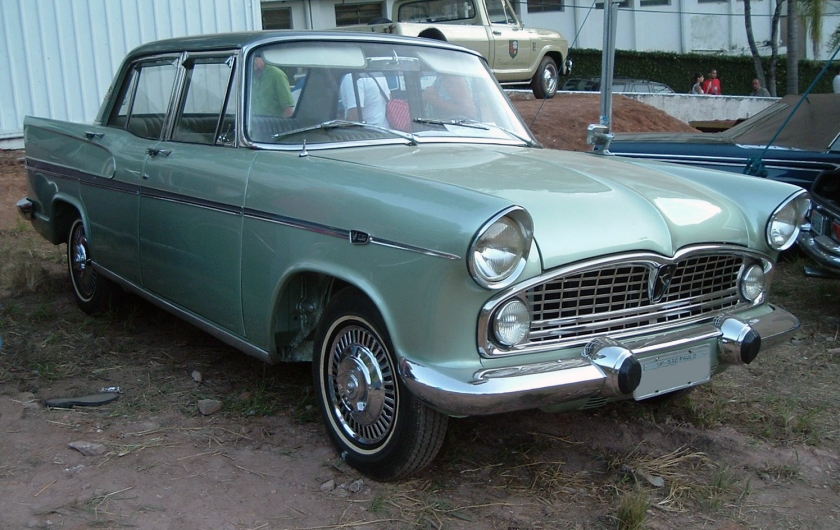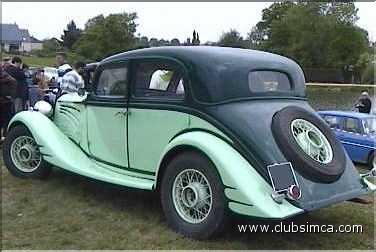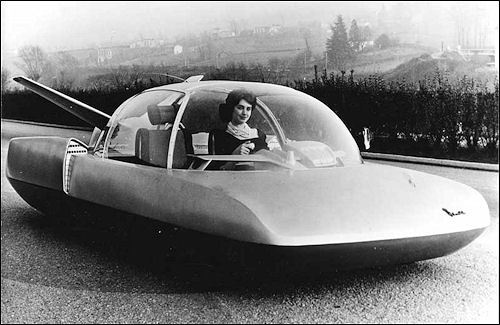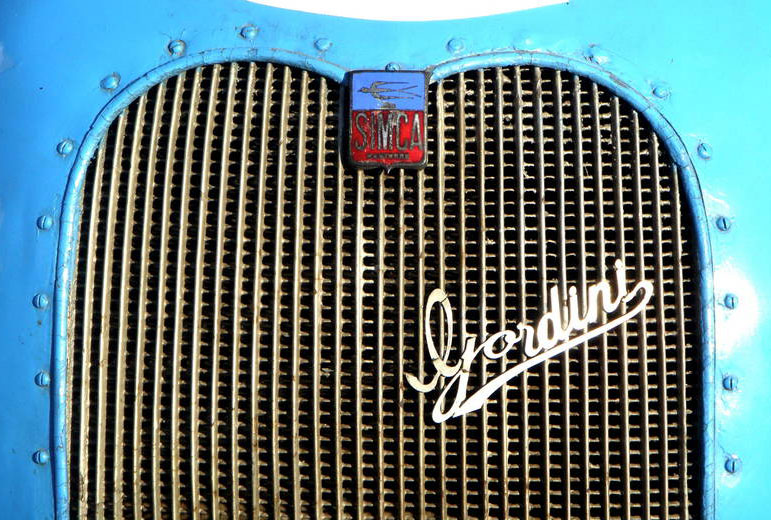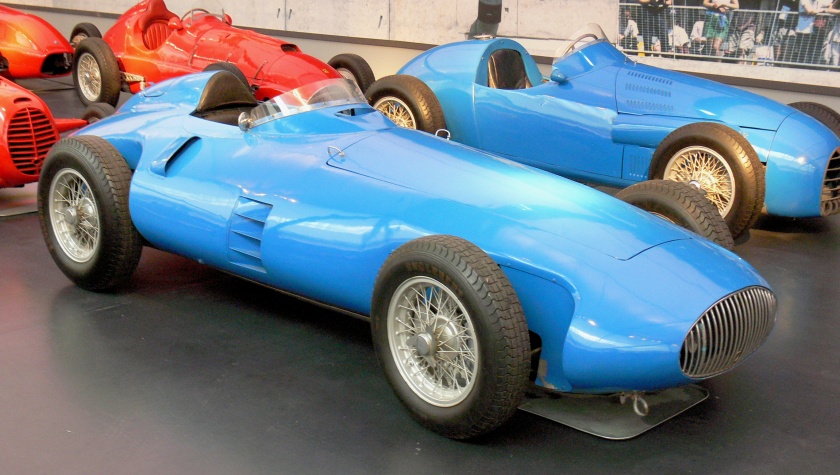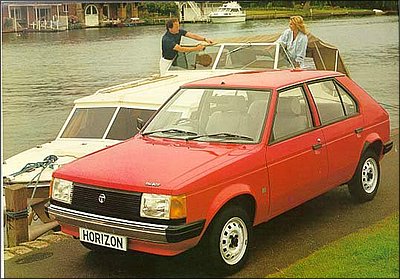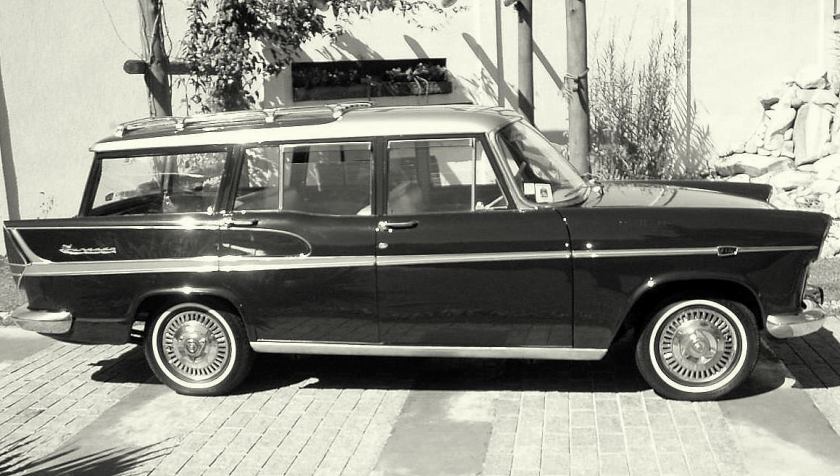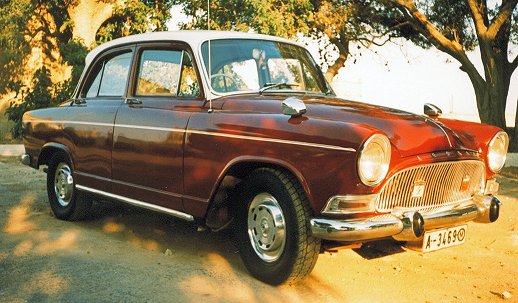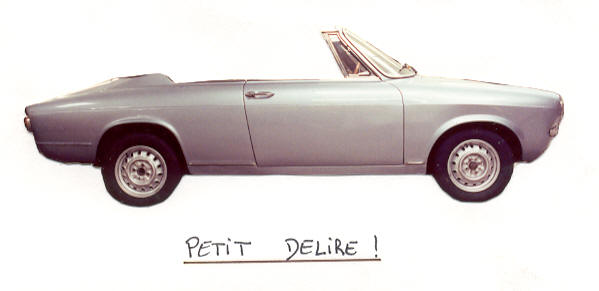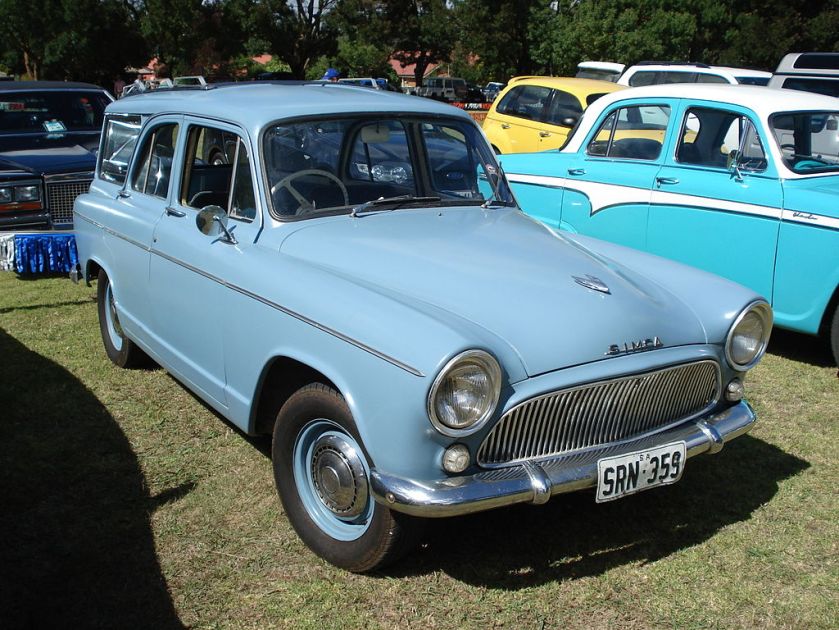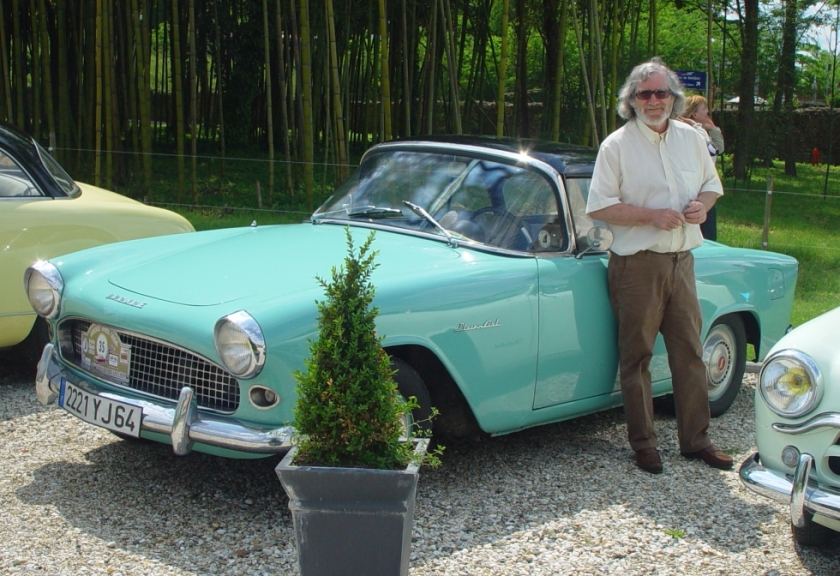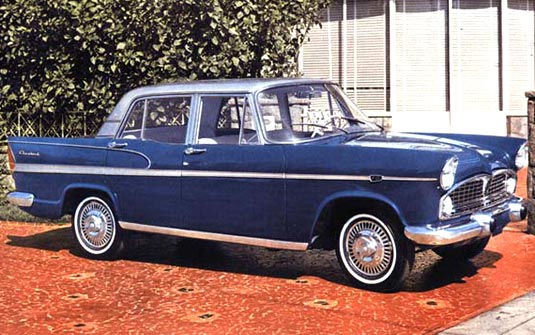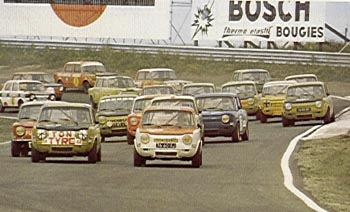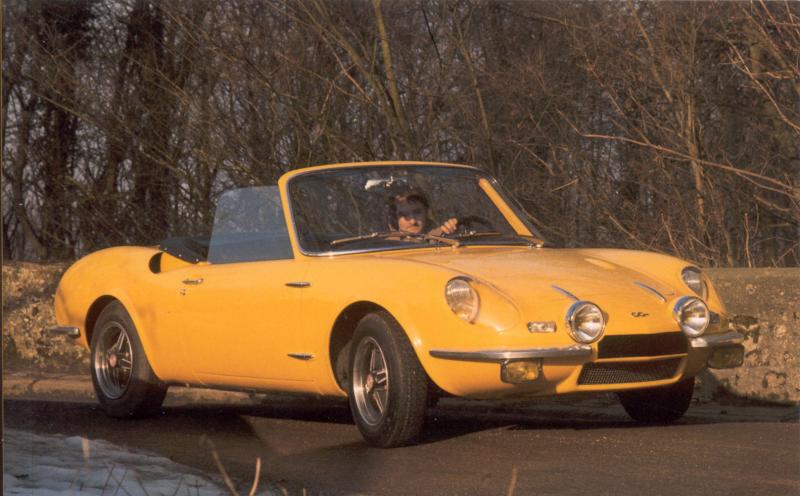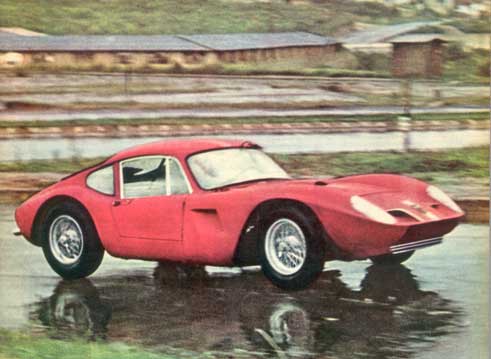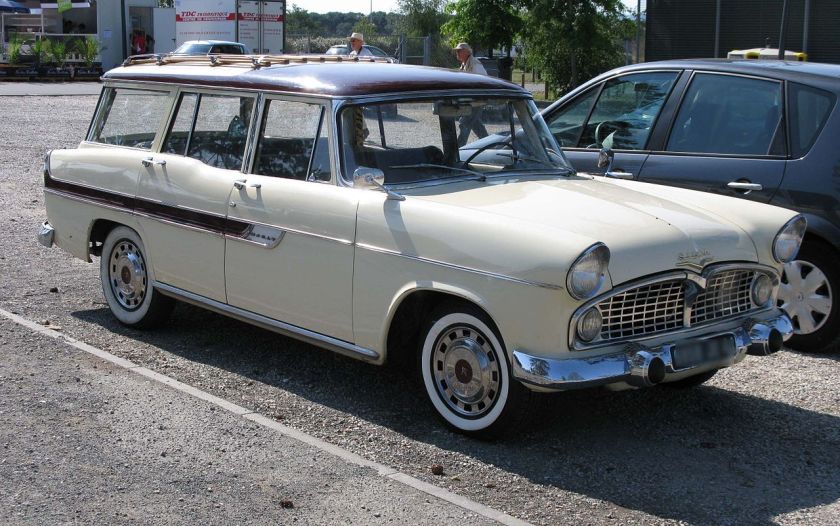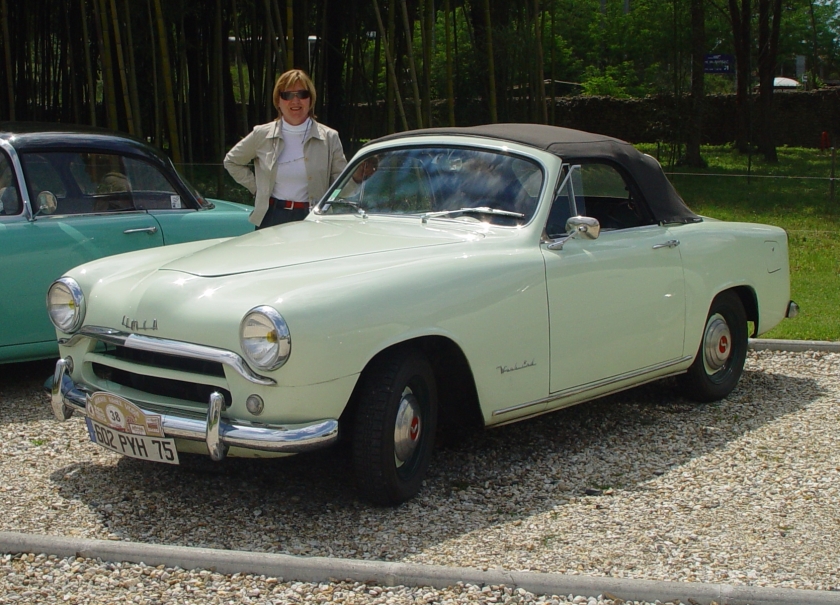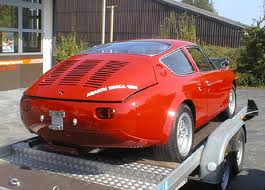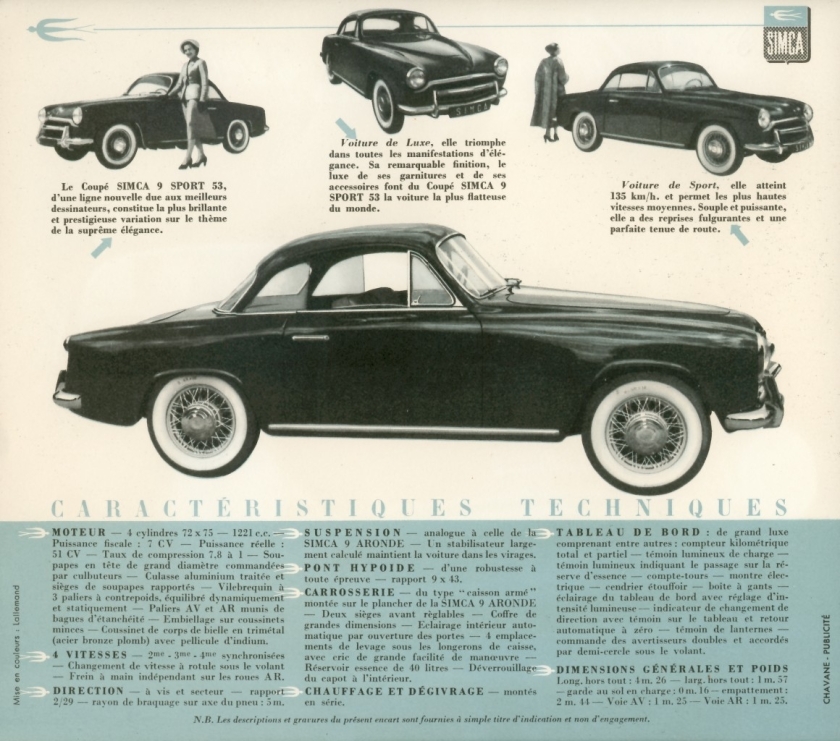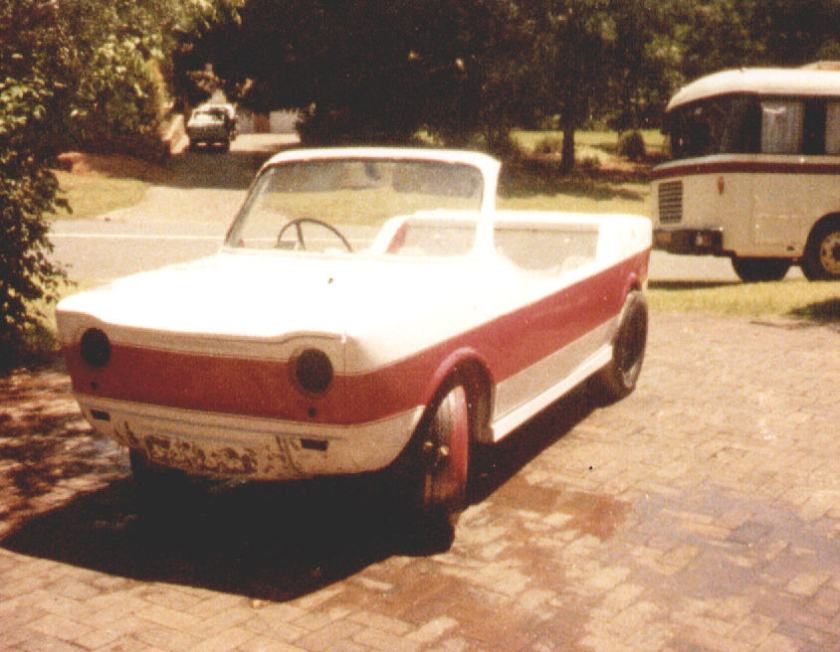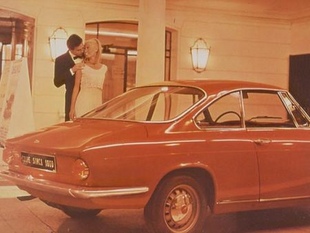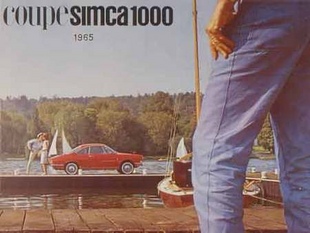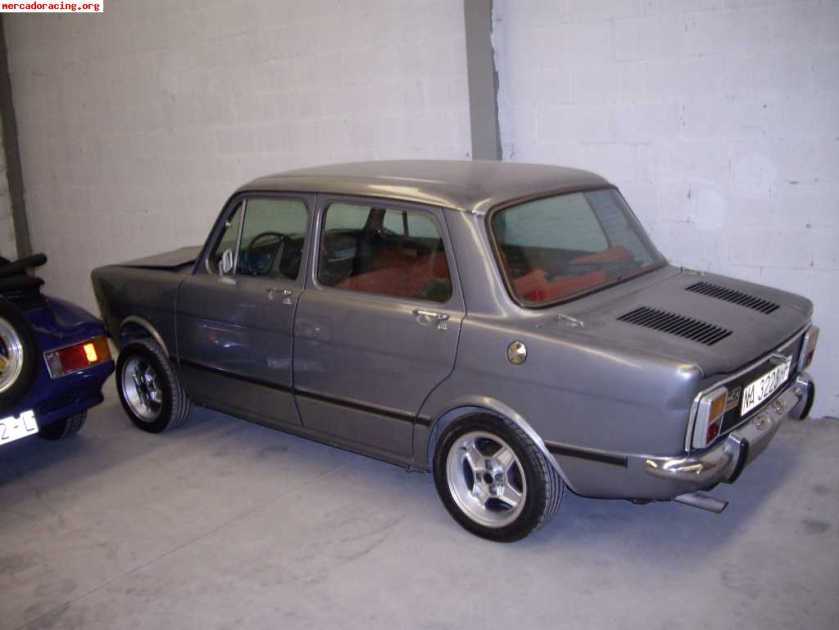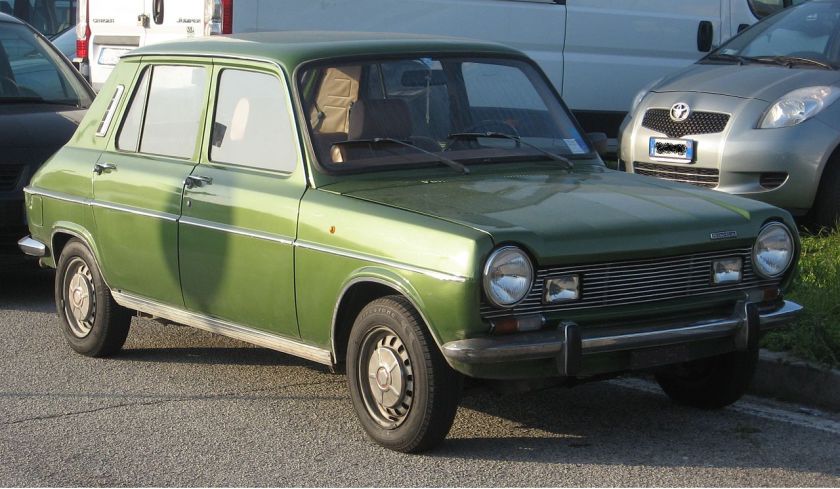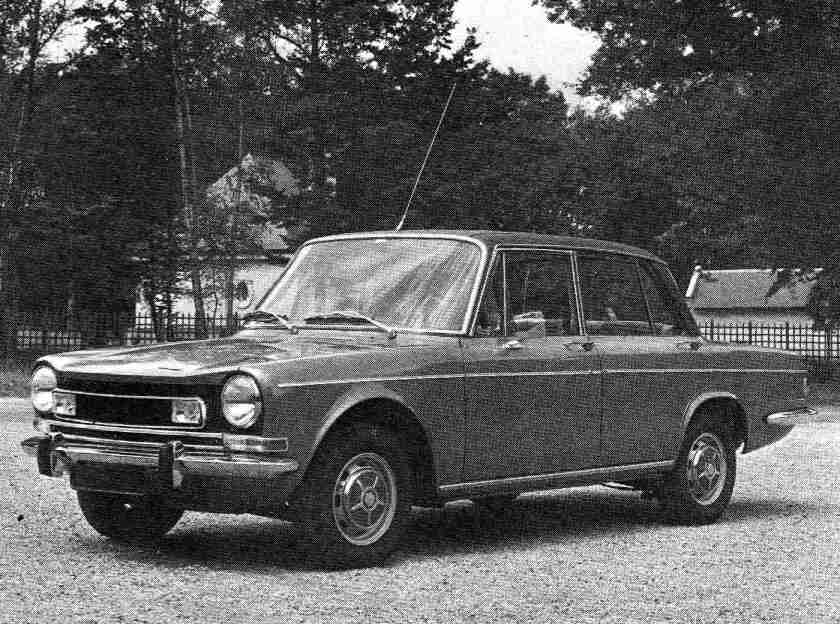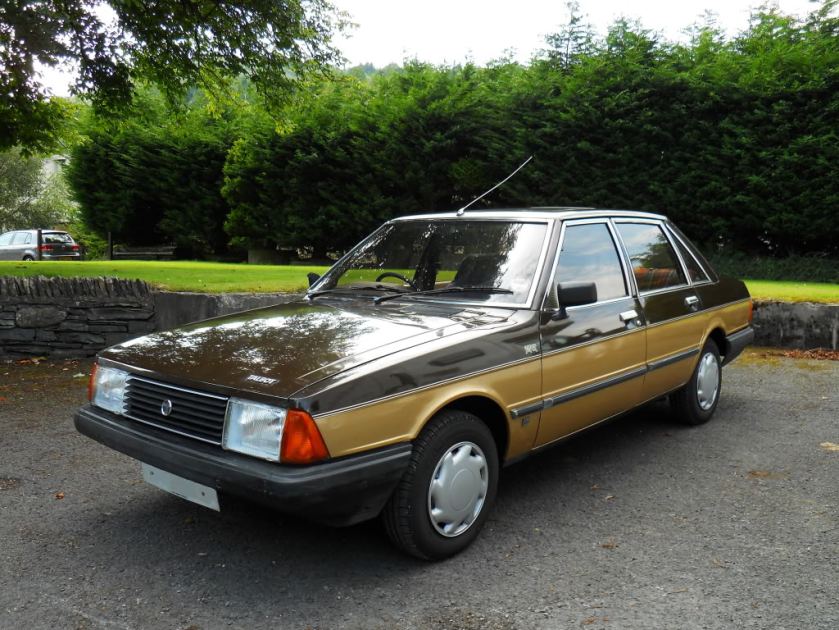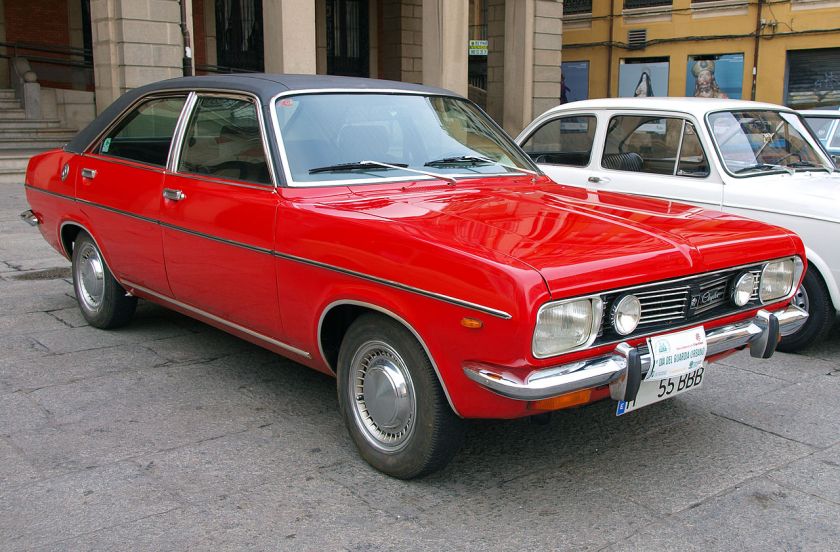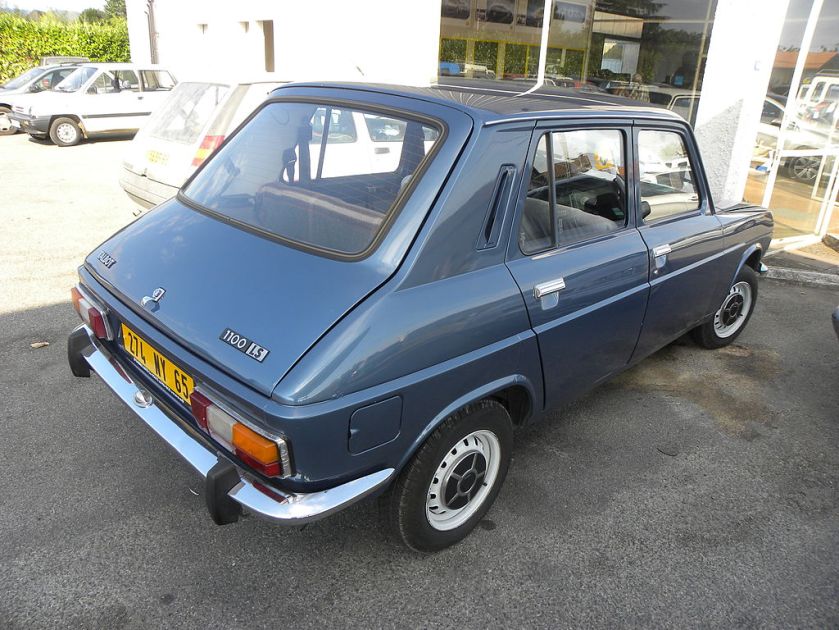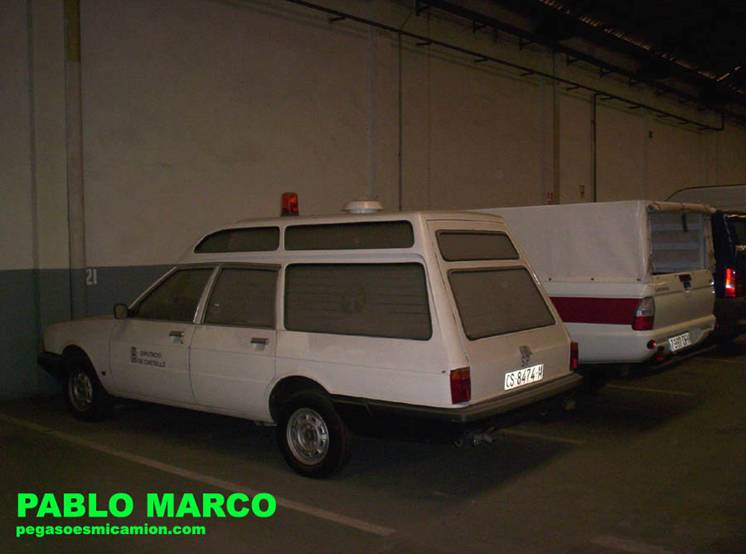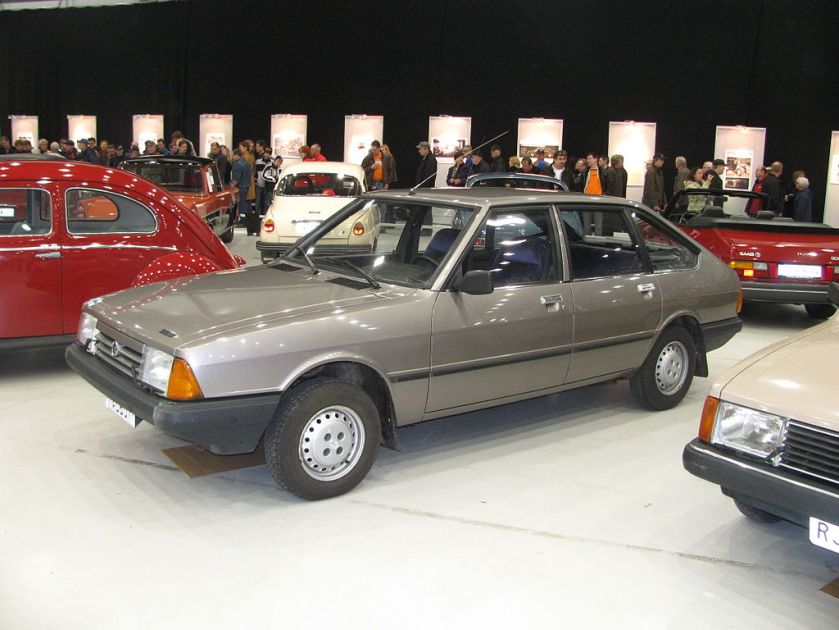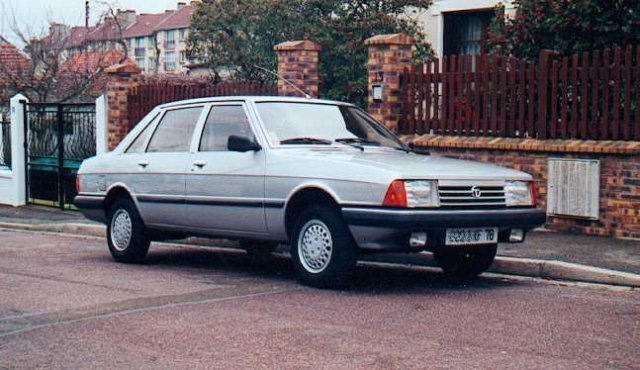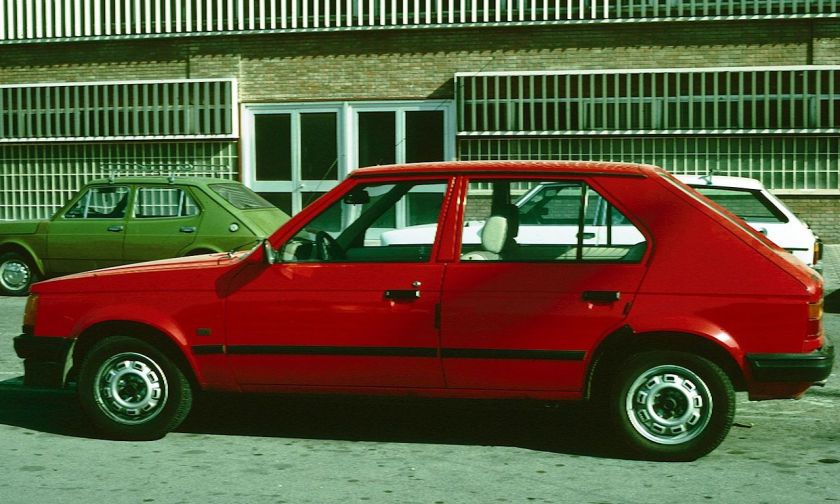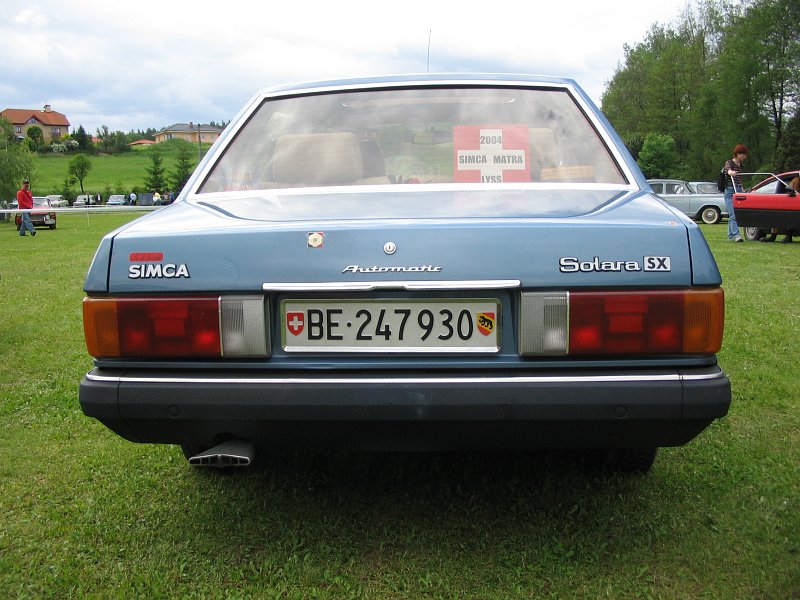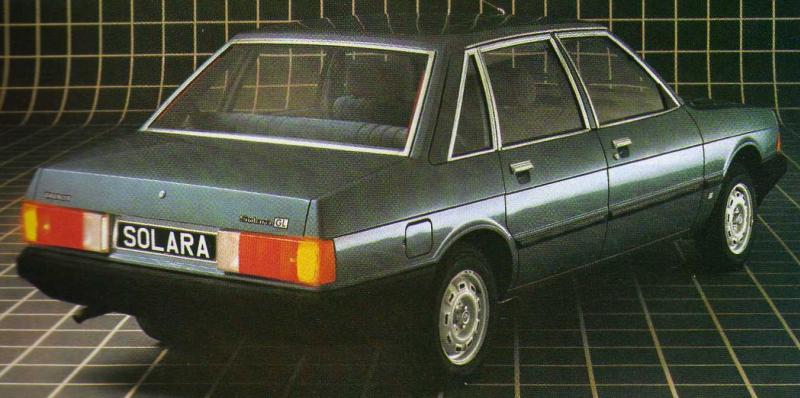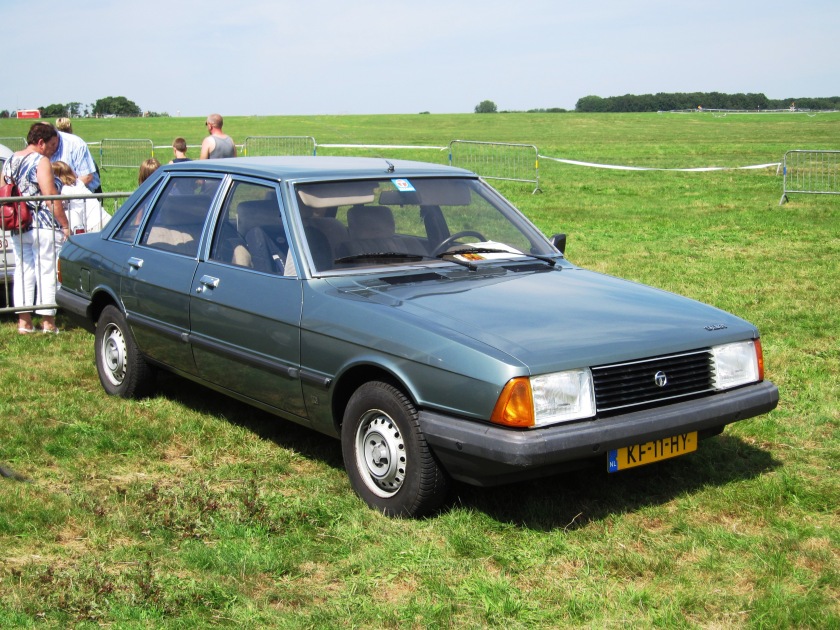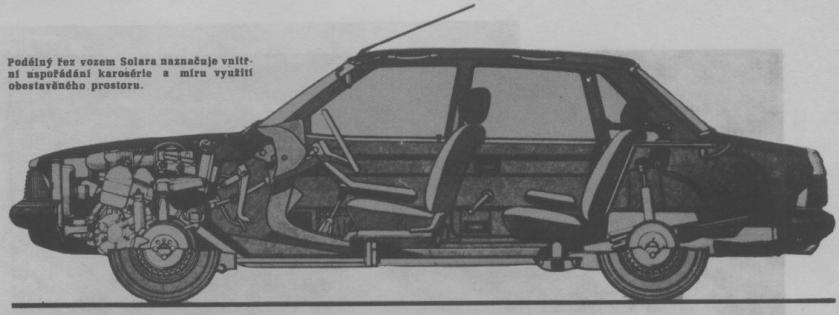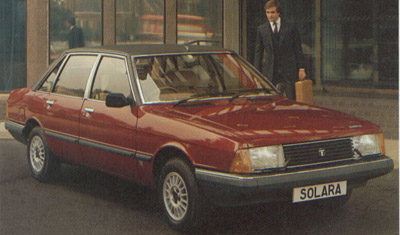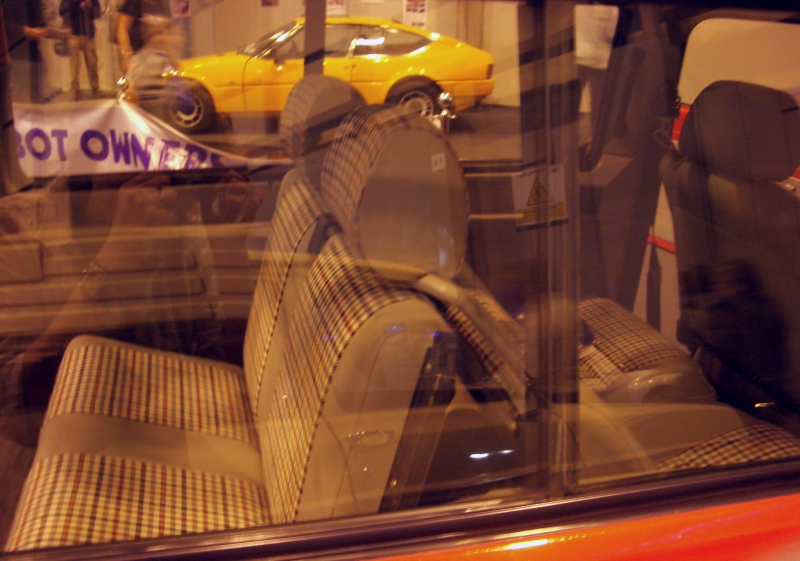Alpine (automobile) 
Sunbeam Alpine
| Sunbeam Alpine | |
|---|---|
| Overview | |
| Manufacturer | Sunbeam (Rootes Group) |
| Production | 1953–75 |
| Assembly | Ryton-on-Dunsmore, Warwickshire, England |
| Body and chassis | |
| Body style | Sports car |
| Layout | FR layout |
The Sunbeam Alpine is a sporty two-seat open car produced by Sunbeam from 1953 to 1955, and then 1959 to 1968. The name was then used on a two-door fastback from 1969 to 1975. The original Alpine was launched in 1953 as the first vehicle from Sunbeam-Talbot to bear the Sunbeam name alone since the 1935 takeover of Sunbeam and Talbot by the Rootes Group.
Alpine Mark I and III
| Sunbeam Alpine Mark I & III | |
|---|---|
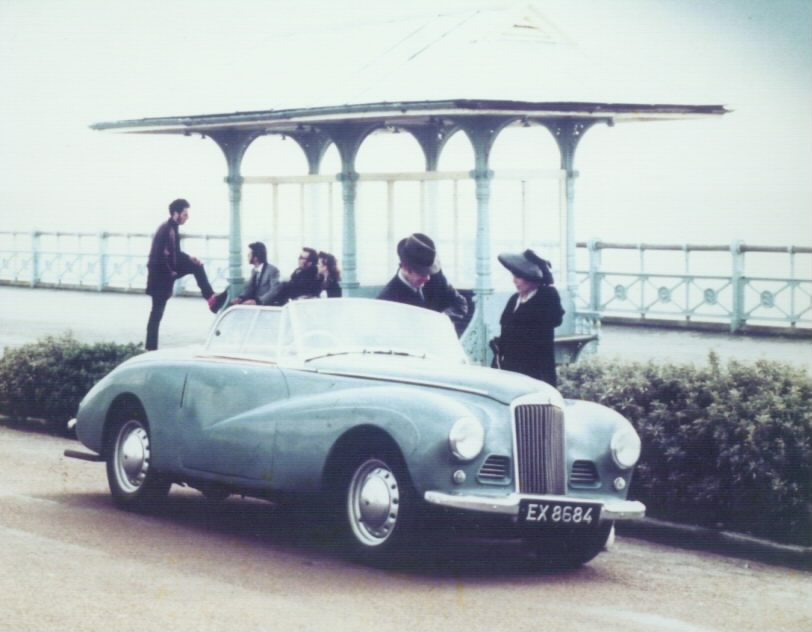 |
|
| Overview | |
| Production | 1953–55 1.582 made |
| Assembly | United Kingdom Australia |
| Body and chassis | |
| Body style | 2-door roadster |
| Related | Sunbeam-Talbot 90 |
| Powertrain | |
| Engine | 2267 cc (2.3L) I4 |
| Dimensions | |
| Wheelbase | 97.5 in (2,476 mm) |
| Length | 168.5 in (4,280 mm) |
| Width | 62.5 in (1,588 mm) |
| Chronology | |
| Successor | Series Alpine |
The Alpine was derived from the Sunbeam-Talbot 90 Saloon,
and has become colloquially known as the “Talbot” Alpine. It was a two-seater sports roadster initially developed by Sunbeam-Talbot dealer George Hartwell in Bournemouth, as a one-off rally car. It had its beginnings as a 1952 Sunbeam-Talbot drophead coupé, and was supposedly named by Norman Garrad of the works Competition Department, who was heavily involved in Sunbeam-Talbot’s successes in the Alpine Rally during the early 1950s using the saloon models.
The car has a four-cylinder 2267 cc engine from the saloon, but with a raised compression ratio. However, since it was developed from the saloon platform, it suffered from rigidity compromises despite extra side members in the chassis. The gearbox ratios were changed, and from 1954 an overdrive unit became standard. The gearchange lever was column-mounted.
The Alpine Mark I and Mark III (no Mark II was made) were hand-built – as was the 90 drophead coupé – at Thrupp & Maberly coachbuilders from 1953 to 1955, and remained in production for only two years. Of the 1582 automobiles produced, 961 were exported to the USA and Canada, 445 stayed in the UK, and 175 went to other world markets. It has been estimated that perhaps as few as 200 have survived.
1954 Sunbeam Alpine Mk1 Two seater
The Sunbeam Alpine Mk 1 Special: It was based on the 2267cc Mk 1 Sunbeam Talbot motor, with alloy rocker cover and Siamese exhaust ports [ cylinders 2 and 3 ]. These motors developed a reputed, 97.5 bhp at 4,500 rpm, mainly by raising the compression ratio to 8.0:1 and incorporating a special induction manifold with a twin choke Solex 40 P.I.I carburettor .
Sunbeam Alpine Team Cars : MKV 21 – 26: The motors were configured the same as the Sunbeam Alpine Mk I Special, with further tuning by ERA to raise power to over 100 bhp.
In the 1953 Alpine Rally four Alpines won the Coupe des Alpes, one of which, finishing 6th, was driven by Stirling Moss; Sheila van Damm won the Coupe Des Dames in the same rally.
Very few of these cars are ever seen on the big screen. However, a sapphire blue Alpine featured prominently in the 1955 Alfred Hitchcock film To Catch a Thief starring Cary Grant and Grace Kelly. More recently, the American PBS show History Detectives tried to verify that an Alpine roadster owned by a private individual was the actual car used in that movie. Although the Technicolor process could “hide” the car’s true colour, and knowing that the car was shipped back from Monaco to the USA for use in front of a rear projection effect, the car shown on the programme was ultimately proven not to be the film car upon comparison of the vehicle identification numbers.
Alpine Series I to V
| Sunbeam Alpine Series I to V | |
|---|---|
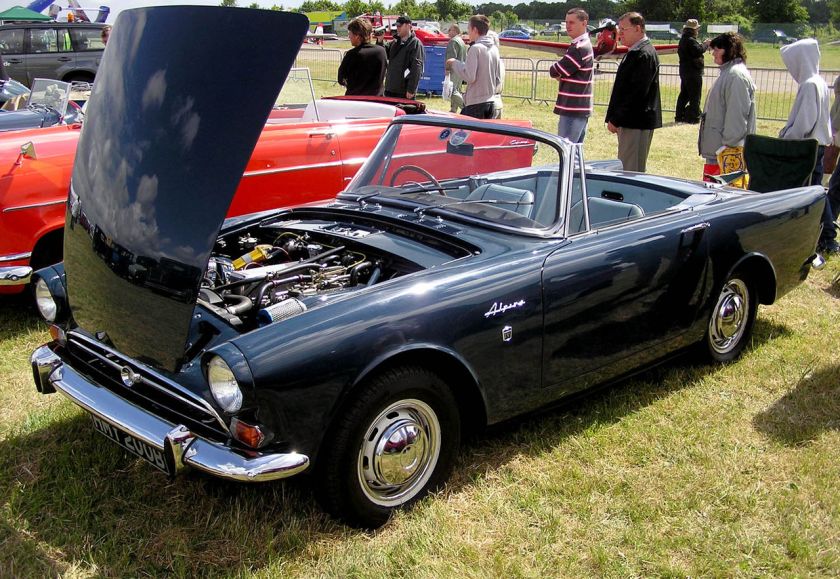 |
|
| Overview | |
| Production | 1959–68 69,251 made |
| Body and chassis | |
| Body style | 2-door roadster |
| Related | Sunbeam Tiger |
| Powertrain | |
| Engine | Series I: 91.2 cu in (1.5 L) I4 Series II, III & IV—1592 cc (1.6L) I4 Series V—1725 cc (1.7L) I4 |
| Dimensions | |
| Wheelbase | 86 in (2,184 mm) |
| Length | 155 in (3,937 mm) |
| Width | 61 in (1,549 mm) |
| Height | 51 in (1,295 mm) |
| Chronology | |
| Successor | none |
Kenneth Howes and Jeff Crompton were tasked with doing a complete redesign in 1956, with the goal of producing a dedicated sports car aimed principally at the US market. Ken Howes contributed some 80 per cent of the overall design work, which bears more than incidental resemblance to the early Ford Thunderbird; Howe had worked at Ford before joining Rootes.
The Alpine was produced in four subsequent revisions until 1968. Total production numbered around 70,000. Production stopped shortly after the Chrysler takeover of the Rootes Group.
Series I 1959–60
The “Series” Alpine started production in 1959. One of the original prototypes still survives and was raced by British Touring car champion Bernard Unett.
The car made extensive use of components from other Rootes Group vehicles and was built on a modified floorpan from the Hillman Husky estate car. The running gear came mainly from the Sunbeam Rapier, but with front disc brakes replacing the saloon car’s drums. An overdrive unit and wire wheels were optional. The suspension was independent at the front using coil springs and at the rear had a live axle and semi-elliptic springing. The Girling-manufactured brakes used 9.5 in (241 mm) discs at the front and 9 in (229 mm)drums at the rear.
Coupe versions of the post-1959 version were built by Thomas Harrington Ltd. Until 1962 the car was assembled for Rootes by Armstrong Siddeley.
An open car with overdrive was tested by the British magazine The Motor in 1959. It had a top speed of 99.5 mph (160.1 km/h) and could accelerate from 0–60 mph (97 km/h) in 13.6 seconds. A fuel consumption of 31.4 miles per imperial gallon (9.0 L/100 km; 26.1 mpg-US) was recorded. The test car cost £1031 including taxes.
11,904 examples of the series I were produced.
In 1960 Sunbeam marketed a limited-production three-door variant of the Alpine, marketed as a shooting brake. With leather interior and walnut trim, its price was double that of its open counterpart.
The Series I featured a 1494 cc engine and was styled by the Loewy Studios for the Rootes Group. It had dual downdraft carburetors, a soft top that could be hidden by special integral covers and the first available roll-up side windows offered in a British sports car of that time.
Series II 1962
The Series II of 1962 featured an enlarged 1592 cc engine producing 80 bhp and revised rear suspension, but there were few other changes. When it was replaced in 1963, 19,956 had been made.
A Series II with hardtop and overdrive was tested by The Motor magazine in 1960, which recorded a top speed of 98.6 mph (158.7 km/h), acceleration from 0–60 mph (97 km/h) in 13.6 seconds and a fuel consumption of 31.0 miles per imperial gallon (9.1 L/100 km; 25.8 mpg-US). The test car cost £1,110 including taxes.
Series III 1963–64
The Series III was produced in open and removable hardtop versions. On the hardtop version the top could be removed but no soft-top was provided as the area it would have been folded into was occupied by a small rear seat; also the 1592 cc engine was less powerful. To provide more room in the boot, twin fuel tanks in the rear wings were fitted. Quarter light were fitted to the windows. Between 1963 and 1964, 5863 were made.[9]
Series IV 1964–65
There was no longer a lower-output engine option; the convertible and hardtop versions shared the same 82 bhp engine with single Solex carburettor. A new rear styling was introduced with the fins largely removed. Automatic transmission with floor-mounted control became an option, but was unpopular. From autumn 1964 a new manual gearbox with synchromesh on first gear was adopted in line with its use in other Rootes cars. A total of 12,406 were made.
Series V 1965–68
The final version had a new five-bearing 1725 cc engine with twin Zenith-Stromberg semi-downdraught carburettors producing 93 bhp. There was no longer an automatic transmission option. 19,122 were made. In some export markets, 100 PS (99 bhp) SAE were claimed.
1967 Sunbeam Alpine Series V
1967 Sunbeam Alpine Series V rear
A muscle-car variant of the later versions was also built, the
The Alpine enjoyed relative success in European and North American competition. Probably the most notable international success was at Le Mans, where a Sunbeam Harrington won the Thermal Index of Efficiency in 1961. In the United States the Alpine competed successfully in Sports Car Club of America (SCCA) events.
Vince Tamburo won the G-Production National Championship in 1960 using the 1494cc Series I Alpine. In 1961 Don Sesslar took 2nd in the F-Production National Championship followed by a 3rd in the Championship in 1962. For 1963 the Alpine was moved into E-Production facing stiff competition from a class dominated by the Porsche 356. Sesslar tied in points for the national championship while Norman Lamb won the Southwest Division Championship in his Alpine.
A championship for Don Sesslar finally was achieved in 1964 with 5 wins (the SCCA totaled the 5 top finishes for the year). Dan Carmichael won the Central Division Championship in 1964 and ’65. Carmichael continued to race the Alpine until 1967, when he finished 2nd at the American Road Race of Champions.
Bernard Unett raced factory prototype Alpine (registration number XRW 302) from 1962 to 1964 and in 1964 won the Fredy Dixon challenge trophy, which was considered to be biggest prize on the British club circuit at the time. Unett went on to become British Touring car champion three times during the 1970s.
A six-car works team was set up for the 1953 Alpine Rally. Although outwardly similar to their production-car counterparts they reputedly incorporated some 36 modifications, boosting the engine to an estimated 97.5 bhp.
Alpine “Fastback”
| Sunbeam Alpine “Fastback” | |
|---|---|
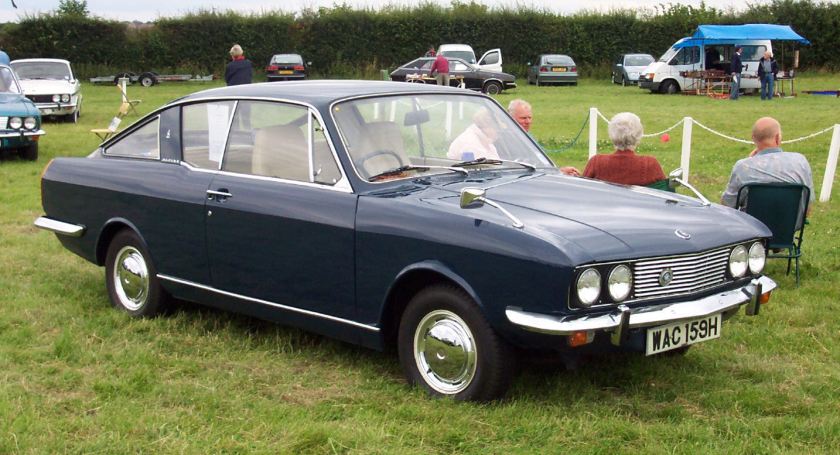 |
|
| Overview | |
| Production | 1969–75 |
| Body and chassis | |
| Body style | 2-door fastback |
| Powertrain | |
| Engine | 1725 cc (1.7L) I4 |
| Dimensions | |
| Wheelbase | 98.5 in (2,502 mm) |
| Length | 174.5 in (4,432 mm) |
| Width | 64.75 in (1,645 mm) |
| Chronology | |
| Successor | none |
Rootes introduced the “Arrow” range in 1967, and by 1968 the saloons and estates (such as the Hillman Hunter) had been joined by a Sunbeam Rapier Fastback coupé model. In 1969, a cheaper, slightly slower and more economical version of the Rapier (still sold as a sporty model) was badged as the new Sunbeam Alpine.
All models featured the group’s strong five-bearing 1725 cc engine, with the Alpine featuring a single Stromberg CD150 carburettor to the Rapier’s twins, and the Rapier H120’s twin 40DCOE Weber carburettors.
Although drawing many parts from the group’s “parts bin”, including the rear lights of the estate Arrow models, the fastbacks nevertheless offered a number of unique features, including their pillar-less doors and rear side windows which combined to open up the car much like a cabriolet with a hardtop fitted. Extensive wooden dashboards were fitted to some models, and sports seats were available for a time.
Post-Sunbeam Alpine
The Alpine name was resurrected in 1976 by Chrysler (by then the owner of Rootes), on a totally unrelated vehicle that could not have been more different: the UK-market version of the Simca 1307, a French-built family hatchback. The car was initially badged as the Chrysler Alpine, and then finally as the Talbot Alpine following Chrysler Europe’s takeover by Peugeot in 1978. The name survived until 1984, although the design survived (with different names) until 1986.
For the Chrysler car model, see Simca 1307.
 |
|

Alpine factory, Dieppe
|
|
| Subsidiary | |
| Industry | Automotive |
| Founded | 1955 |
| Founder | Jean Rédélé |
| Defunct | 1995 |
| Headquarters | Dieppe, France |
| Products | Automobiles |
| Parent | Renault |
| Website | alpine-cars.com |
Alpine was a French manufacturer of racing and sports cars that used rear-mounted Renault engines.
Jean Rédélé, the founder of Alpine, was originally a Dieppe garage proprietor, who began to achieve considerable competition success in one of the few French cars produced just after the Second World War. The company was bought in 1973 by Renault.
History
Early days
Using Renault 4CVs, Rédélé gained class wins in a number of major events, including the Mille Miglia and Coupe des Alpes. As his experience with the little 4CV built up, he incorporated many modifications, including for example, special 5-speed gear boxes replacing the original 3-speed unit. To provide a lighter car he built a number of special versions with lightweight aluminium bodies: he drove in these at Le Mans and Sebring with some success in the early 1950s.
Encouraged by the development of these cars and consequent customer demand, he founded the Société Anonyme des Automobiles Alpine in 1954. The firm was named Alpine after his Coupe des Alpes successes. He did not realise that in England the previous year, Sunbeam had introduced a sports coupe derived from the Sunbeam Talbot and called the Sunbeam Alpine. This naming problem was to cause problems for Alpine throughout its history.
In 1955, he worked with the Chappe brothers to be amongst the pioneers of auto glass fibre construction and produced a small coupe, based on 4CV mechanicals and called the Alpine A106. It used the platform chassis of the original Renault 4CV. The A106 achieved a number of successes through the 1950s and was joined by a low and stylish cabriolet. Styling for this car was contracted to the Italian designer Giovanni Michelotti. Under the glassfibre body was a very stiff chassis based on a central tubular backbone which was to be the hallmark of all Alpines built.
Alpine then took the Michelotti cabriolet design and developed a 2+2 closed coupe (or ‘berlinette’) body for it: this became the Alpine A108, now featuring the Dauphine Gordini 845 cc engine, which on later models was bored out to give a capacity of 904 cc or (subsequently) 998 cc. The A108 was built between 1958 and 1963.
1960s
In 1962, the A108 began to be produced also in Brazil, by Willys-Overland. It was the Willys Interlagos (berlineta, coupé and convertible).
By now the car’s mechanicals were beginning to show their age in Europe. Alpine was already working closely with Renault and when the Renault R8 saloon was introduced in 1962. Alpine redeveloped their chassis and made a number of minor body changes to allow the use of R8 mechanicals.
This new car was the A110 Berlinette Tour de France, named after a successful run with the Alpine A108 in the 1962 event. Starting with a 956 cc engine of 51 bhp (38 kW), the same chassis and body developed with relatively minor changes over the years to the stage where, by 1974, the little car was handling 1800 cc engines developing 180 bhp (134 kW)+. With a competition weight for the car of around 620 kg (1,367 lb), the performance was excellent.
Alpine achieved increasing success in rallying, and by 1968 had been allocated the whole Renault competition budget. The close collaboration allowed Alpines to be sold and maintained in France by normal Renault dealerships. Real top level success started in 1968 with outright wins in the Coupe des Alpes and other international events. By this time the competition cars were fitted with 1440 cc engines derived from the Renault R8Gordini. Competition successes became numerous, helped since Alpine were the first company fully to exploit the competition parts homologation rules.
1970s
In 1971, Alpine achieved a 1-2-3 finish in the Monte Carlo rally, using cars with engines derived from the Renault 16. In 1973, they repeated the 1-2-3 Monte Carlo result and went on to win the World Rally Championship outright, beating Porsche, Lancia and Ford. During all of this time, production of the Alpine A110 increased and manufacturing deals were struck for A110s and A108s with factories in a number of other countries including Spain, Mexico, Brazil and Bulgaria.
1973 brought the international petrol crisis, which had profound effects on many specialist car manufacturers worldwide. From a total Alpine production of 1421 in 1972, the numbers of cars sold dropped to 957 in 1974 and the company was bailed out via a takeover by Renault. Alpine’s problems had been compounded by the need for them to develop a replacement for the A110 and launch the car just when European petrol prices leapt through the roof.
Through the 1970s, Alpine continued to campaign the A110, and later the Alpine A310 replacement car. However, to compete with Alpine’s success, other manufacturers developed increasingly special cars, notably the Lancia Stratos which was based closely on the A110’s size and rear-engined concept, though incorporating a Ferrari engine. Alpine’s own cars, still based on the 1962 design and using a surprising number of production parts, became increasingly uncompetitive. In 1974 Alpine built a series of factory racing Renault 17 Gordinis (one driven by Jean-Luc Thérier) that won the Press on Regardless World Rally Championship round in Michigan, USA.
In fact, having achieved the rally championship, and with Renault money now fully behind them, Alpine had set their sights on a new target. The next aim was to win at Le Mans. Renault had also taken over the Gordini tuning firm and merged the two to form Renault Sport. A number of increasingly successful sports racing cars appeared, culminating in the 1978 Le Mans win with the Renault Alpine A442B. This was fitted with a turbo-charged engine; Alpine had been the first company to run in and win an international rally with a turbo car as far back as 1972 when Jean-Luc Thérier took a specially modified A110 to victory on the Critérium des Cévennes.
1971 also saw Alpine begin construction of open wheel racing cars. Initially in Formula Three within a year they were building Formula Two cars as well. Unfortunately without a competitive Renault Formula Two engine available the F2 cars could neither be known as Renaults or Alpines while powered by Ford-Cosworth and BMW engines and were labelled Elf 2 and later Elf 2J. A Renault 2.0 litre engine arrived in time for Jean-Pierre Jabouilleto win the European Formula 2 Championship in 1976. By this time Alpine with Jabouille driving had built a Formula One car as a testing mule which lead directly to their entry into the Formula One world championship in 1977. A second European Formula 2 championship followed with René Arnoux in 1977 with the customer Martini team, before Alpine sold the F2 operation to Willi Kauhsen to concentrate on the Le Mans and Formula One programs.
1980s
Alpine Renault continued to develop their range of models all through the 1980s. The A310 was the next modern interpretation of the A110. The Alpine A310 was a sports car with a rear-mounted engine and was initially powered by a four-cylinder 1.6 L sourced Renault 17 TS/Gordini engine. In 1976 the A310 was restyled by Robert Opron and fitted with the more powerful and newly developed V6 PRV engine. The 2.6 L motor was modified by Alpine with a four-speed manual gearbox. Later they would use a Five-speed manual gearbox and with the group 4 model get a higher tune with more cubic capacity and 3 twin barrel Weber carburetors.
After the A310 Alpine transformed into the new Alpine GTA range produced from plastic and polyester components, commencing with normally aspirated PRV V6 engines. In 1985 the V6 Turbo was introduced to complete the range. This car was faster and more powerful than the normally aspirated version. In 1986 polyester parts were cut for the first time by robot using a high pressure (3500 bar) water jet, 0.15 mm (0.01 in) in diameter at three times the speed of sound. In the same year the American specification V6 Turbo was developed.
In 1987 fitment of anti-pollution systems allowed the V6 Turbo to be distributed to Switzerland, Germany, Austria and the Netherlands. 1989 saw the launch of the limited edition GTA Mille Miles to celebrate Alpine’s 35th anniversary. Production was limited to 100 cars, all fitted with ABS braking, polished wheels, special leather interior and paintwork. This version was not available in RHD.
1990s
1990 saw the launch of the special edition wide-bodied GTA Le Mans. Otherwise identical mechanically to the V6 Turbo, the engine was fitted with a catalytic converter and power was reduced to 185 bhp (138 kW). This model was available in the UK and RHD versions carried a numbered plaque on the dashboard. The Le Mans is the most collectable and valuable GTA derivative, since only 325 were made (299 LHD and 26 RHD). These were available from Renault dealers in the UK and the country’s motoring press are belatedly recognising the GTA series as the ‘great unsung supercar of the 1980s’
The Alpine A610 was launched in 1991. It was re-styled inside and out but was still recognisable as a GTA derivative. The chassis structure was extensively reworked but the central box principal remained the same. The front was completely re-designed the interior was also greatly improved. Air-conditioning and power steering were fitted as standard. The total production run for A610s derivatives was 818 vehicles 67 RHD and 751 LHD. After production of the A610 ended, the Alpine factory in Dieppe produced the Renault Sport Spider and a new era was to begin.
The last Alpine, an A610, rolled off the Dieppe line on 7 April 1995, Renault abandoning the Alpine name. This was always a problem in the UK market. Alpines could not be sold in the UK under their own name because Sunbeam owned the trade mark (because of the mid-50s Sunbeam Alpine Mk I). In the 1970s, for example Dieppe were building modified Renault 5s for the world wide market. The rest of the world knew them as R5 Alpines but in the UK they had to be renamed to R5 Gordini. Strangely enough with the numerous company takeovers that have occurred, it is another French company, PSA Peugeot Citroën, who now own the BritishAlpine trademark.
The Alpine factory in Dieppe continues to expand; in the 1980s they built the special R5 Turbo cars, following the rear engined formula they have always used. They built all Clio Williams and RenaultSport Spiders. The factory proudly put its Alpine badges on the built early batches of the mid engined Clio series one Clio V6. The Clio Series 2 was also assembled there with more recent RenaultSport Clio 172 and RenaultSport Clio 182s.
Between 1989 and 1995, a new Alpine named the A710 “Berlinette 2”, was designed and 2 prototypes were built. Due to the cost of the project (600 millions Francs), and as adding modern equipment and interior would compromise the price and performances, the project was canceled.
Present
The Dieppe factory is known as the producer of Renault Sport models that are sold worldwide. This was originally the “Alpine” factory that Renault gained when they acquired the brand in 1973. Some of the Renault Sport models produced in Dieppe are currently the Mégane Renault Sport, Clio Renault Sport and the new Mégane Renault Sport dCi is to be built on Renault’s Dieppe assembly line. All the RenaultSport track-, tarmac- and gravel-racing Meganes and Clios are also made in the Dieppe factory.
In October 2007, it was reported that Renault’s marketing boss Patrick Blain has revealed that there were plans for several sports cars in Renault’s future lineup, but stressed that the first model wouldn’t arrive until after 2010. Blain confirmed that Renault is unlikely to pick a new name for its future sports car and will probably go with Alpine to brand it. Blain described it as being a “radical sports car” and not just a sports version of a regular model.
The new Alpine sports car will likely have a version of the Nissan GT-R‘s Premium Midship platform.
In France there is a large network of Alpine enthusiasts clubs. Clubs exist in many countries including the UK, USA, Australia, Japan.
In February 2009, Renault confirmed that plans to revive the Alpine brand have been frozen as a direct result of the 2008-2009 global financial crisis and recession.
In May 2012, images of a new Renault Alpine concept titled as Renault Alpine A110-50 were leaked prior to its debut in Monaco. Its styling was based on the Renault DeZir presented in 2010.
In November 2012, Renault and Caterham Cars announced the purchasing by the latter of an 50% stake in the Renault’s wholly owned subsidiary Société des Automobiles Alpine to create a joint venture (Société des Automobiles Alpine Caterham or SAAC) owned equally by both parts, with the aim of developing affordable sport cars under the Alpine (for Renault) and Caterham (for Caterham Cars) brands, which would be available in 2016. In this partnership, Caterham acquired 50% ownership of the Renault’s Dieppe assembly plant assets. On 10 June 2014, Renault announced it would be repurchasing the stake from Caterham Cars in SAAC, renaming it Société des Automobiles Alpine.
In 2013, as part of the promotional activities for the future launching of Alpine roadcars, Renault partnered with Signatech to enter a Nissan-powered, Oreca-built prototype into the European Le Mans Series championship’s LMP2 class. Signatech-Alpine achieved the teams’ championship. They returned for the 2014 season.
Street models
Racing models
Alpine A360, Formula Three
Alpine A367, Formula Two, also known as Elf 2
Alpine A440
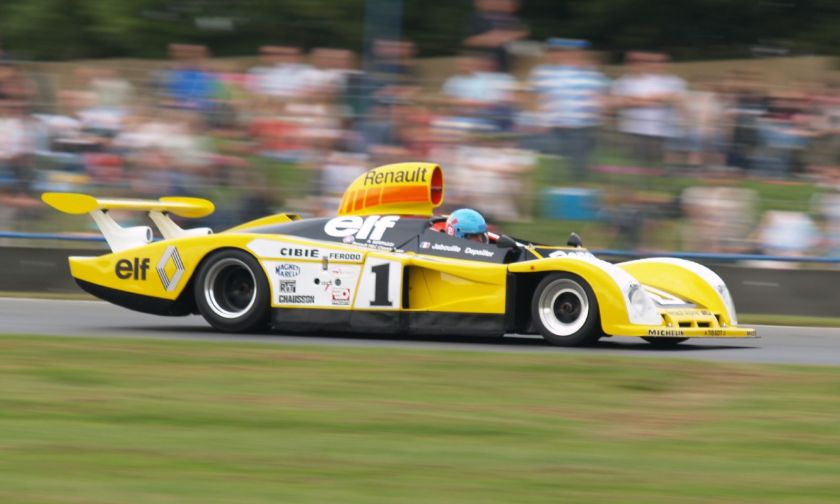
Alpine A450 (revised Oreca 03)
Renaultsport models at Dieppe
Currently, the old Alpine factory is the manufacturing site for Renault Sport Technologies-developed cars.
The models in production include:
Renault Alpines outside France
Australia
Renault Alpines were never imported into Australia, but as enthusiasts wanted more than just the normal local Renault offerings, Renault Alpine enthusiasts have privately imported the following models into Australia. Currently there are A110, A310, GTA-atmo-turbo-lemans, A610, Renault 5 Turbo and Renault Sport Spiders registered.
An example of an Alpine weekend was held in Victoria with attendees from South Australia, Victoria, New South Wales and Queensland. There were 17 Alpines and 2 Renault 5 Turbos. The Alpine model breakdown was: A110: 5 | A310 (4 cyl): 3 | A310 (6 cyl): 4 | GTA Turbo: 2| GTA atmo: 3
Brazil
The Renault Alpine 108 was produced in Brazil from 1962 to 1966, under license by Willys-Overland do Brasil, branded “Willys Interlagos”. It was the first Brazilian sports car.
Bulgaria
Bulgaria produced its own version of the Renault Alpine, known as Bulgaralpine from 1967 to 1969. About 100 vehicles were produced.
Canada
A few examples of the Alpine GTA were imported into the Canadian province of Quebec with the expectation that AMC/Renault would be adding the model to their Canadian lineup. The GTA was designed by Renault to meet North American standards however plans to inport the GTA to North America were cancelled by Chrysler shortly after their takover of AMC.
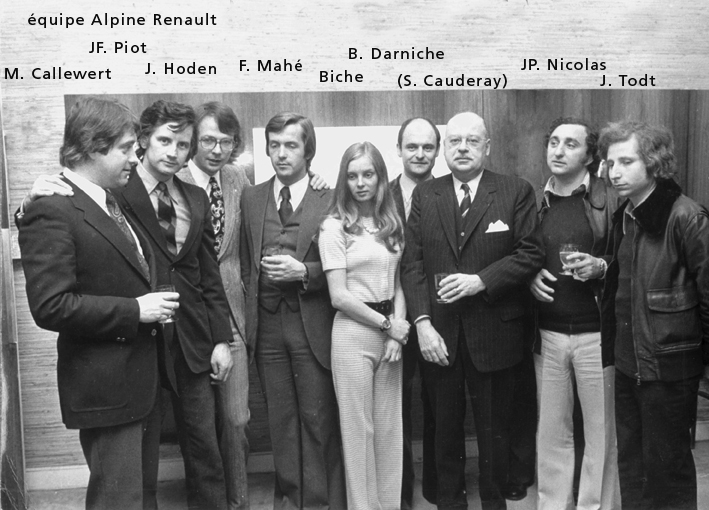

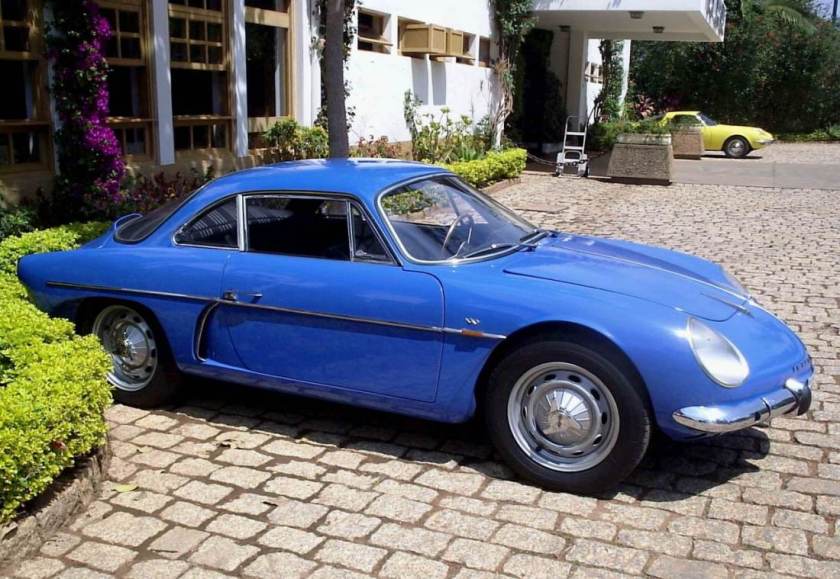
That’s all about Alpine Automobiles and his predisessor Sunbeam what I could find.
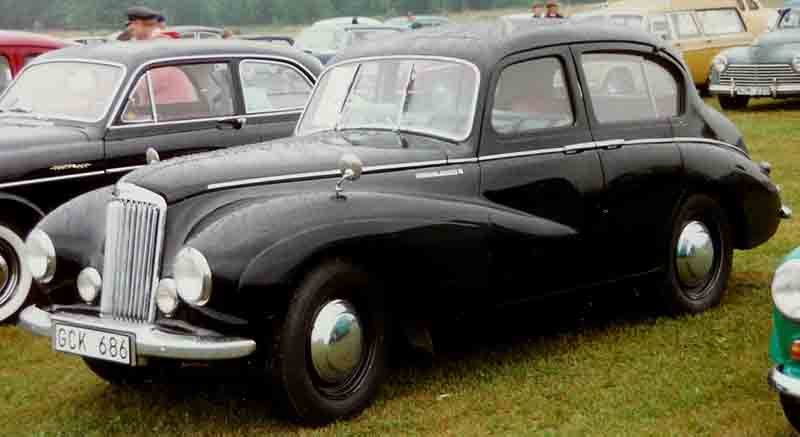
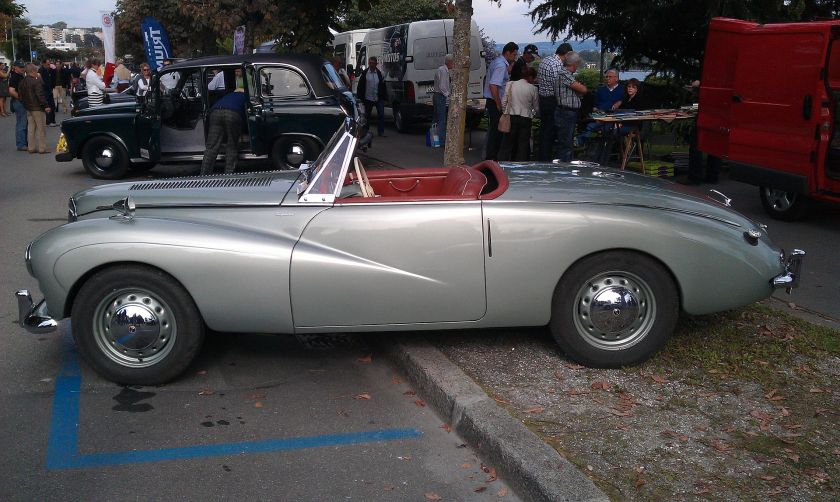
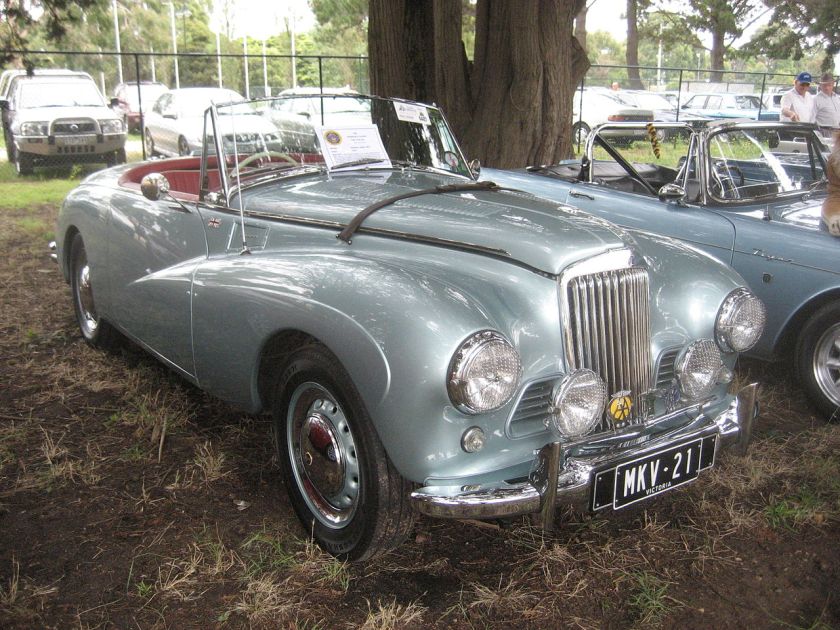
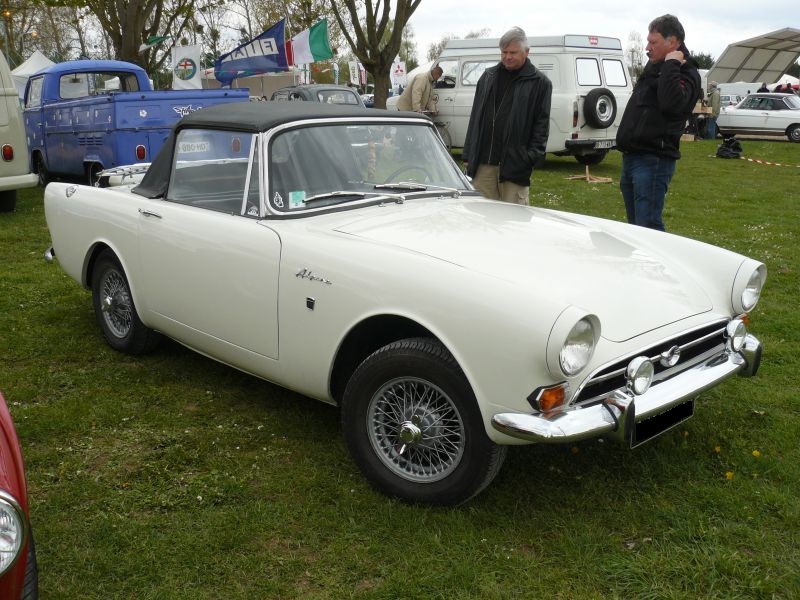
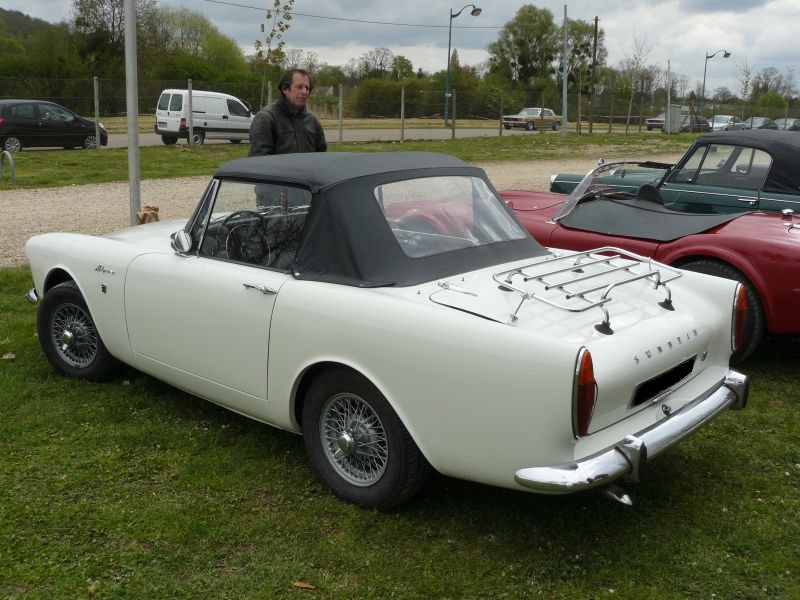
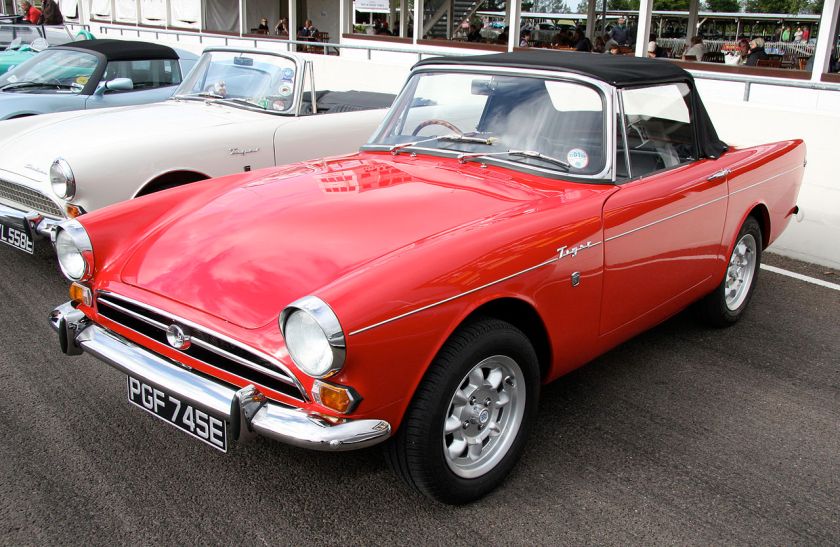
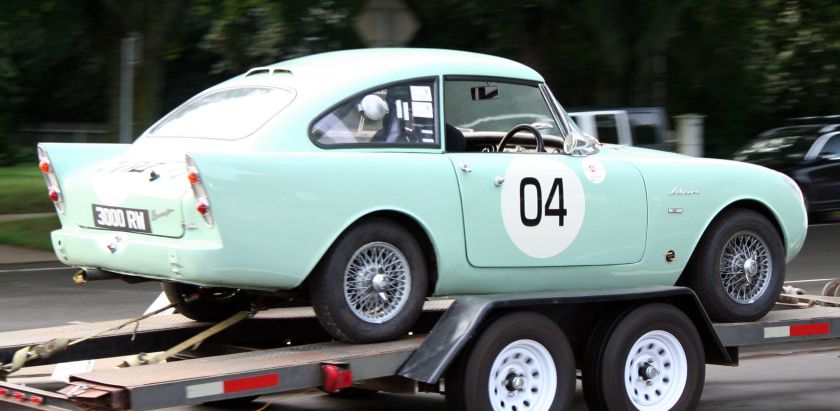
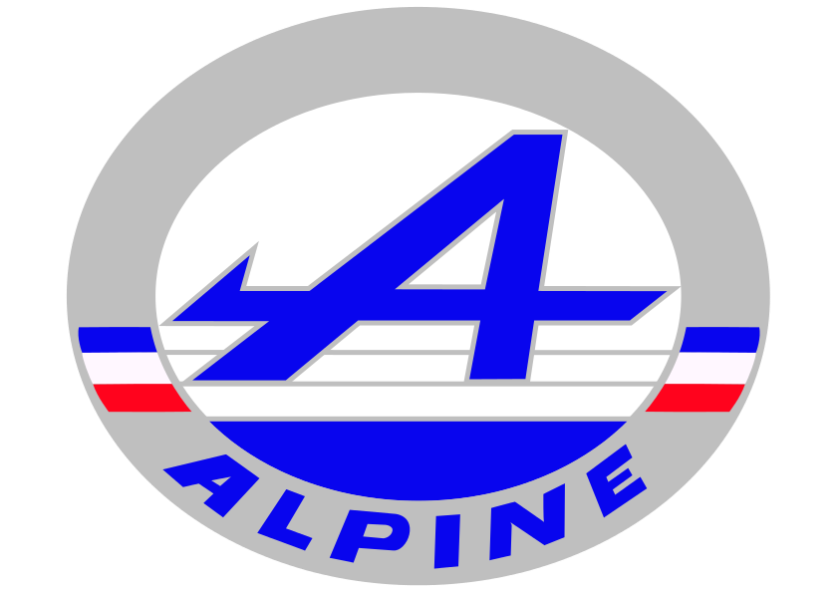
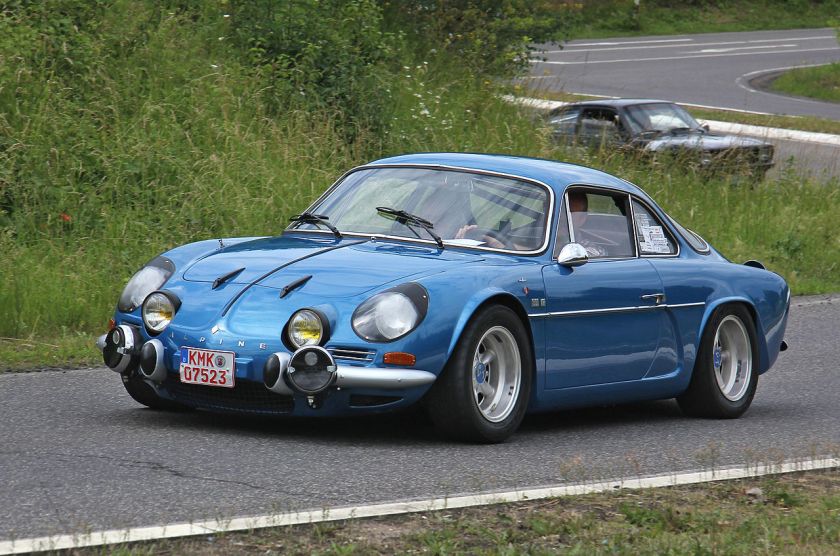
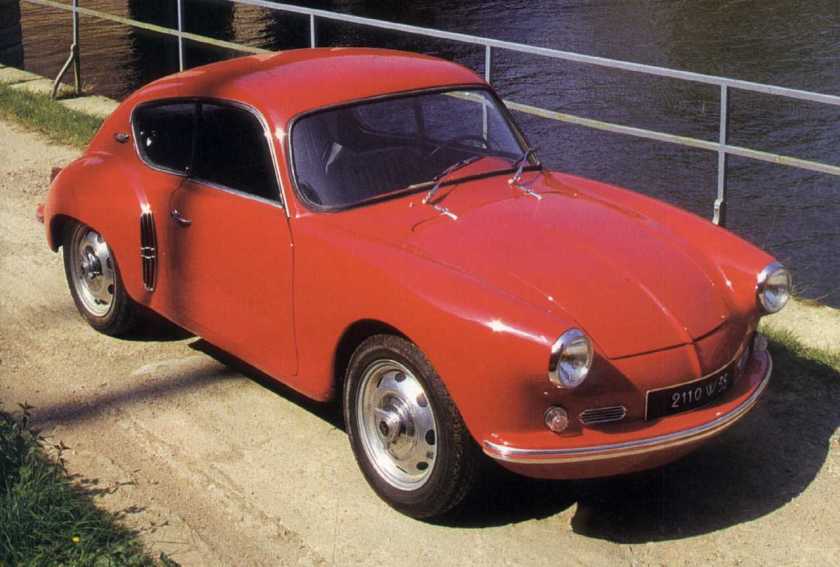
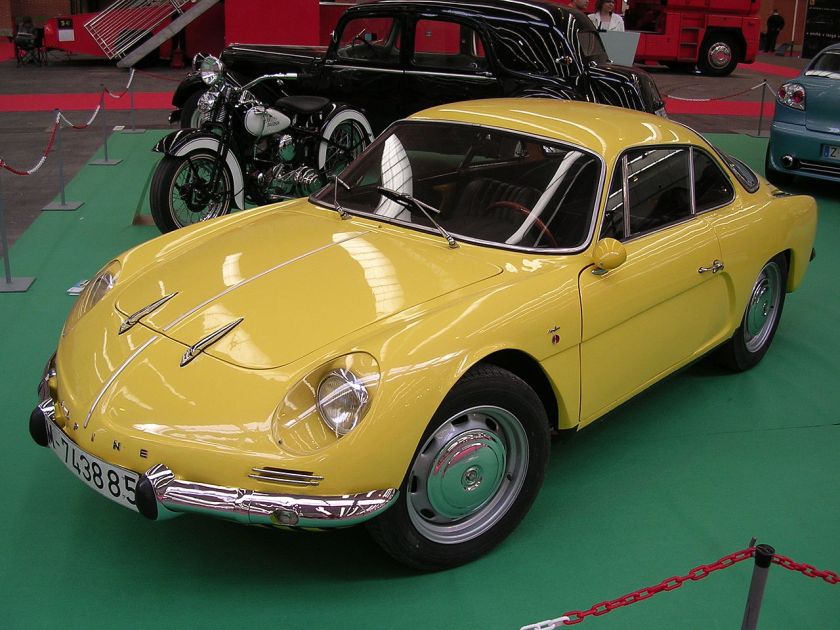
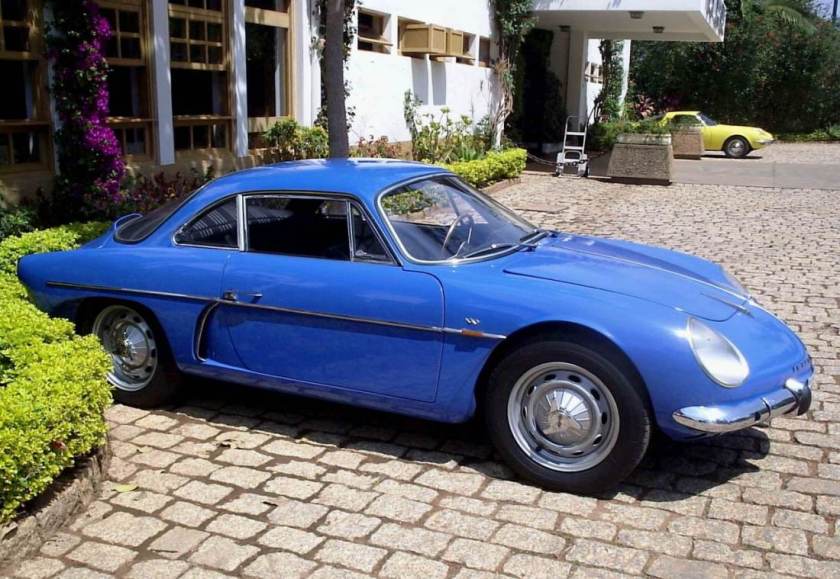
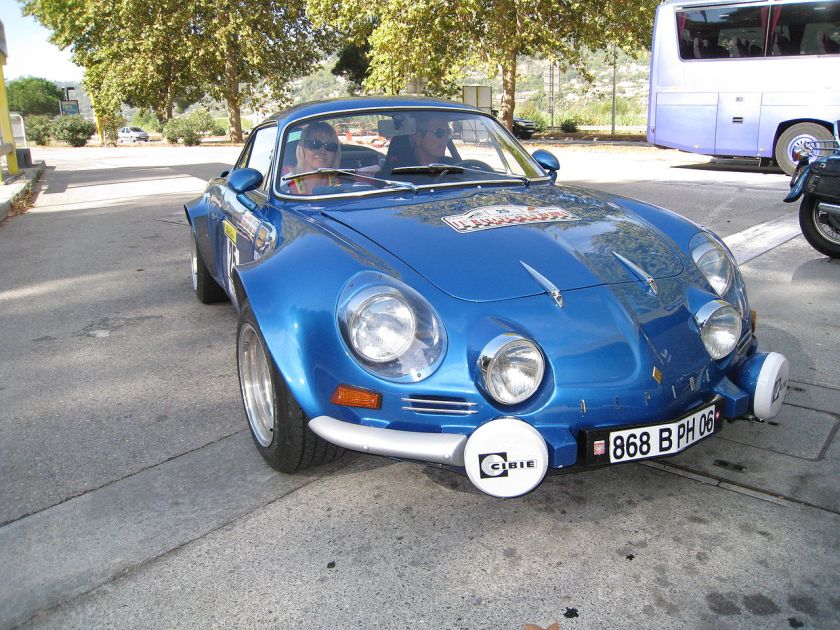
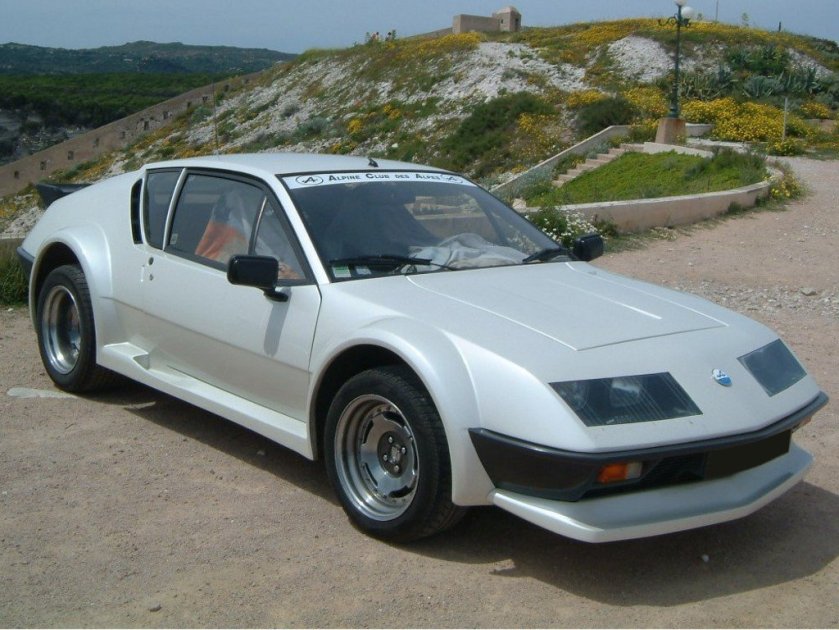
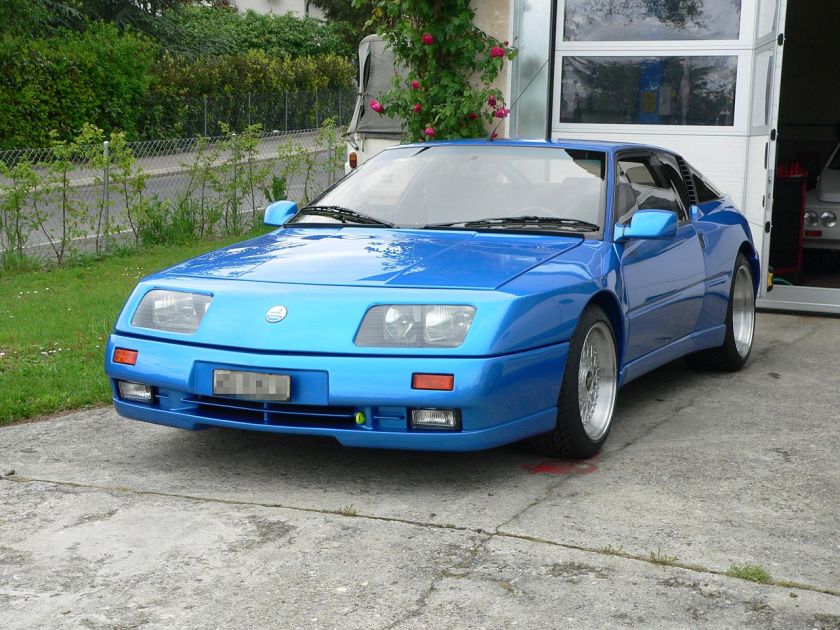
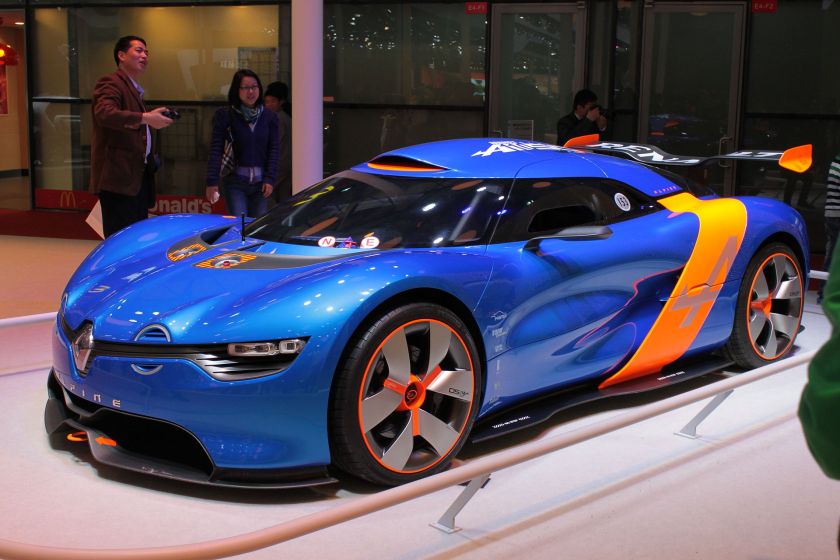
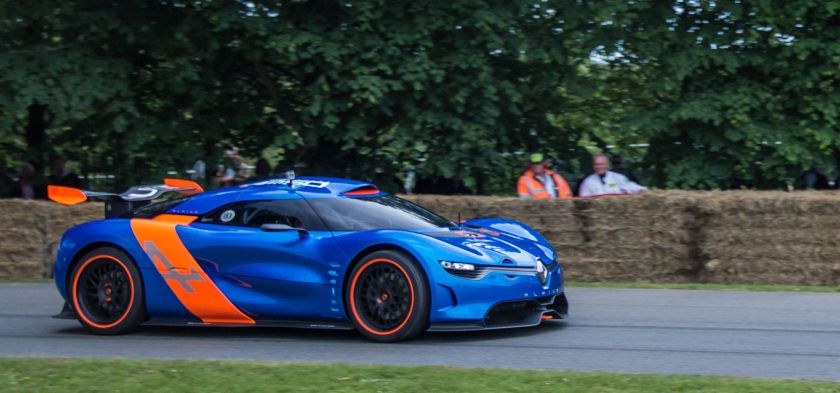
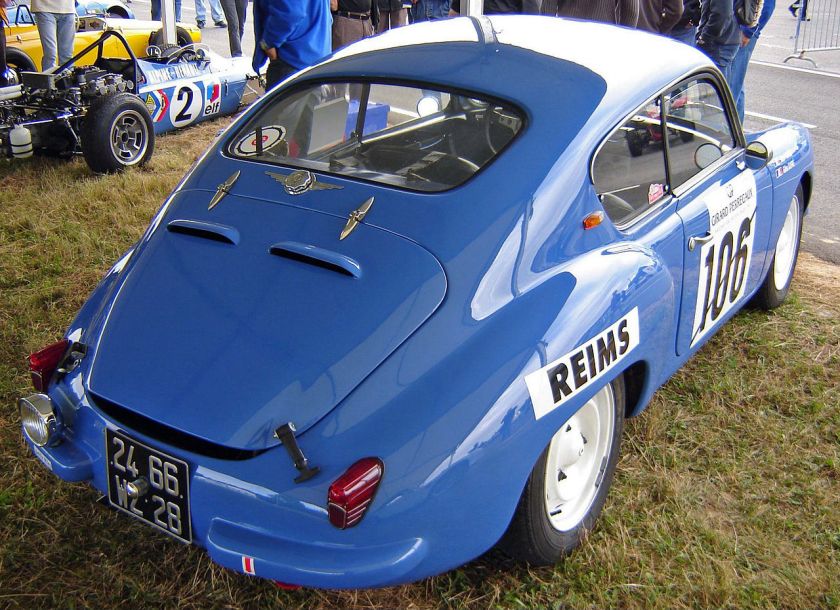
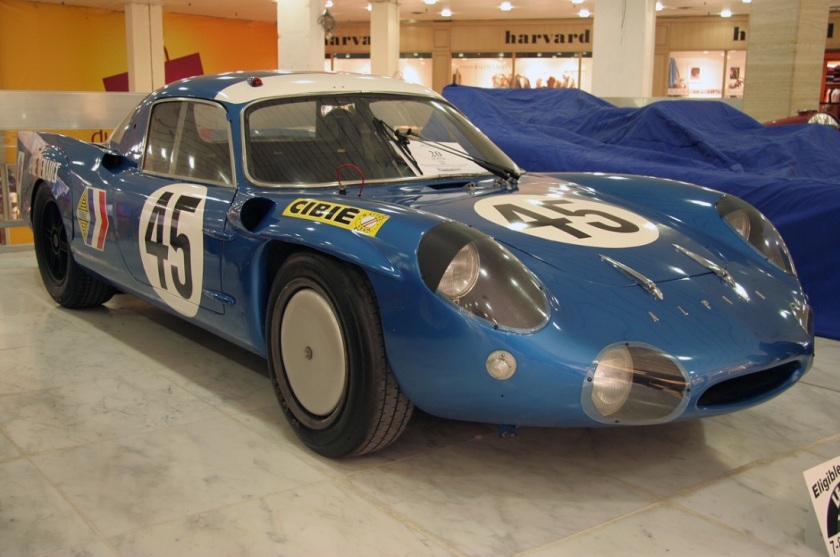
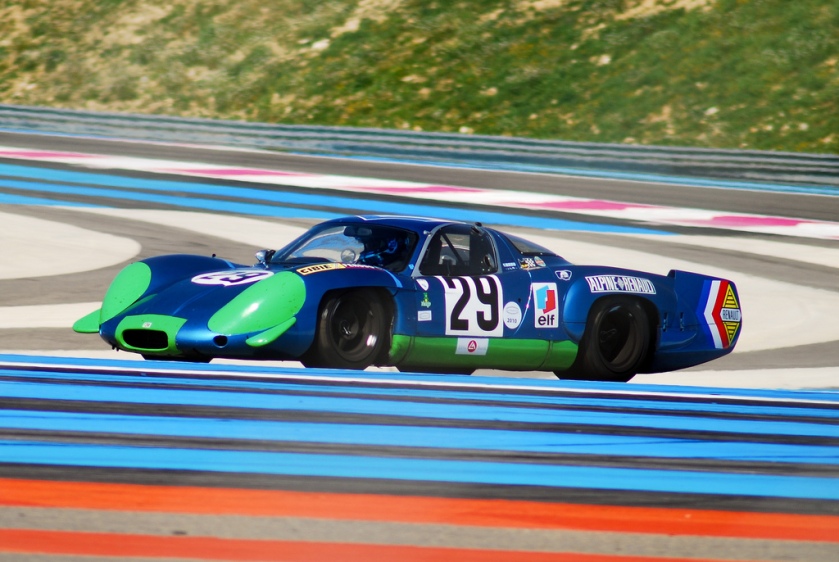
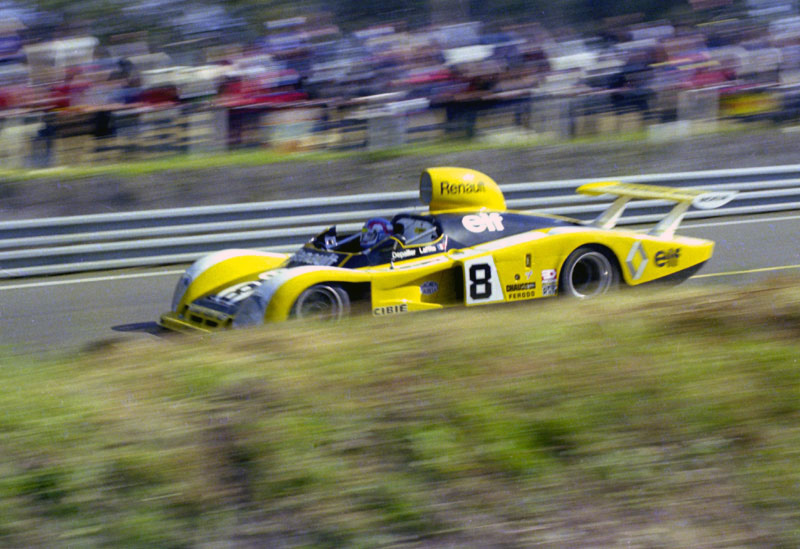
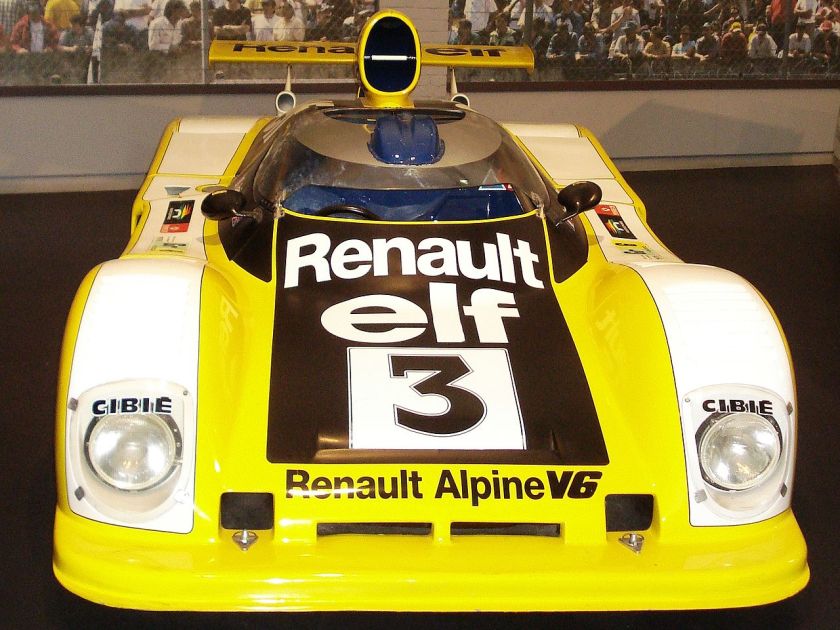
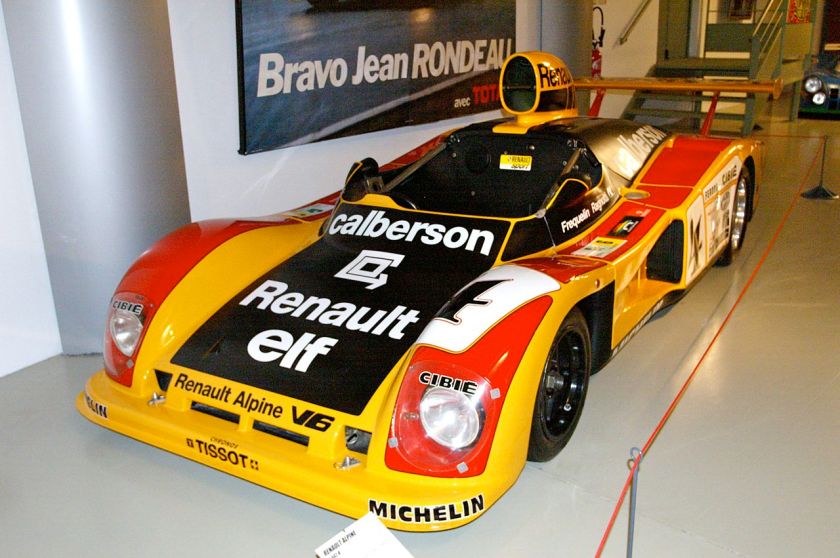
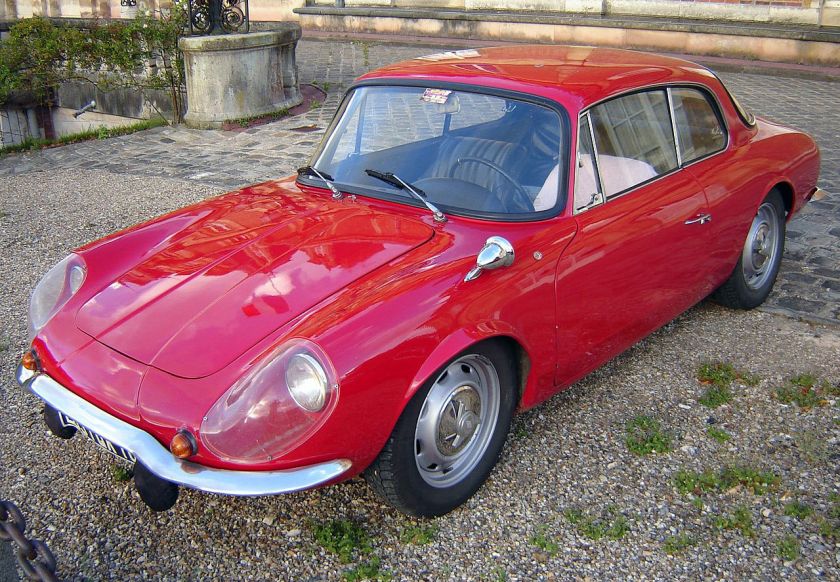
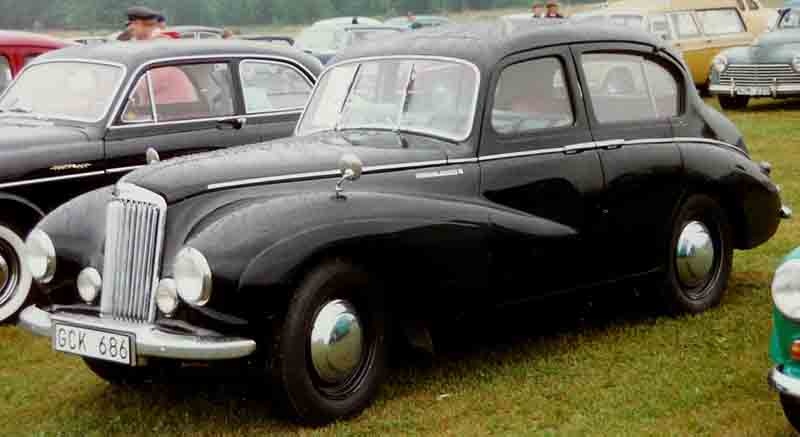
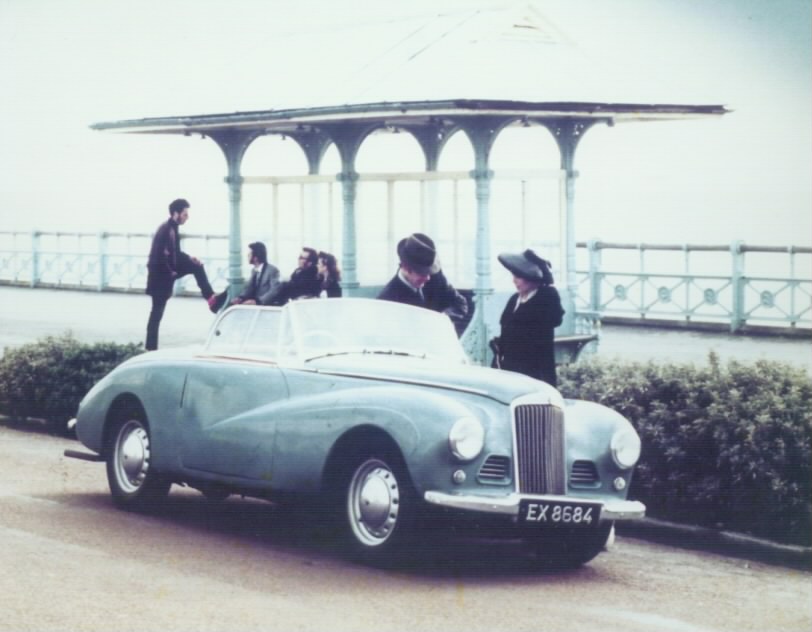
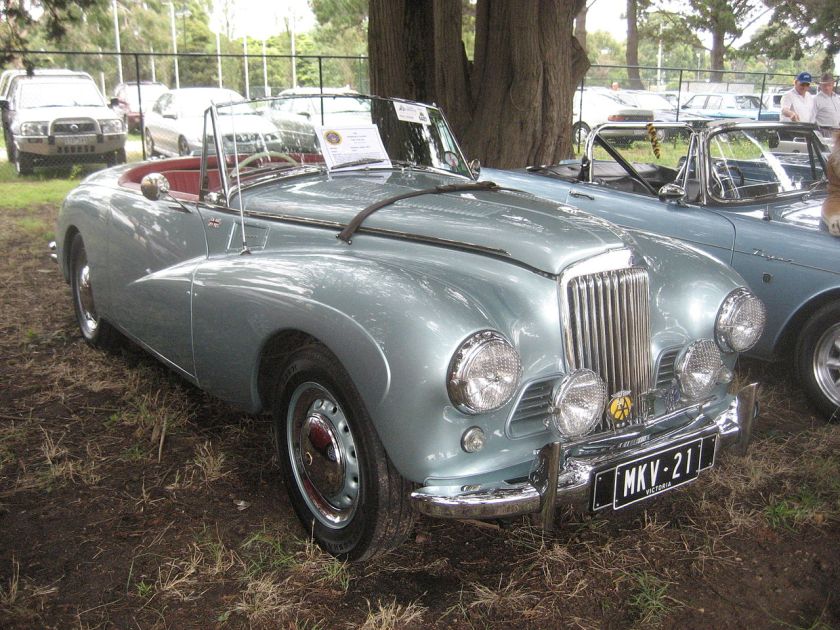
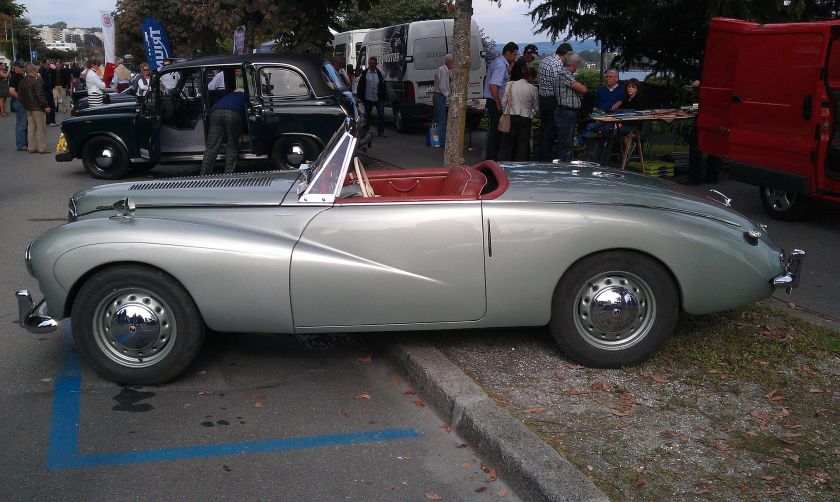
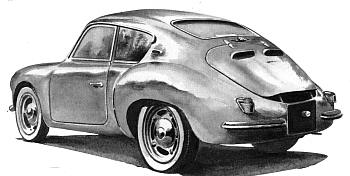
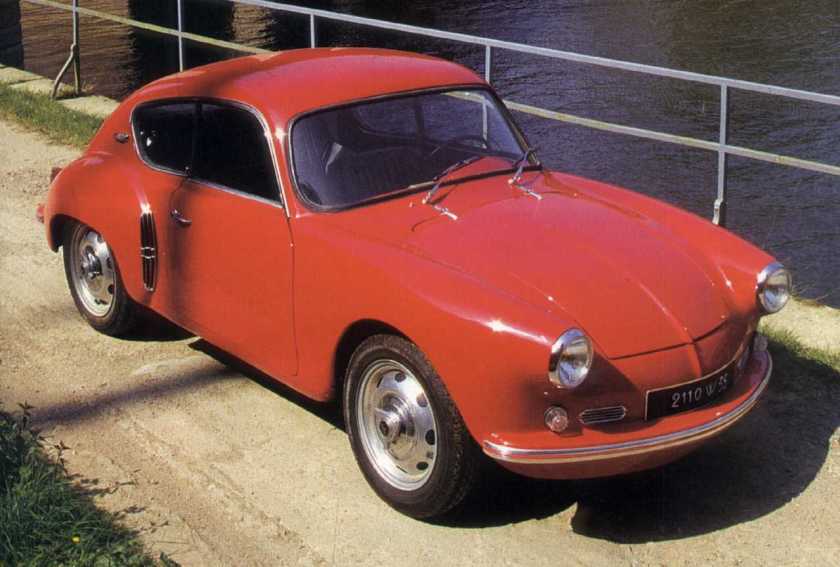
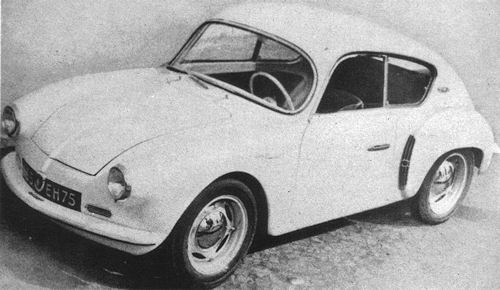
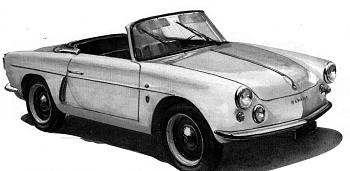
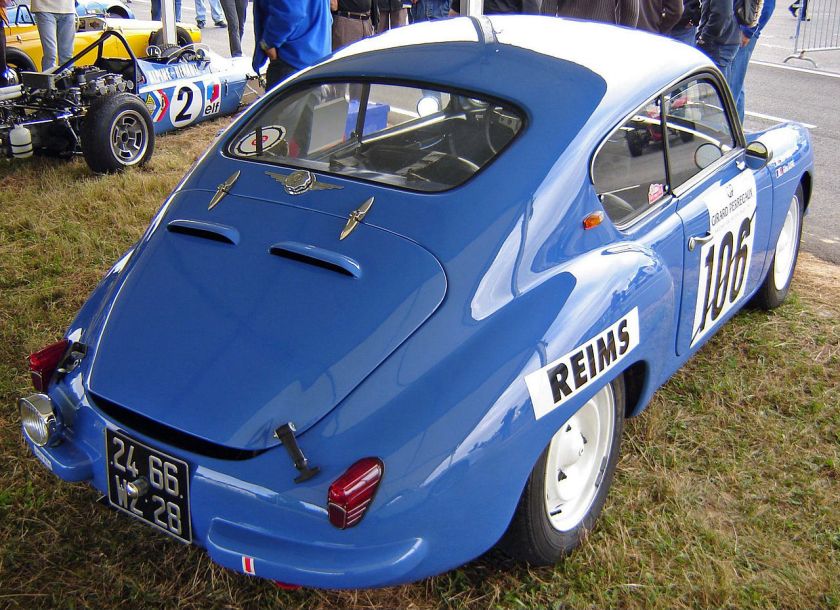
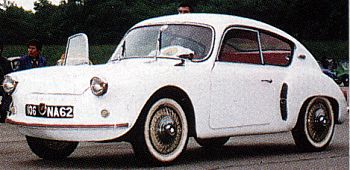
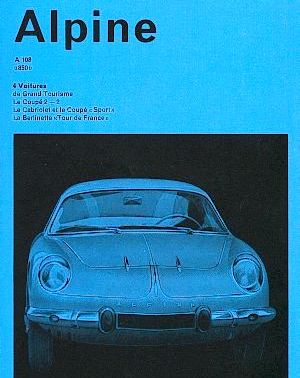
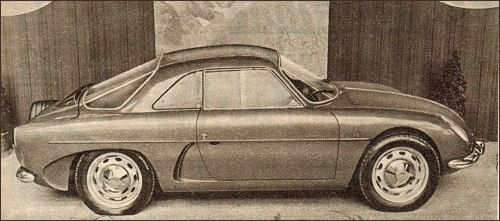
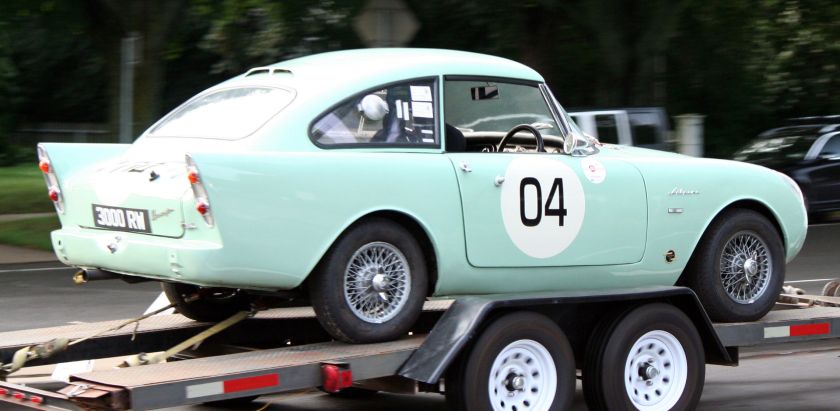
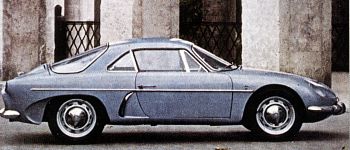
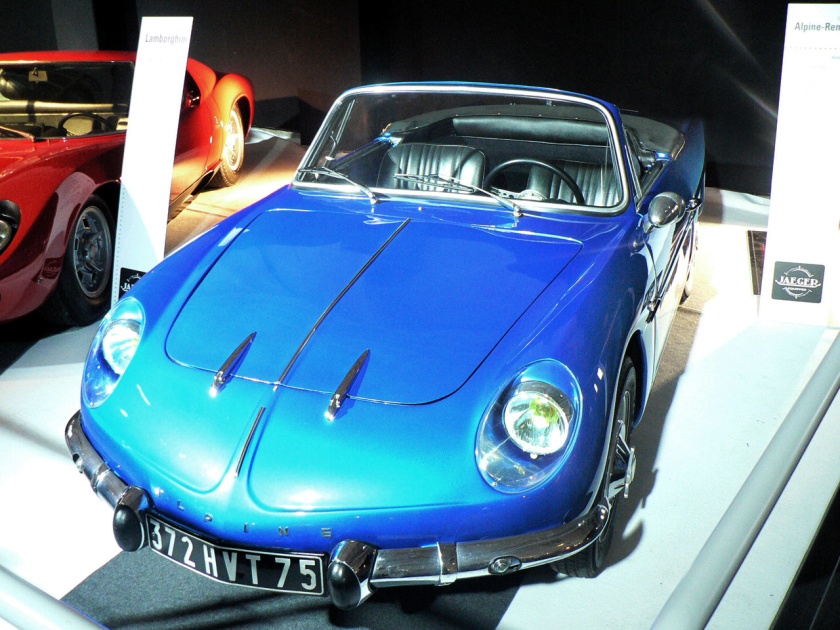
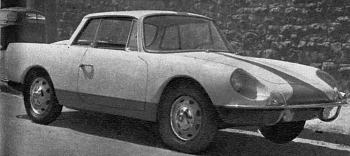

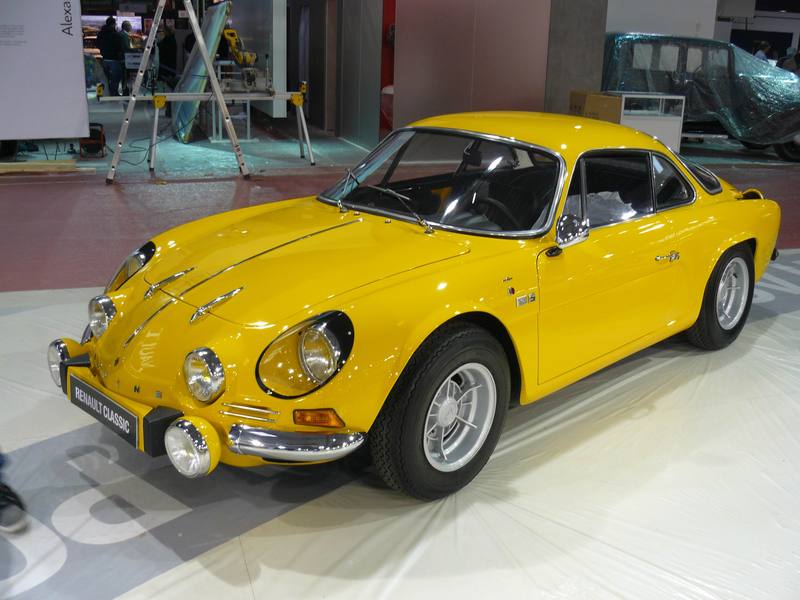
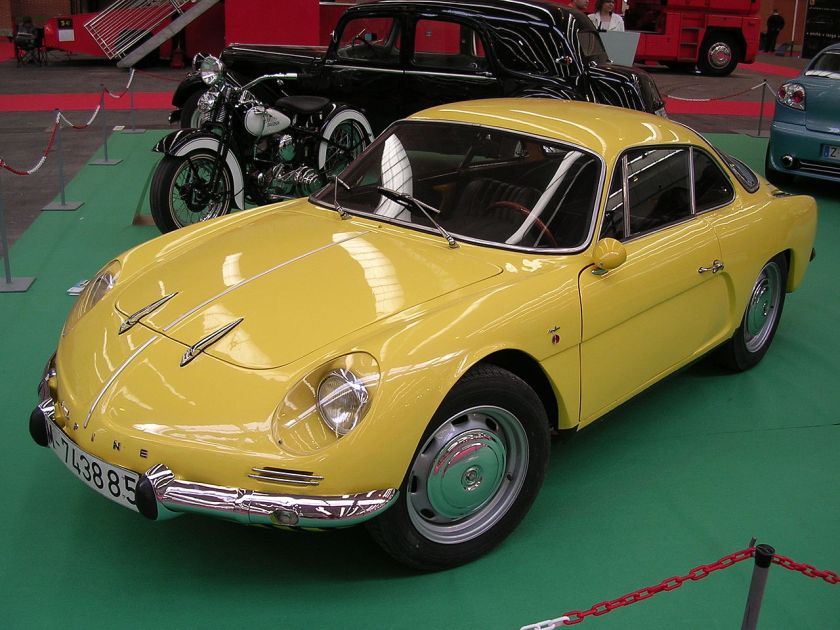
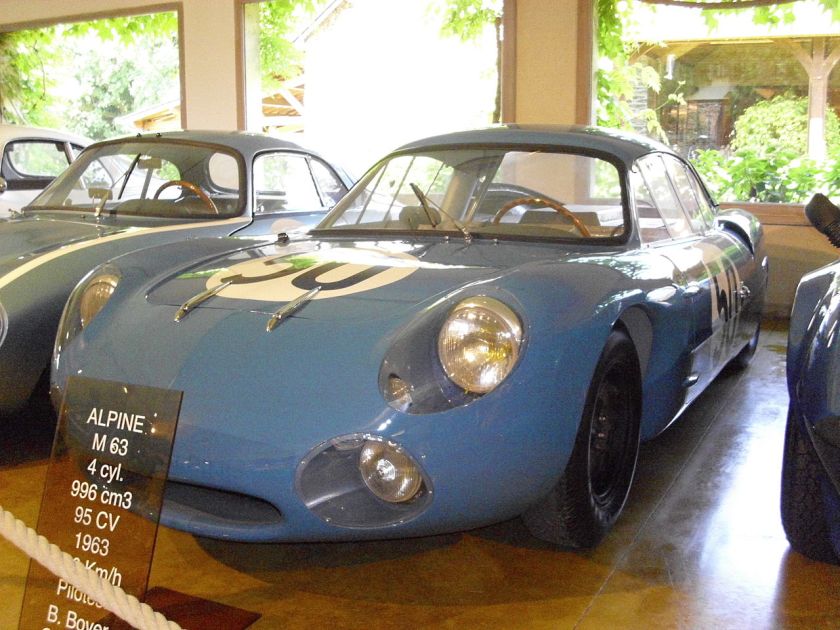
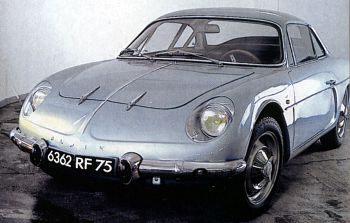
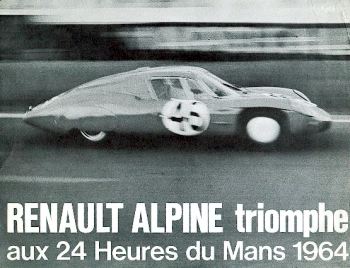
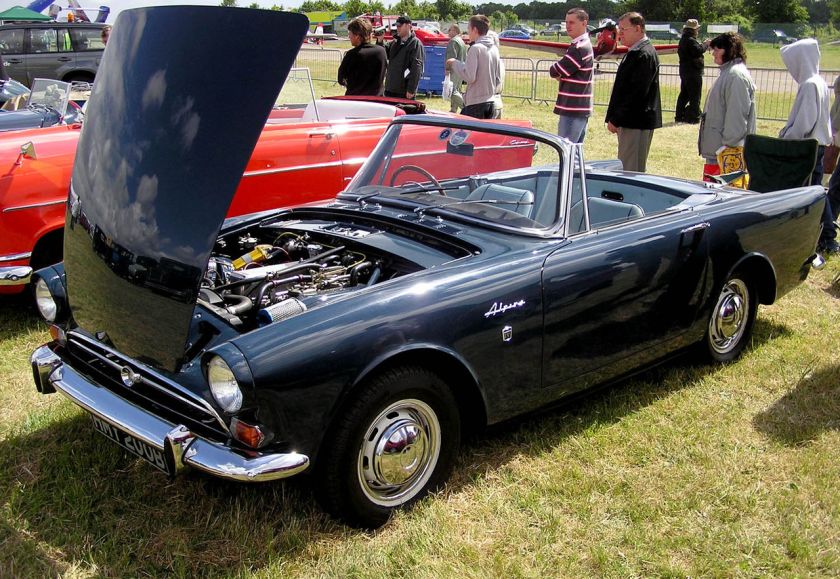
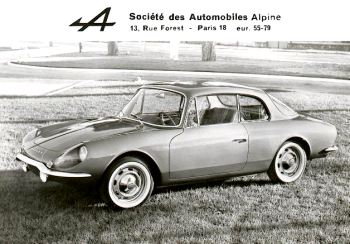
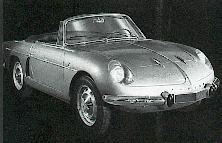
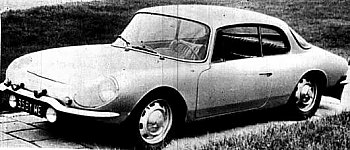
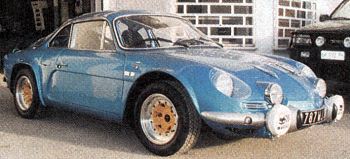
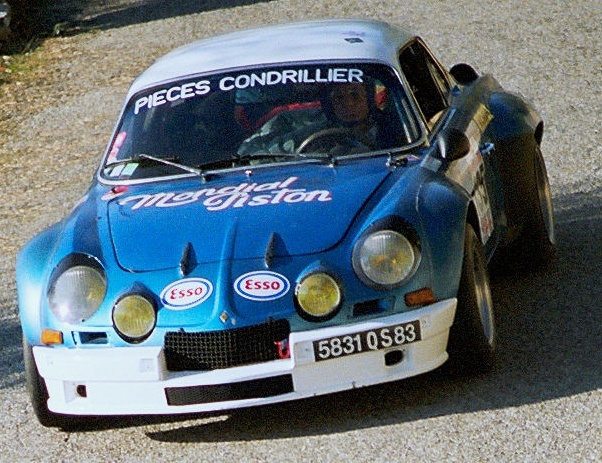
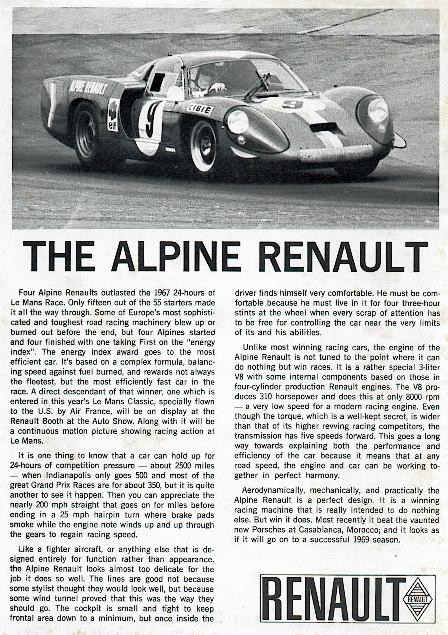
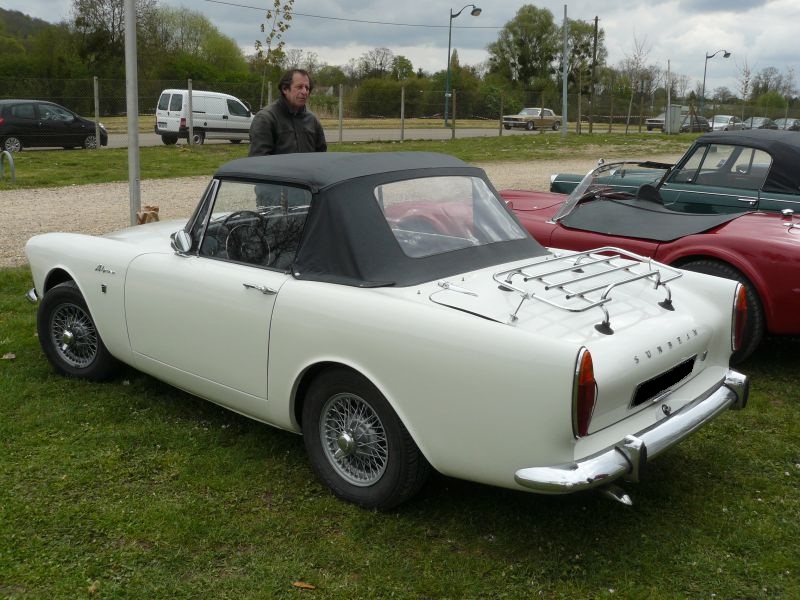
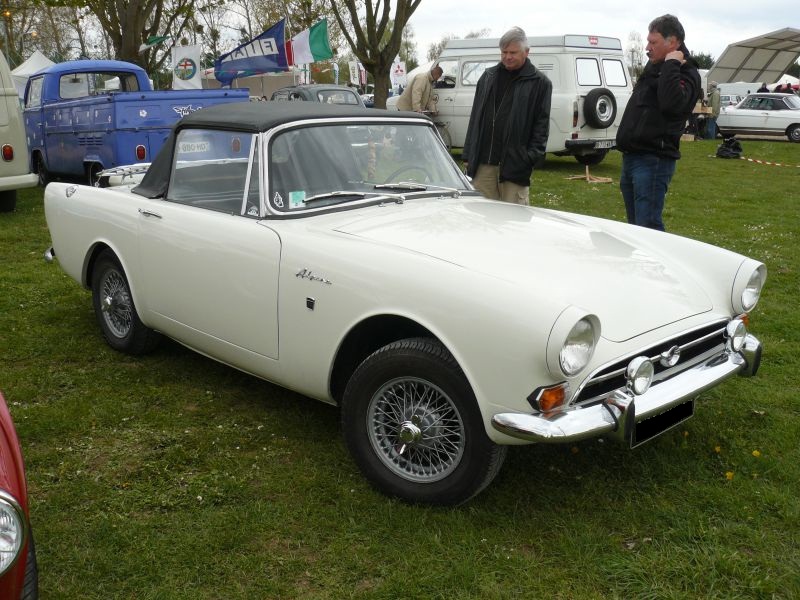
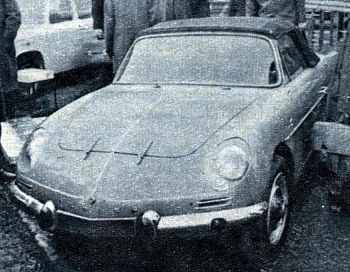
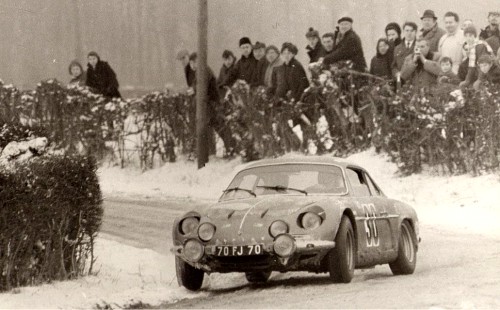
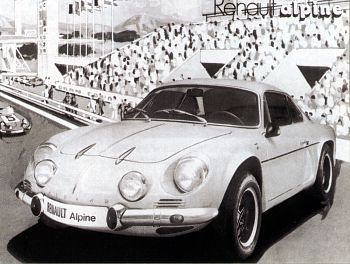
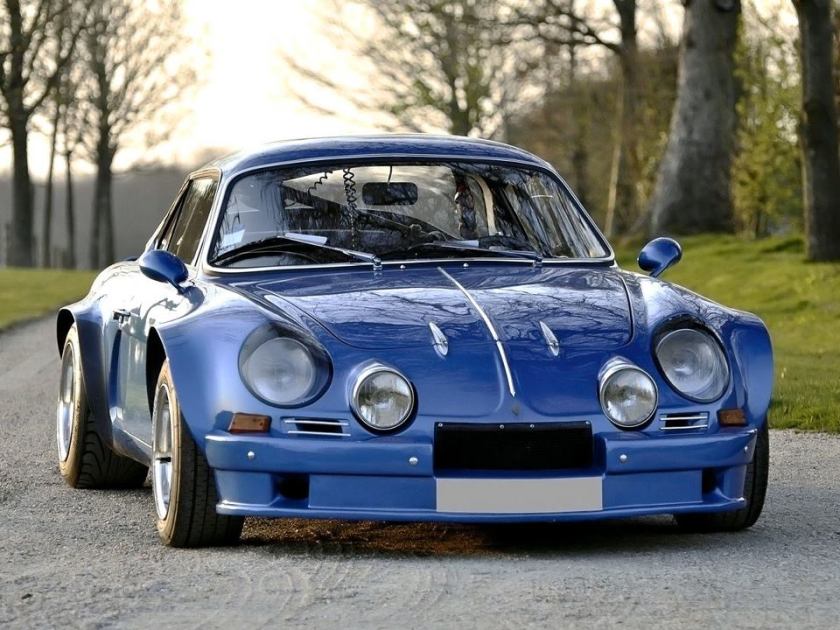
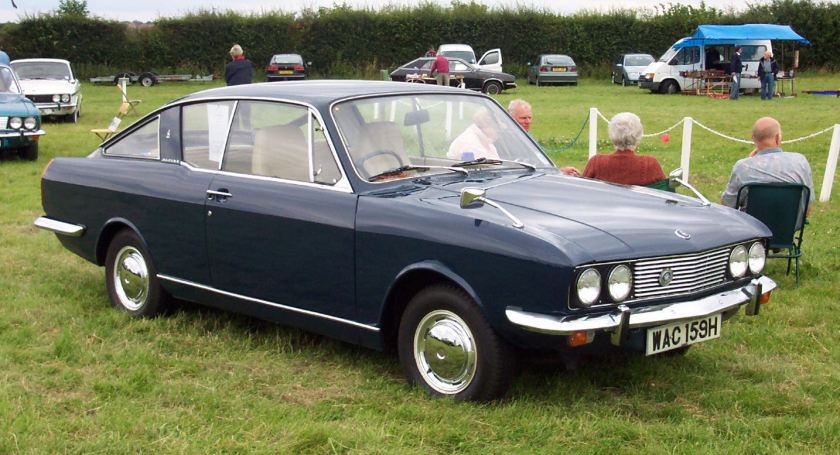
![1970 alpine 196a[1] Renault](https://myntransportblog.wordpress.com/wp-content/uploads/2015/11/1970-alpine-196a1-renault.jpg?w=840)
